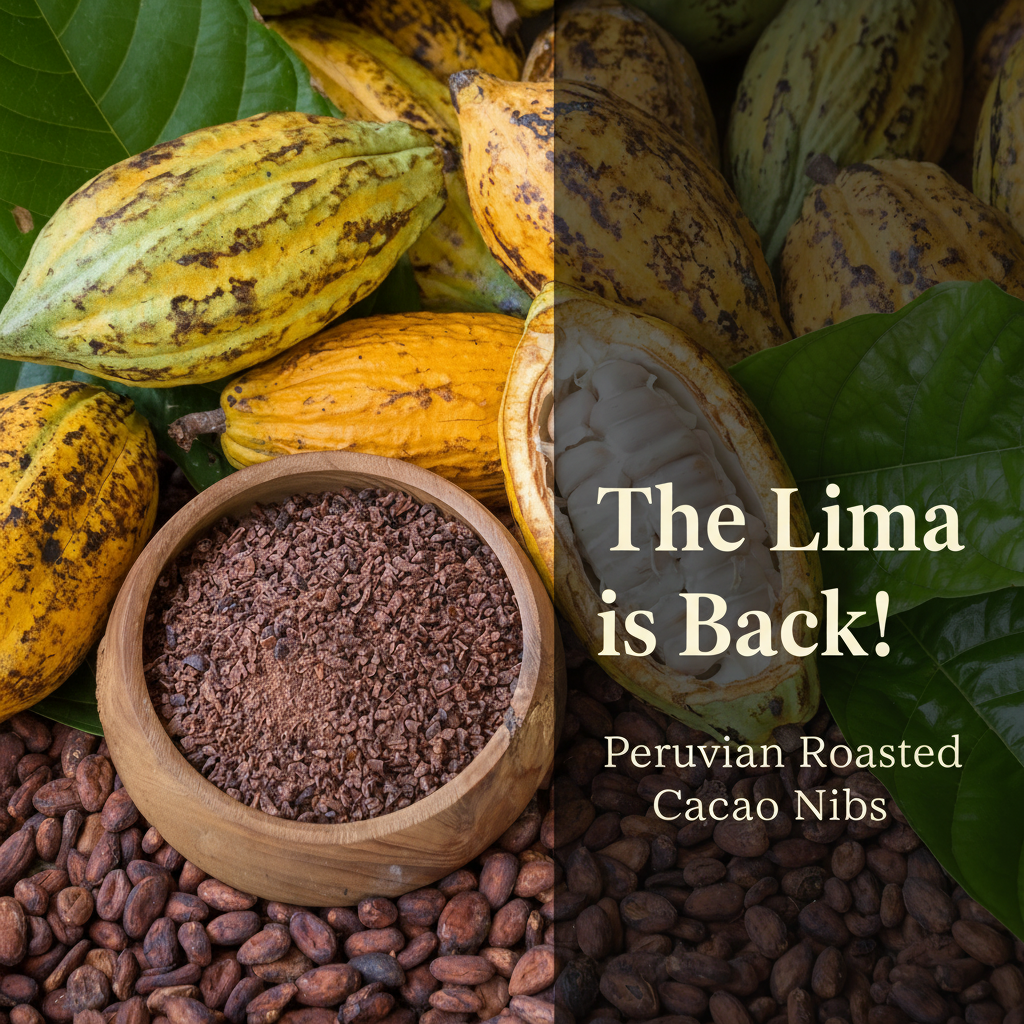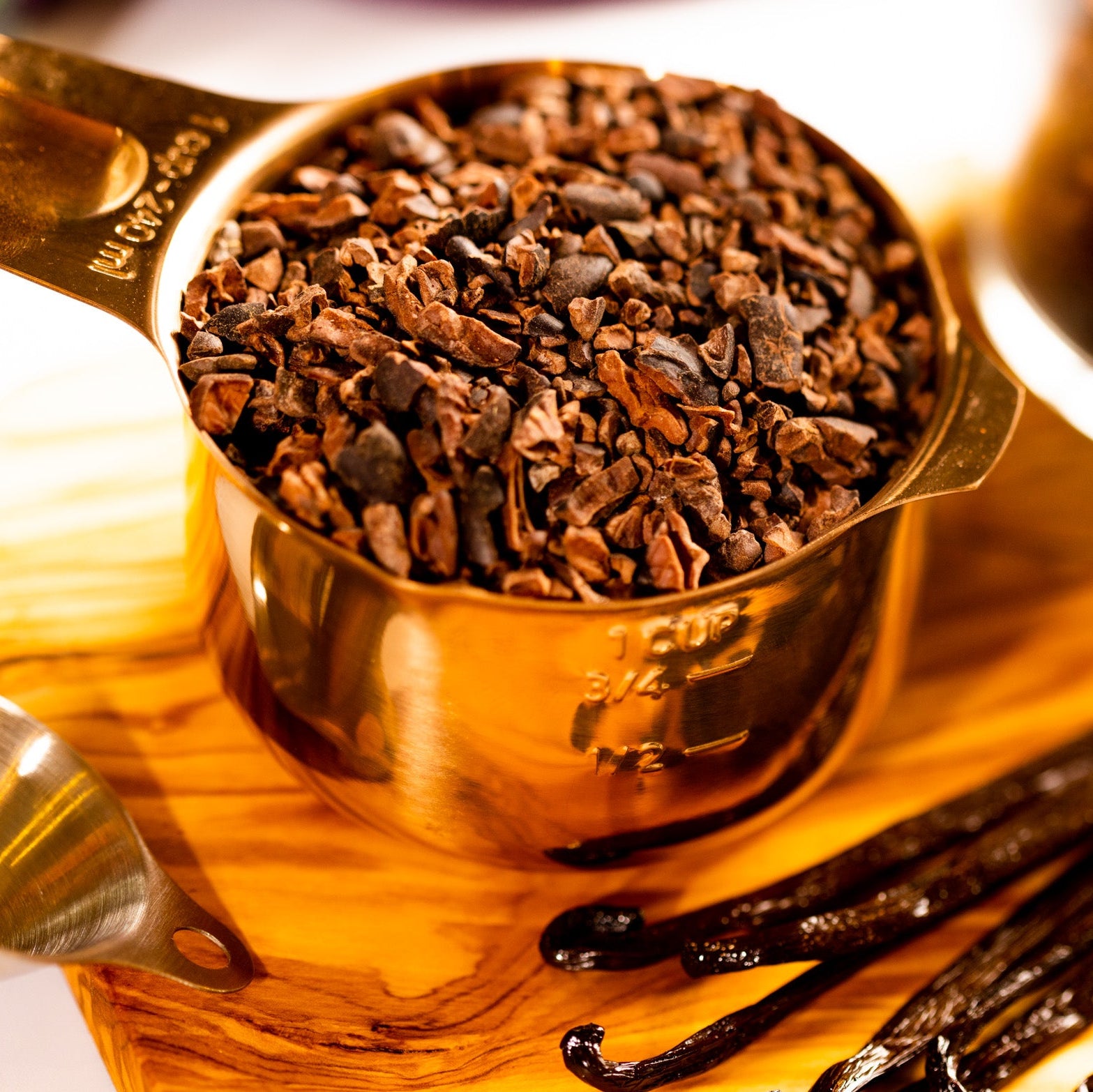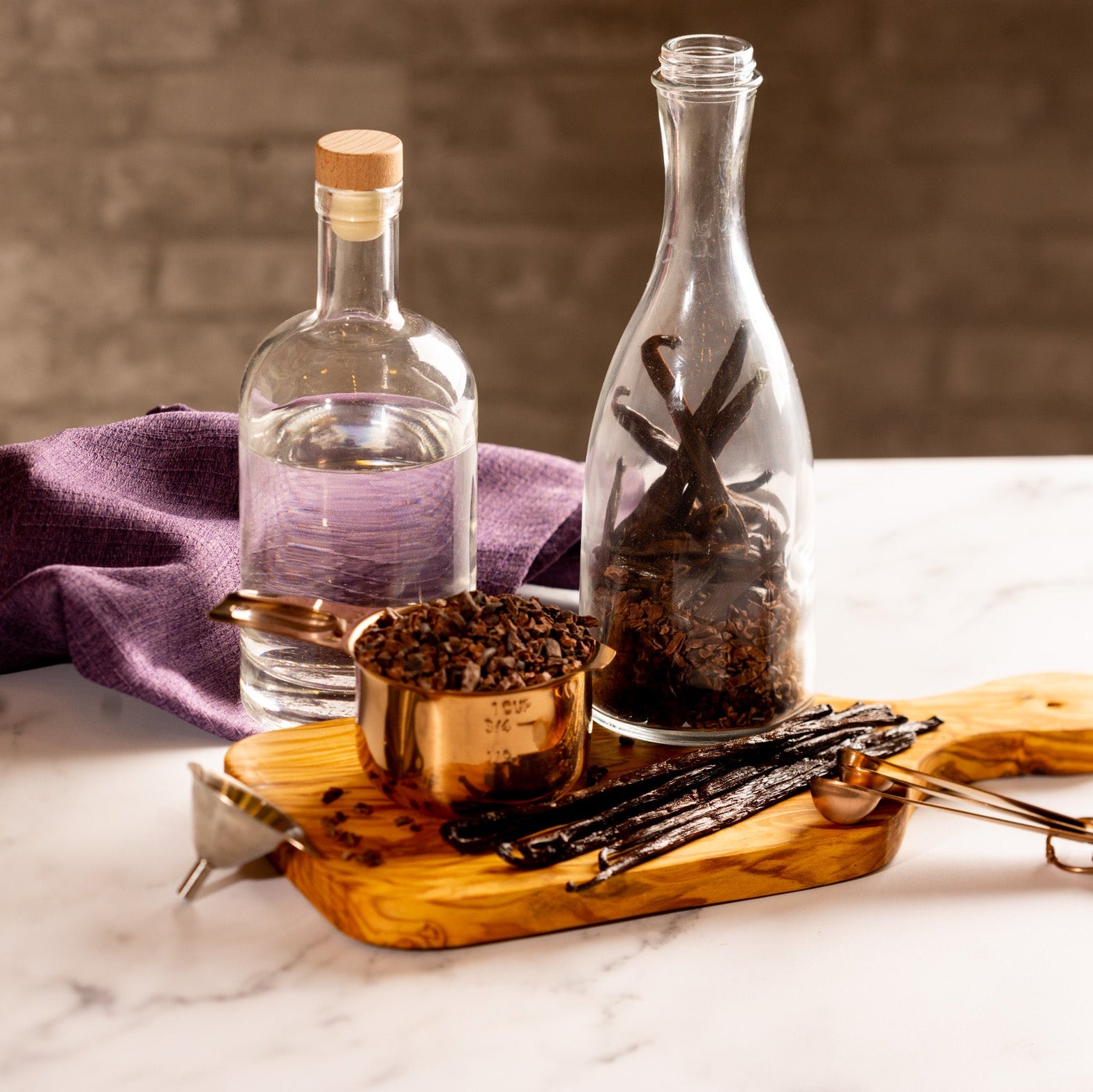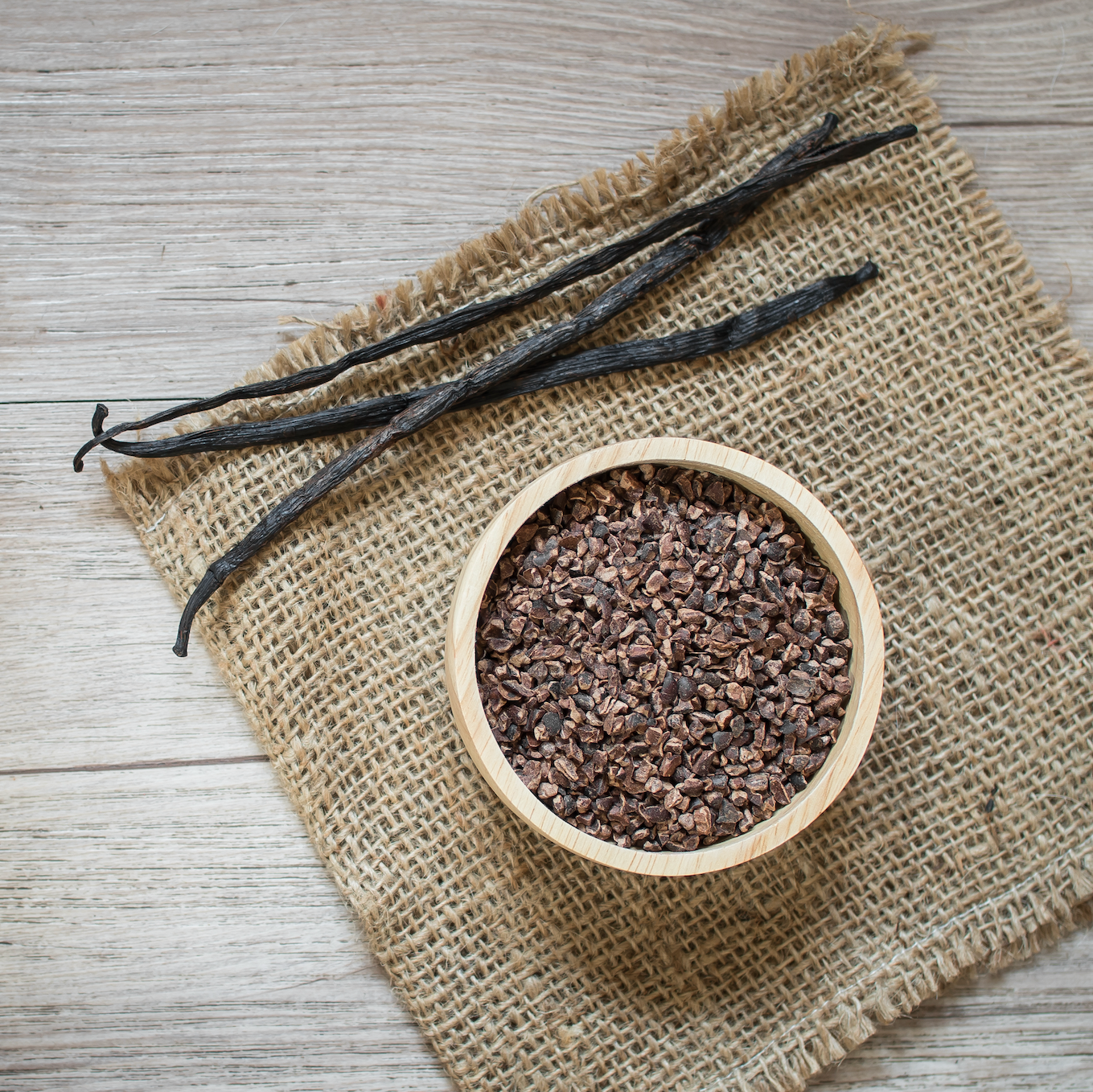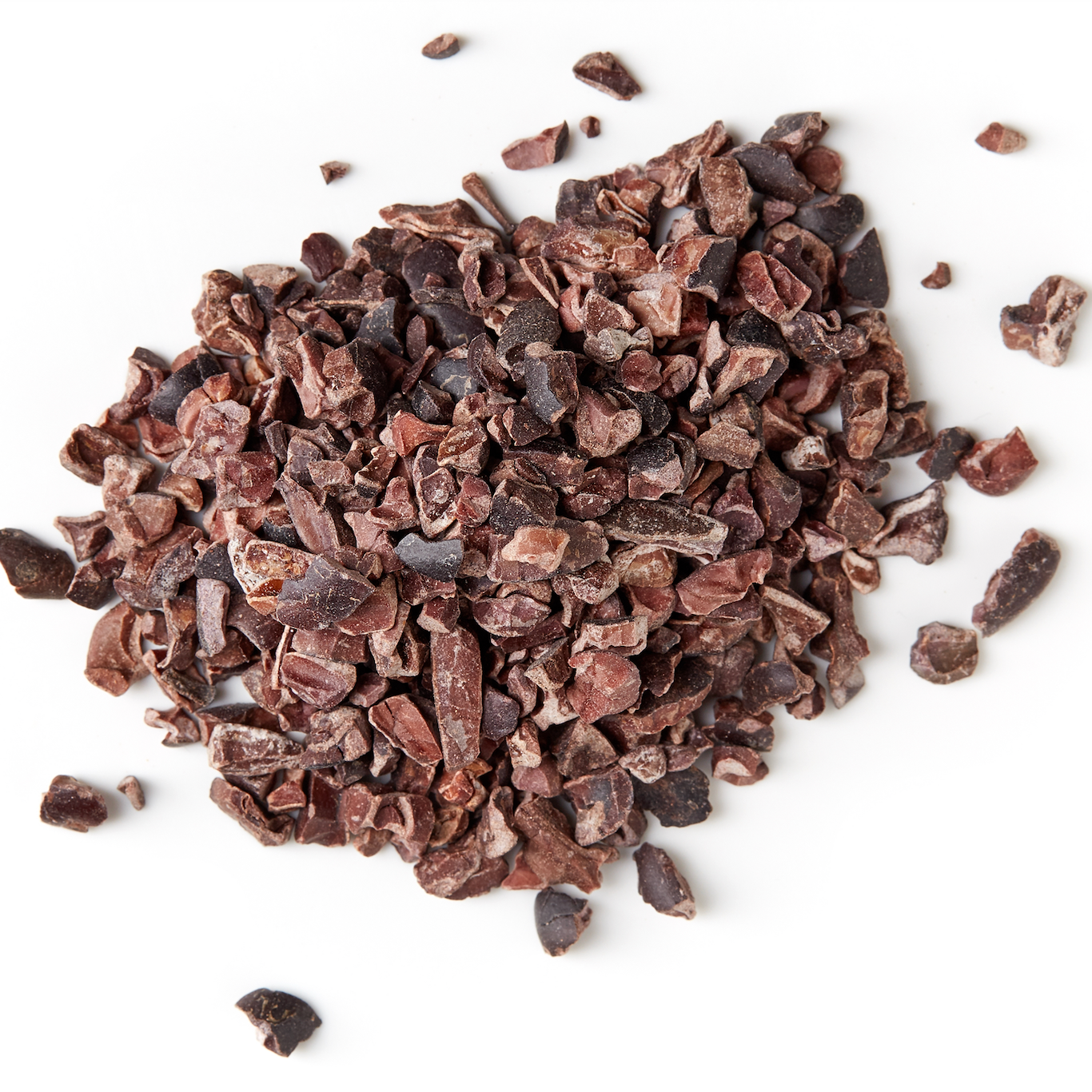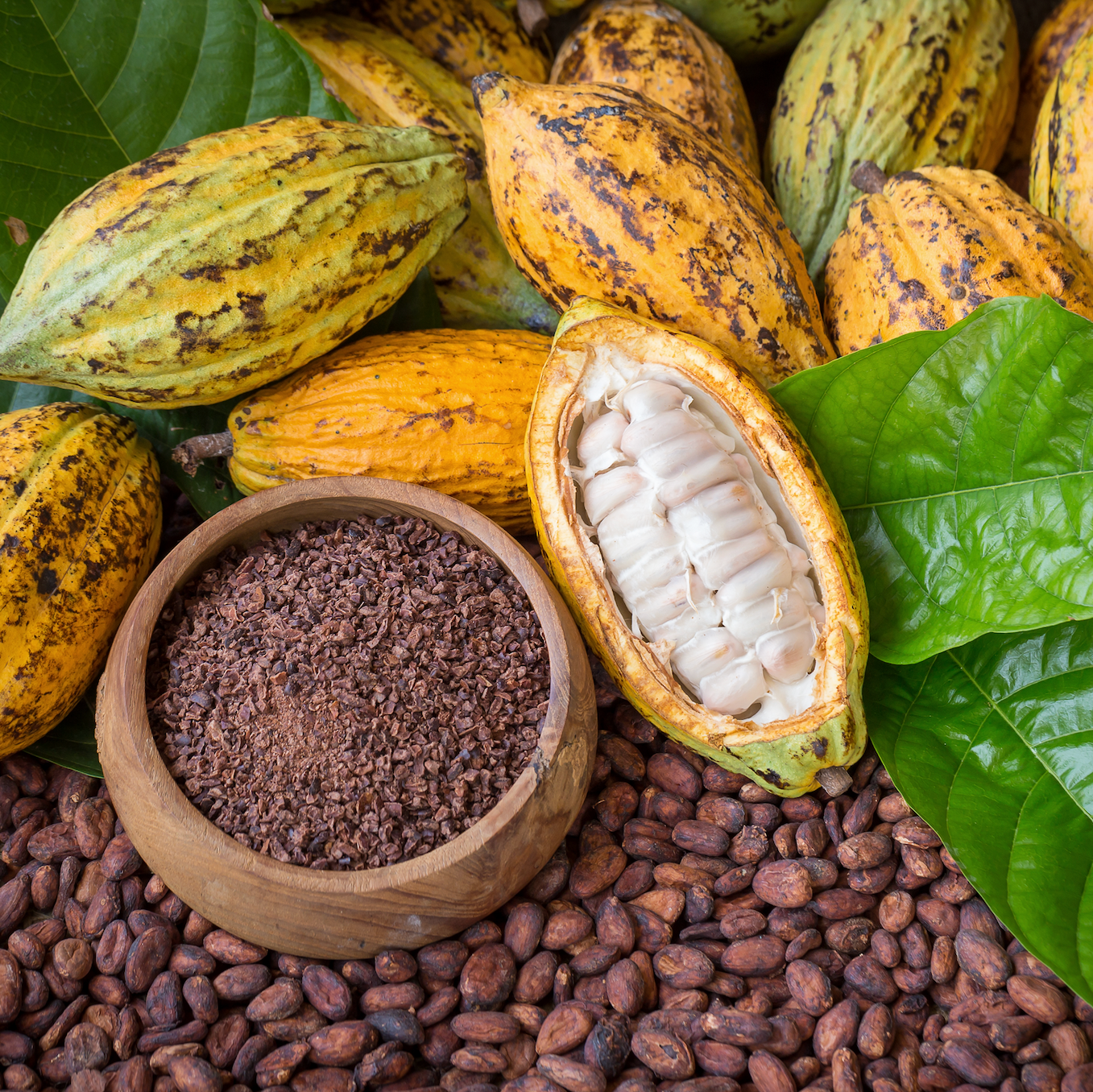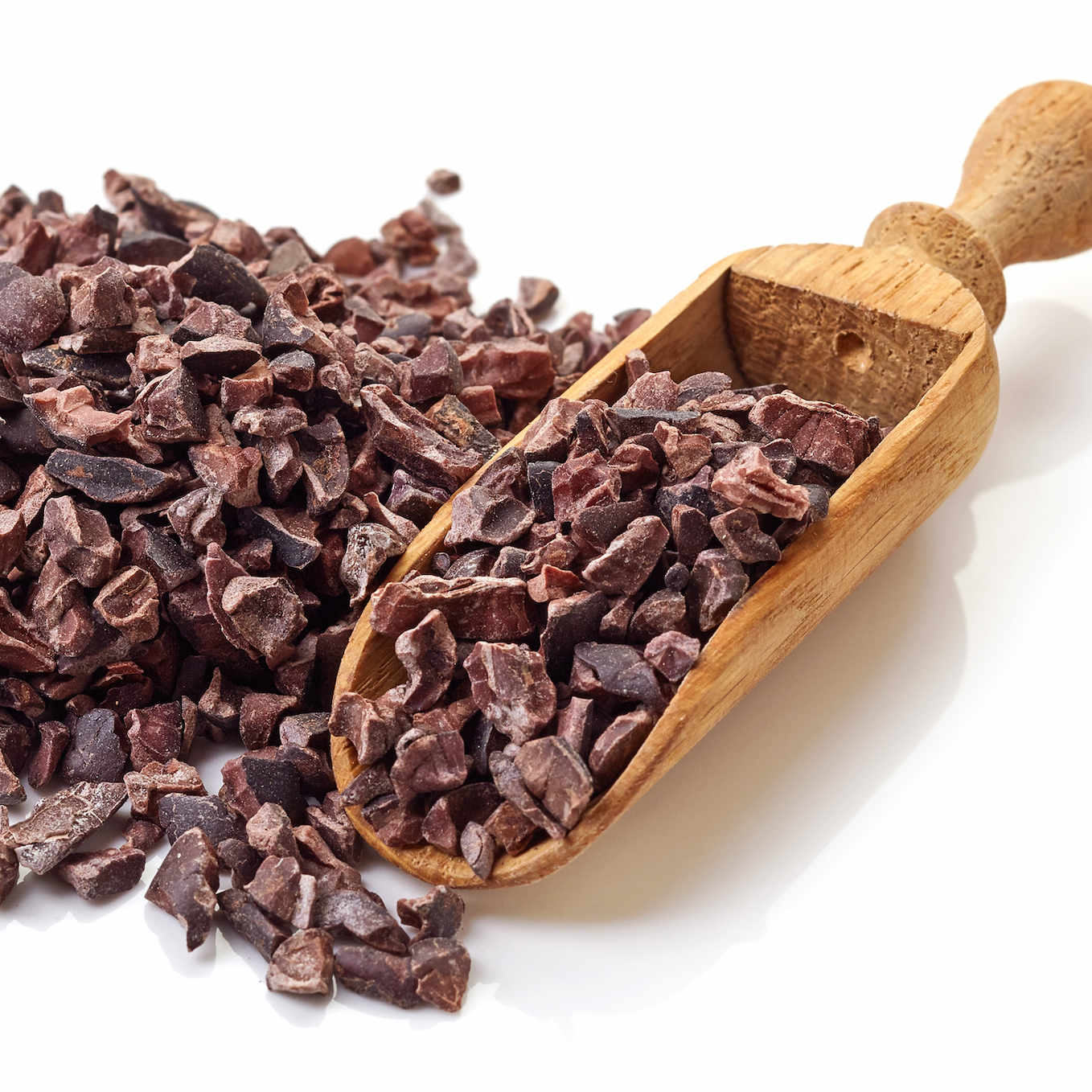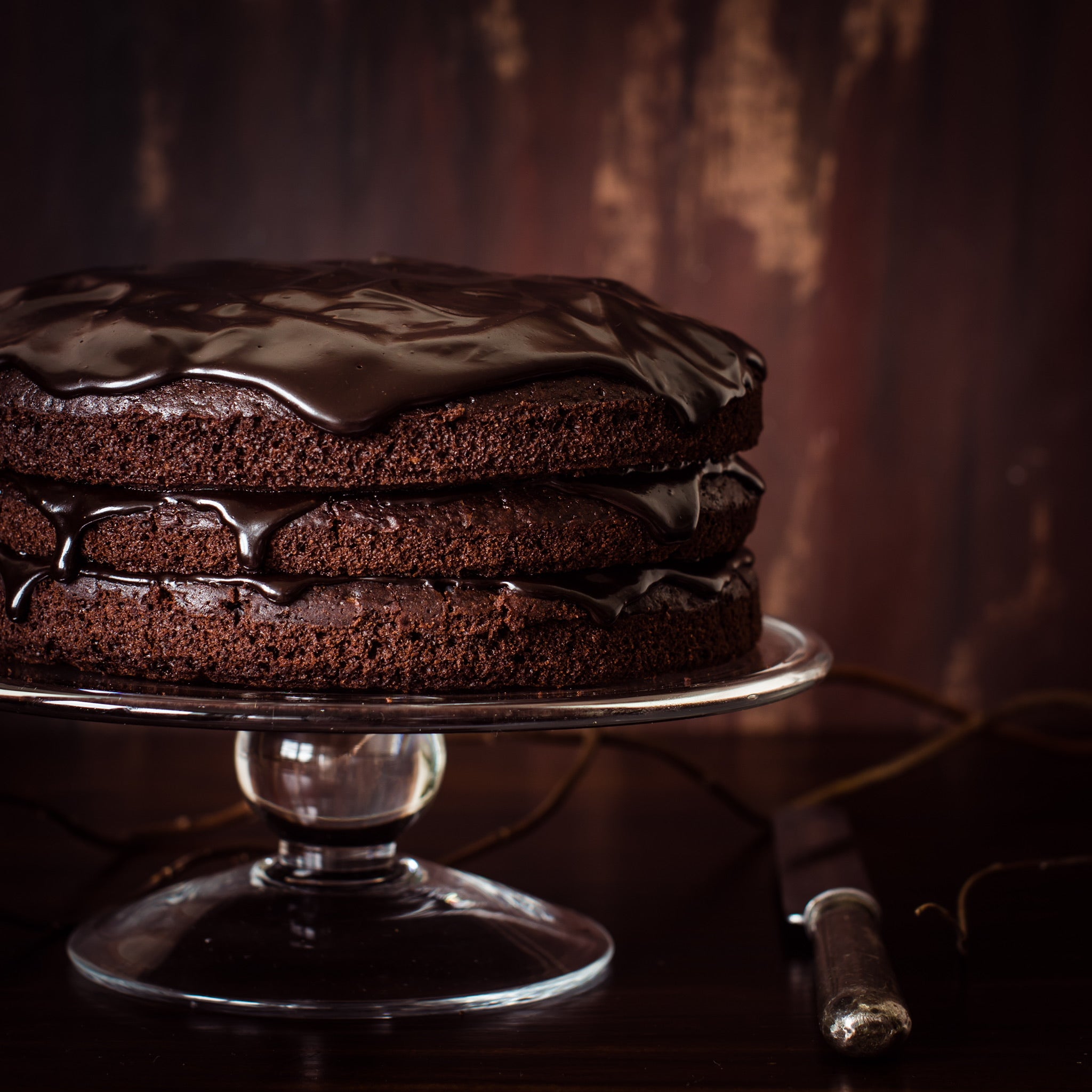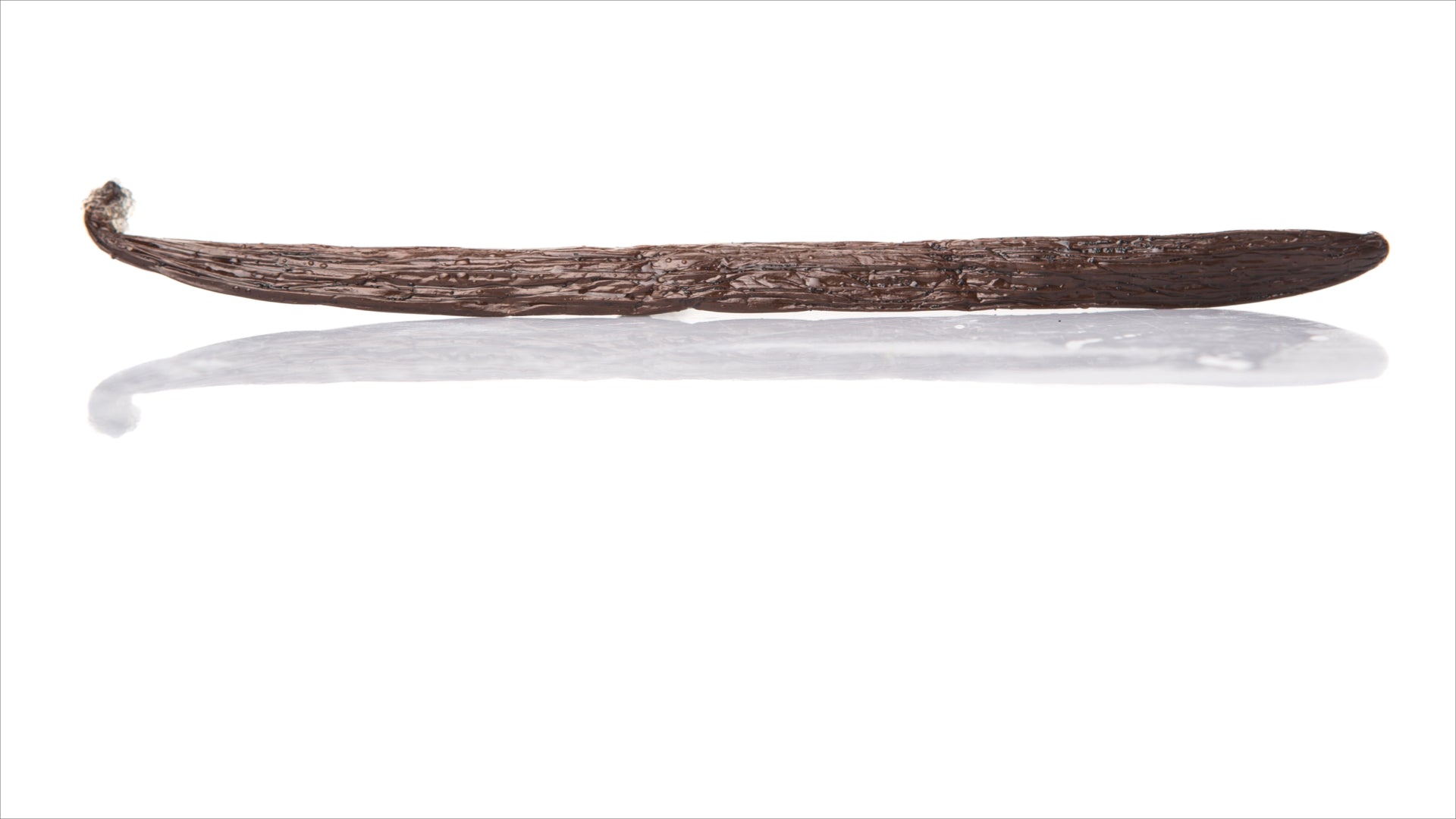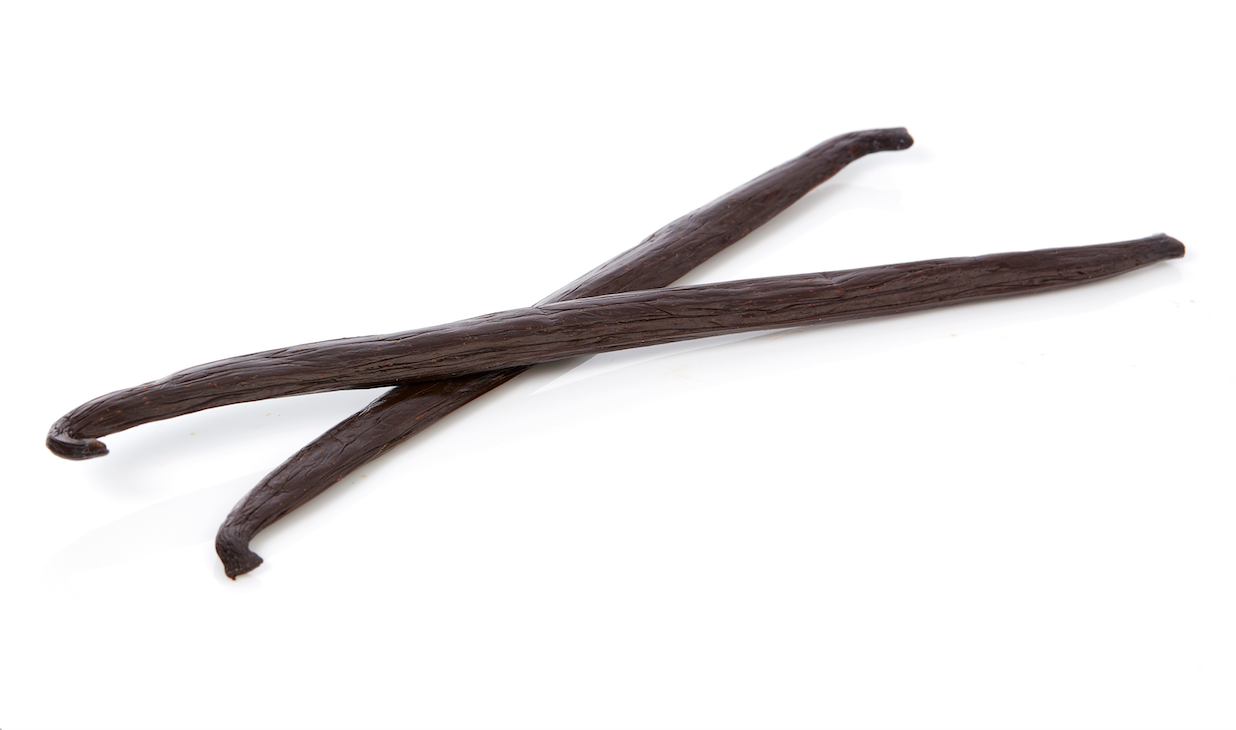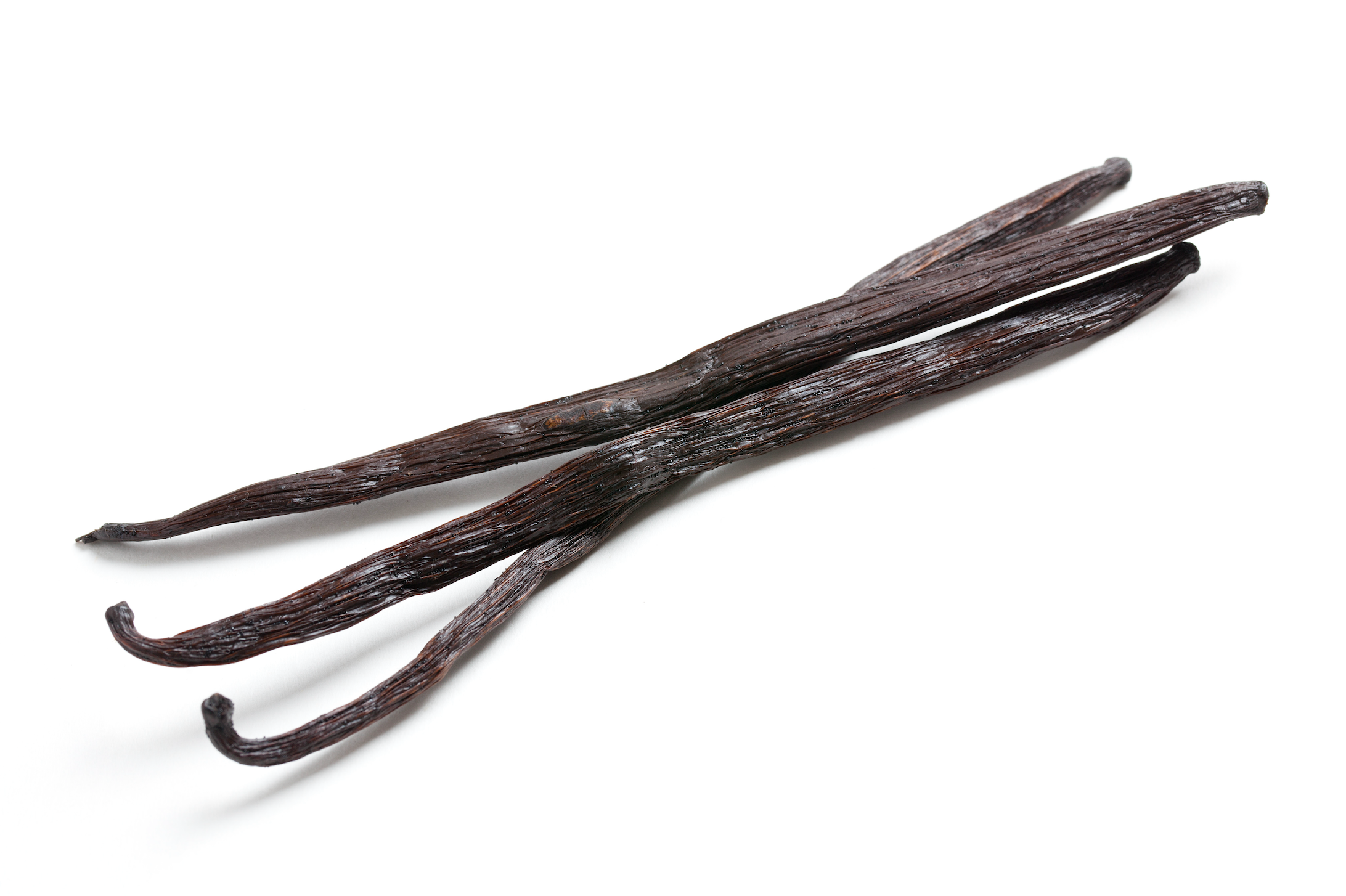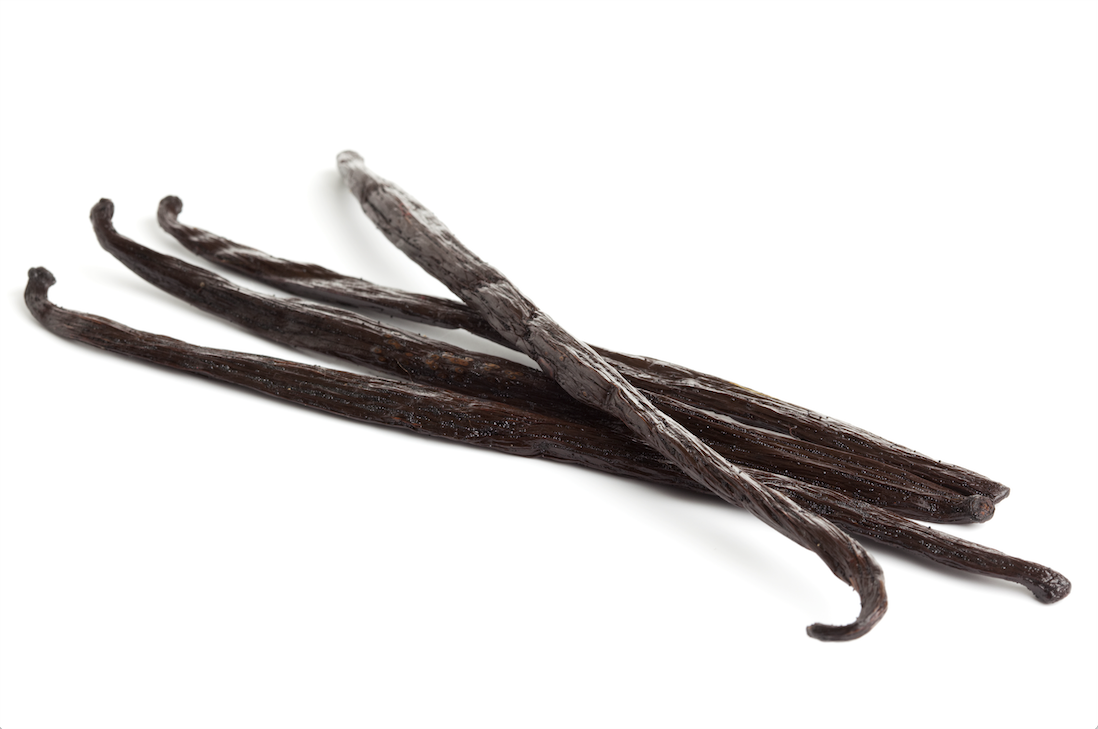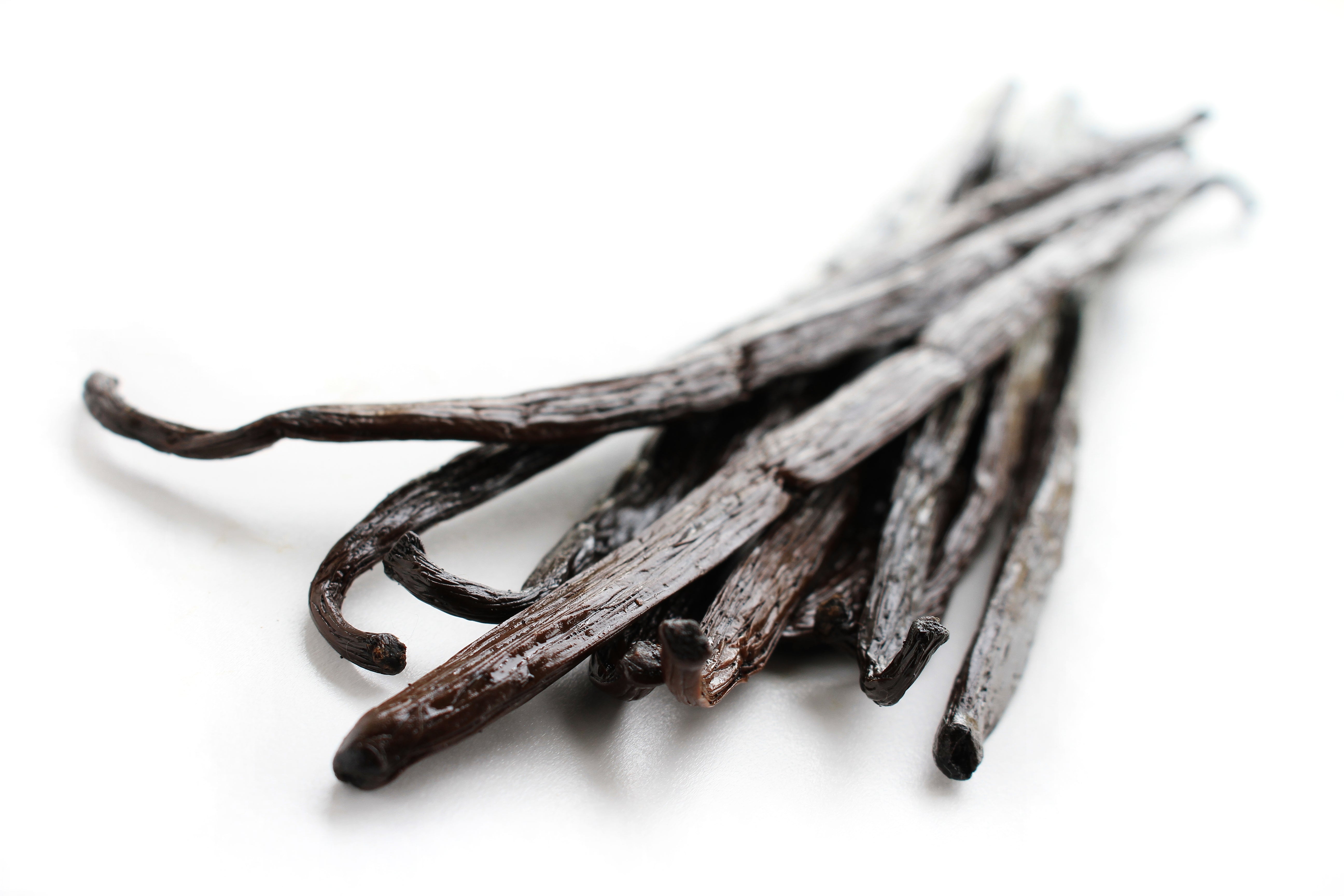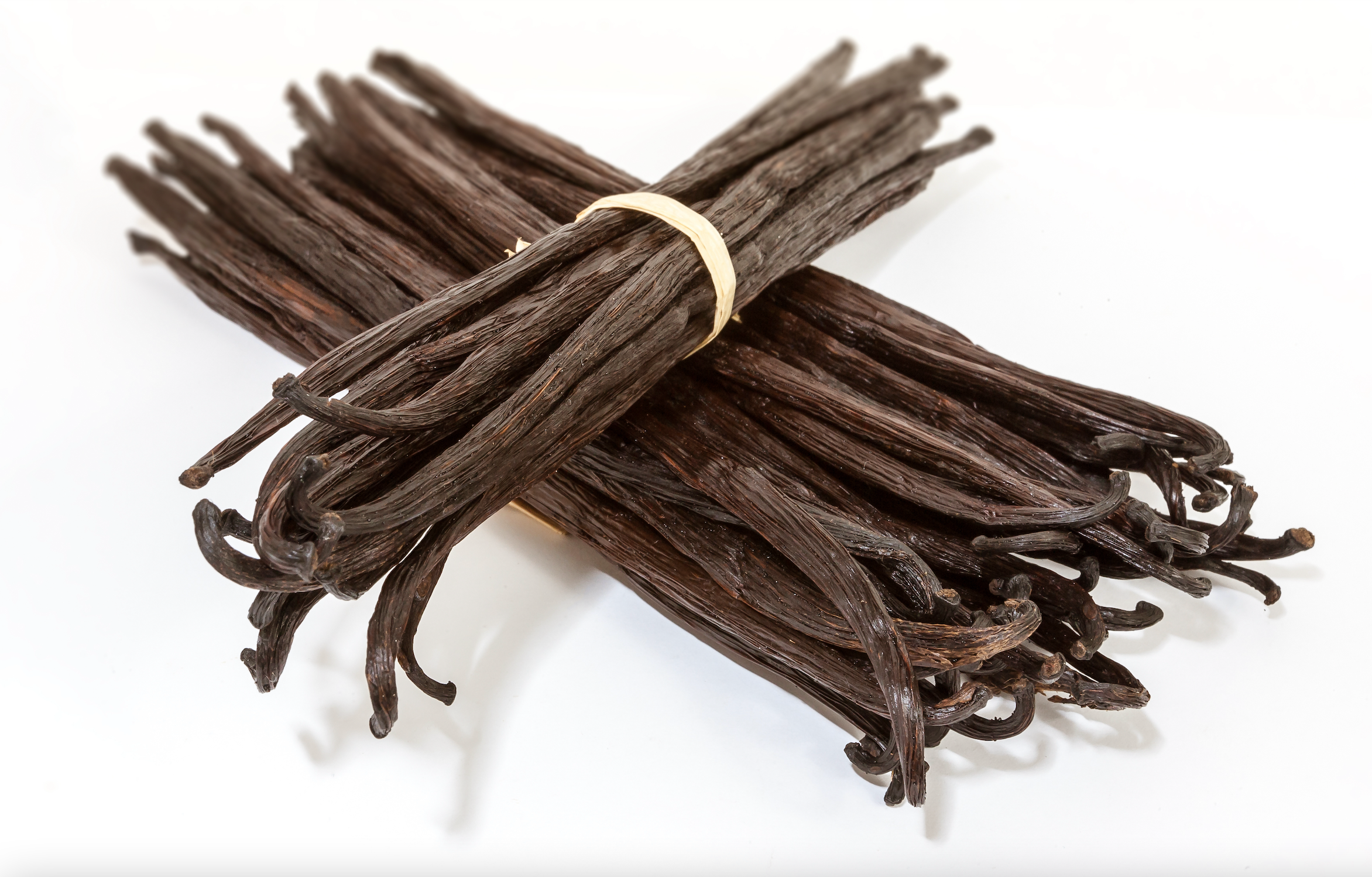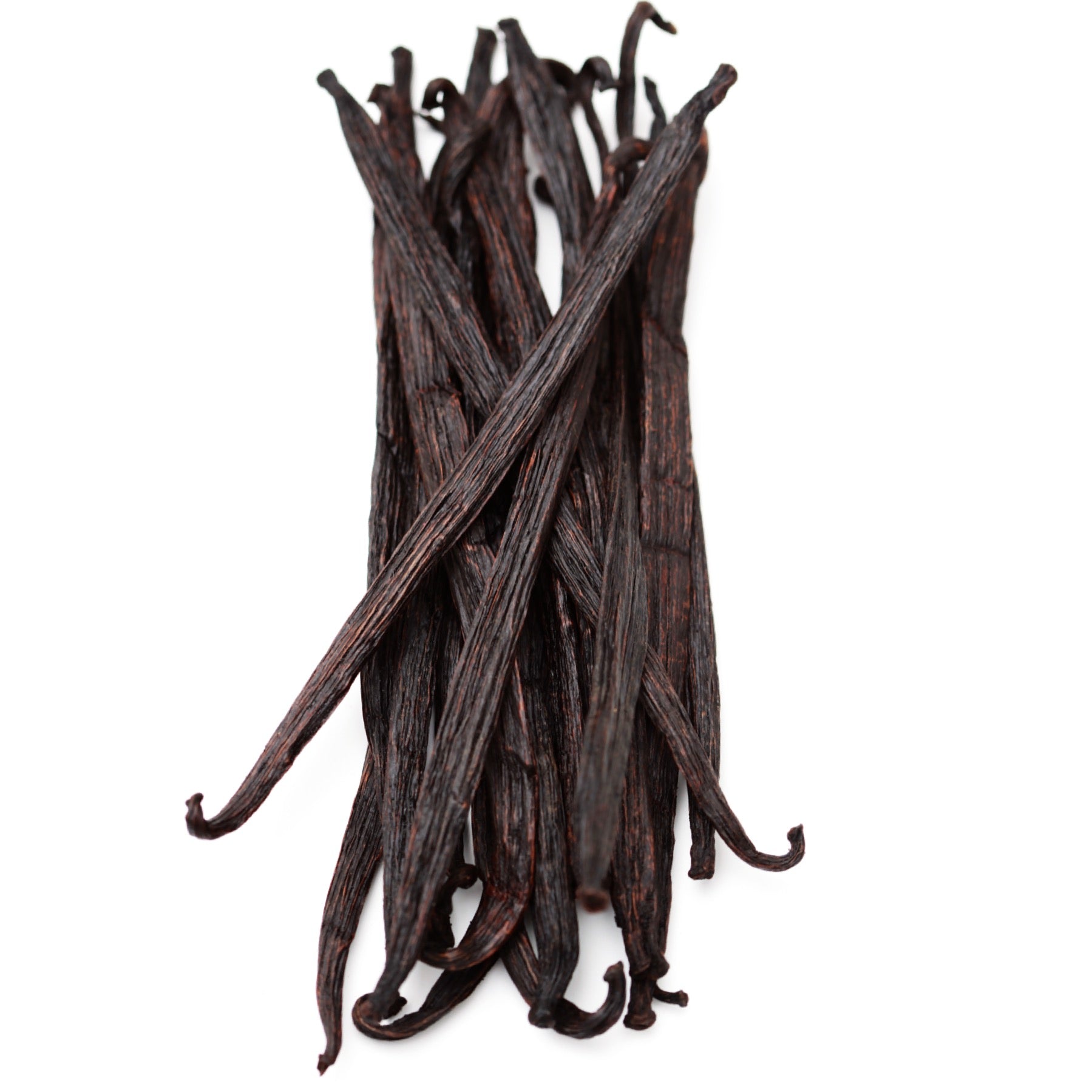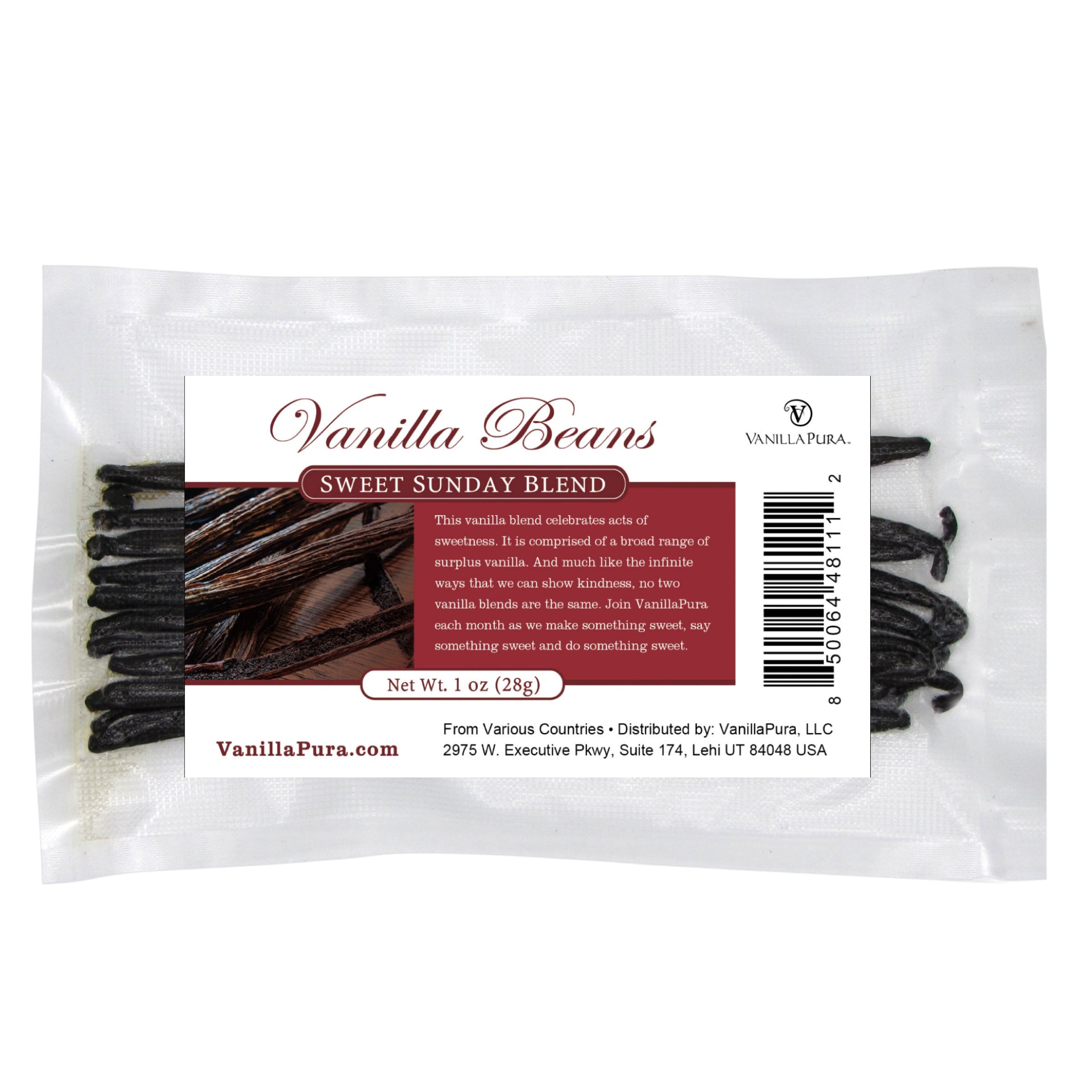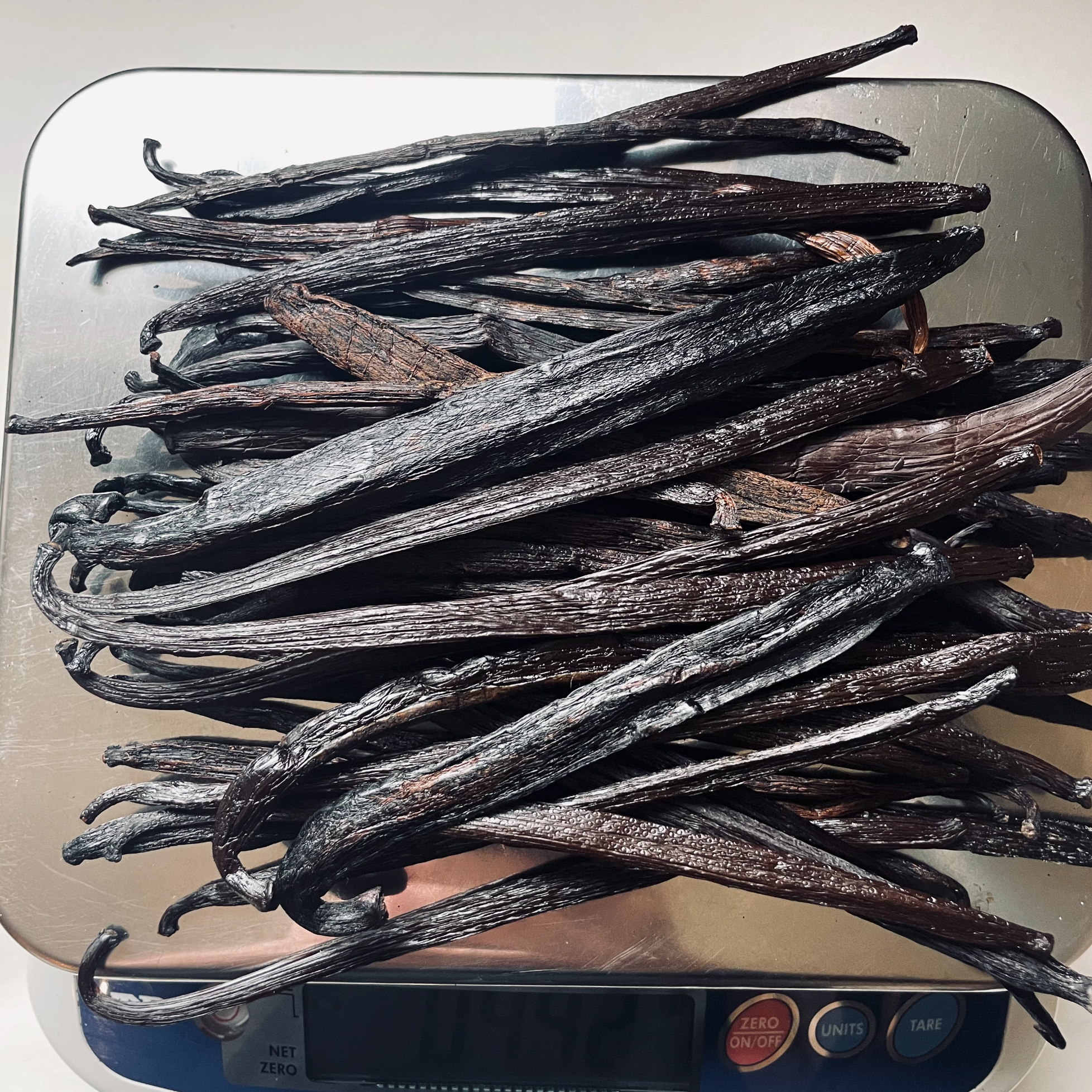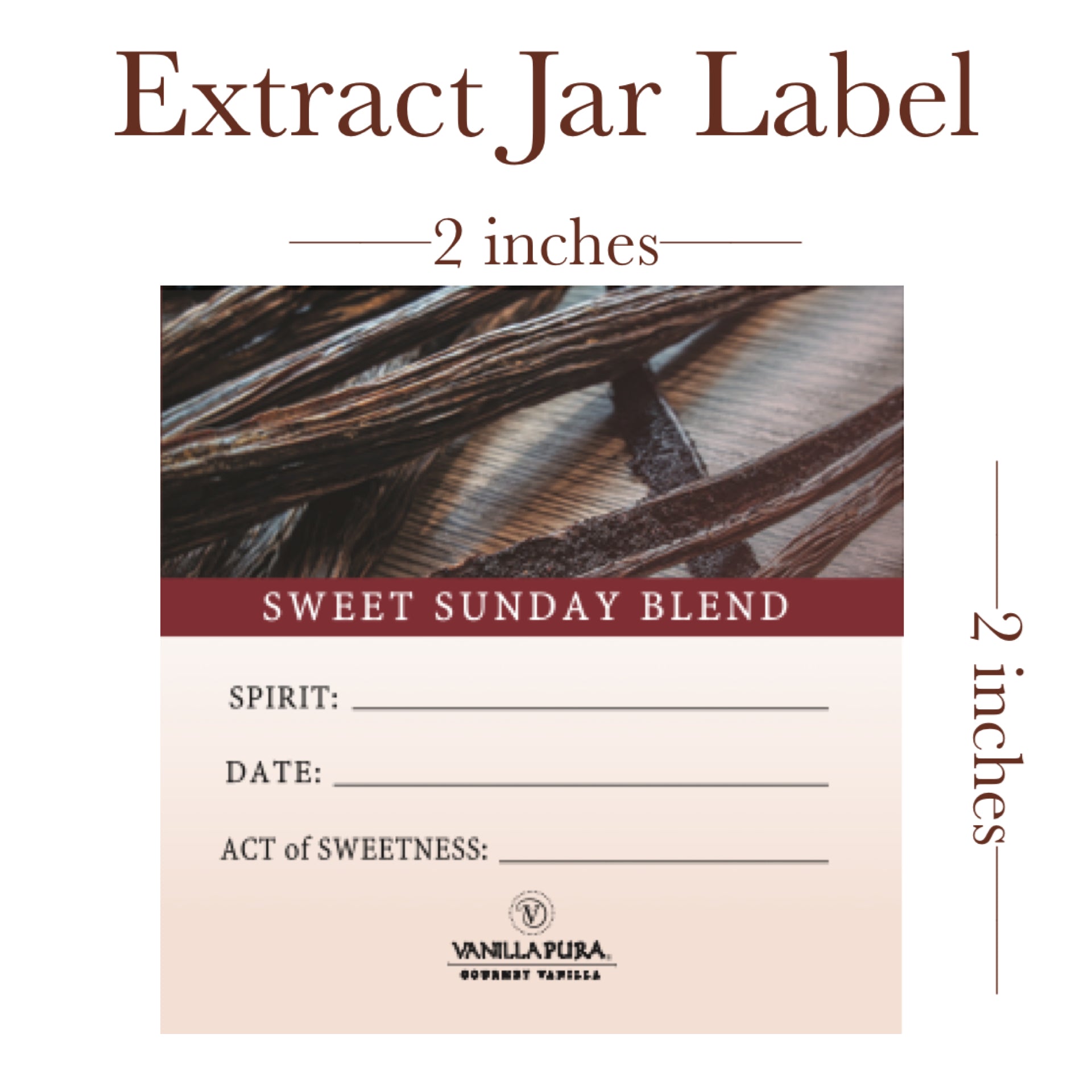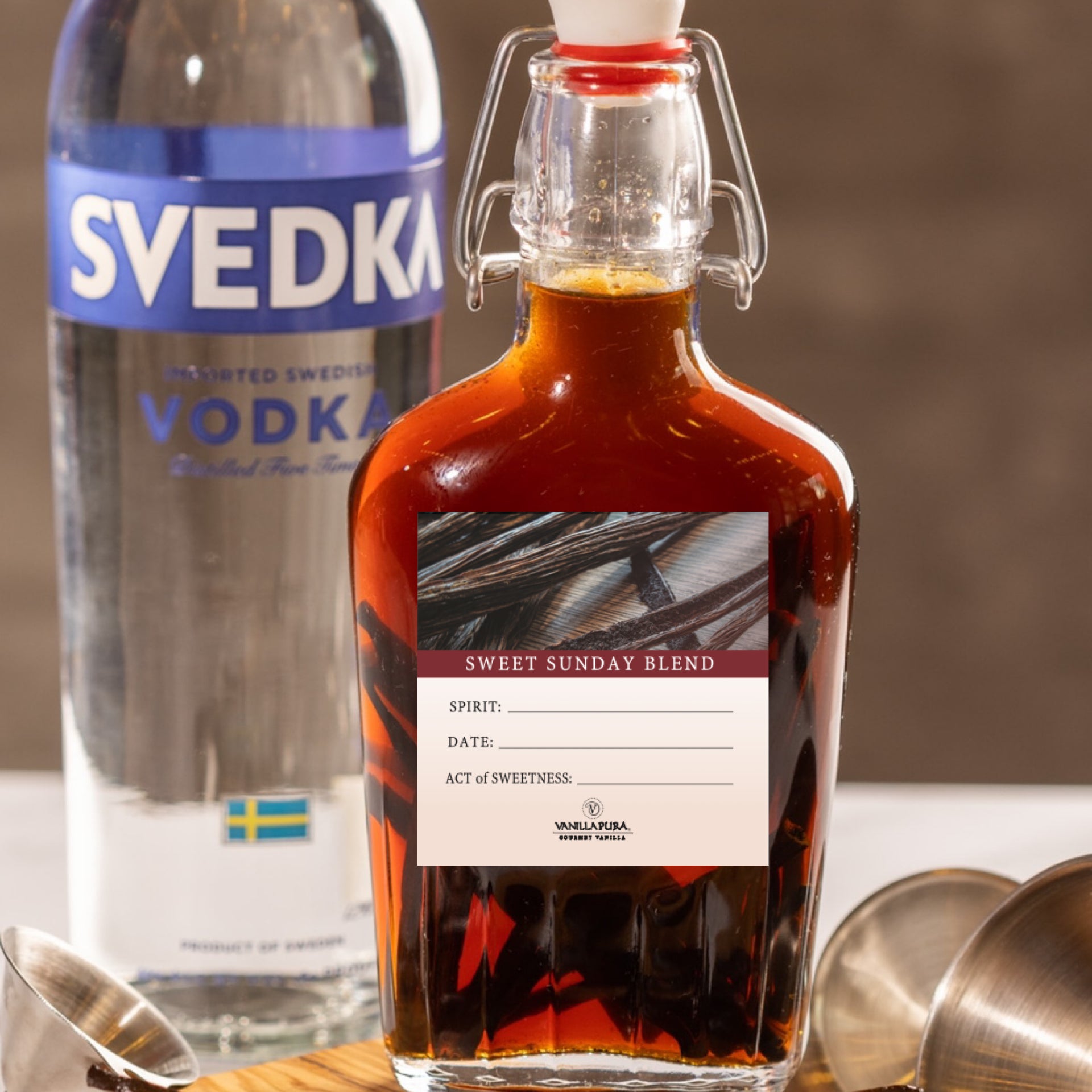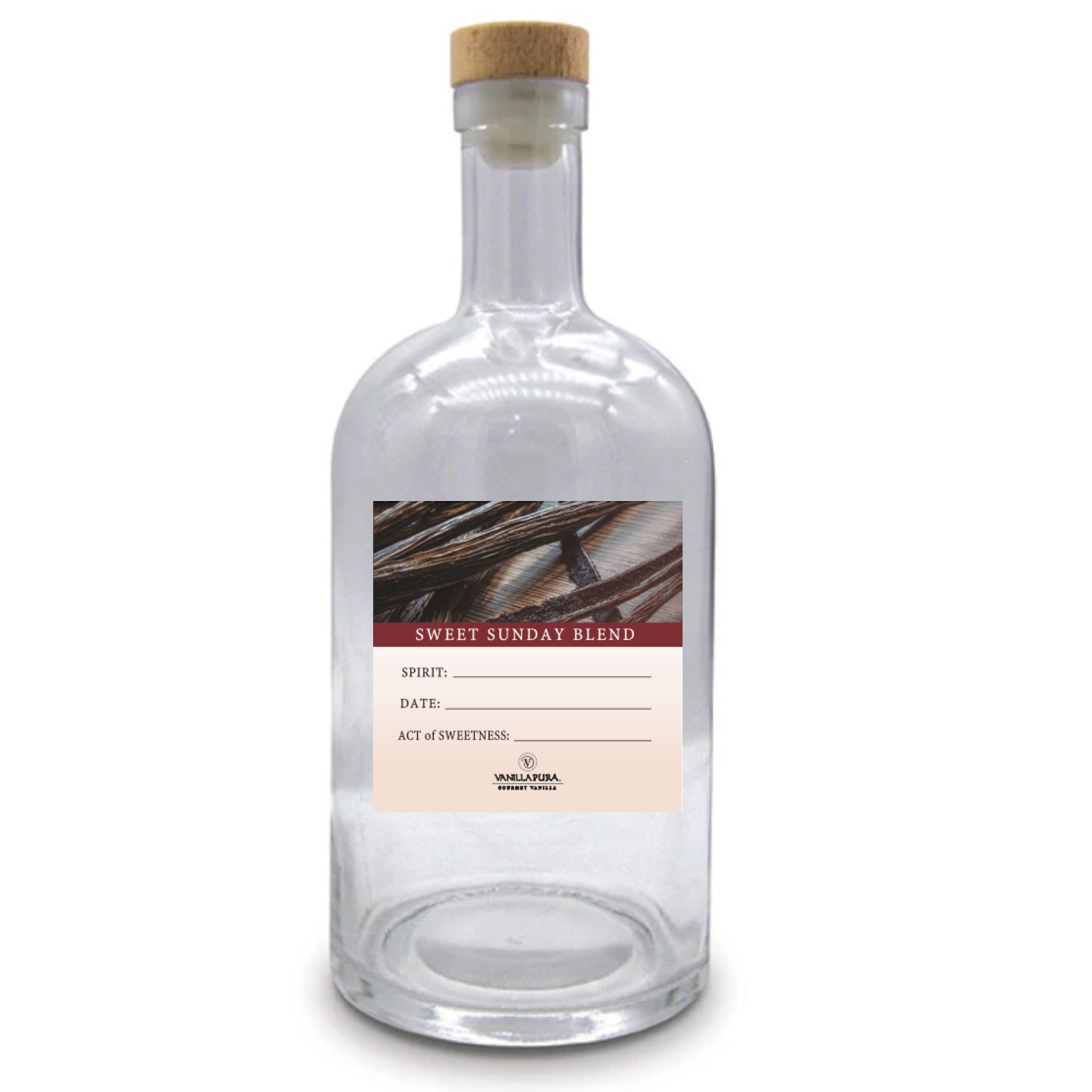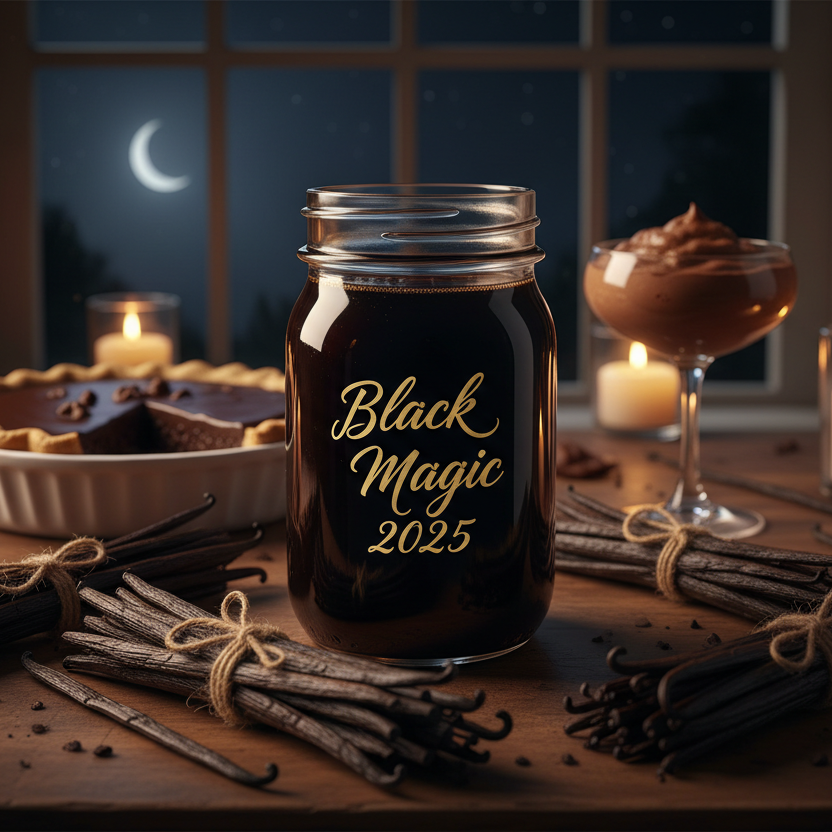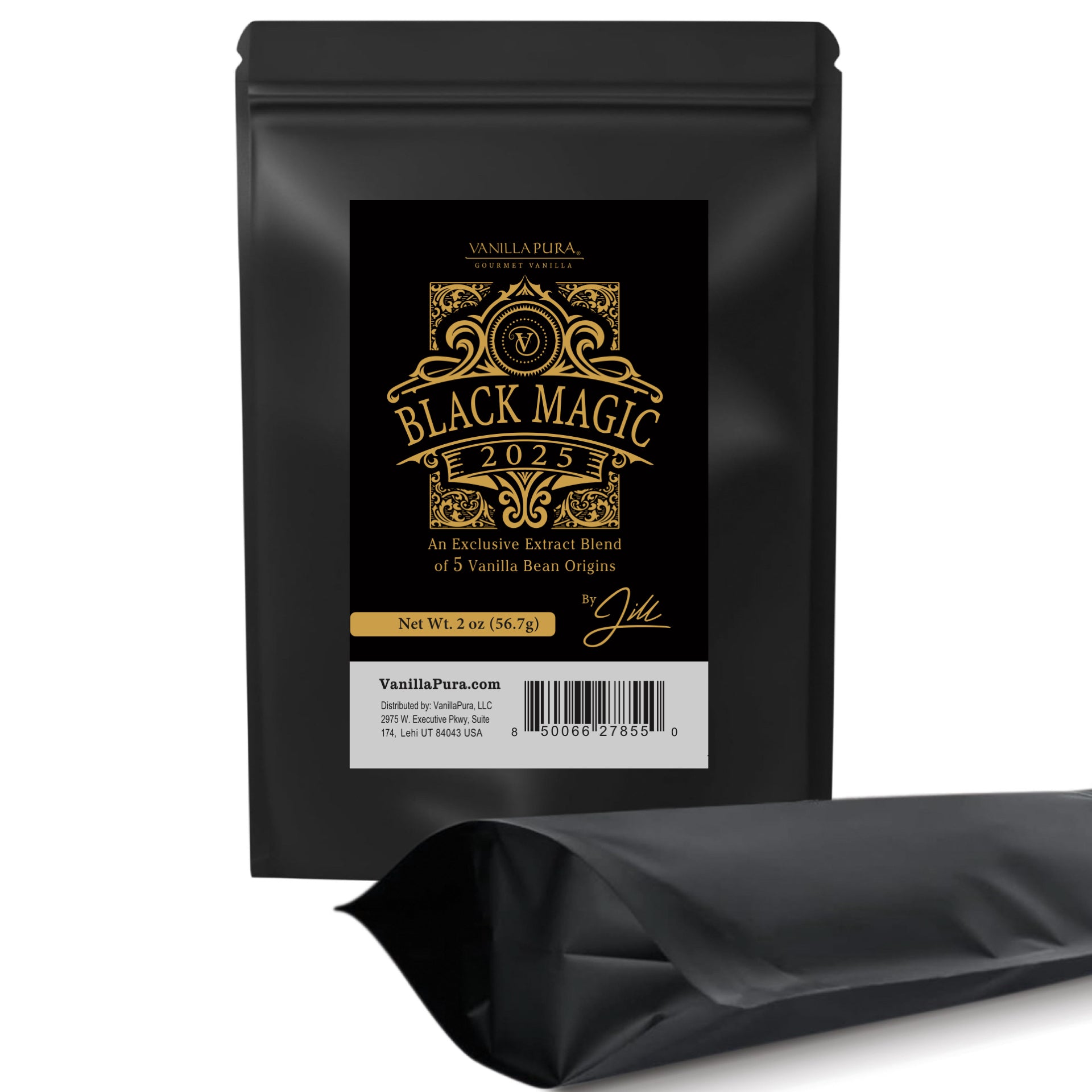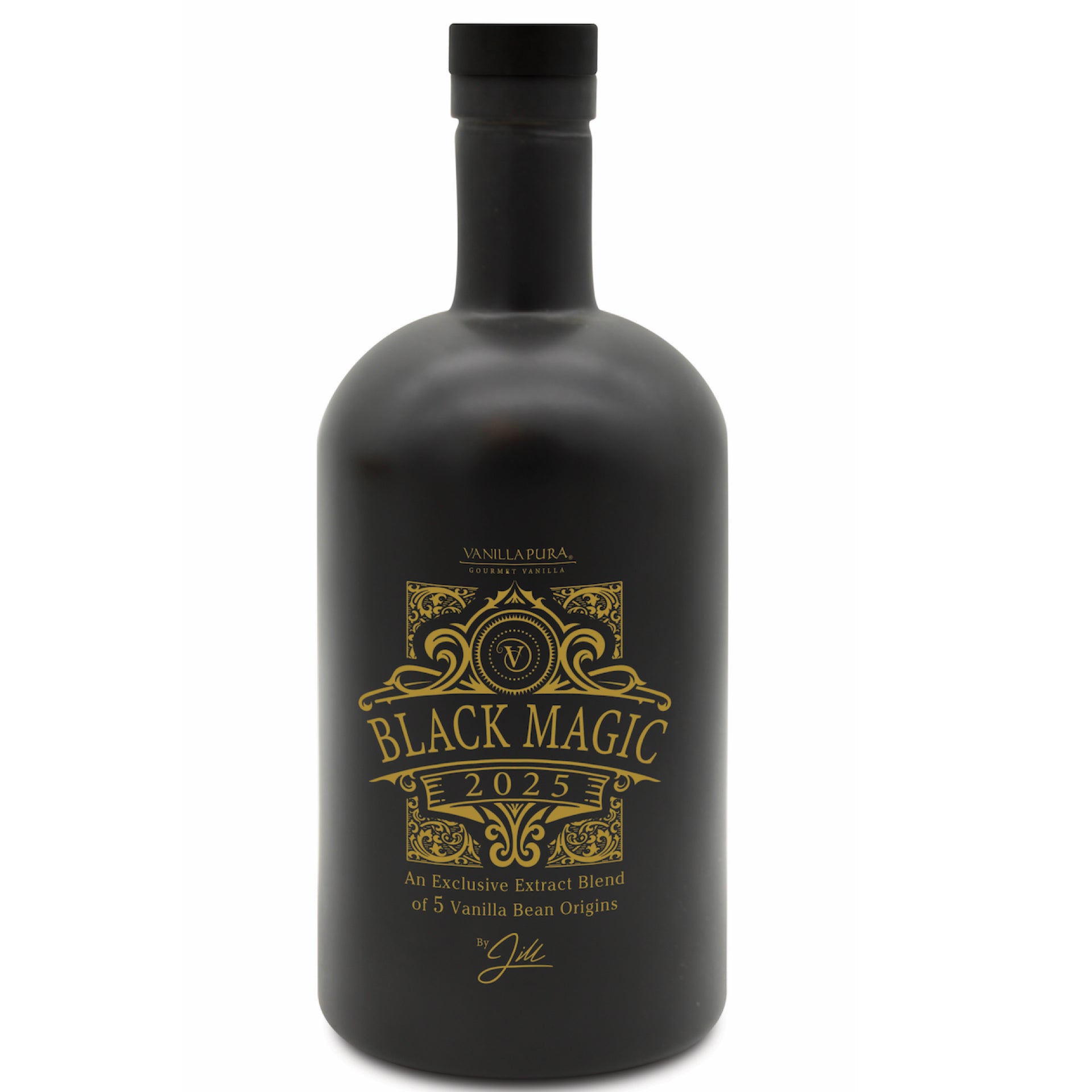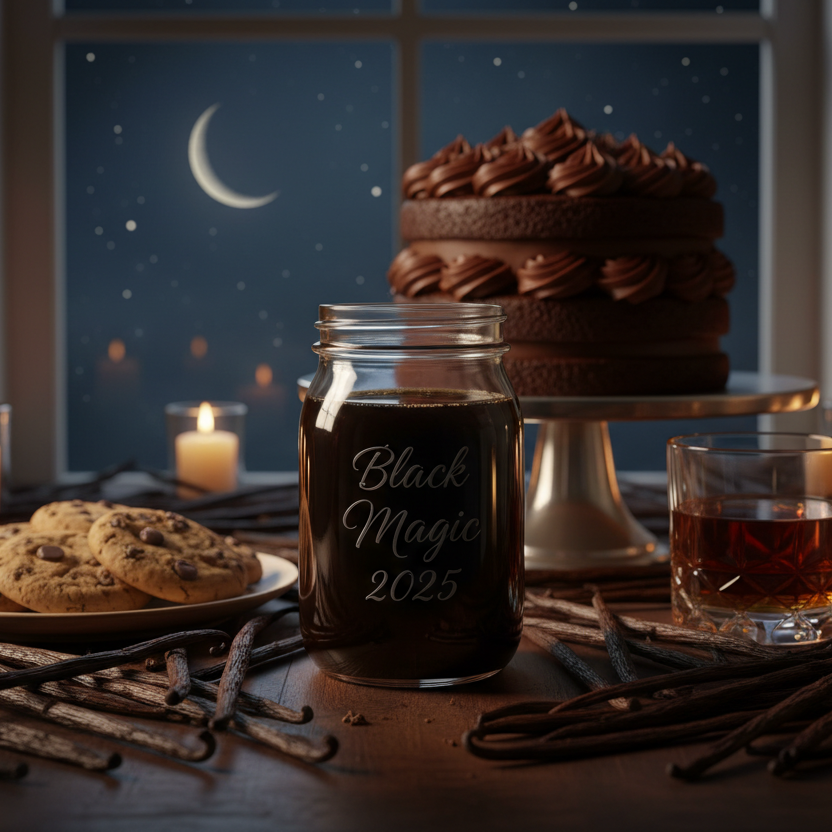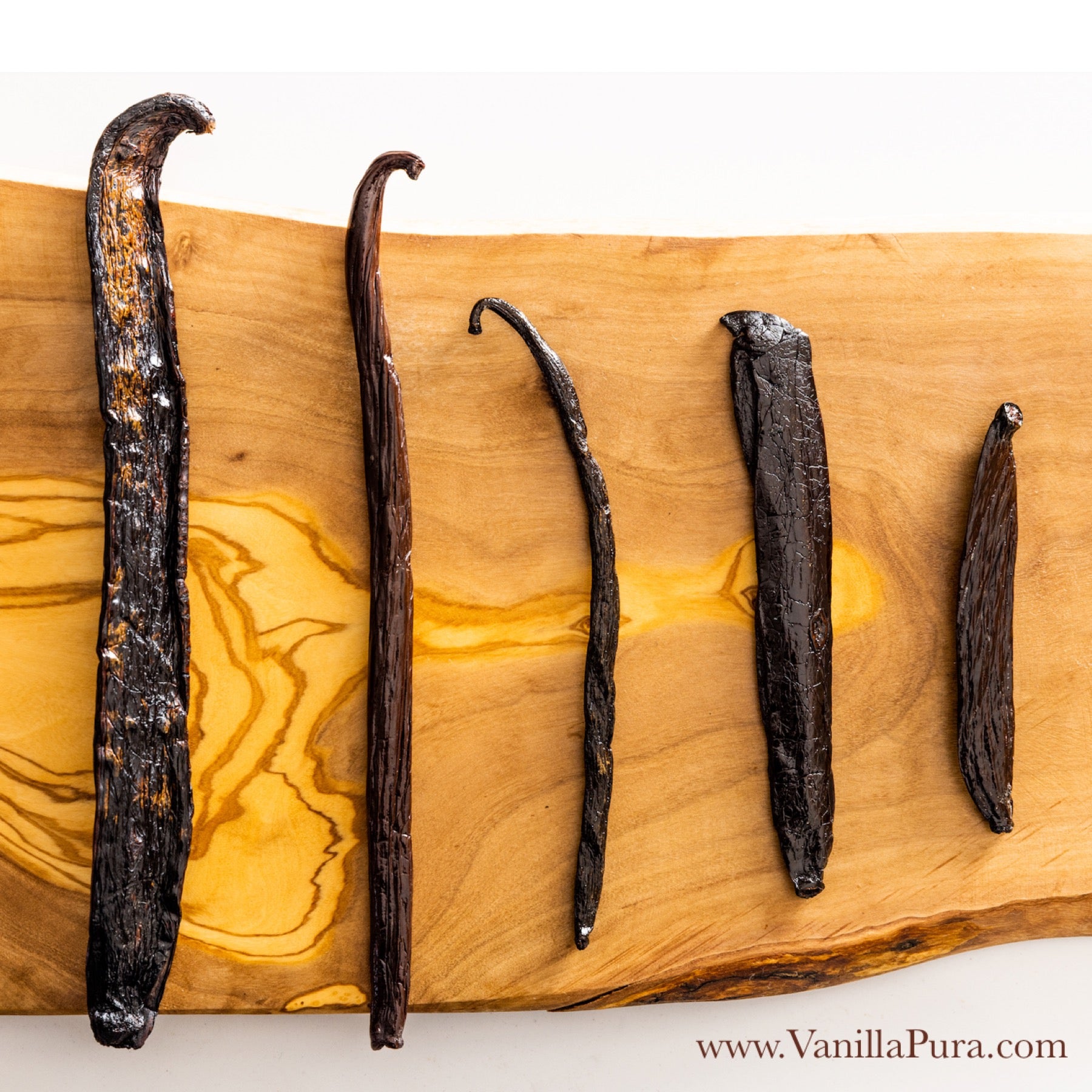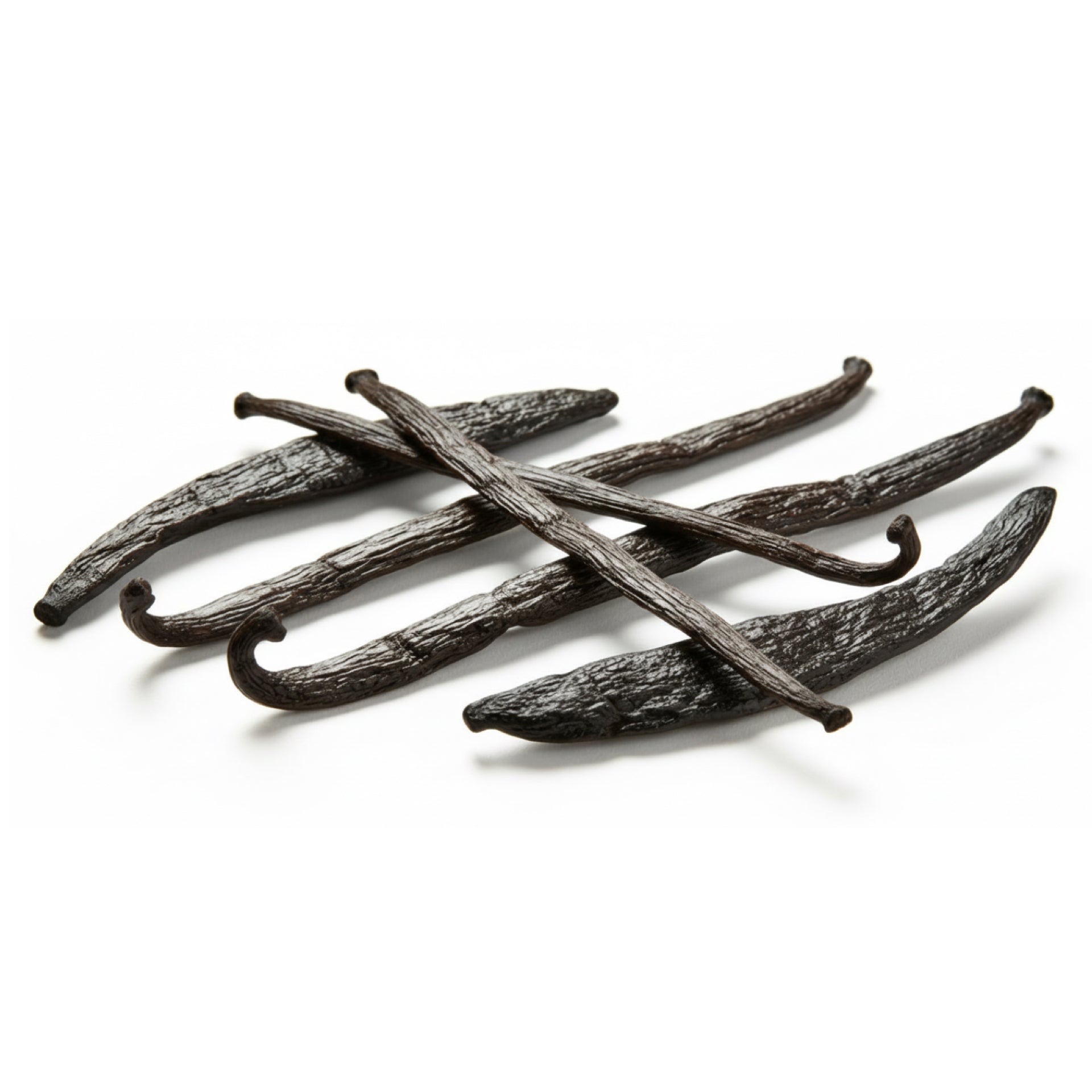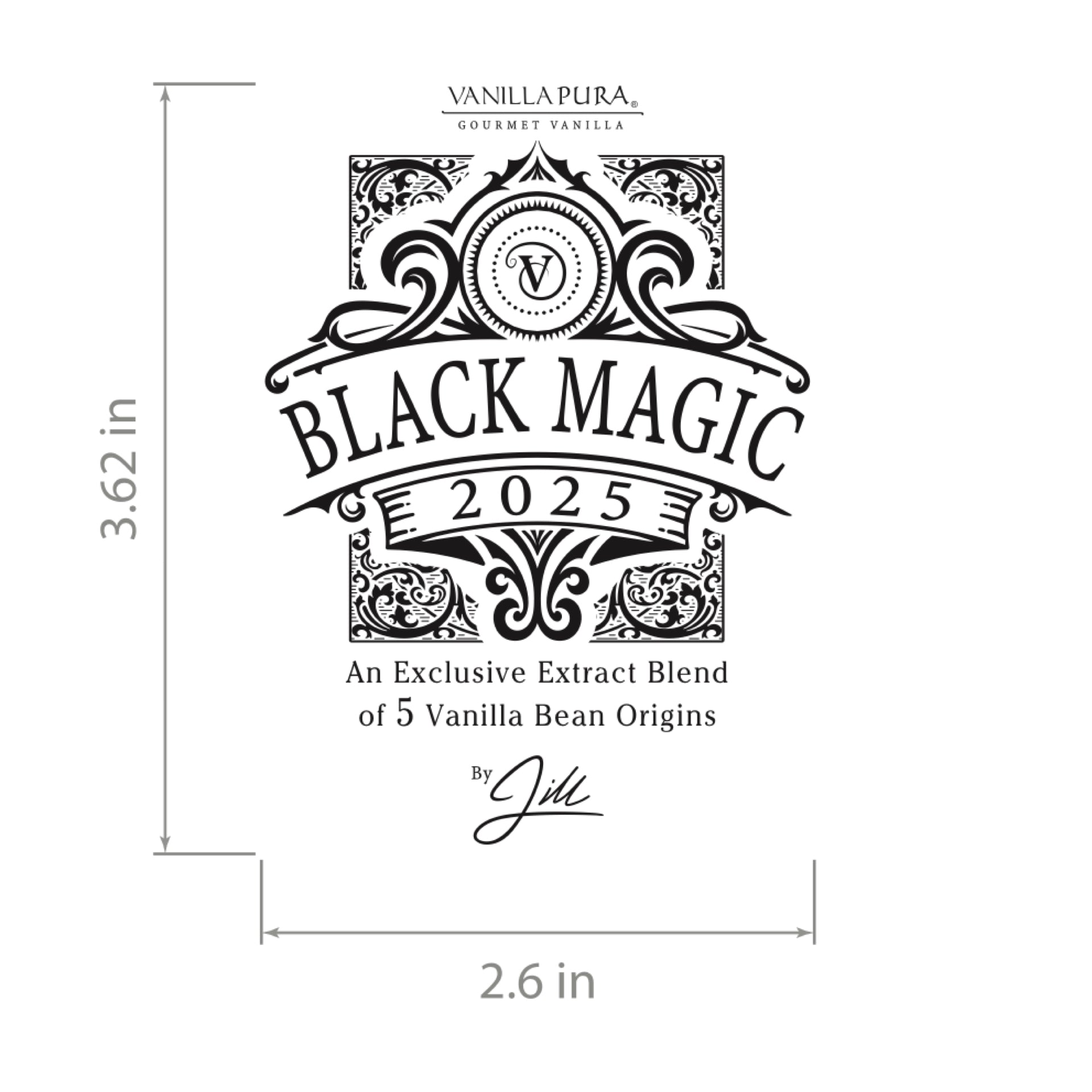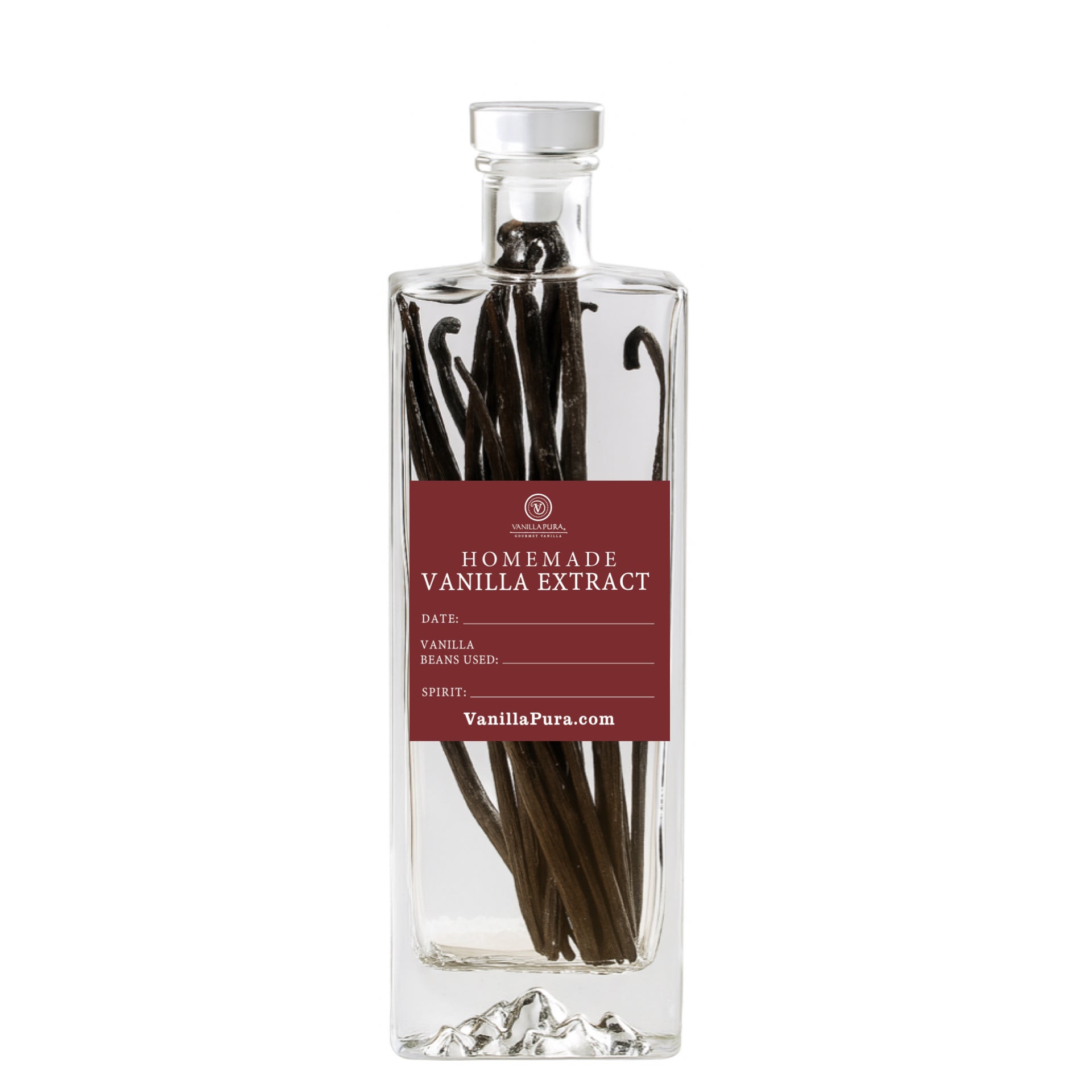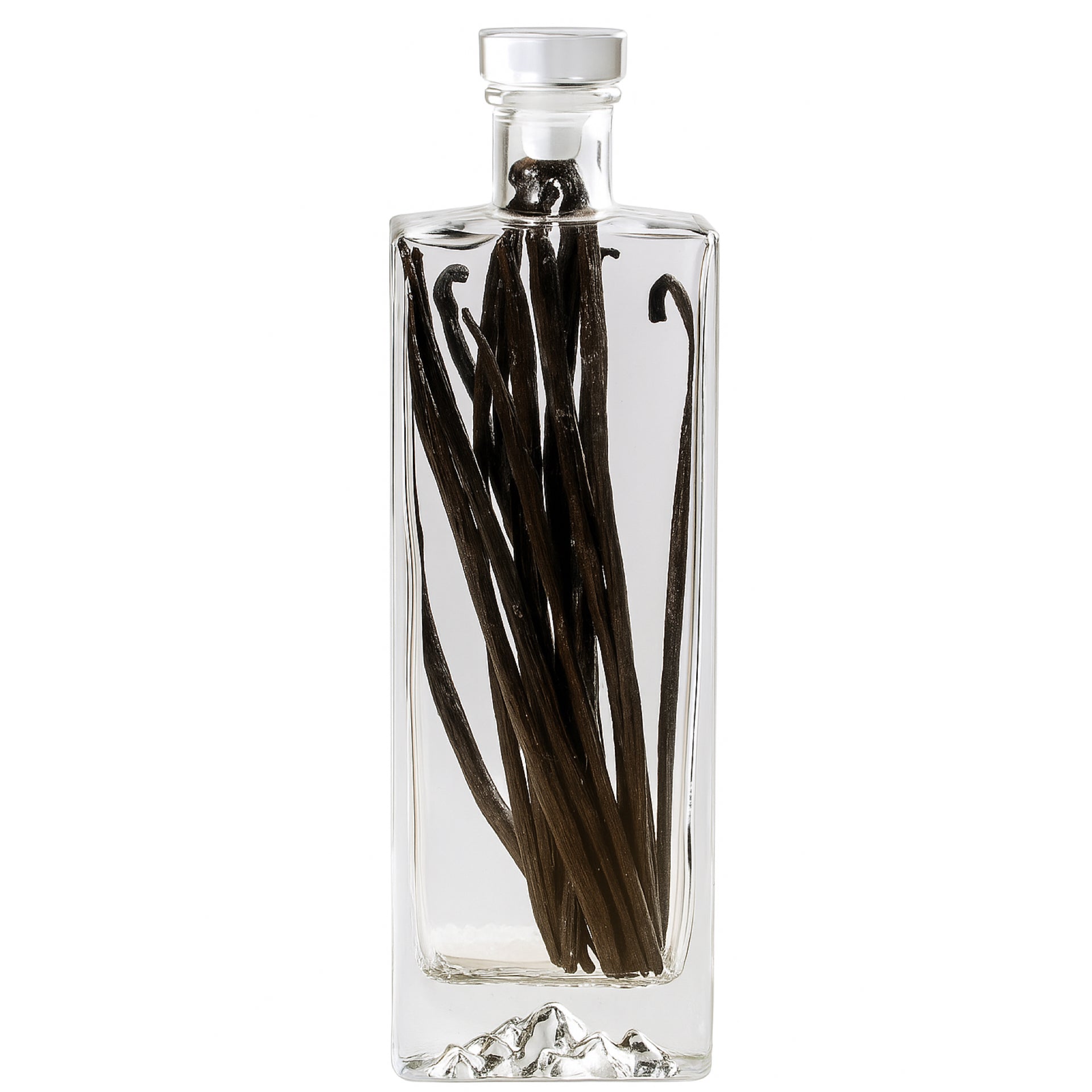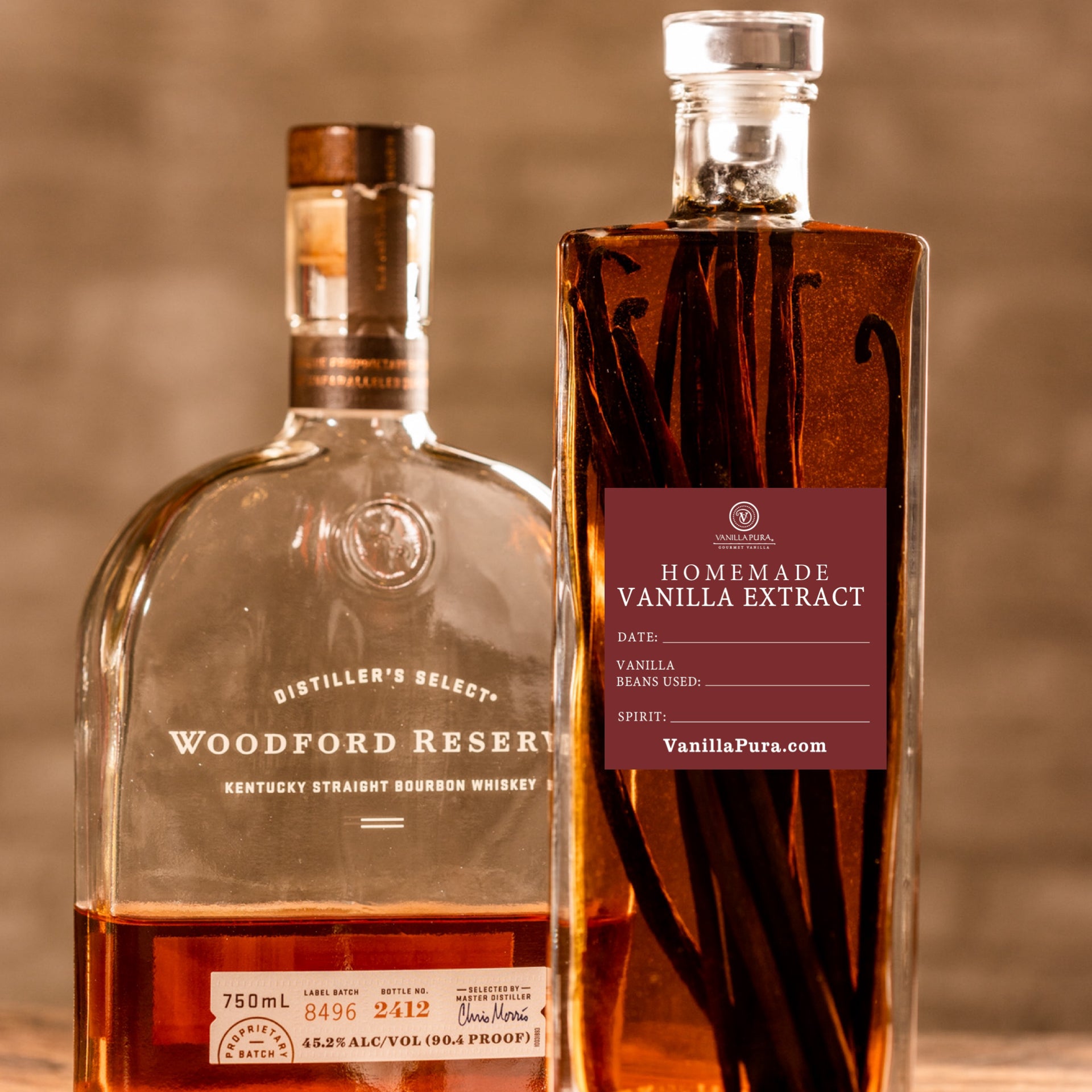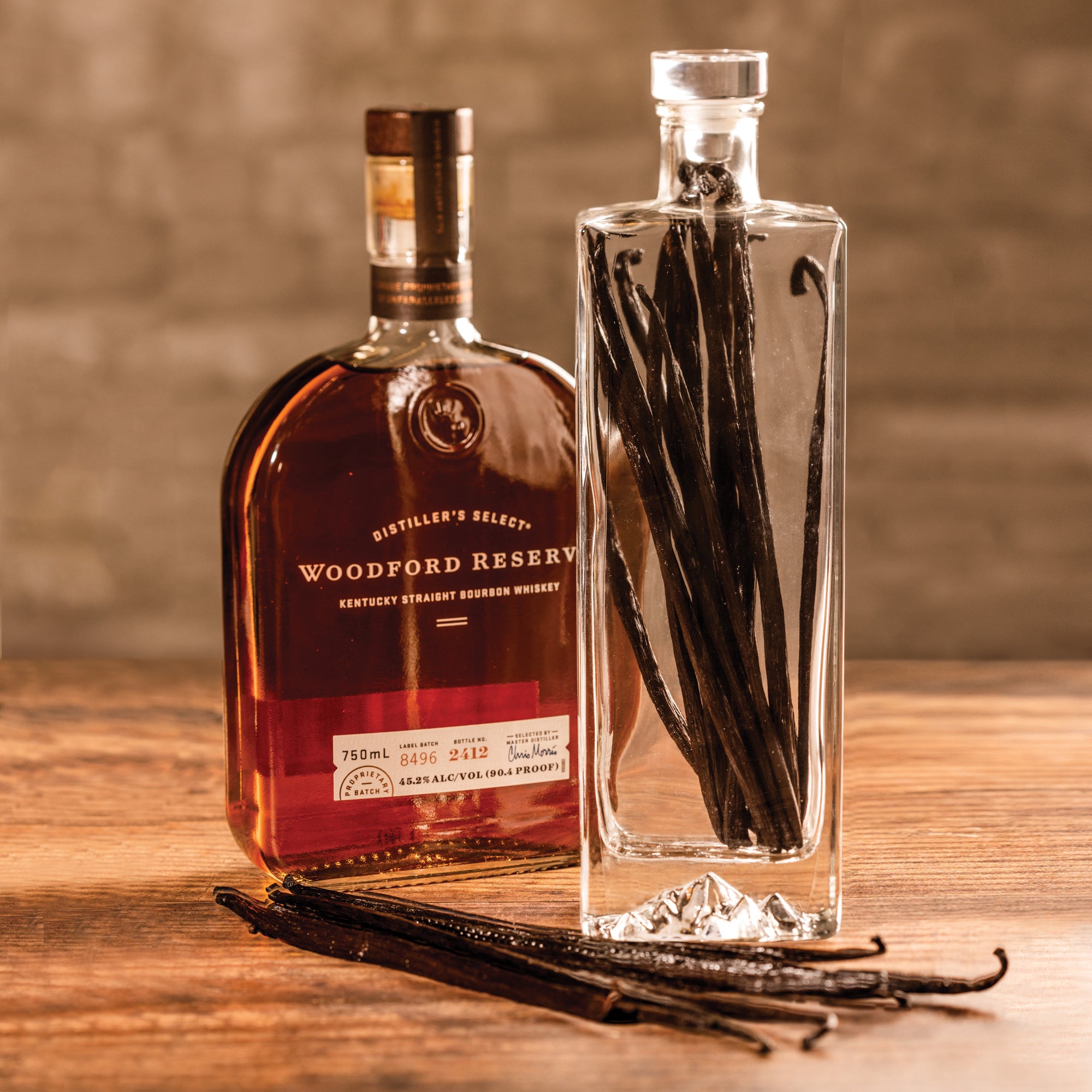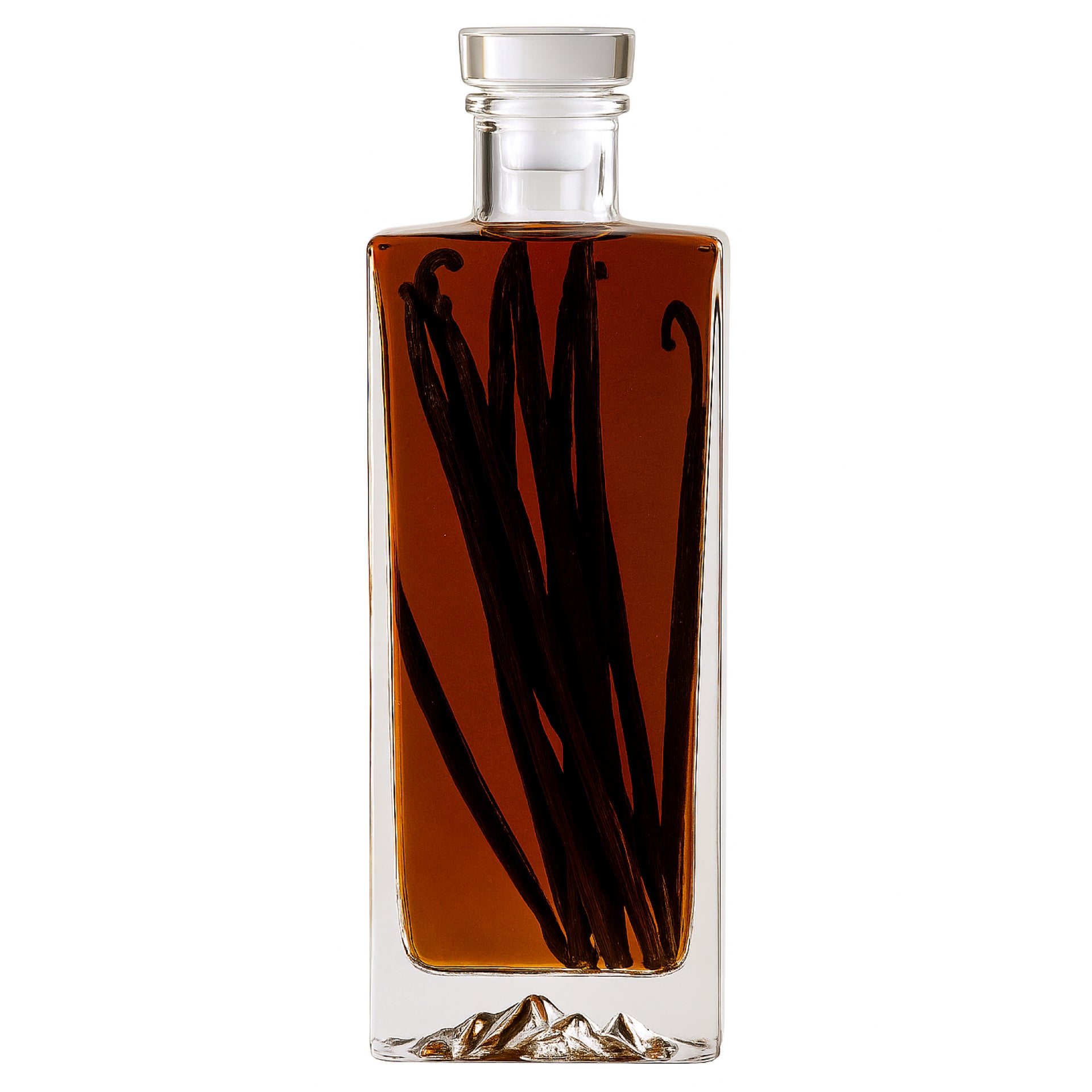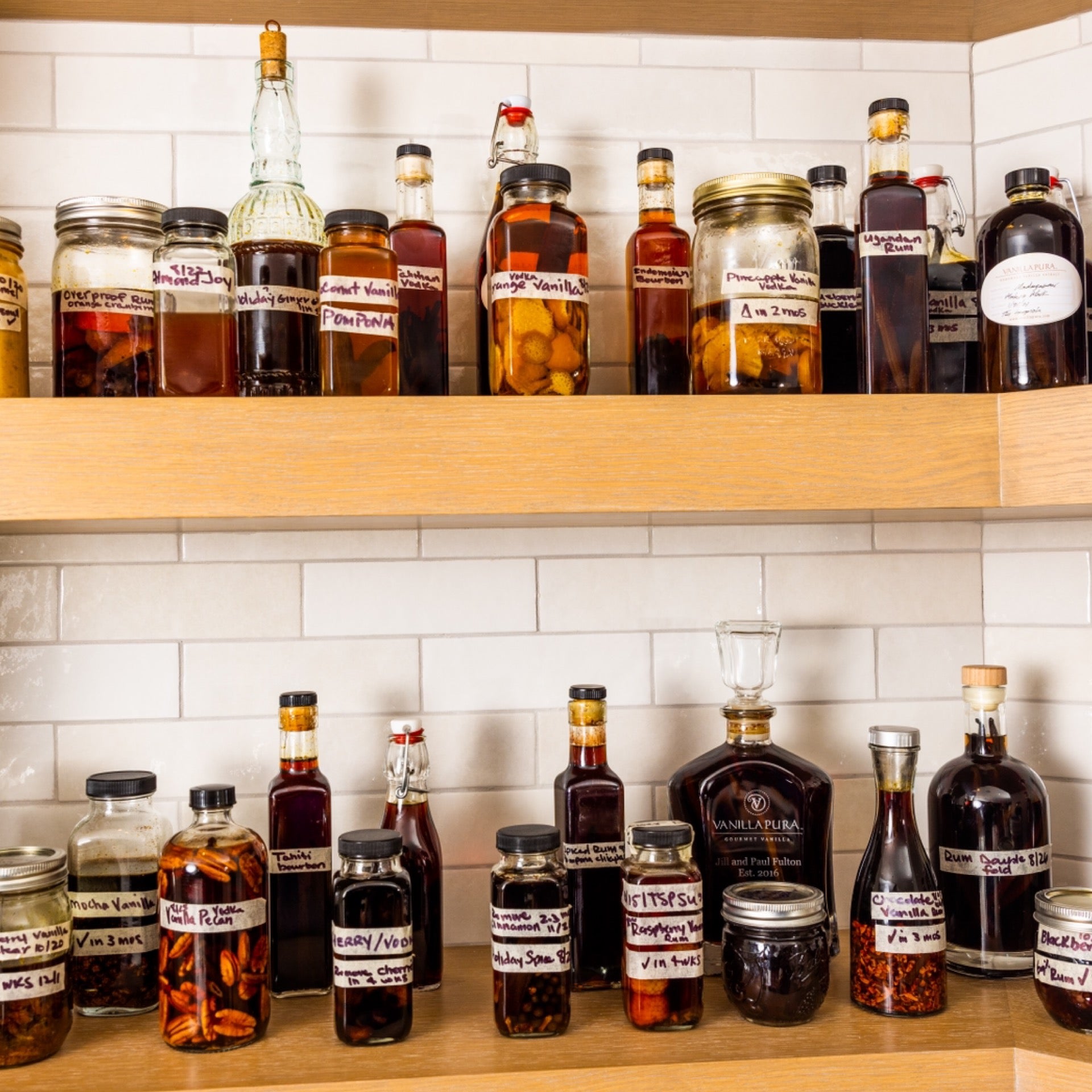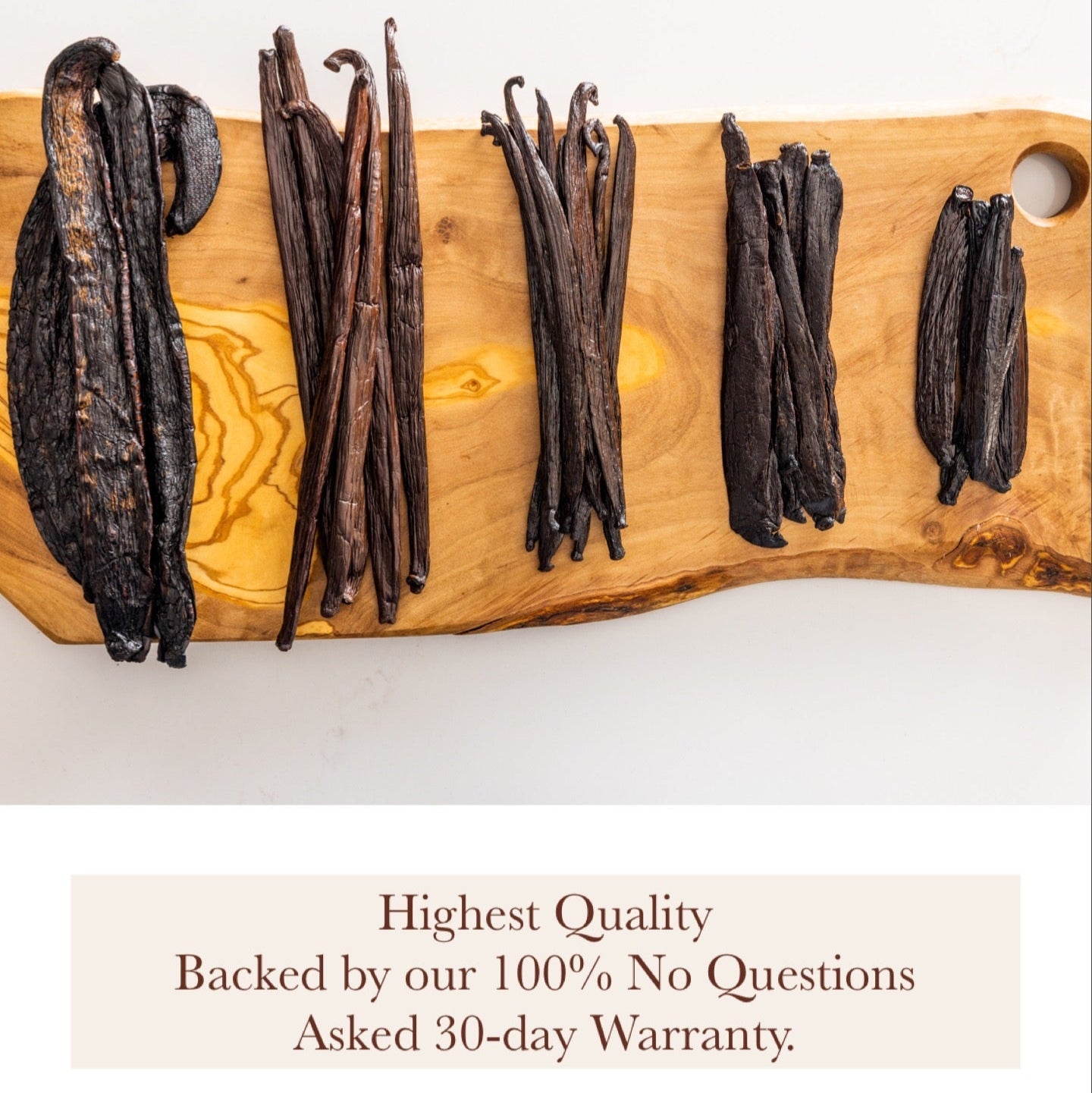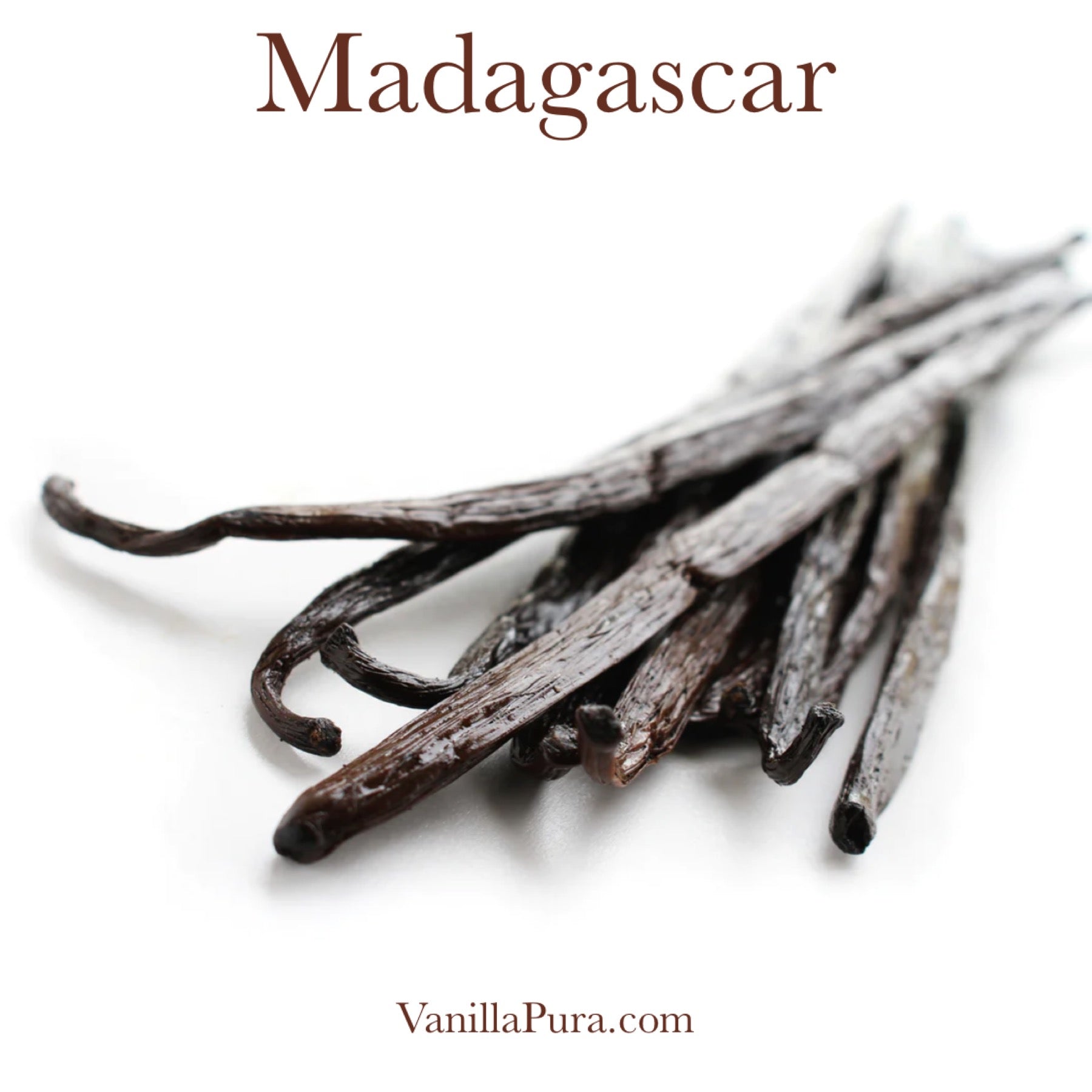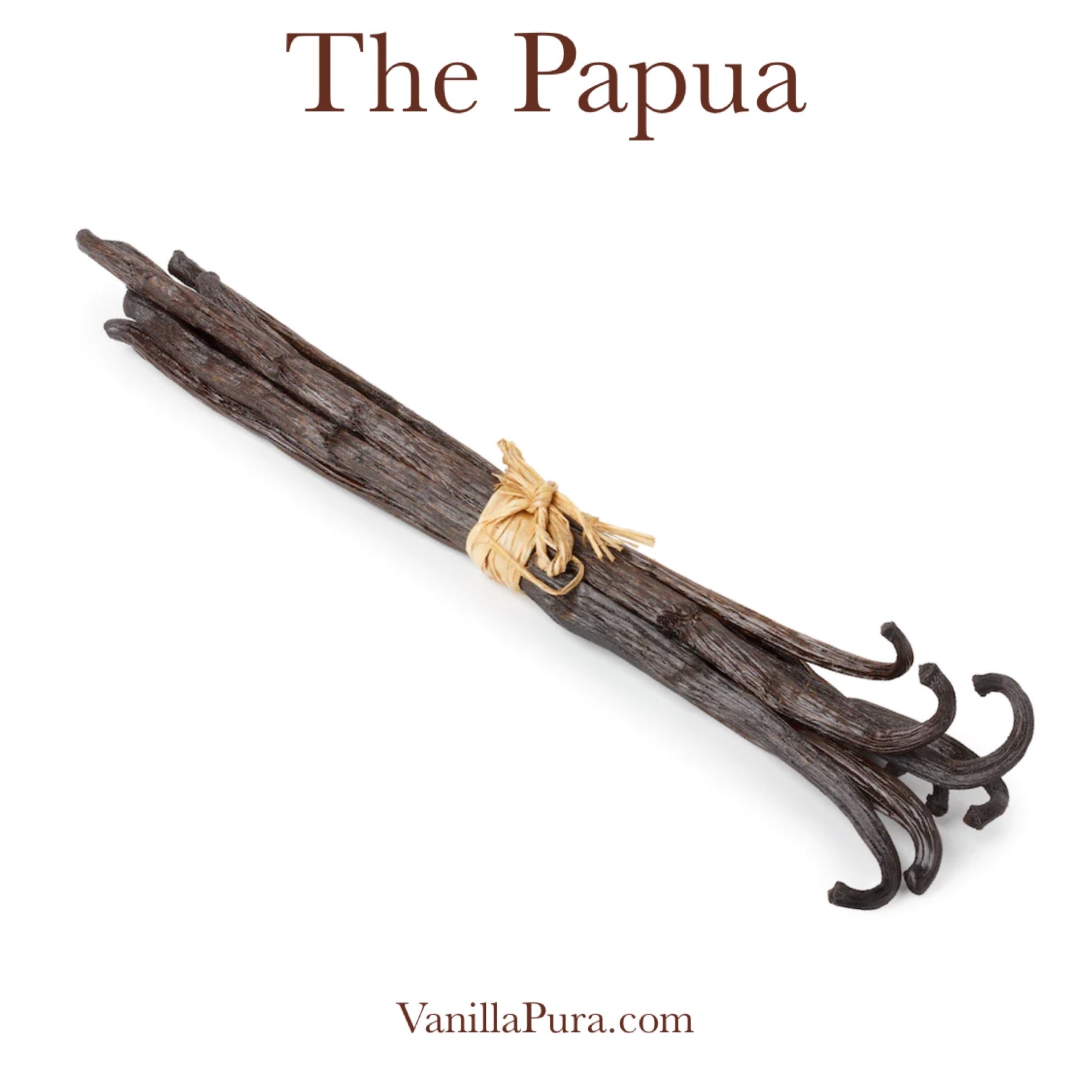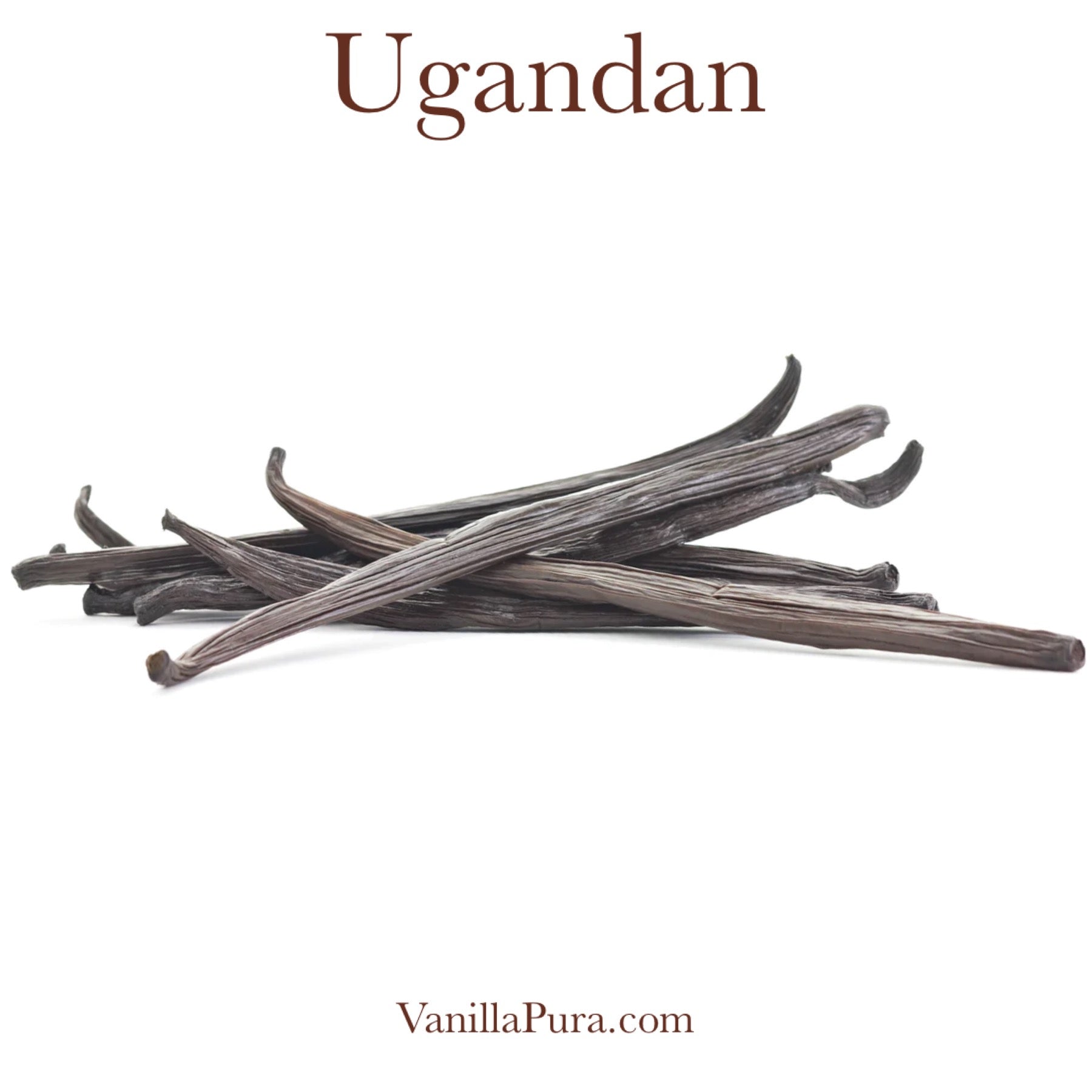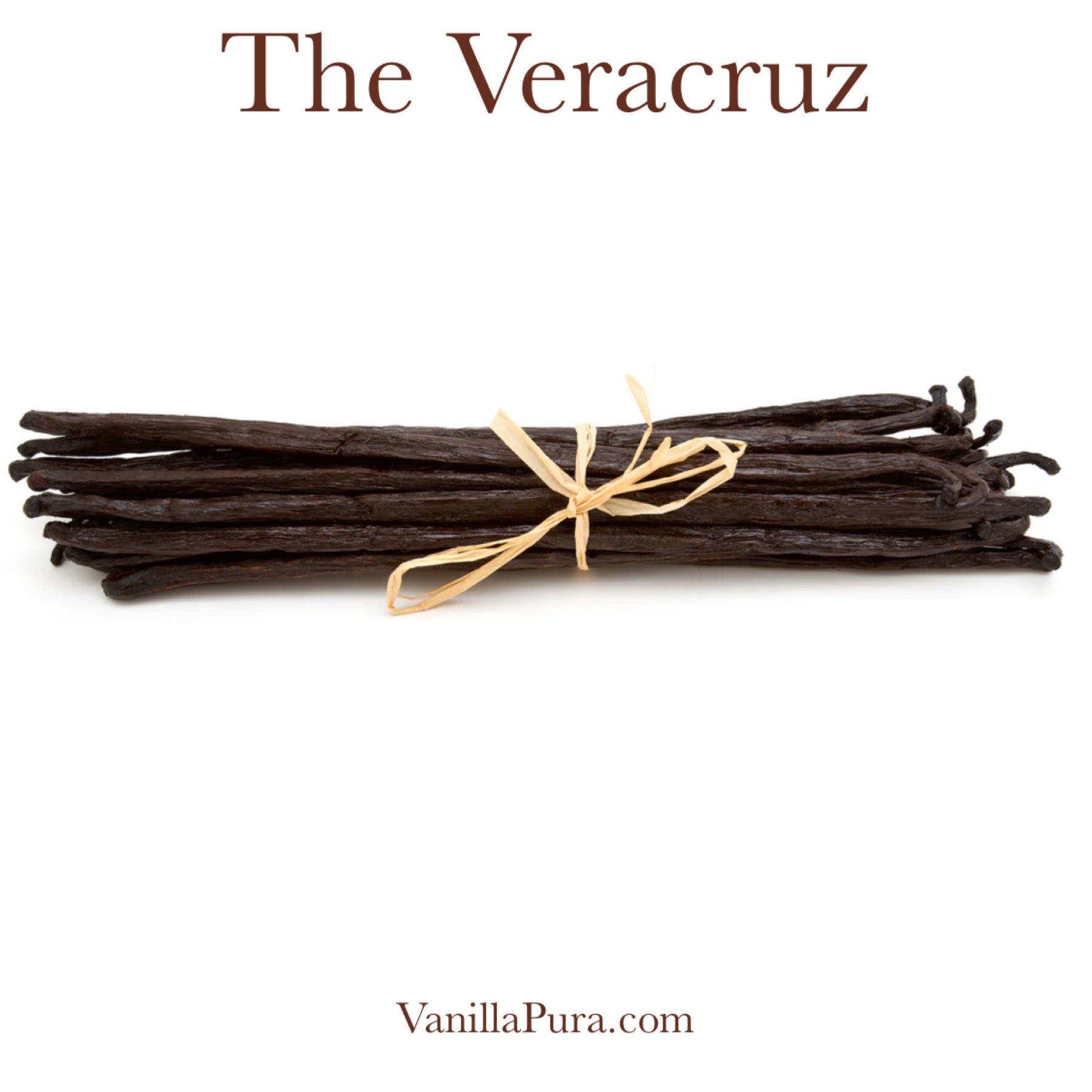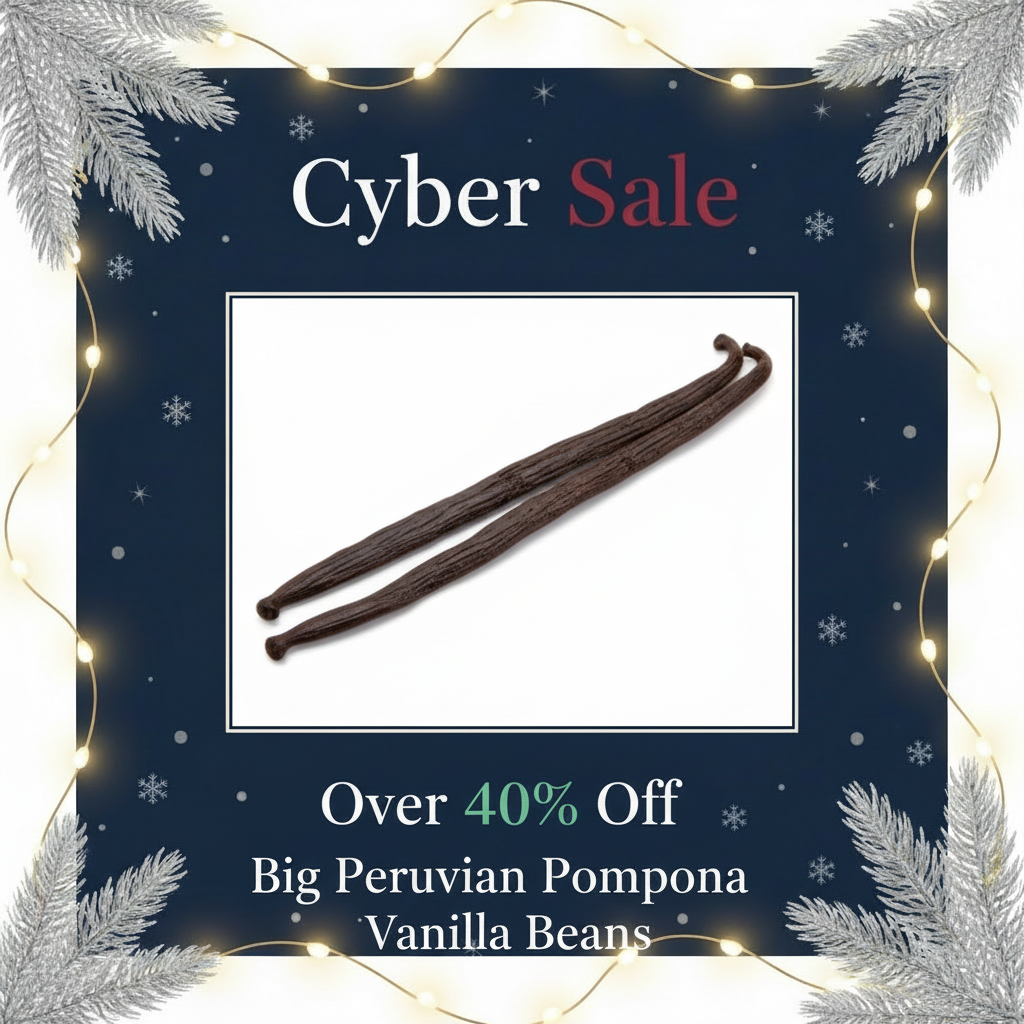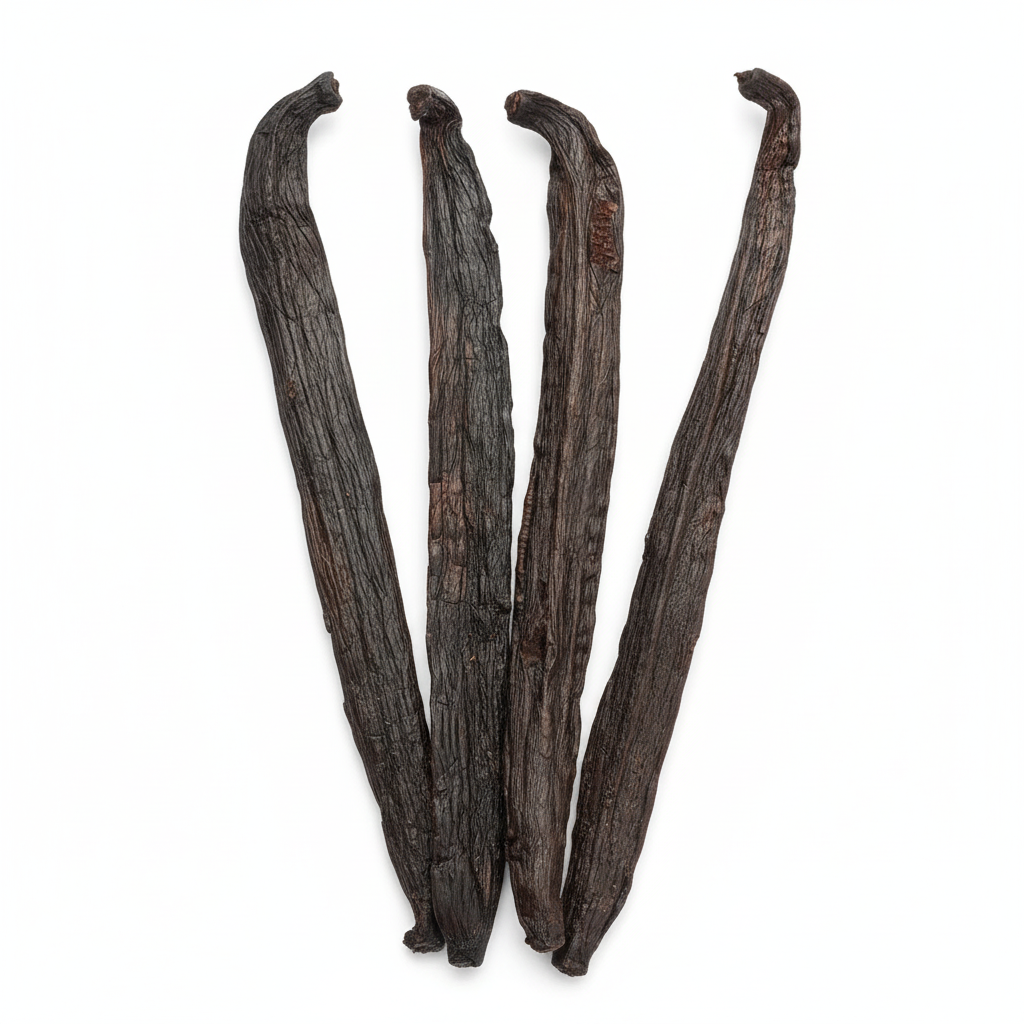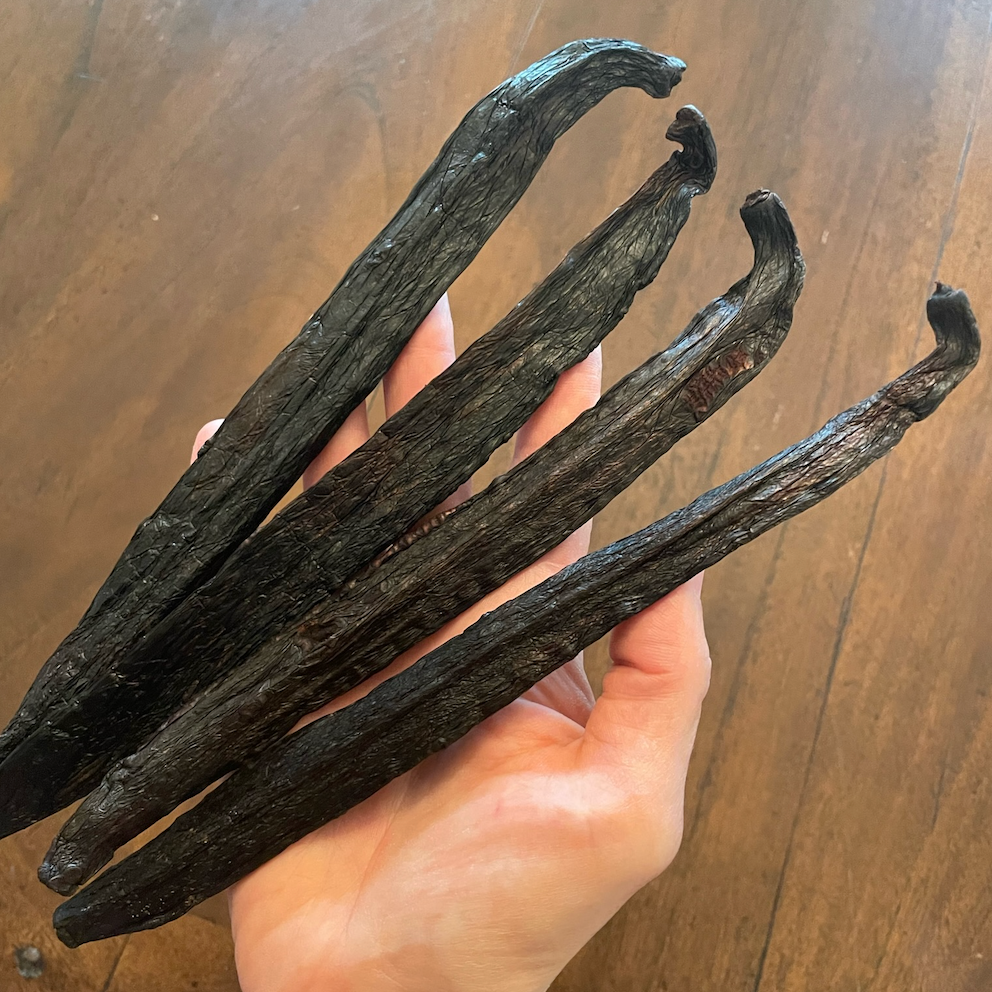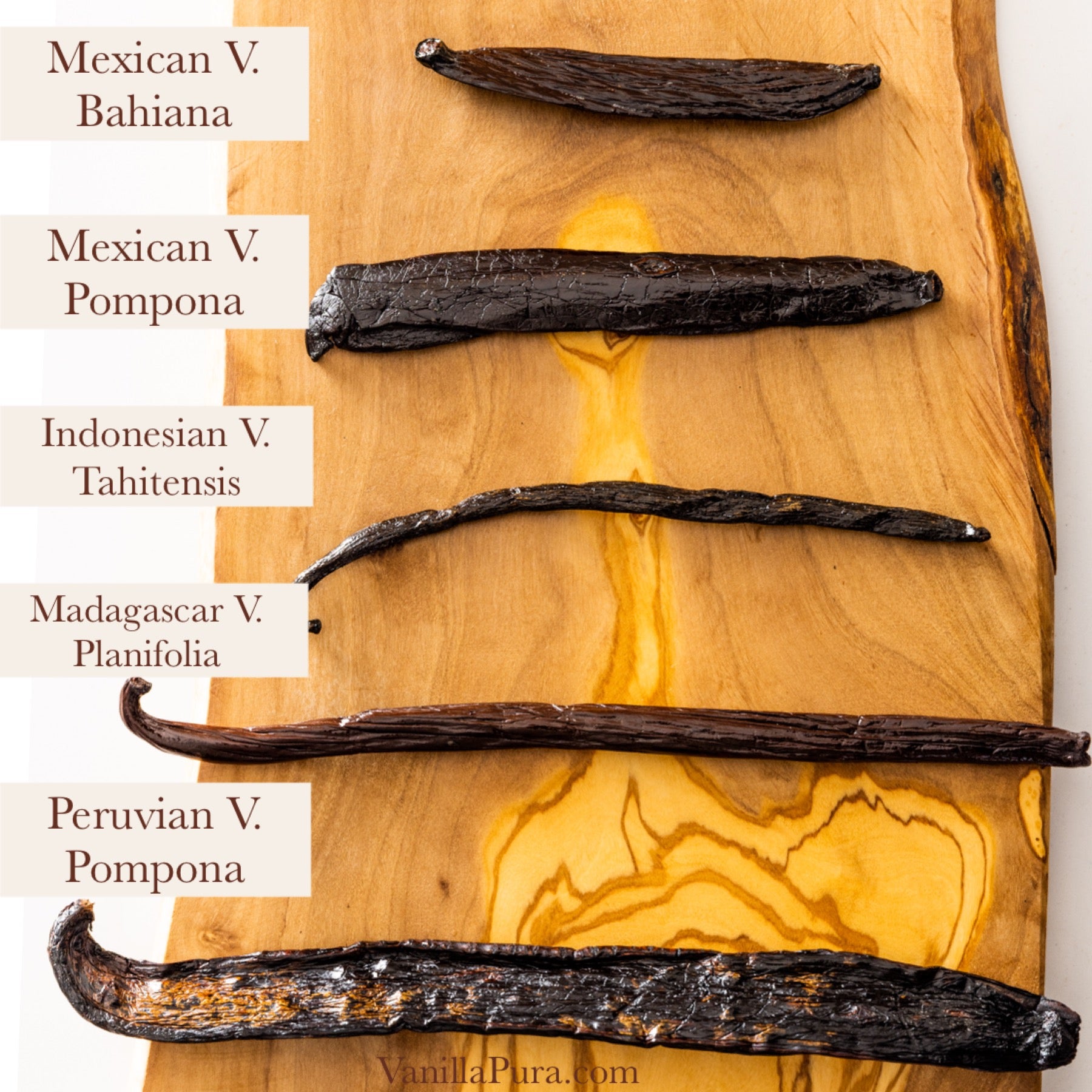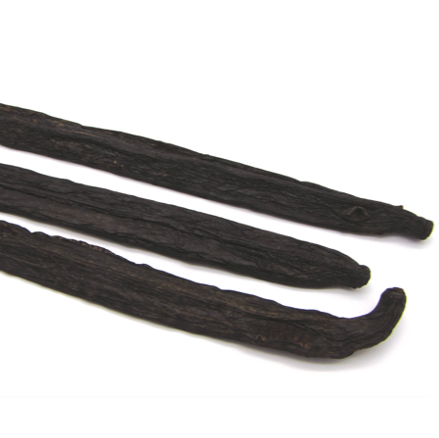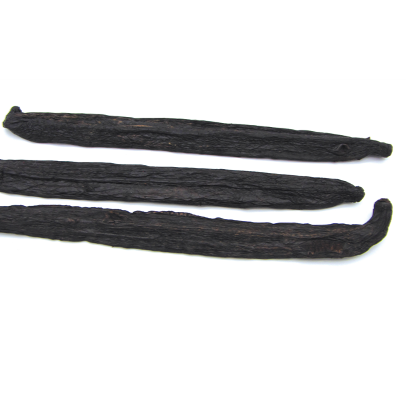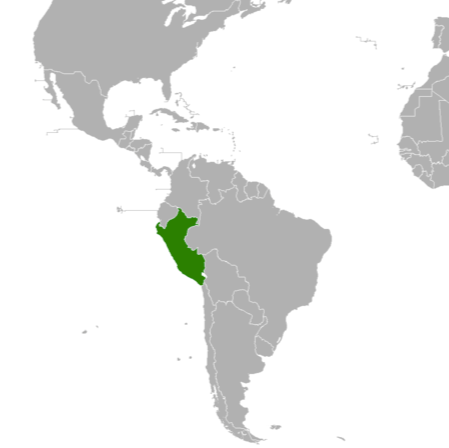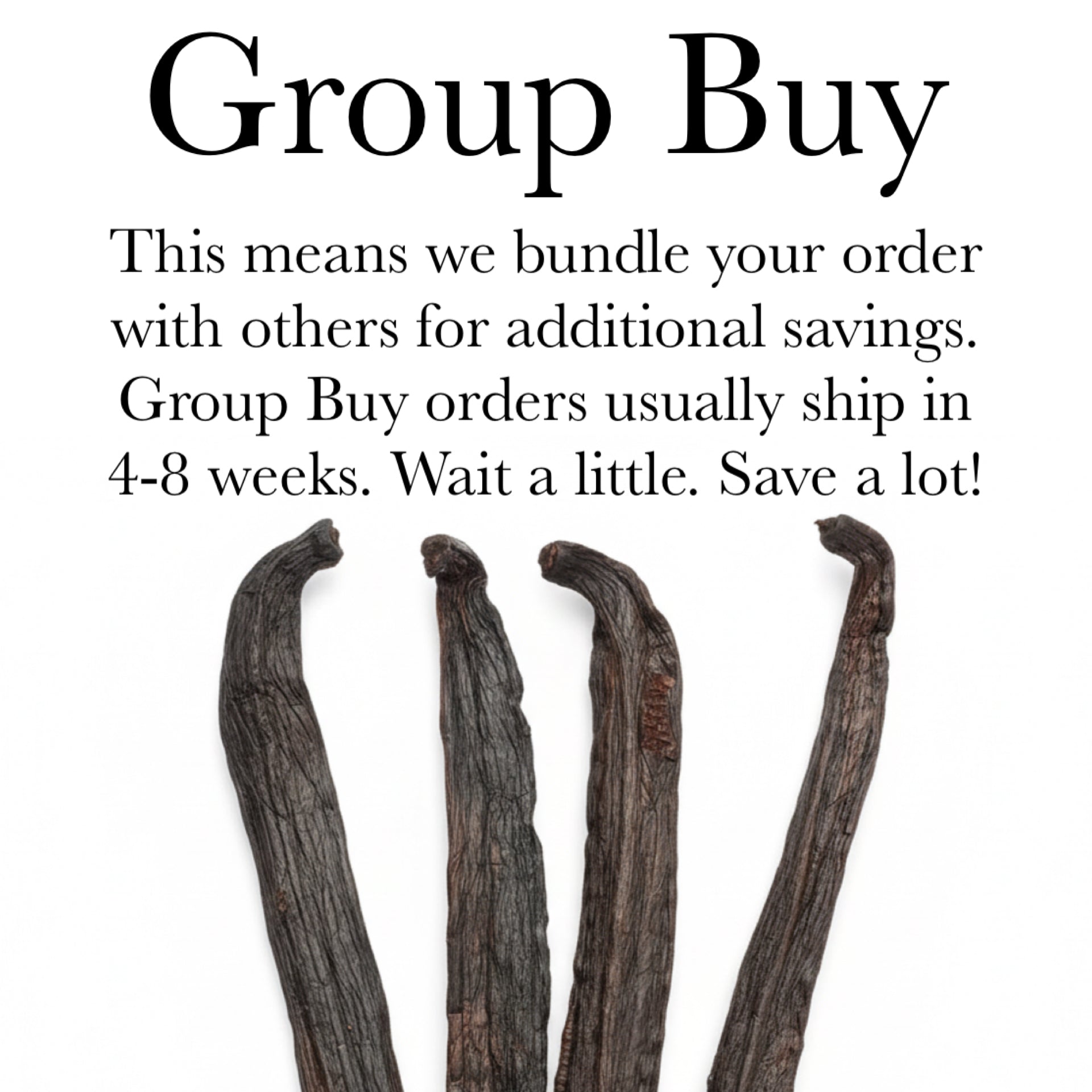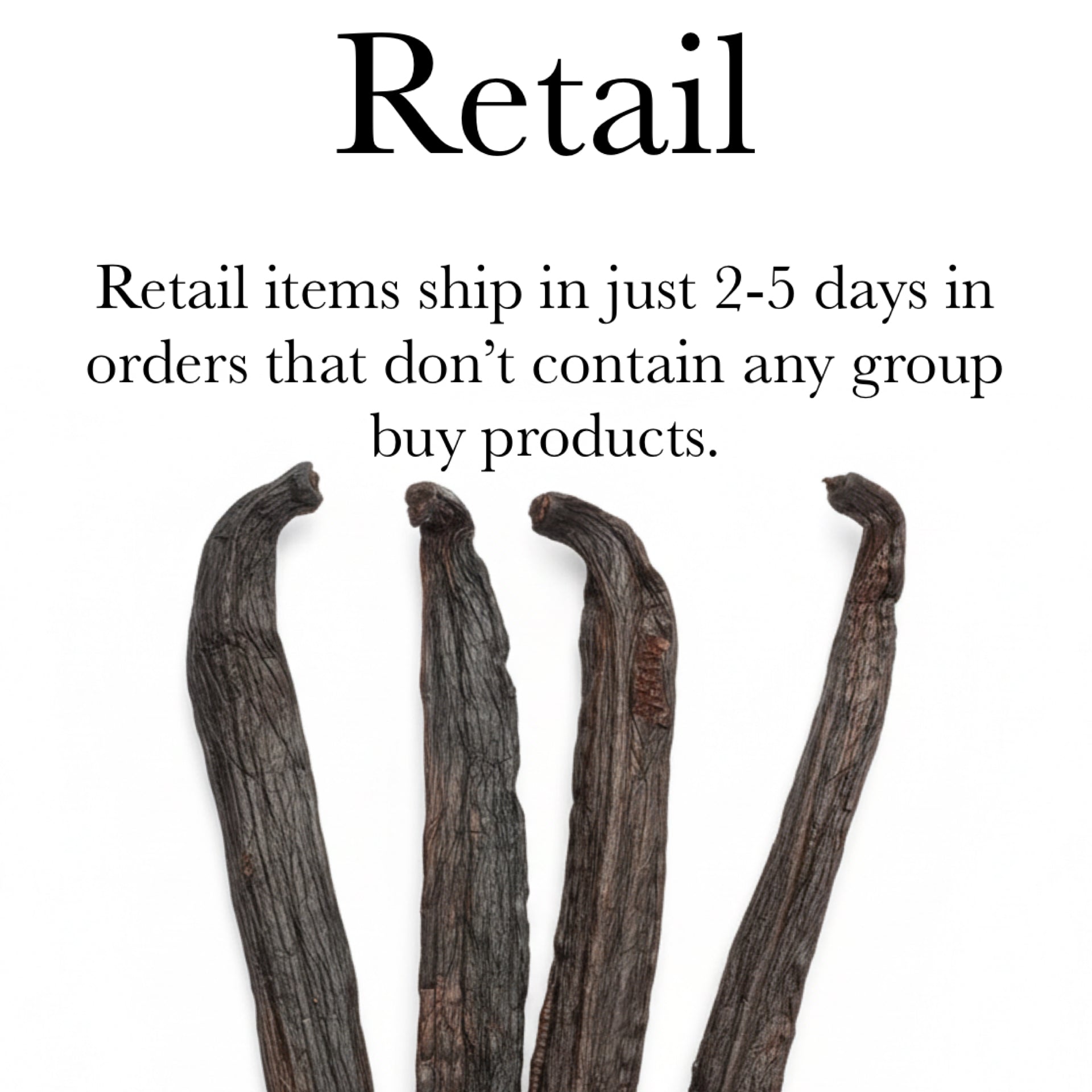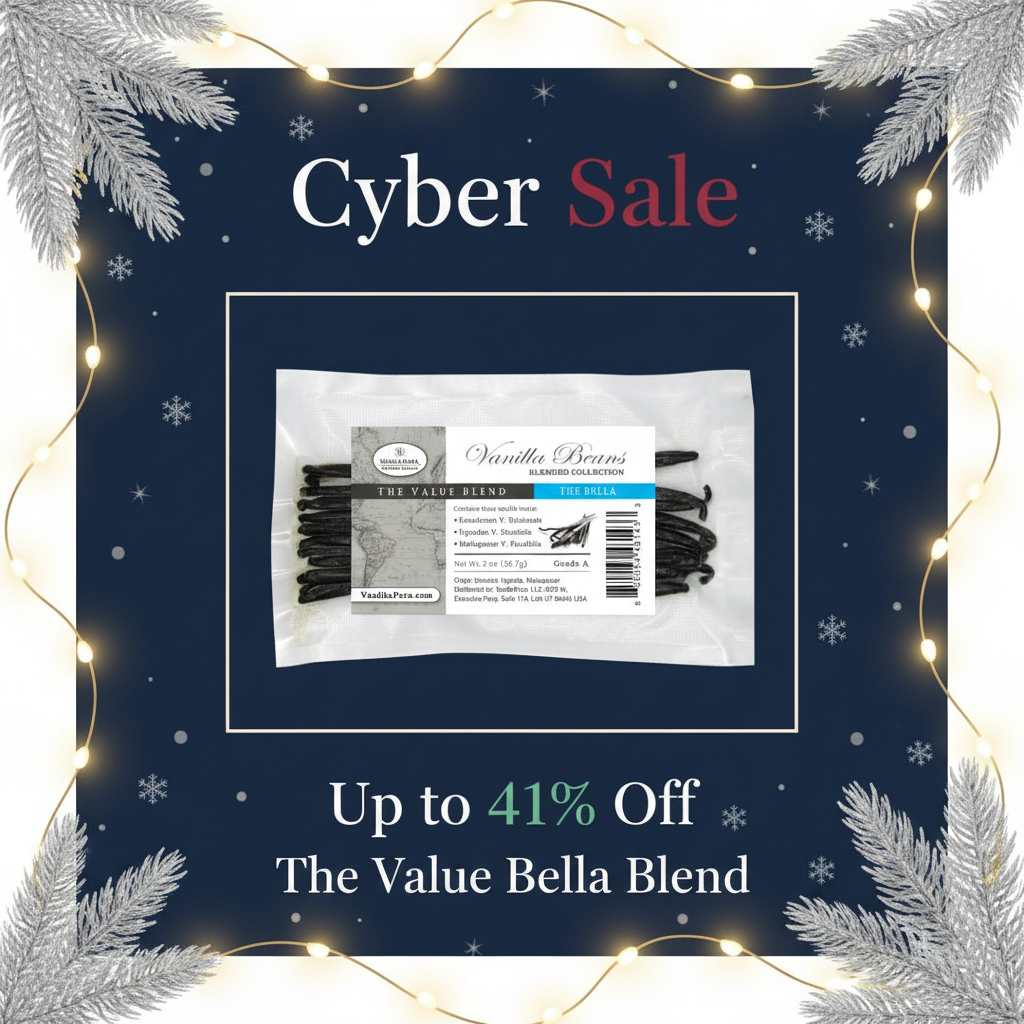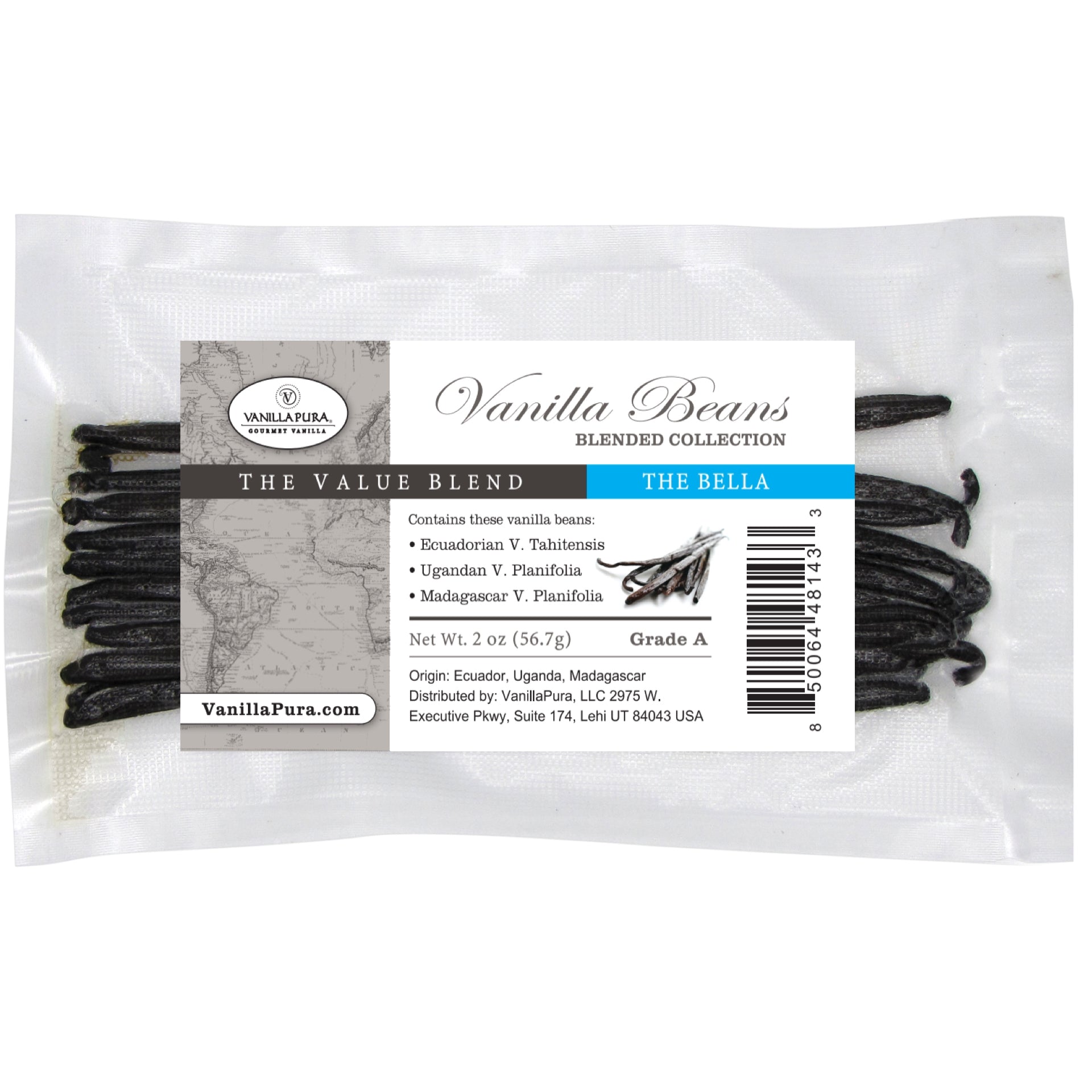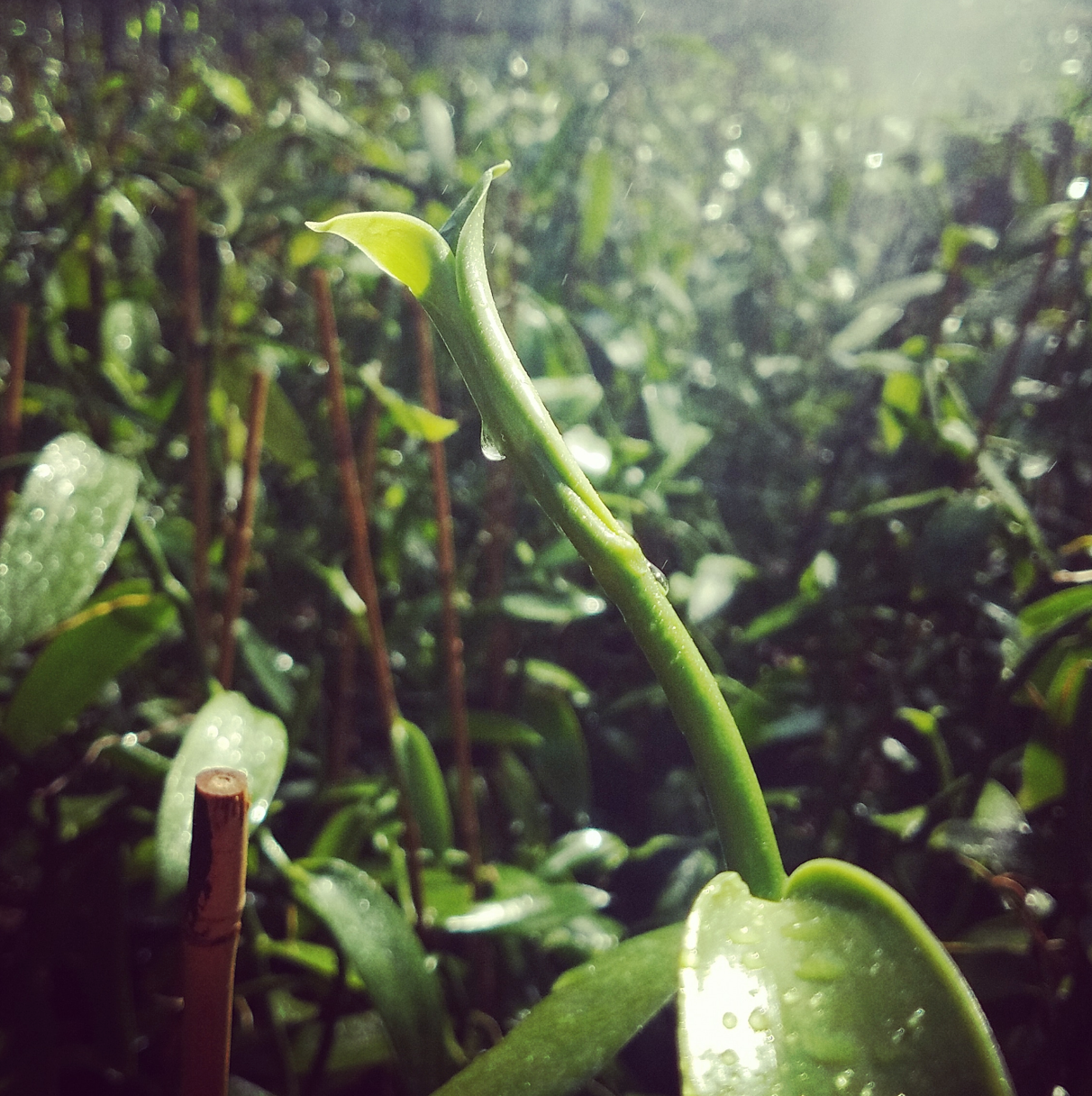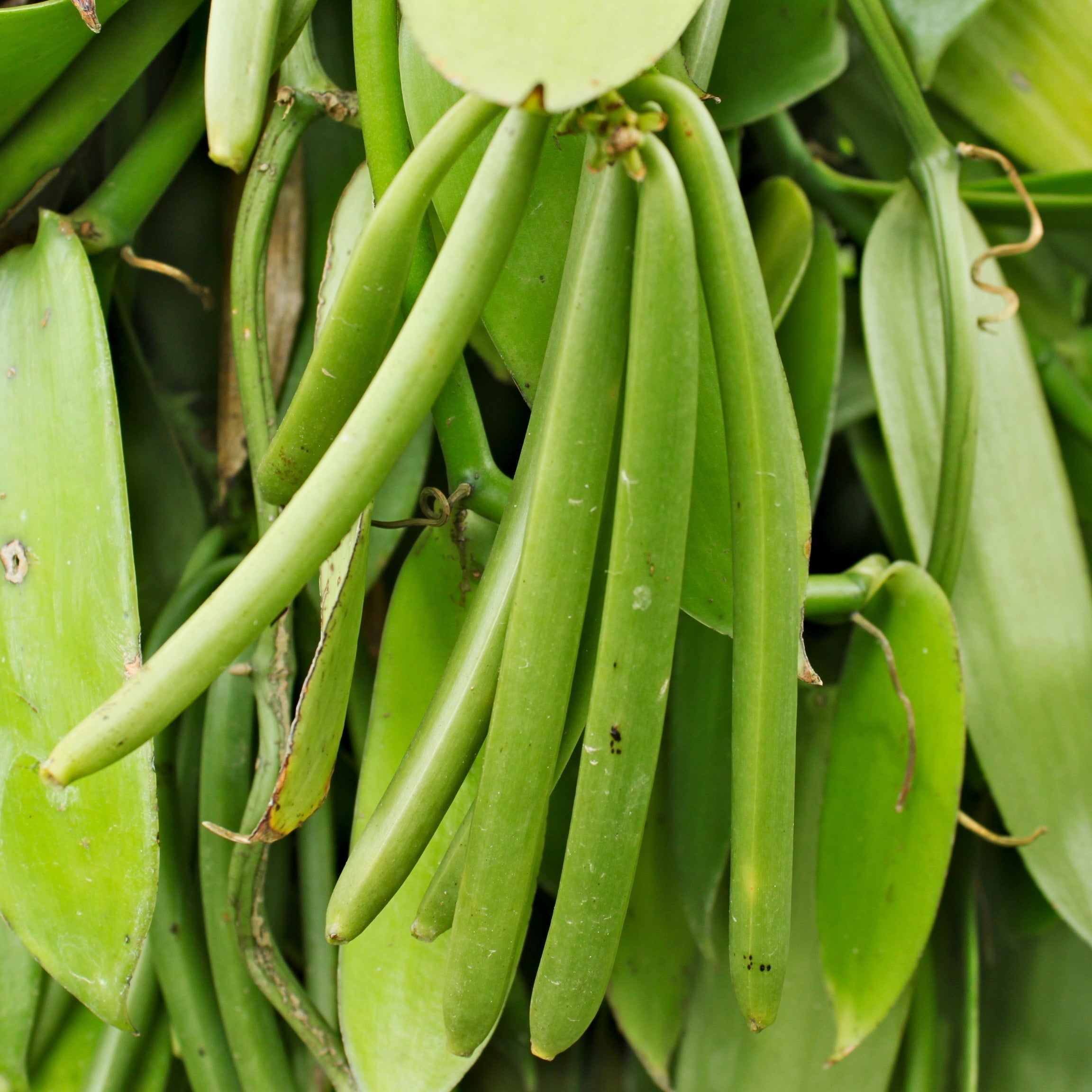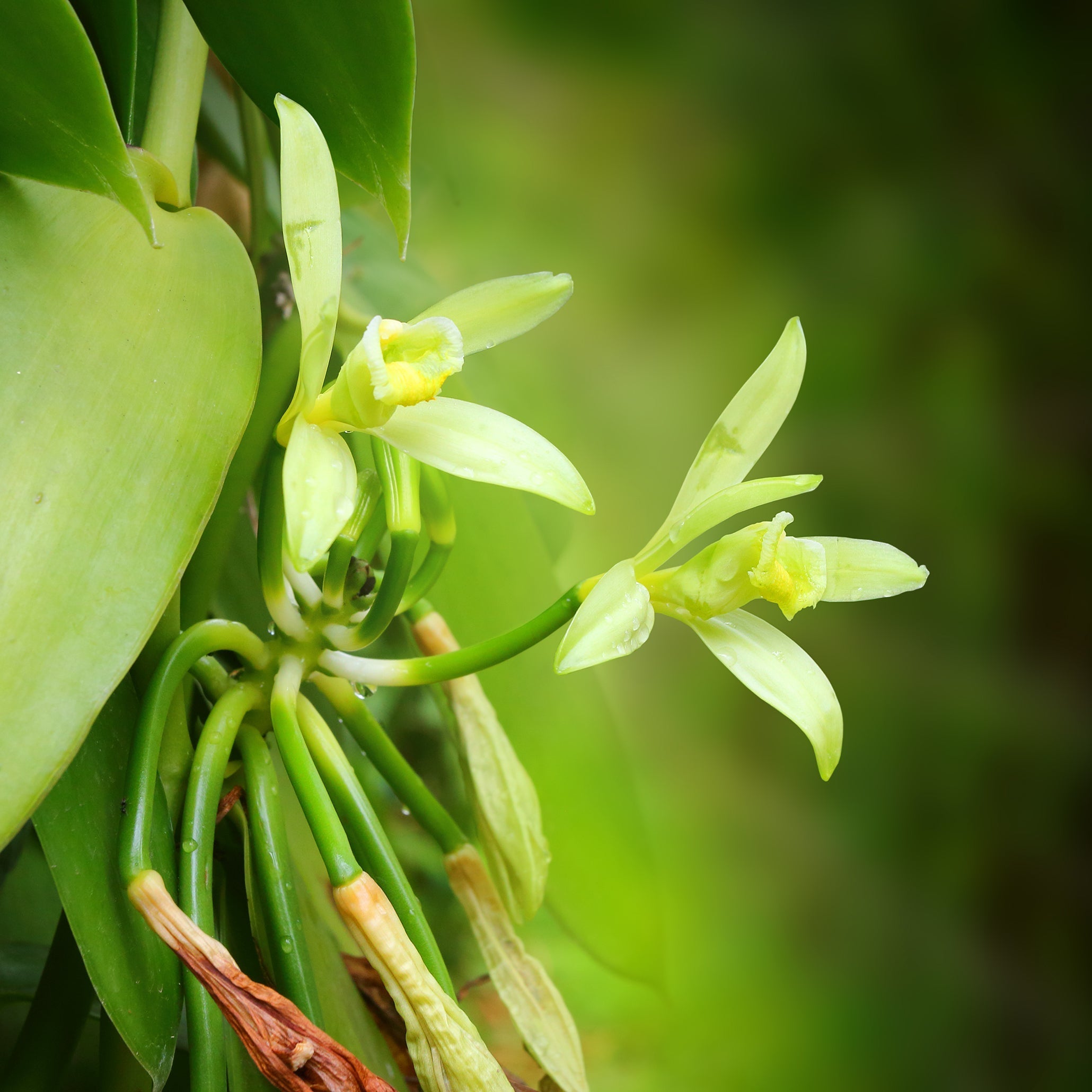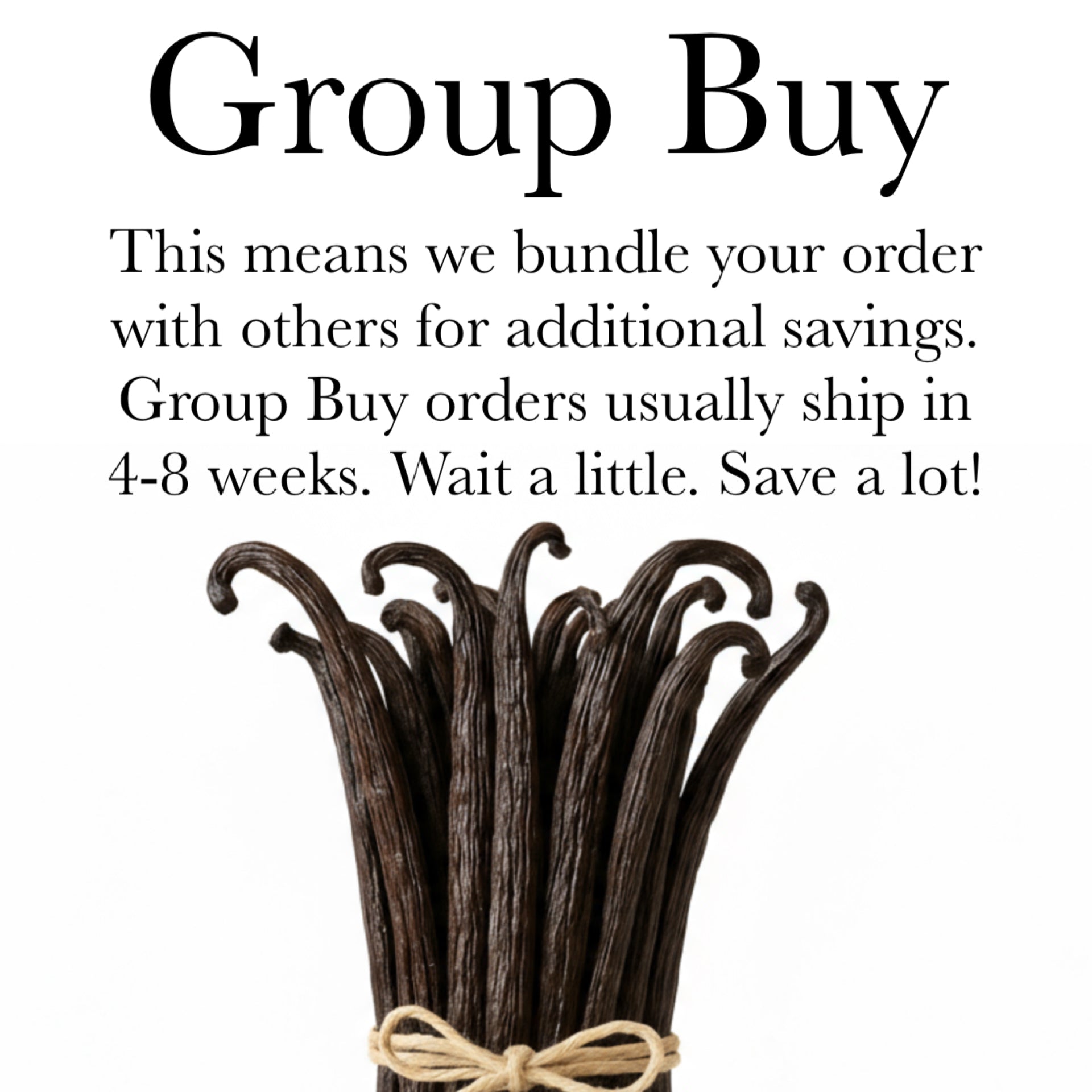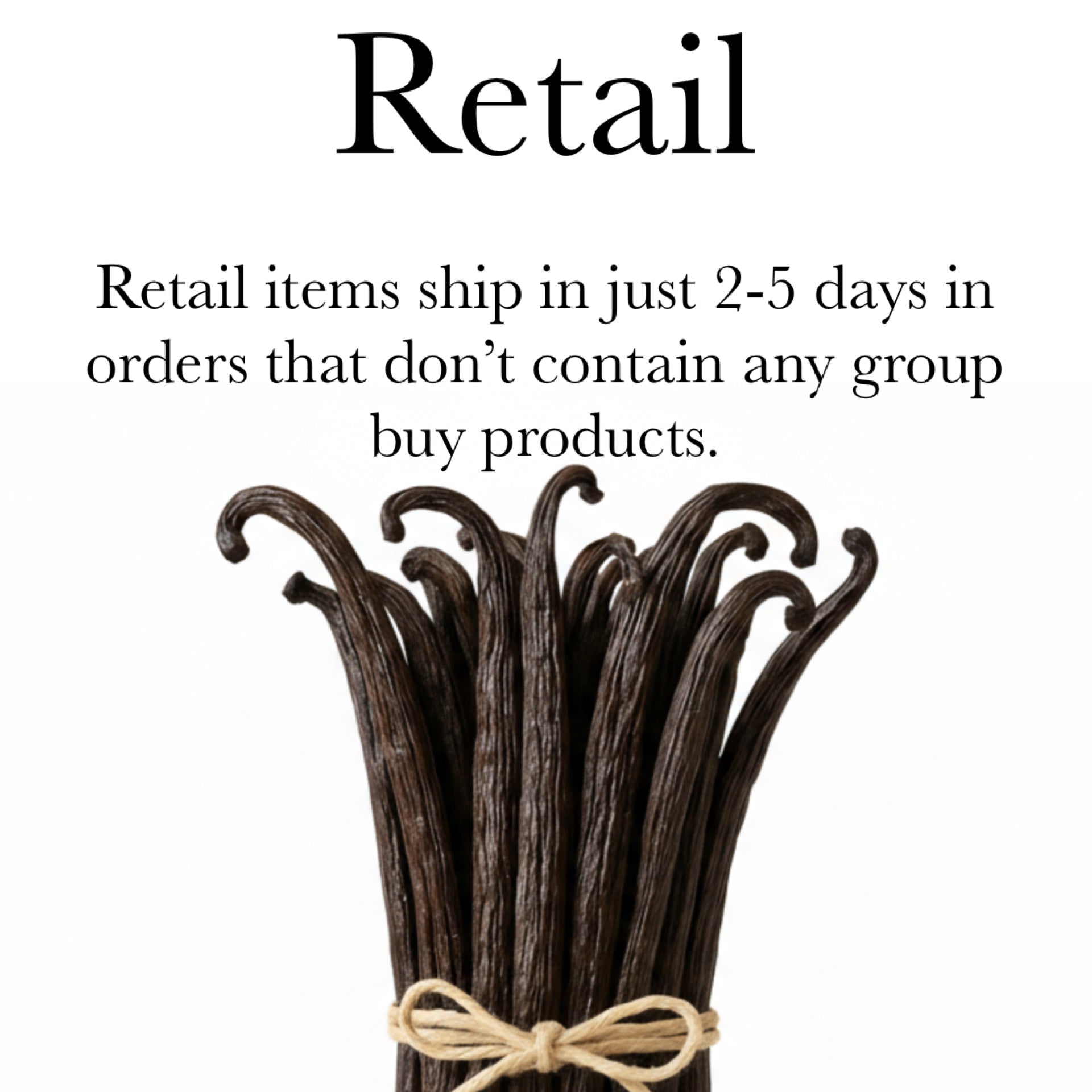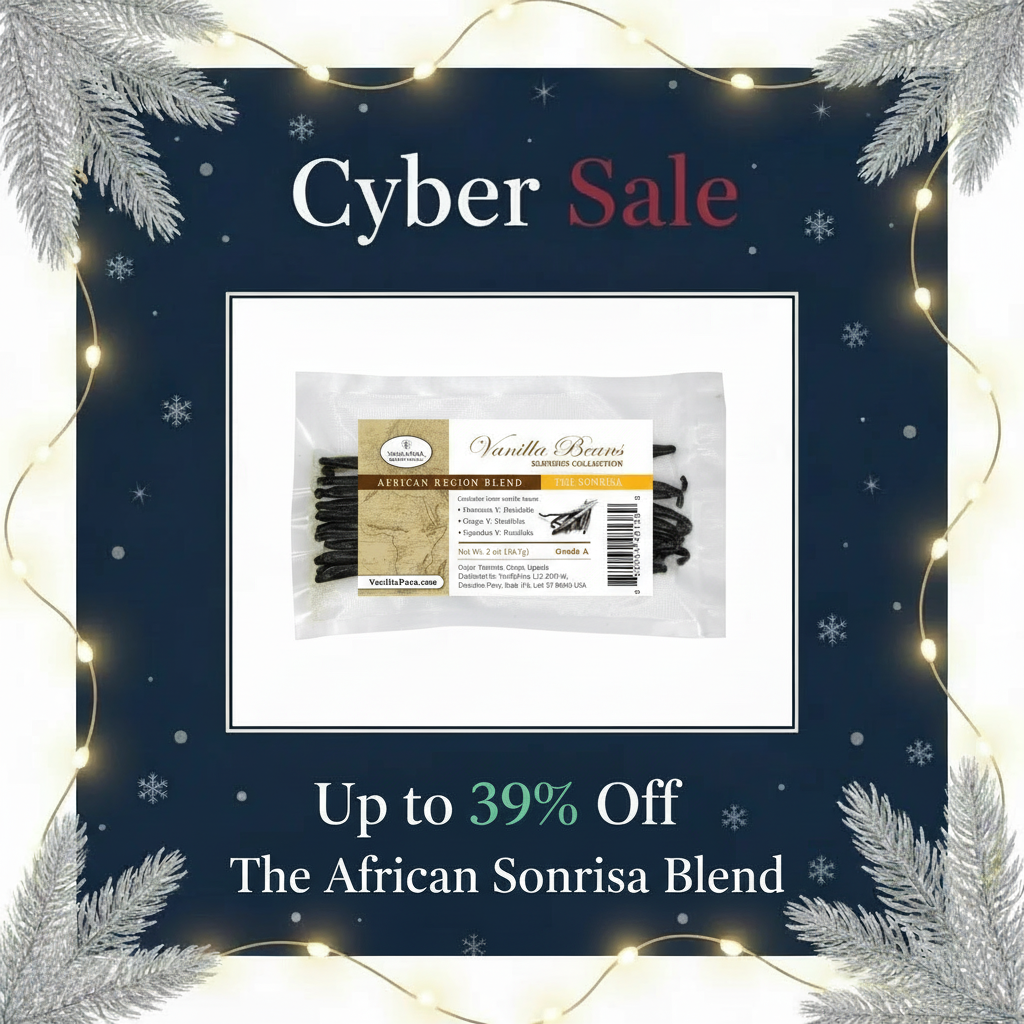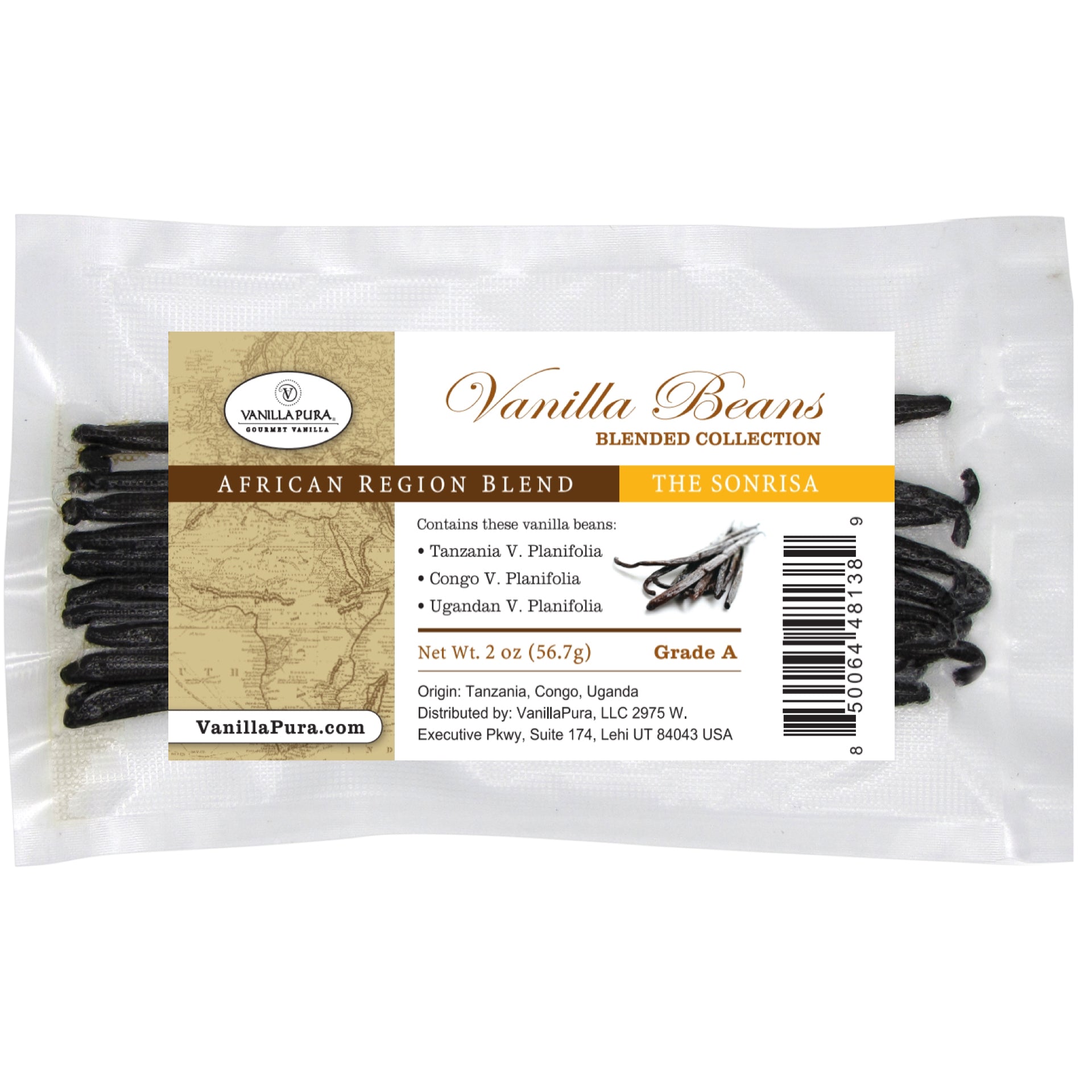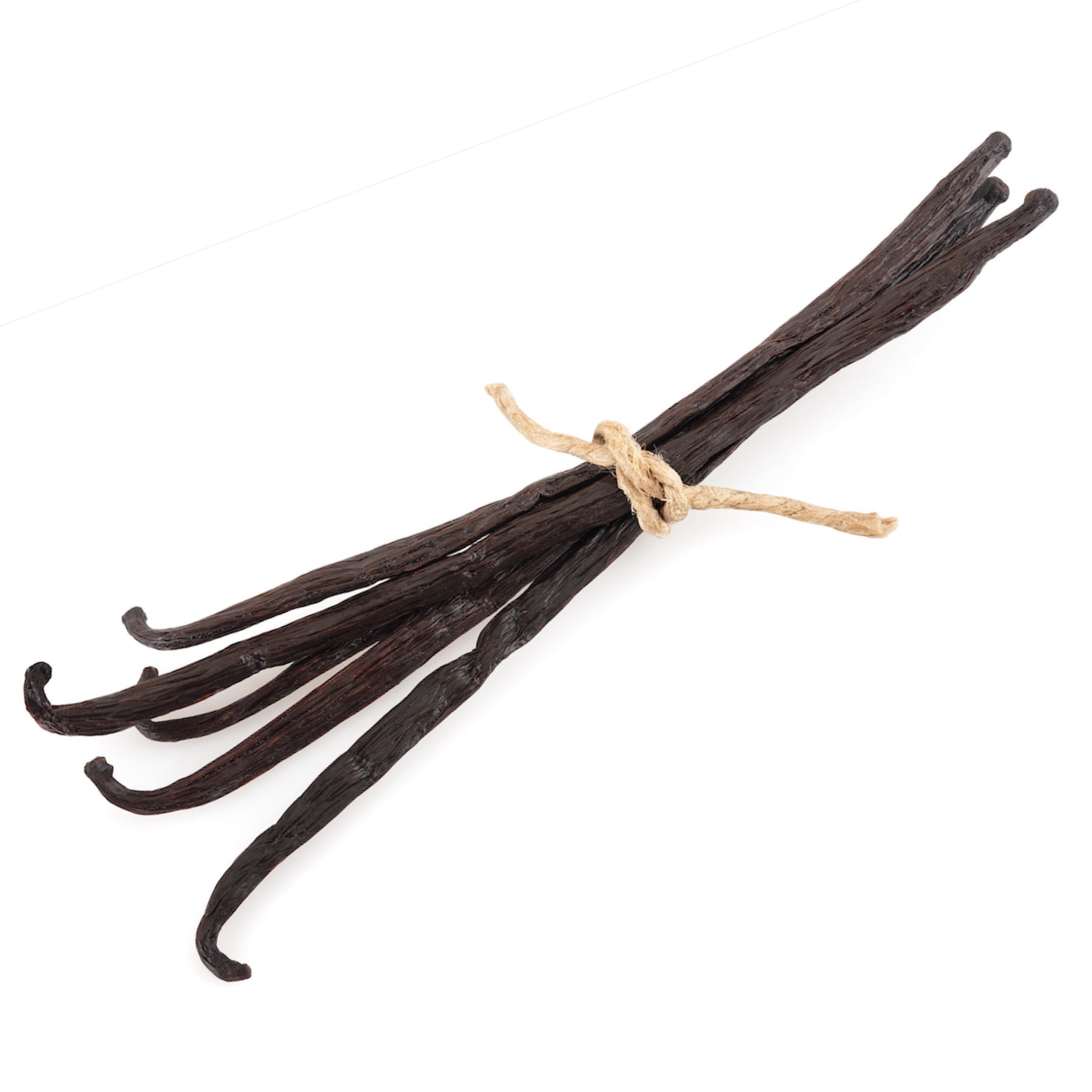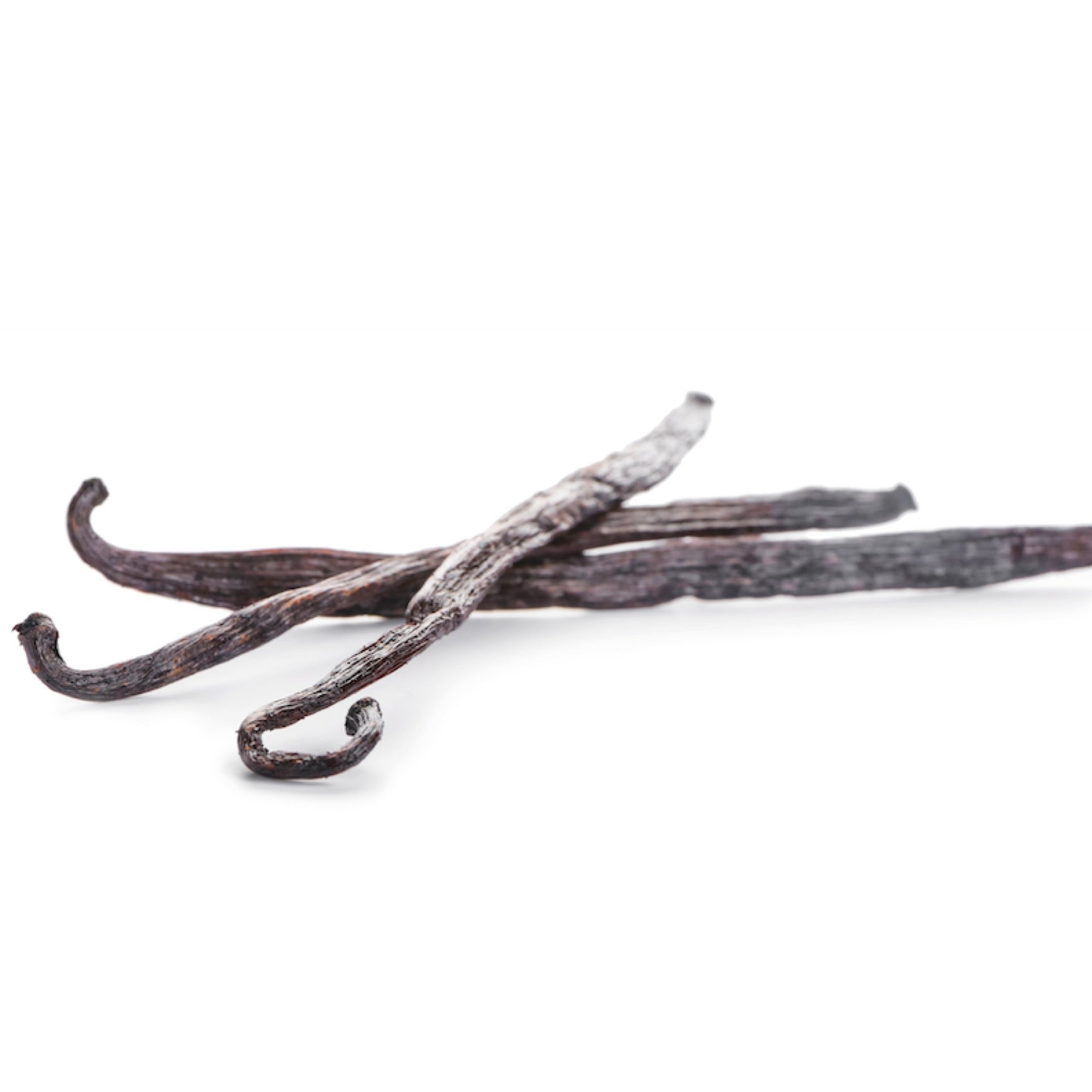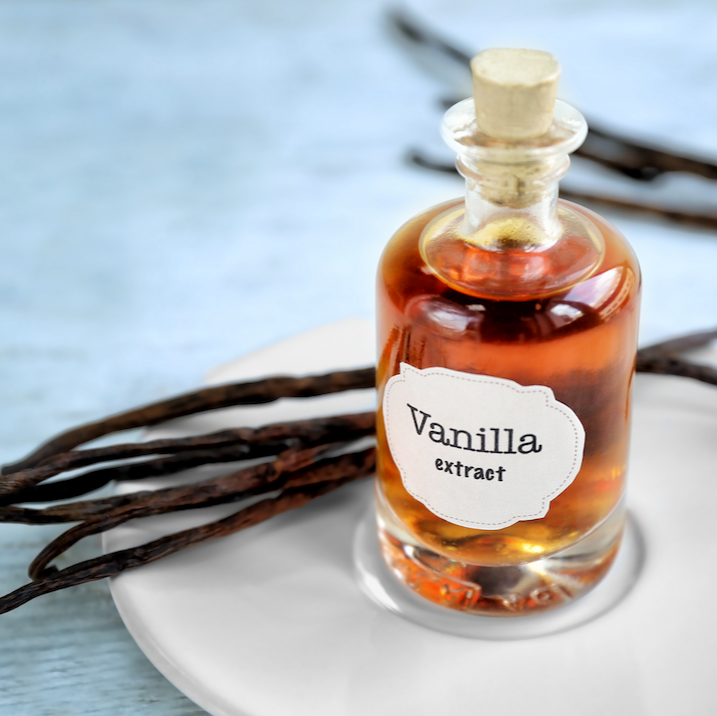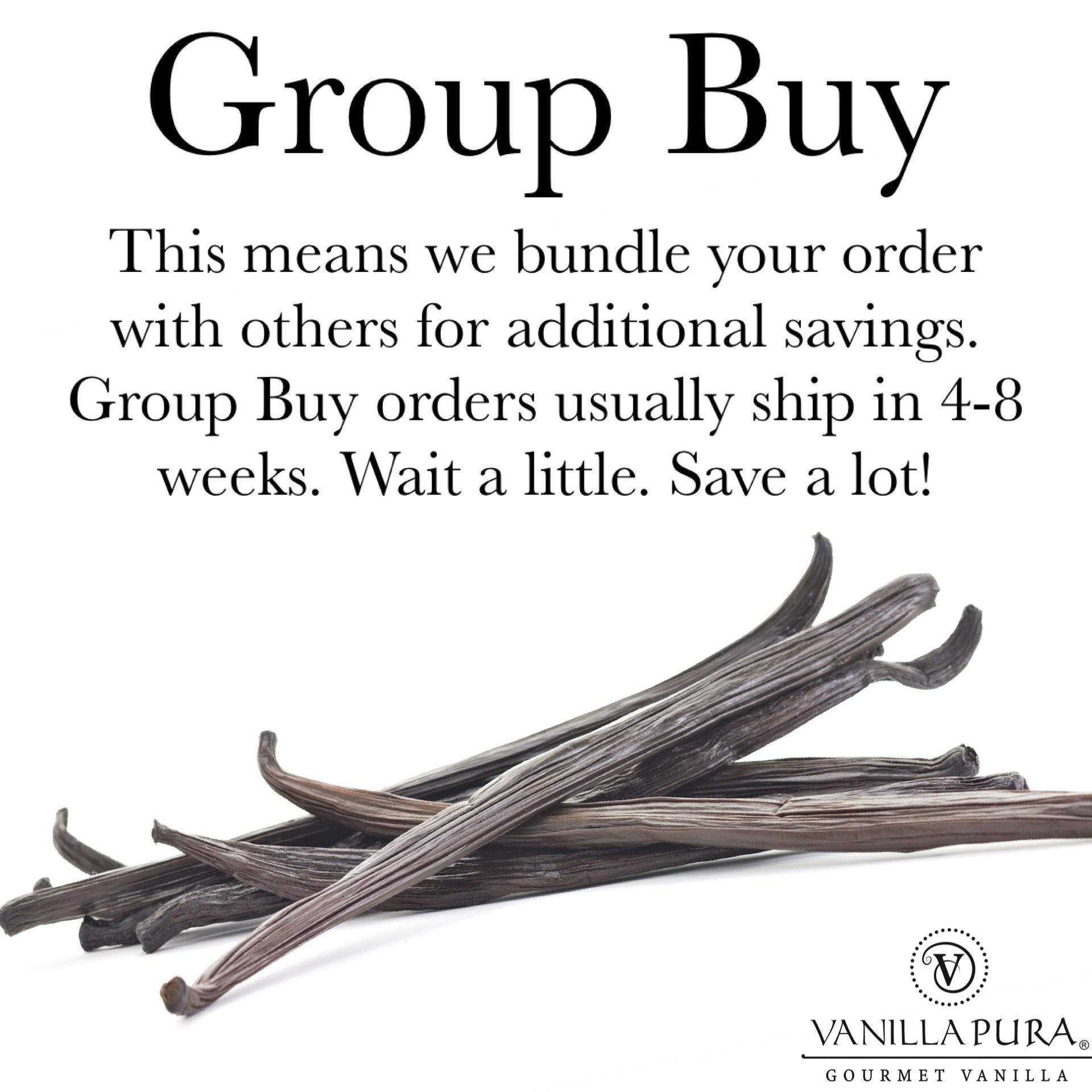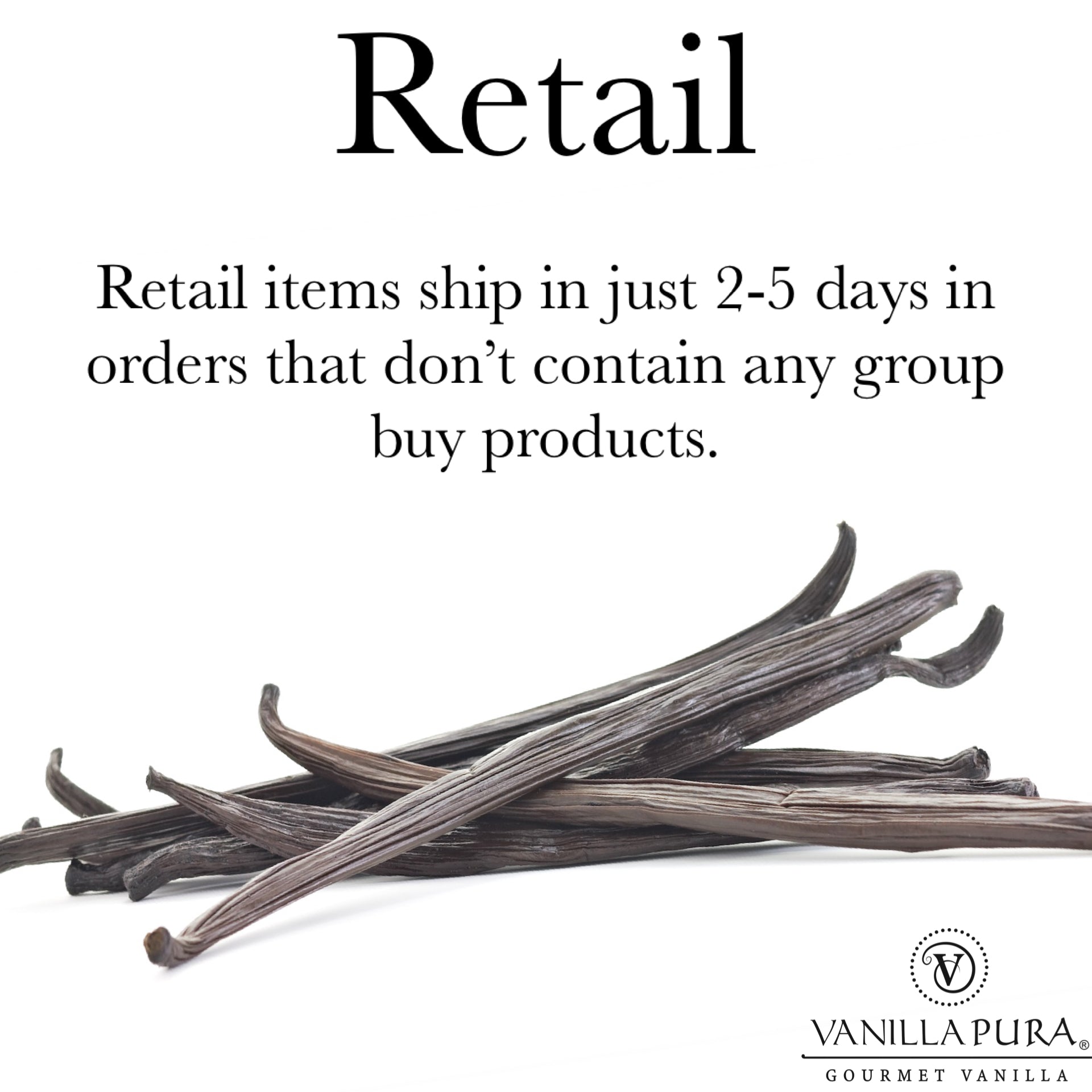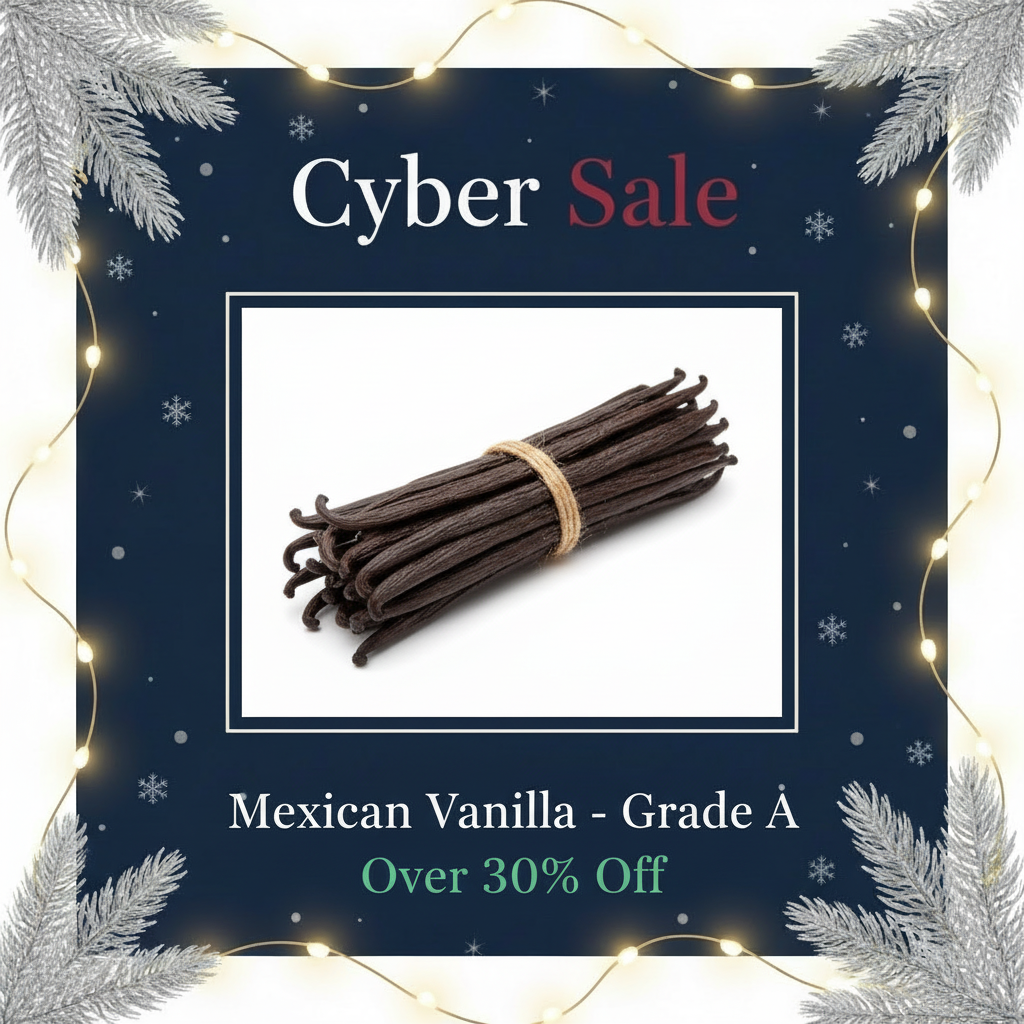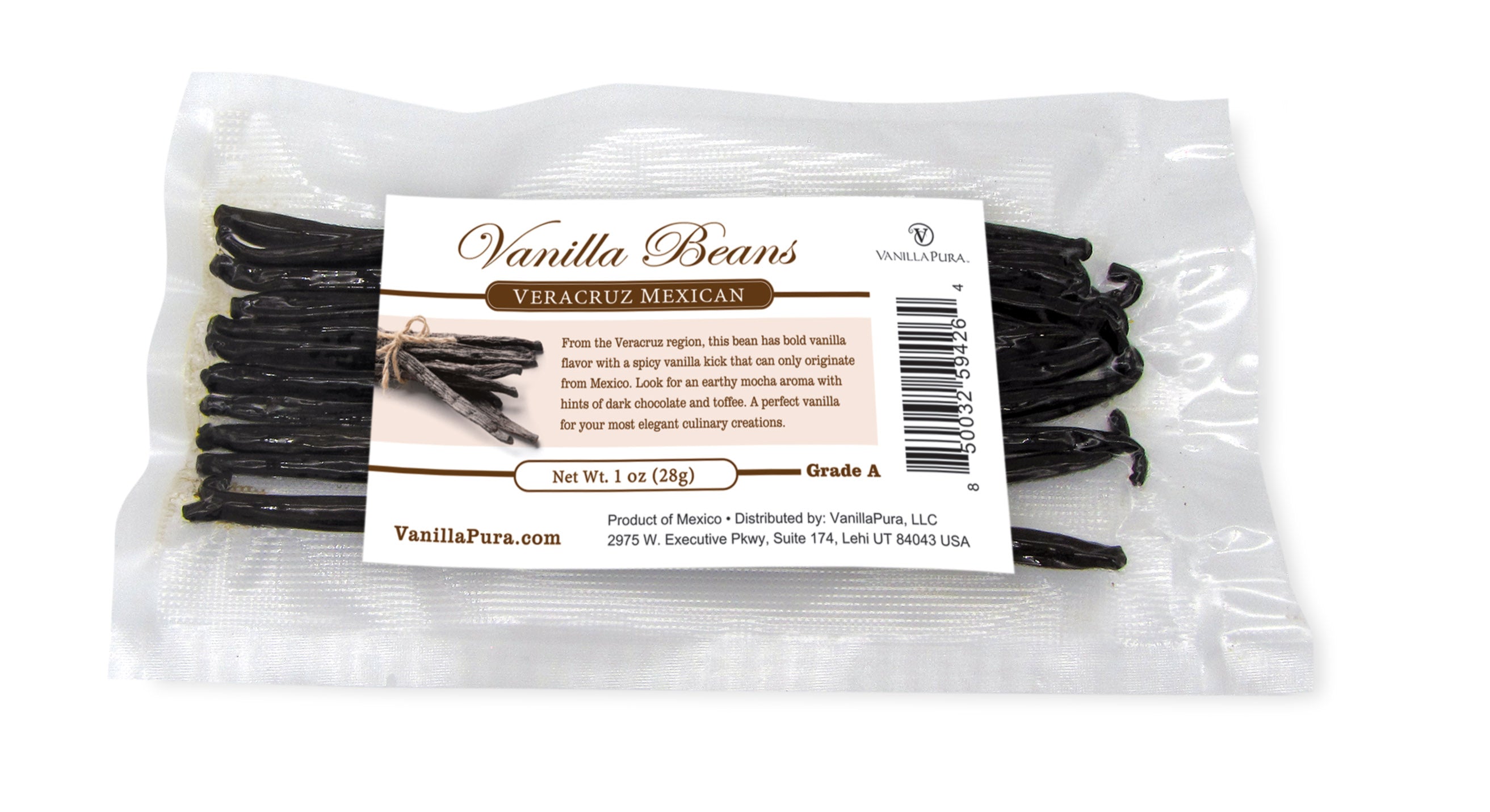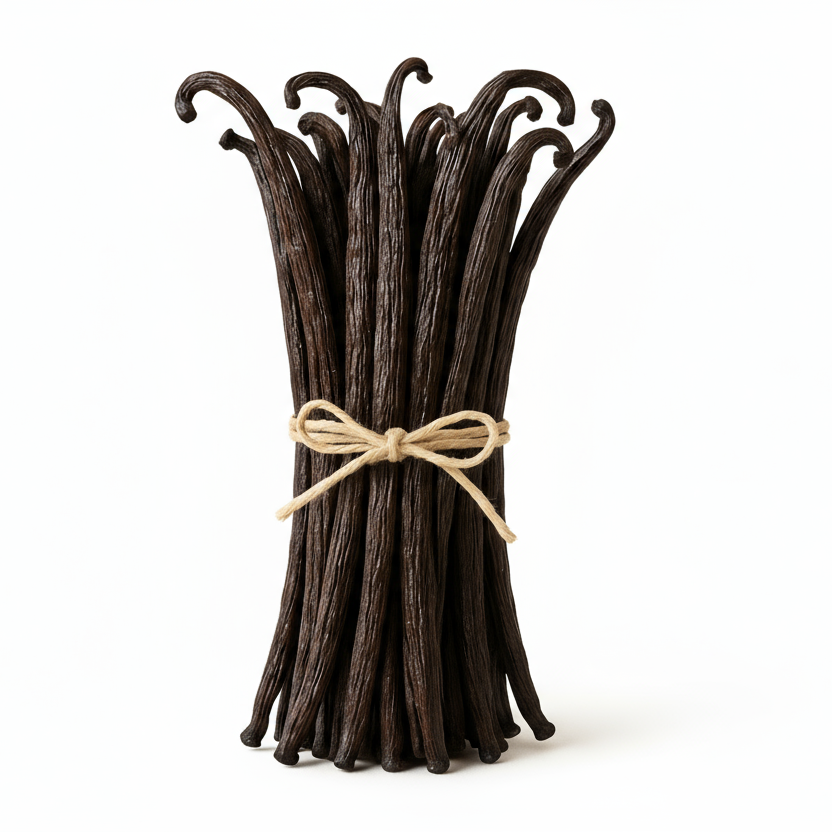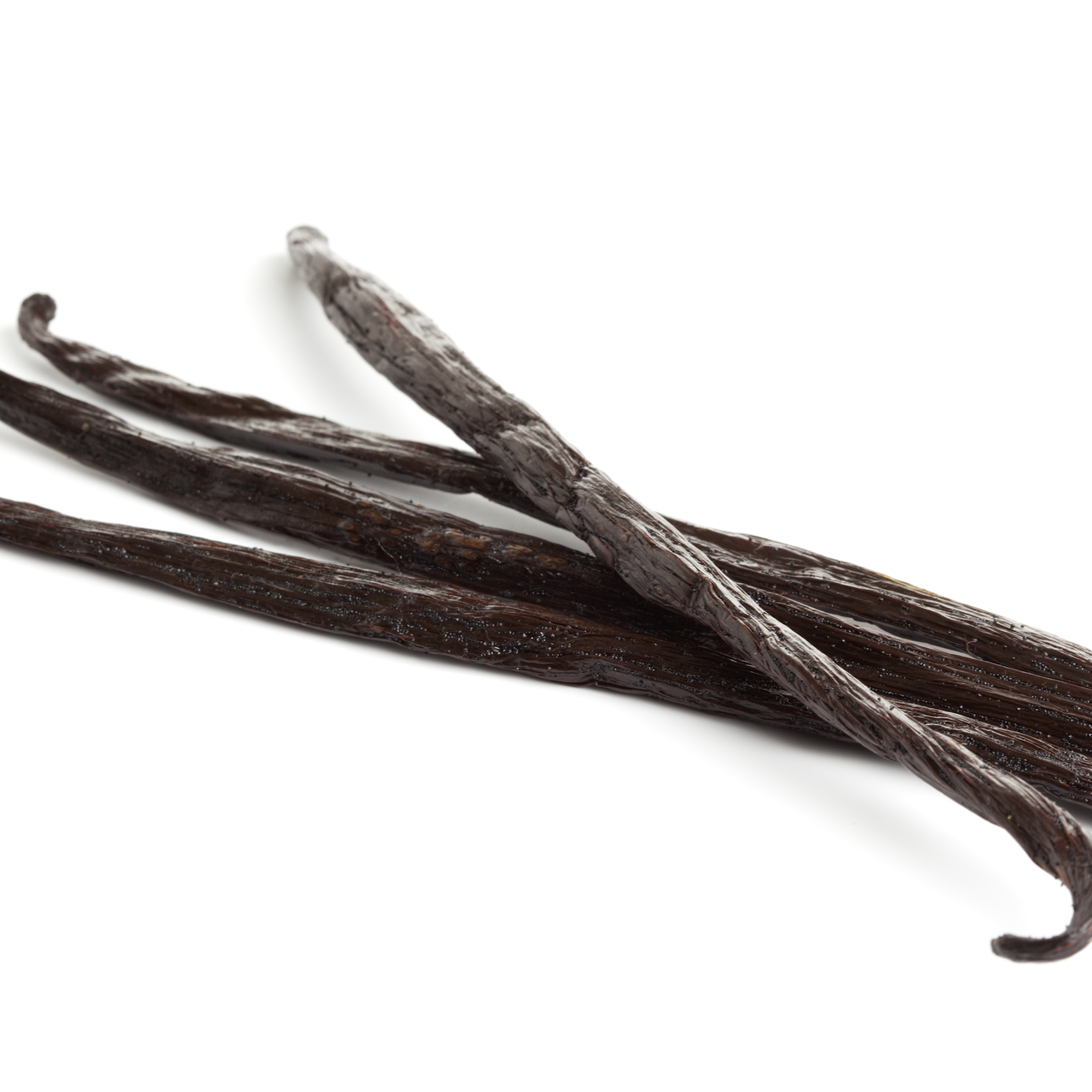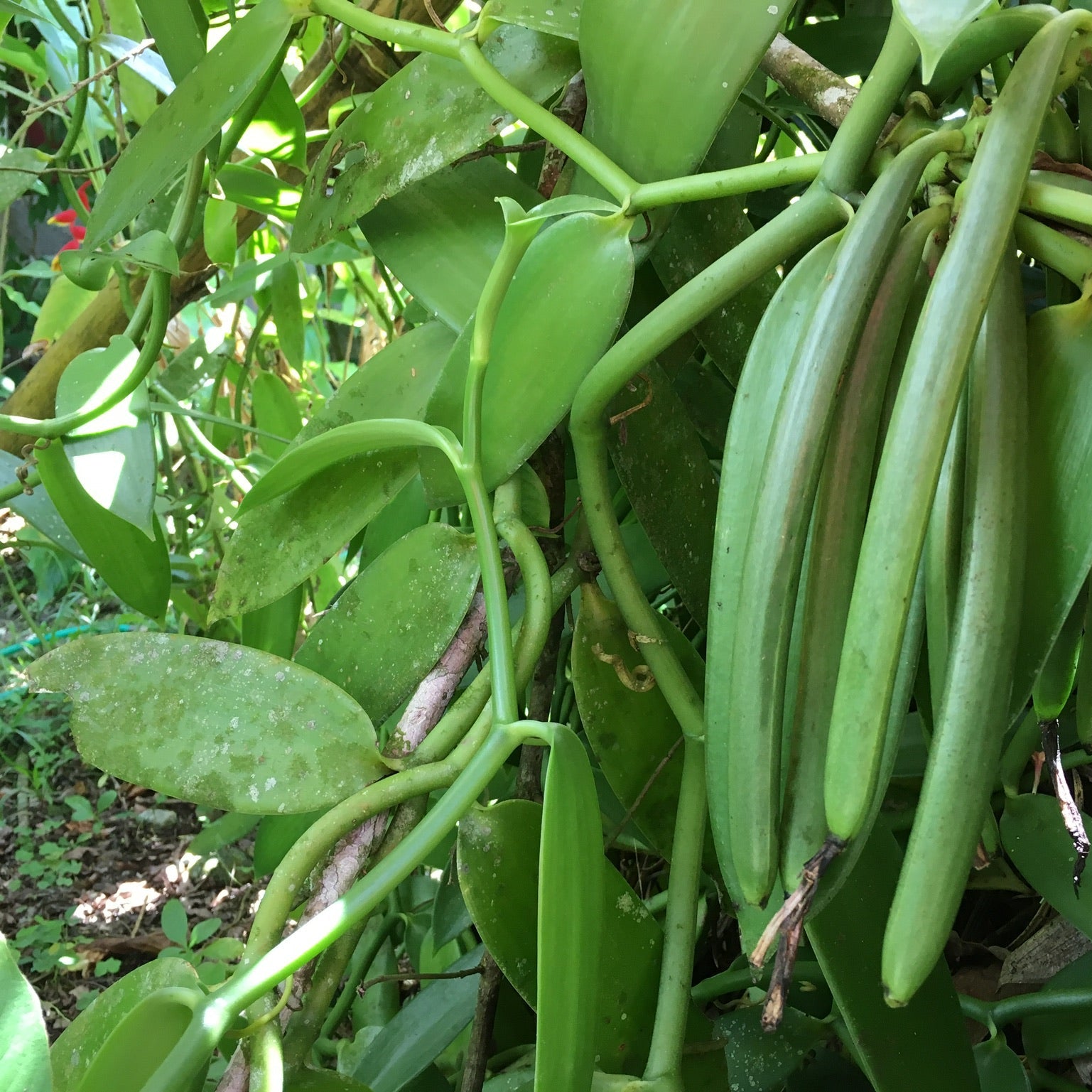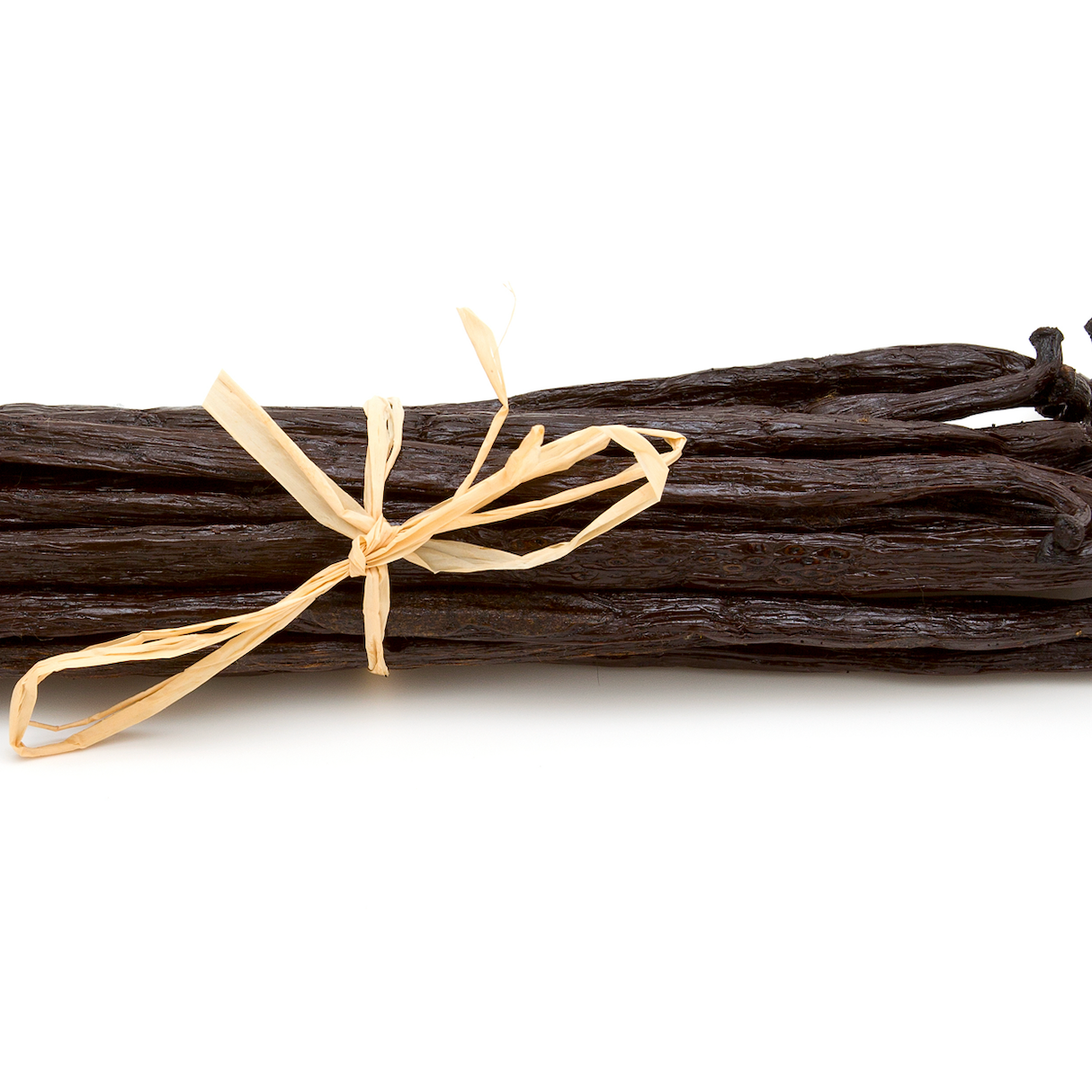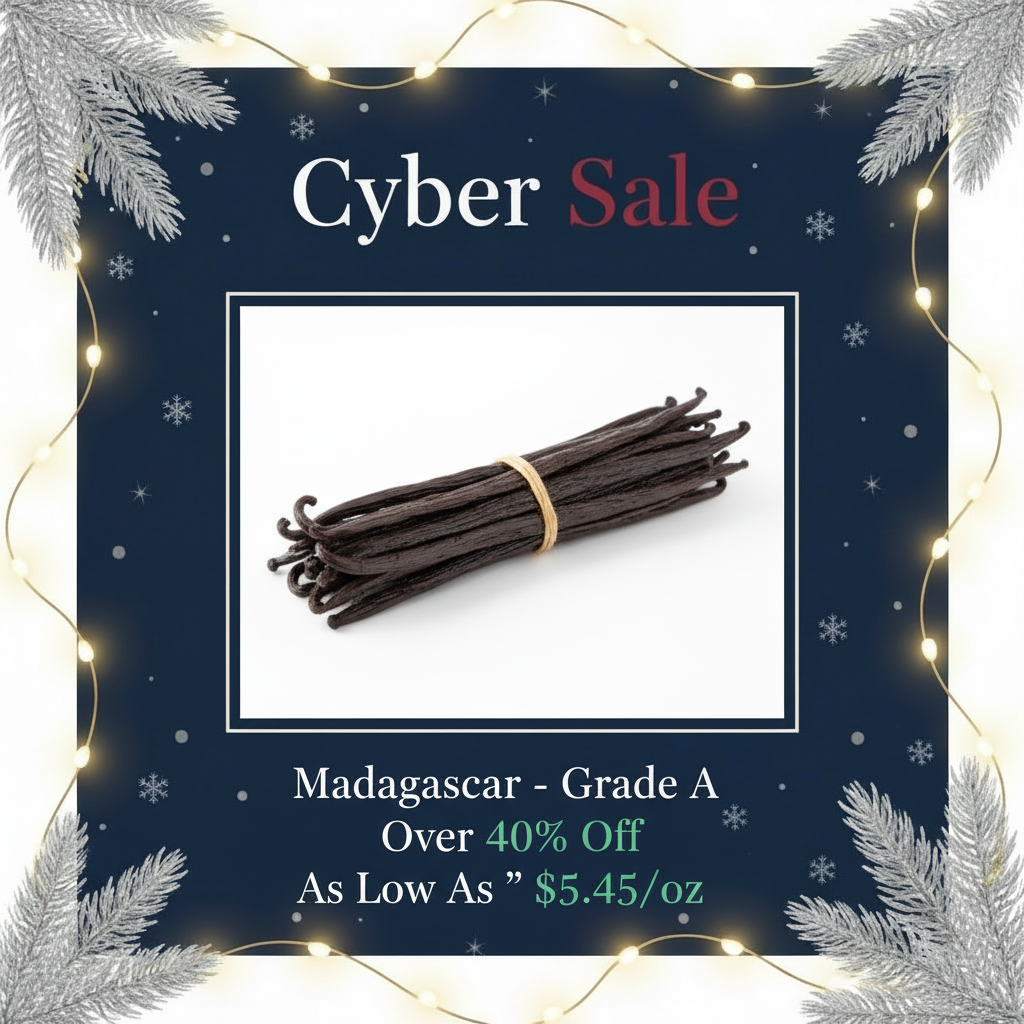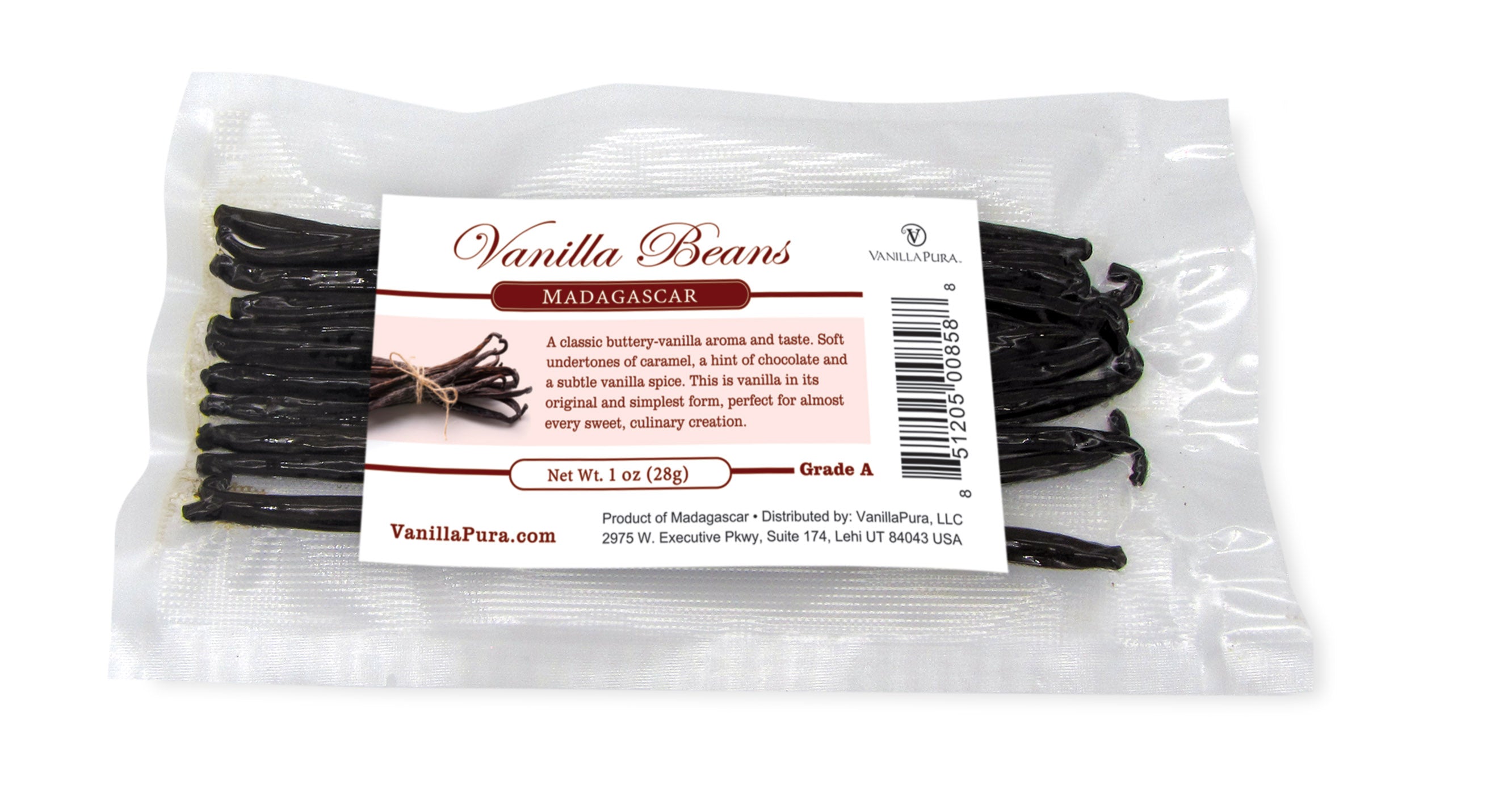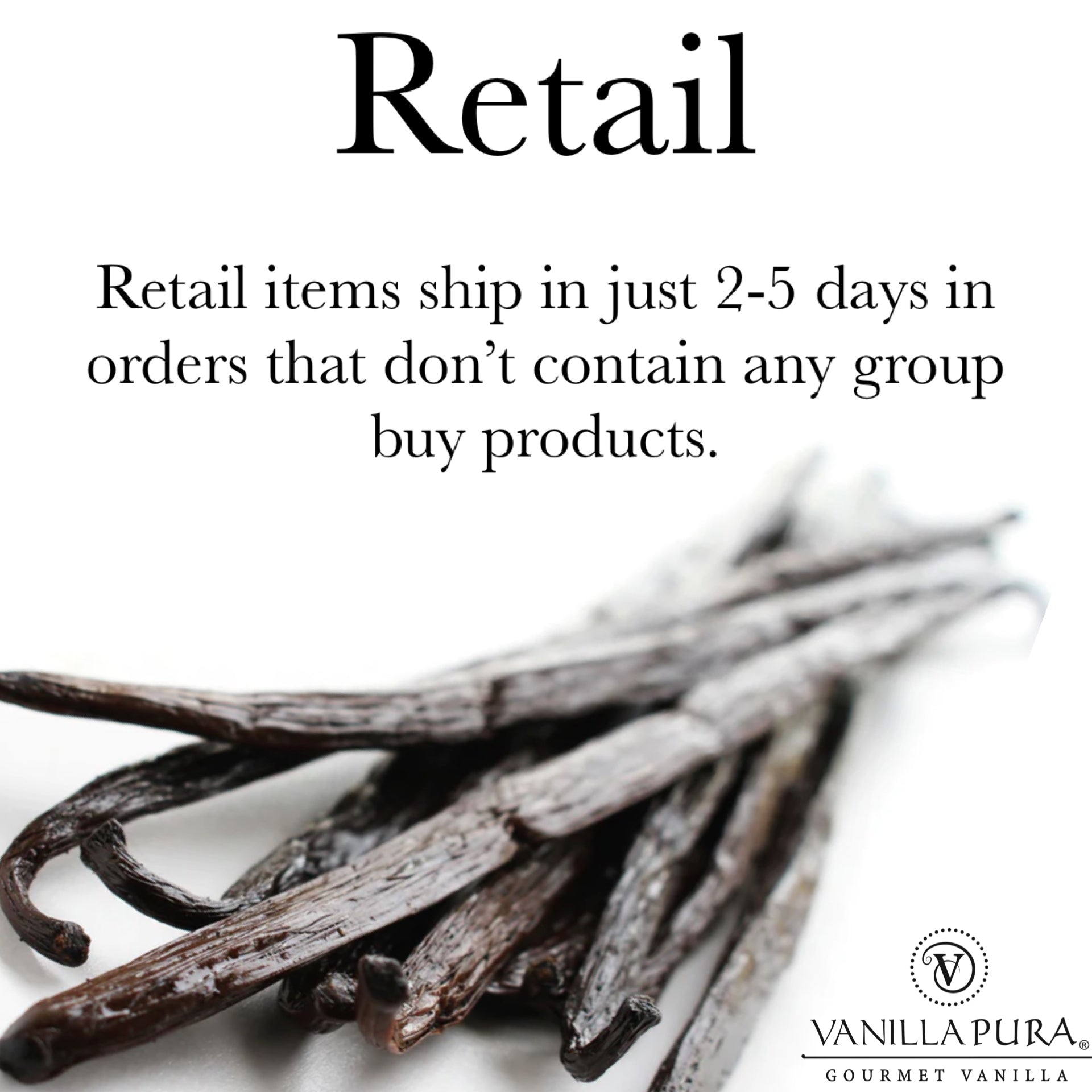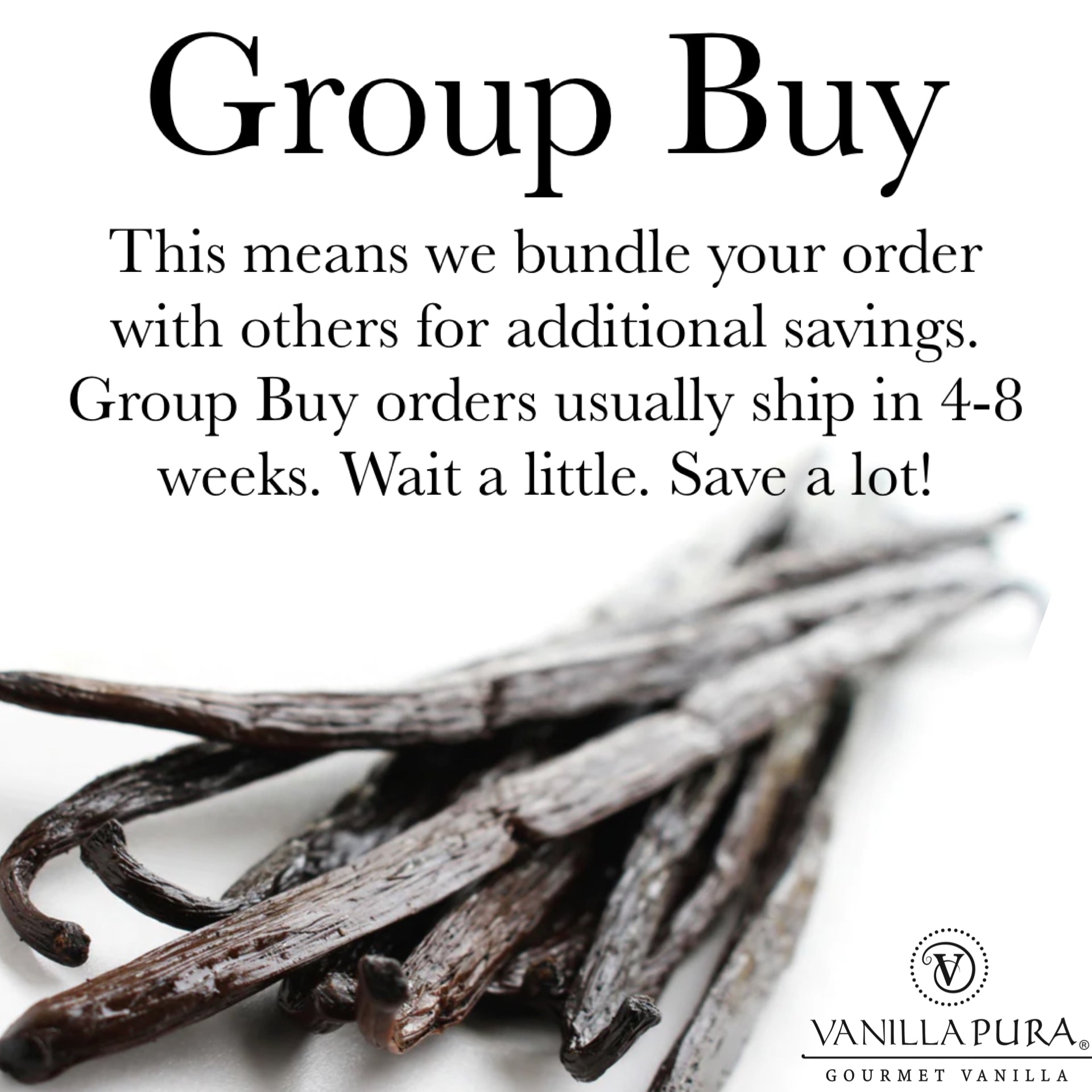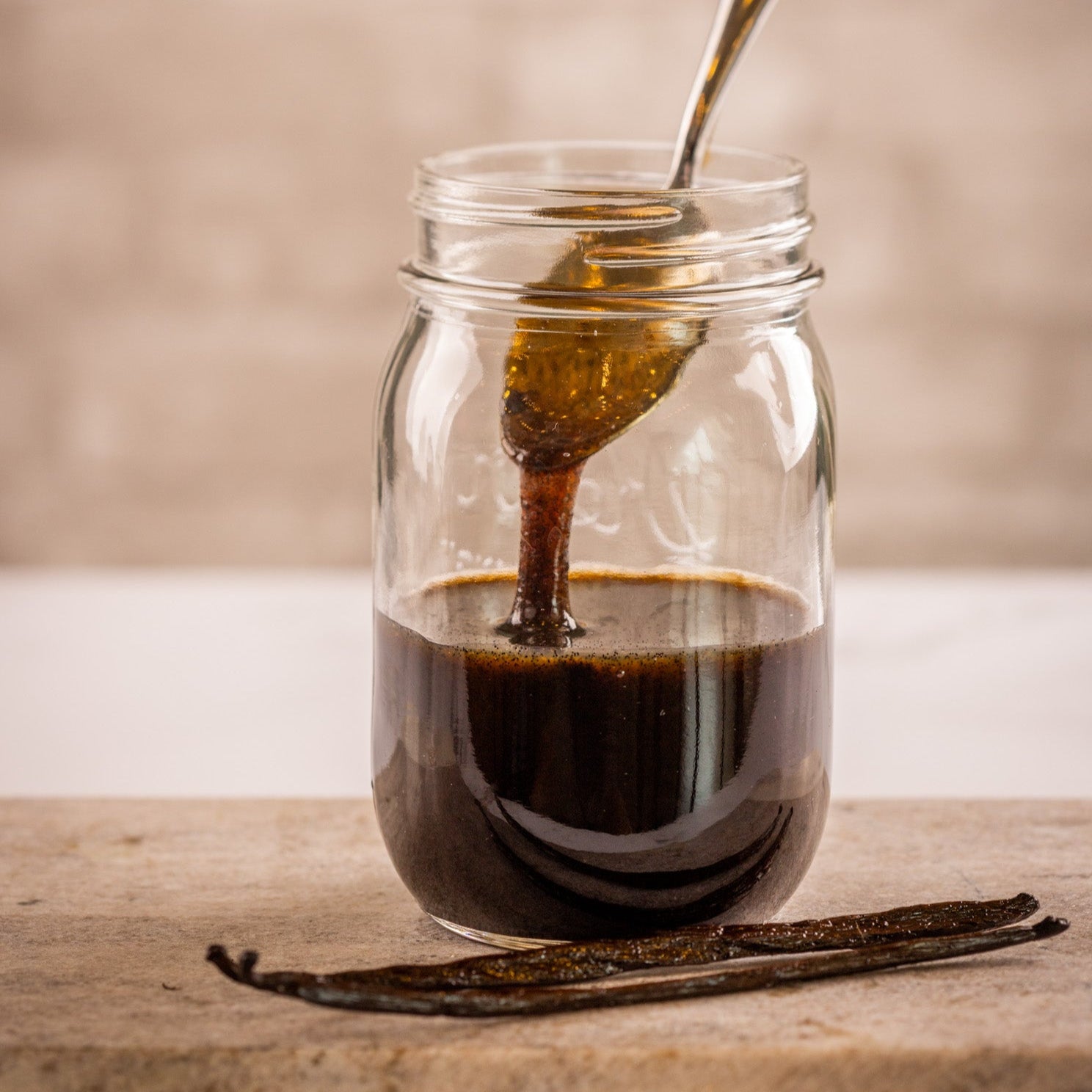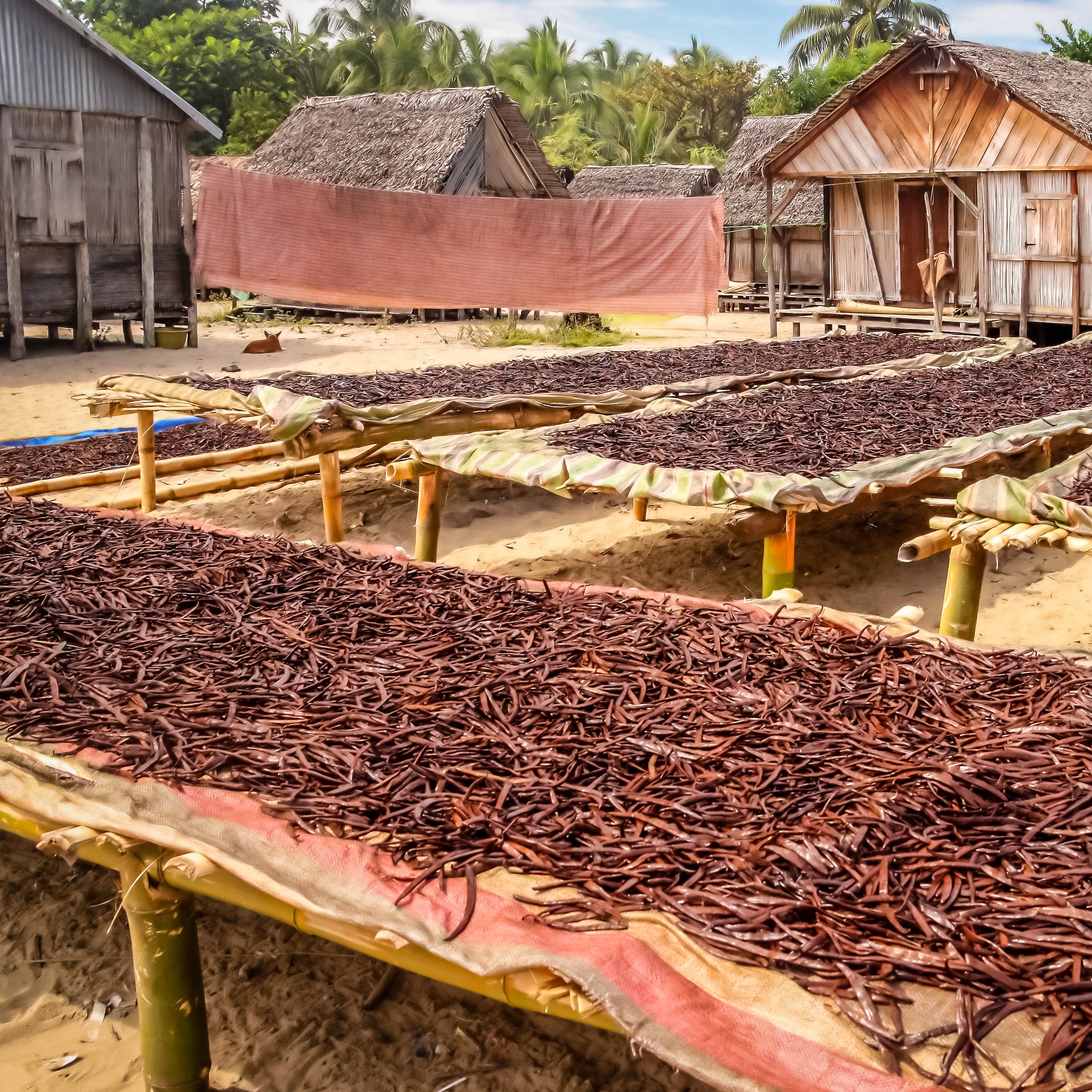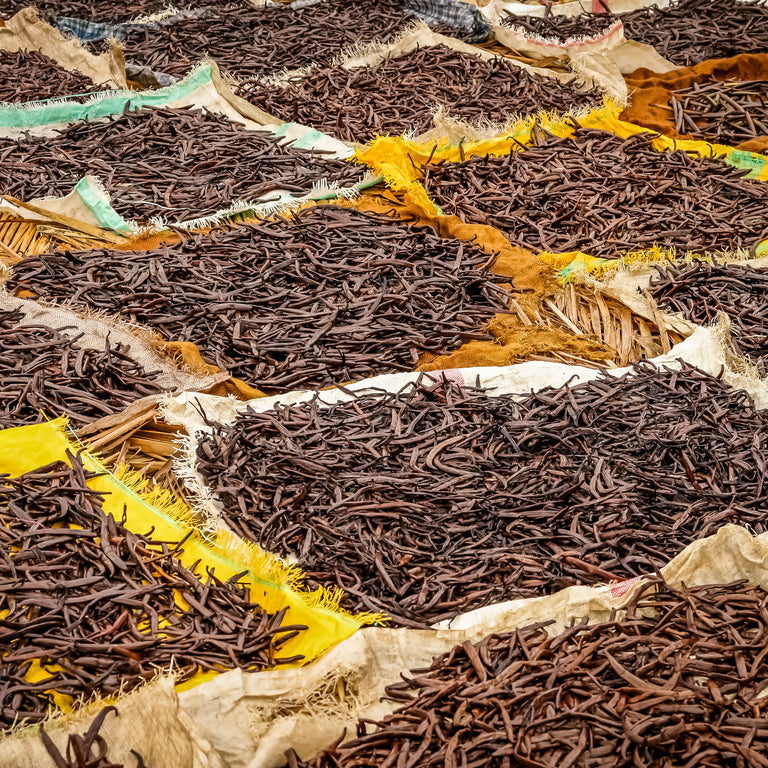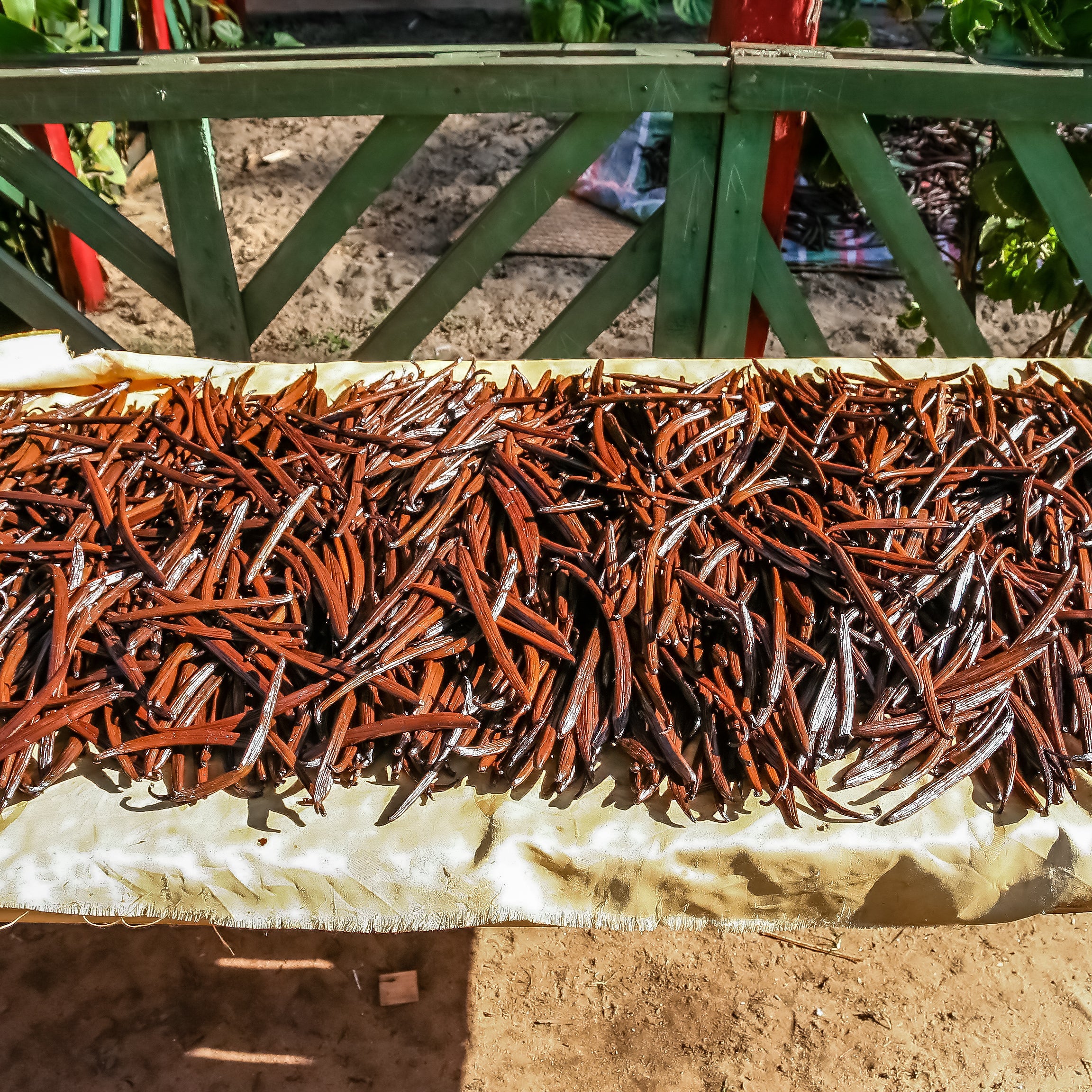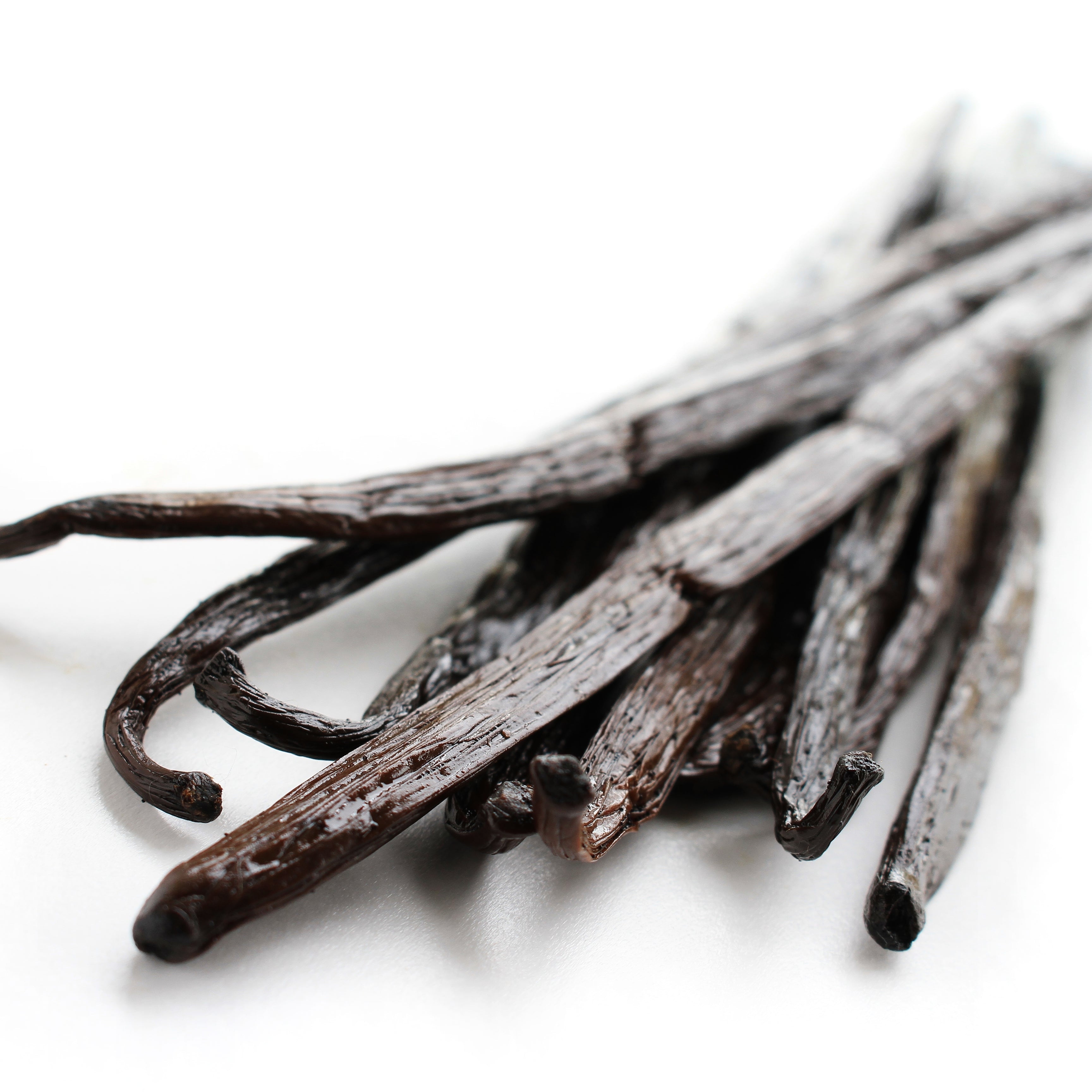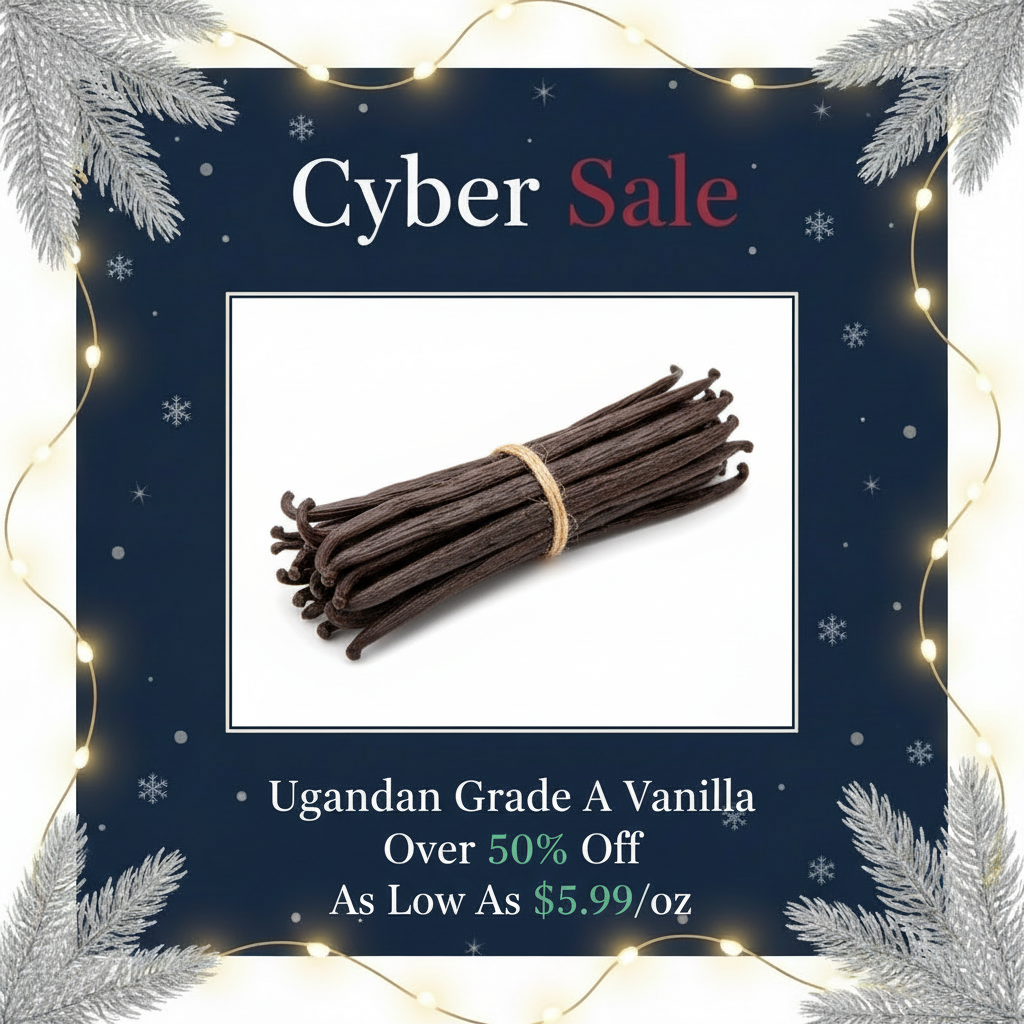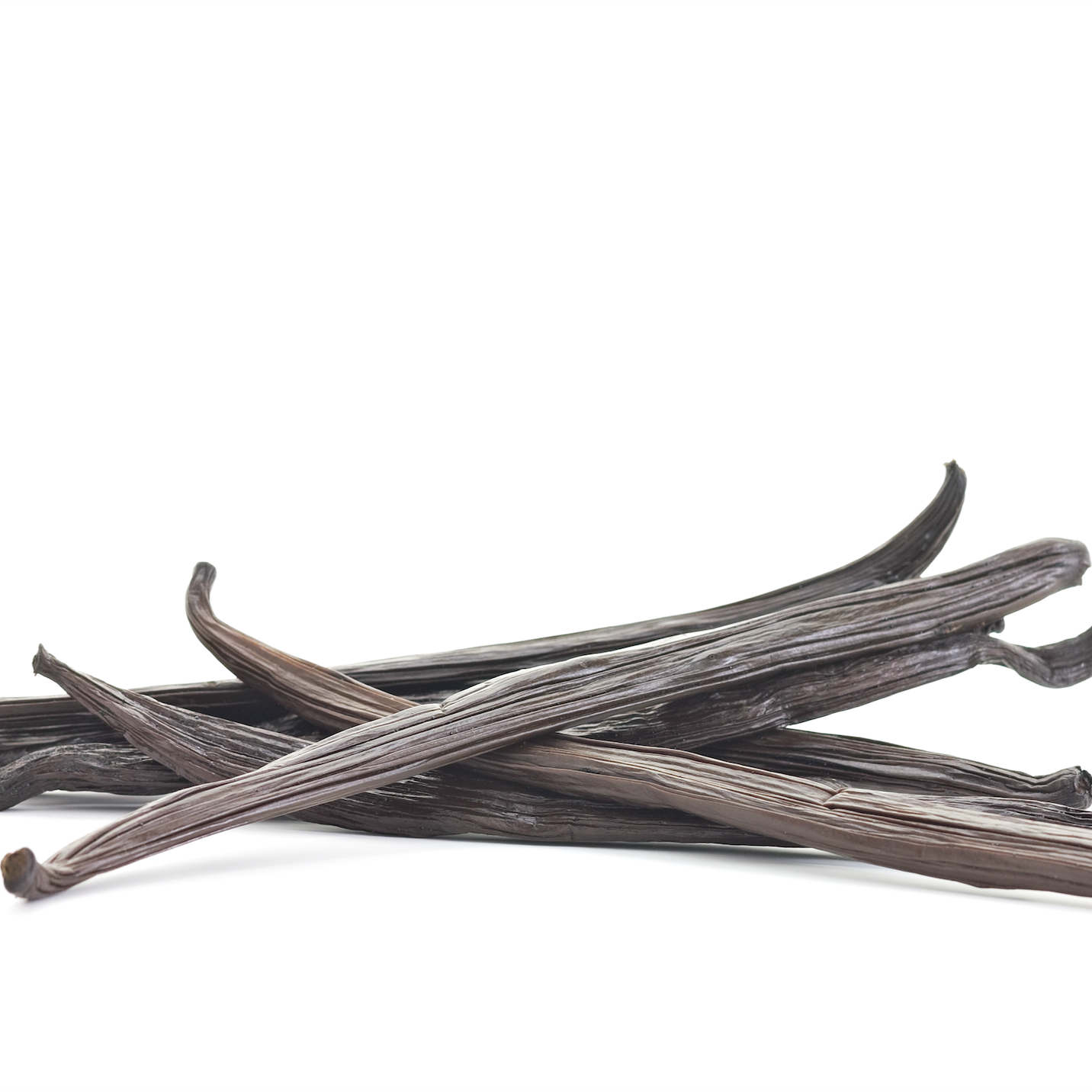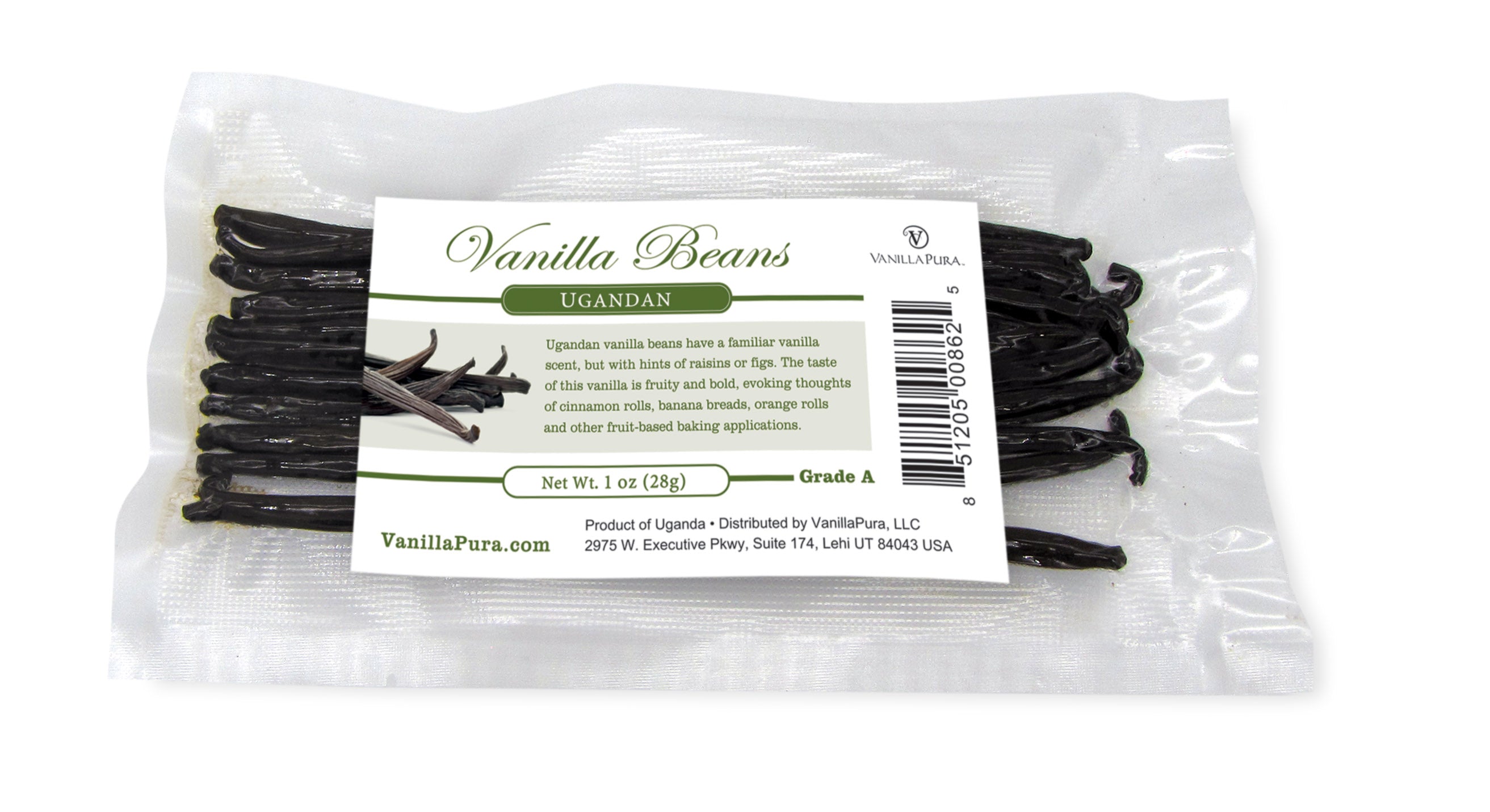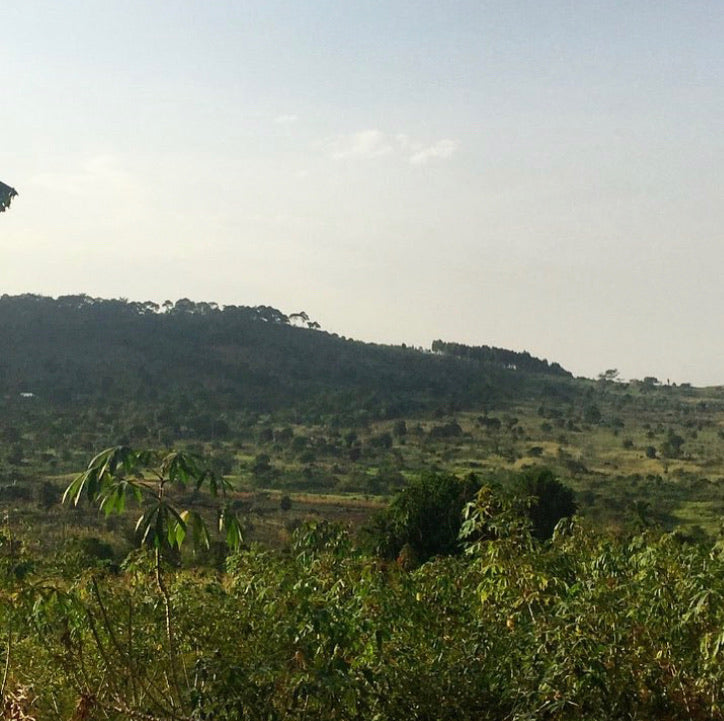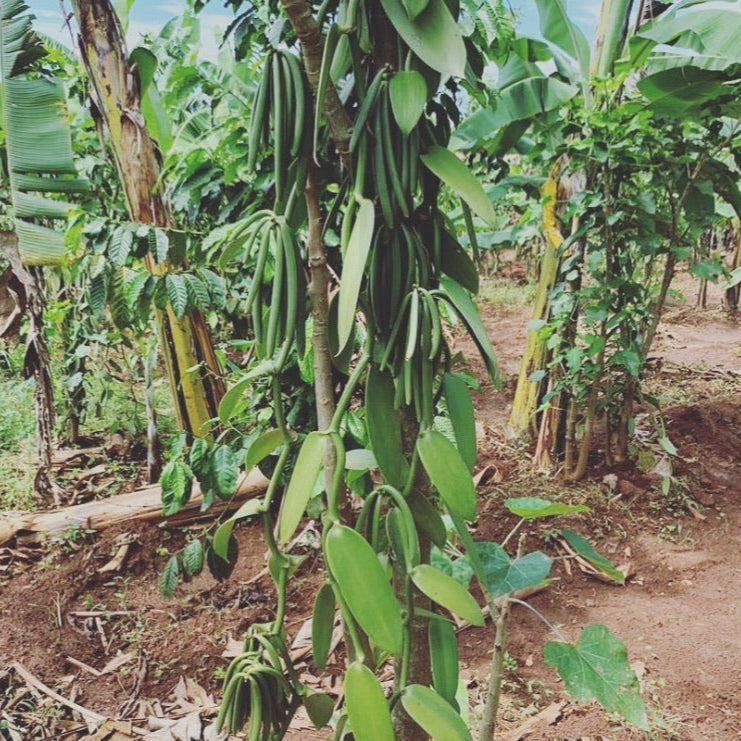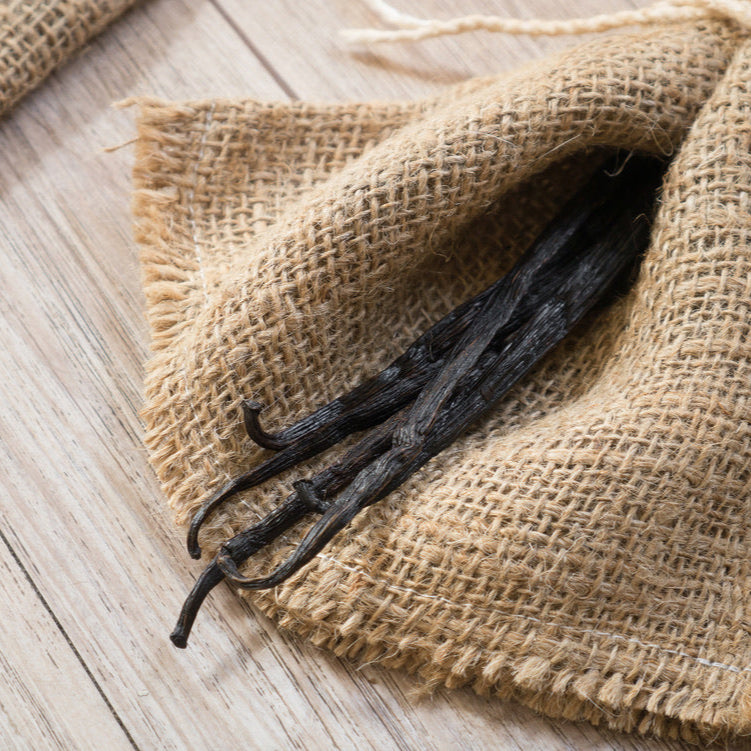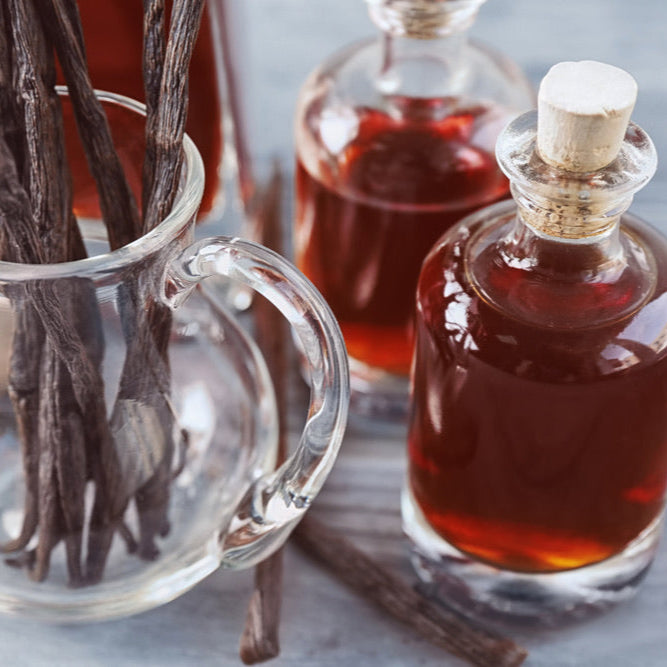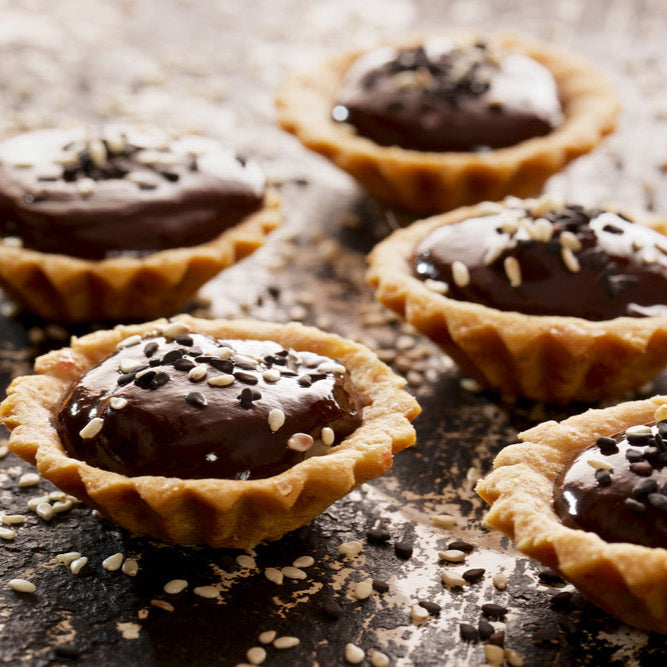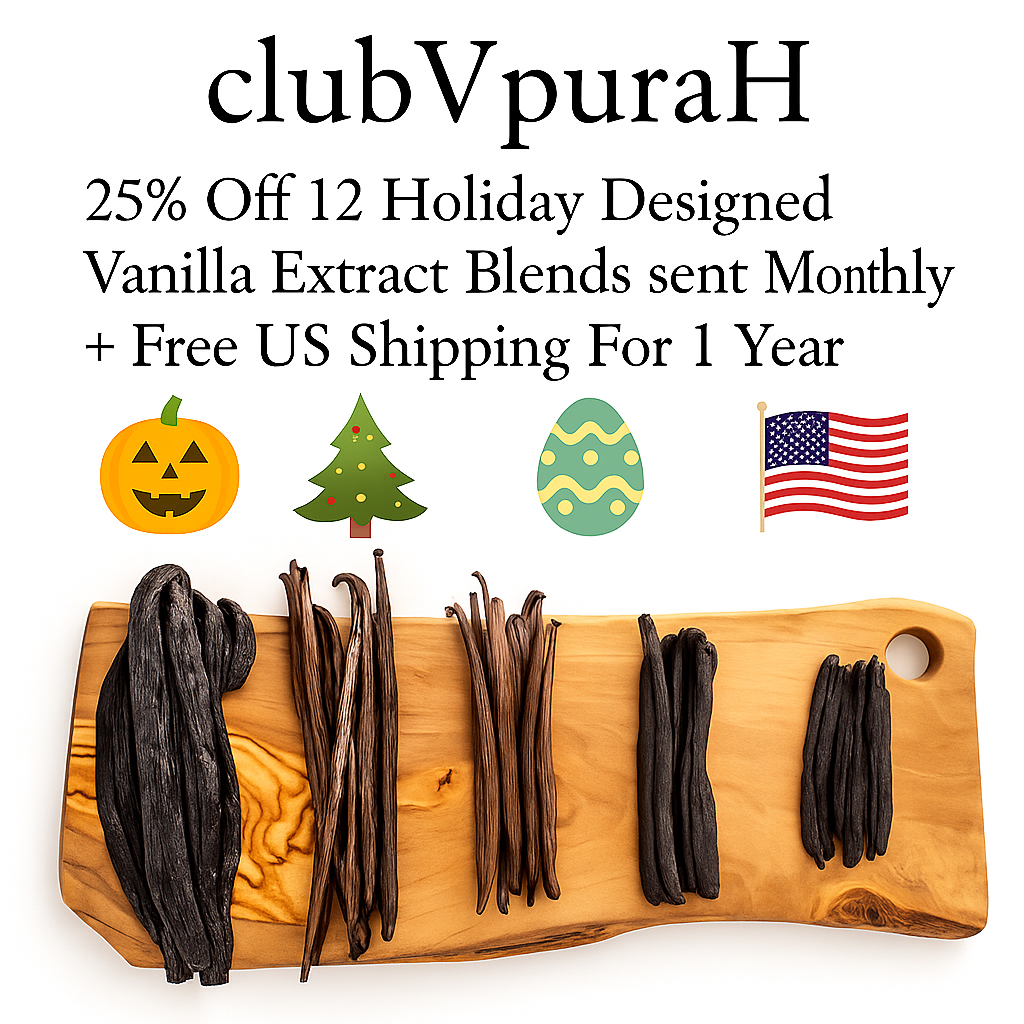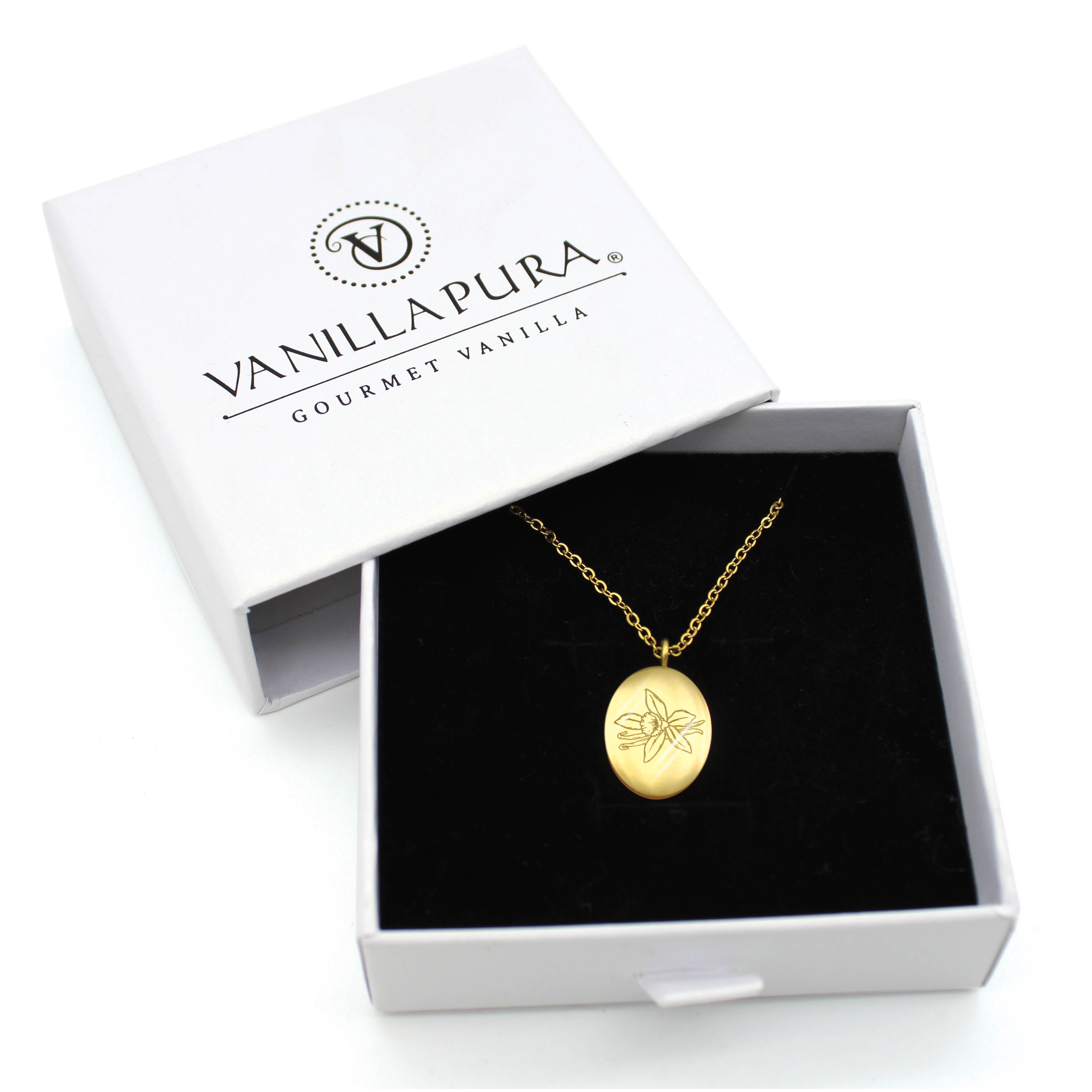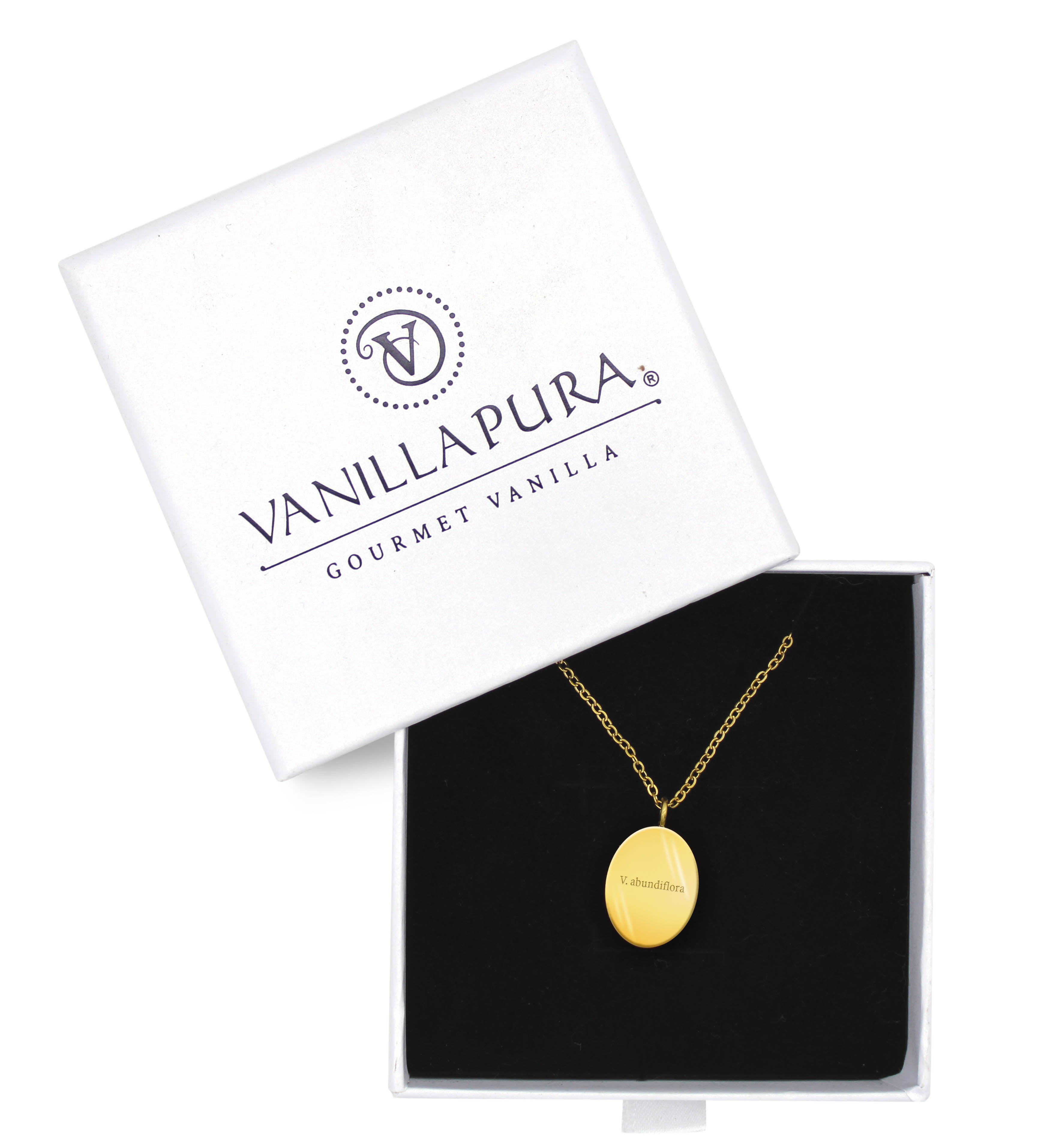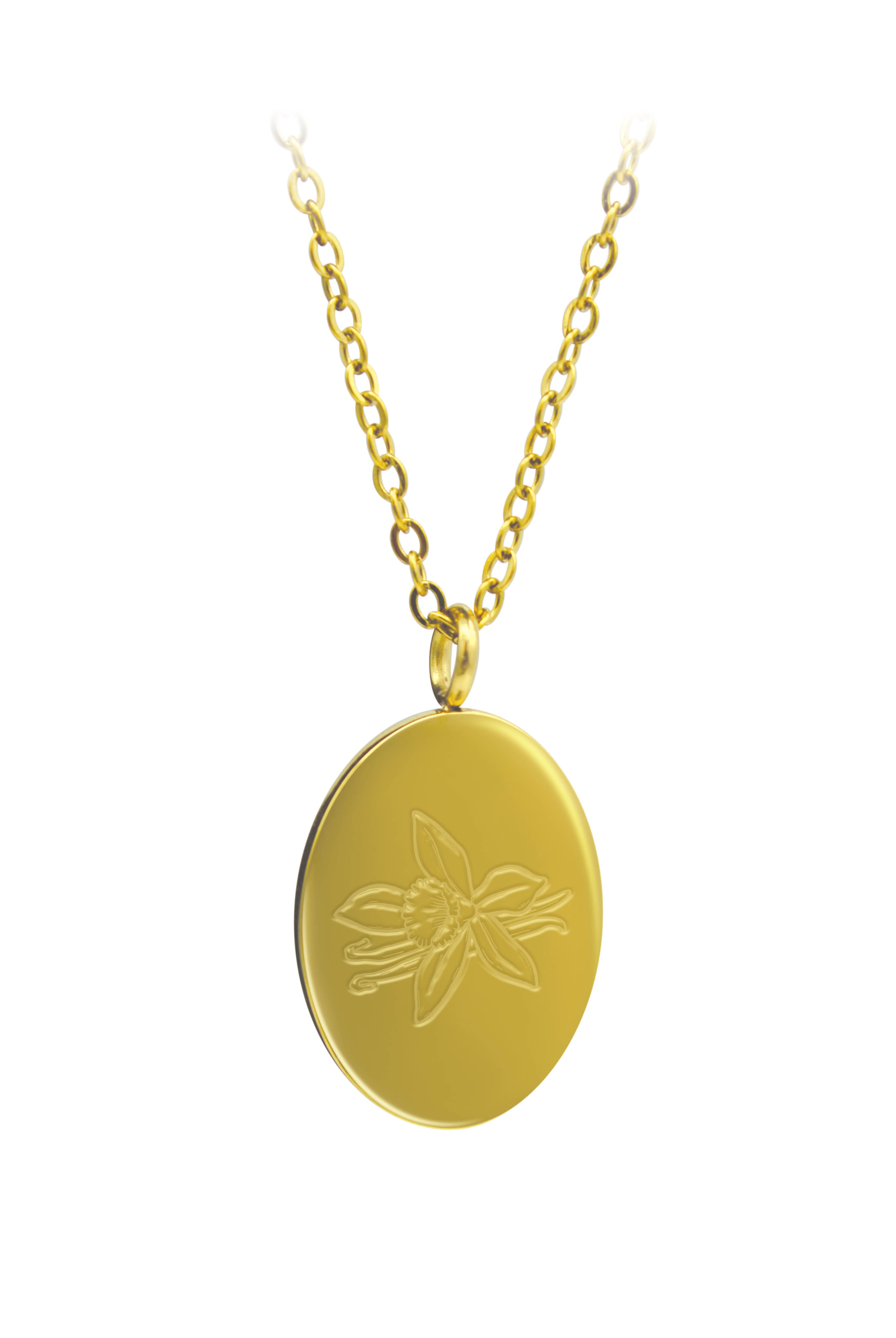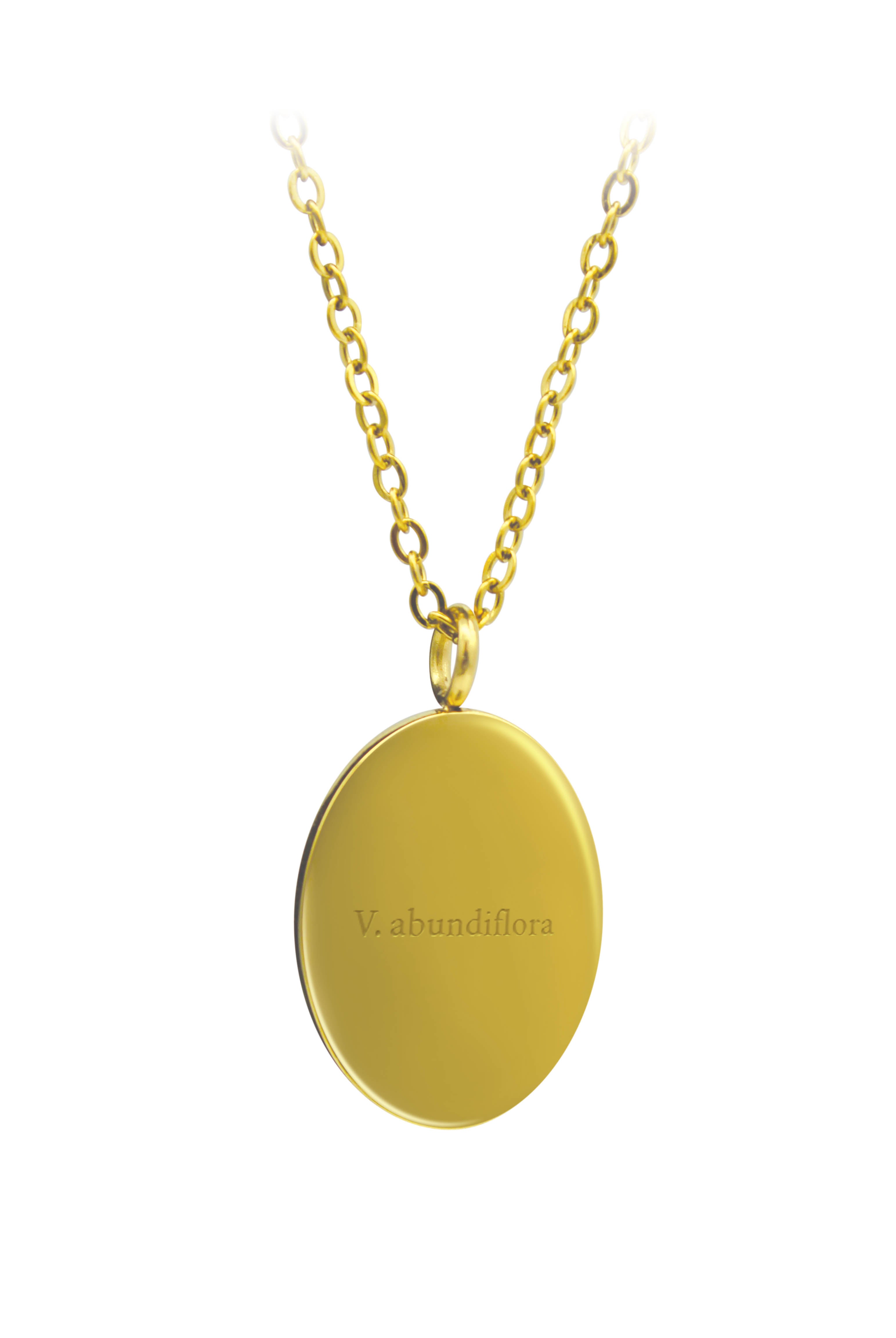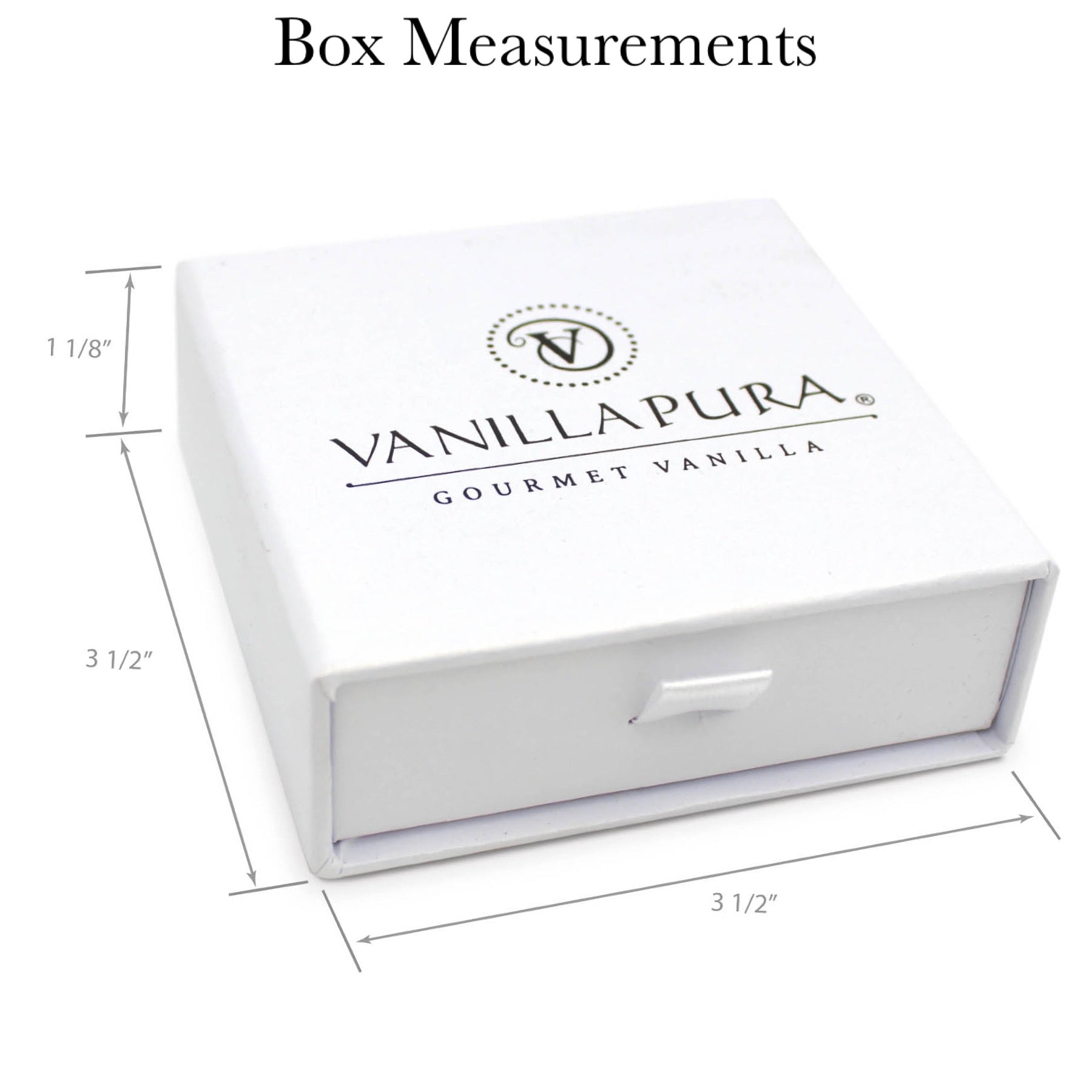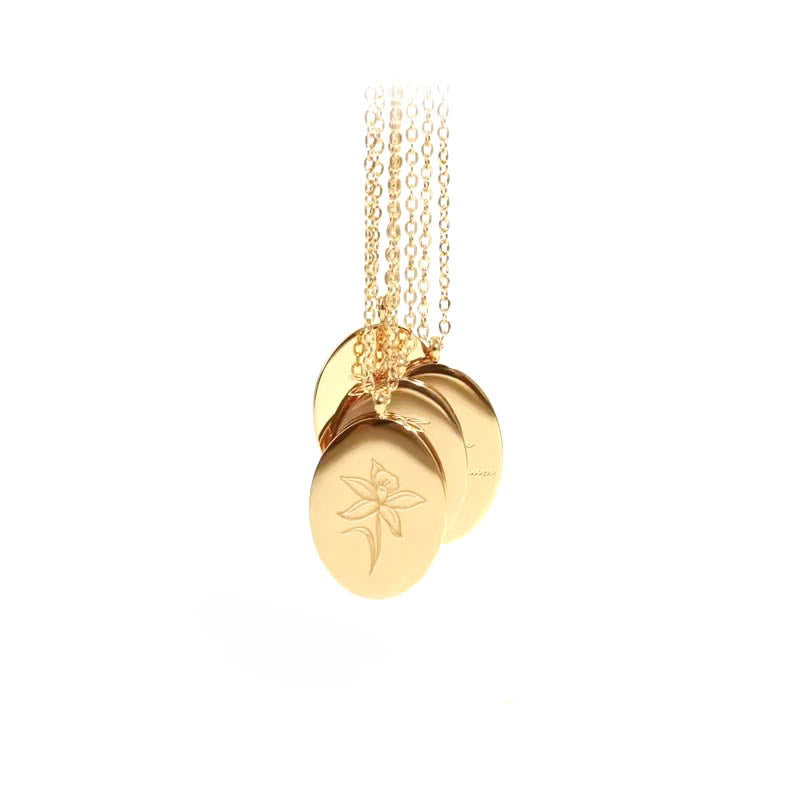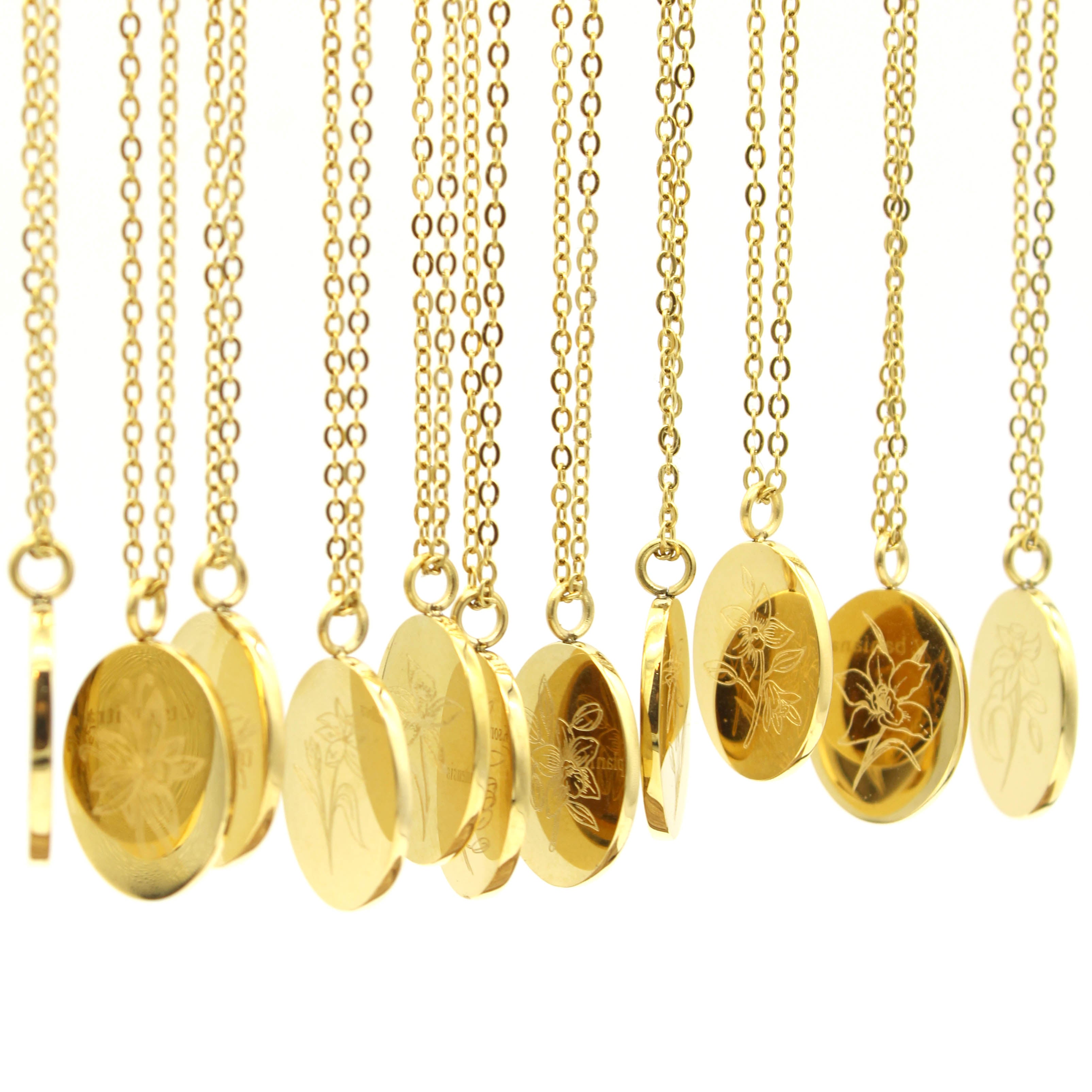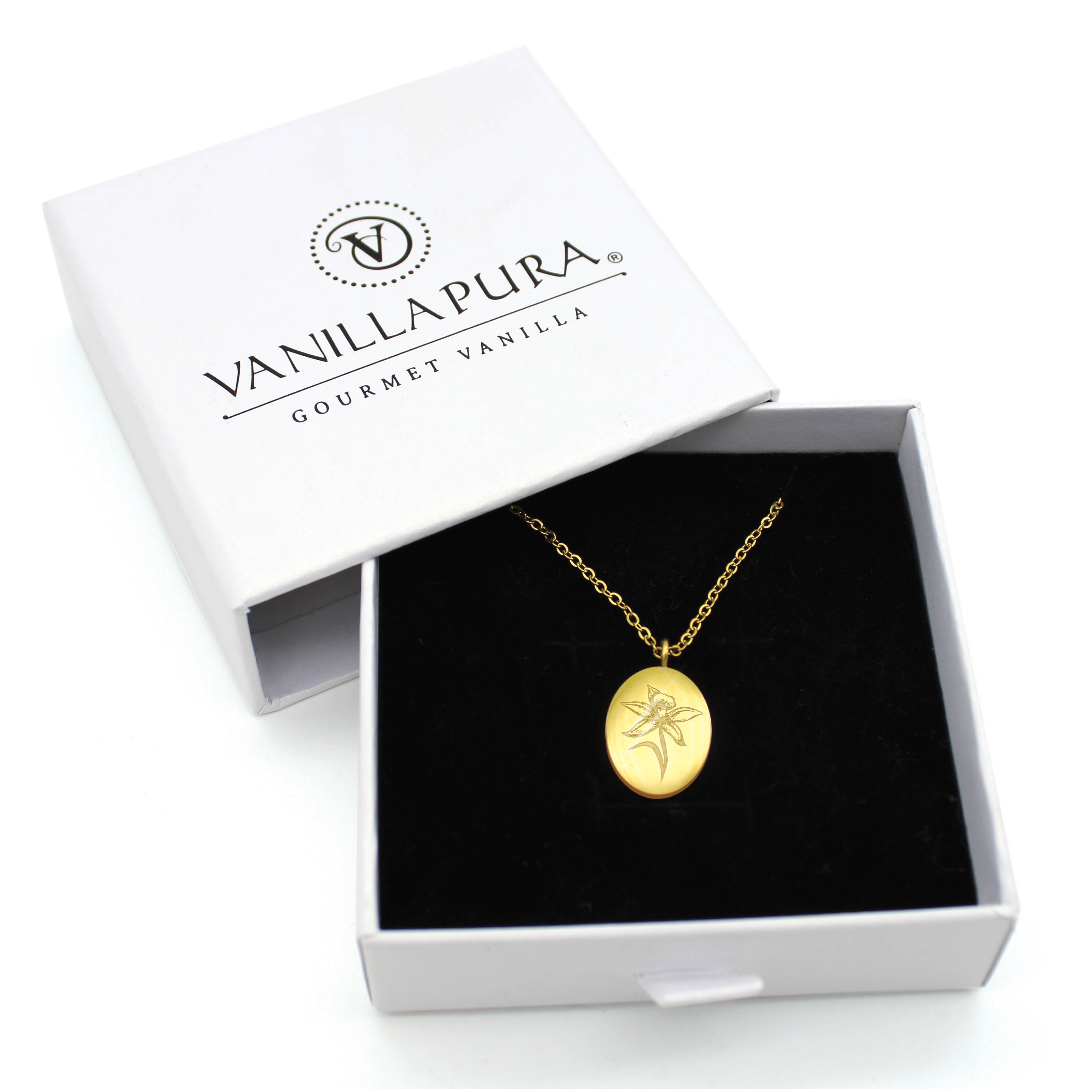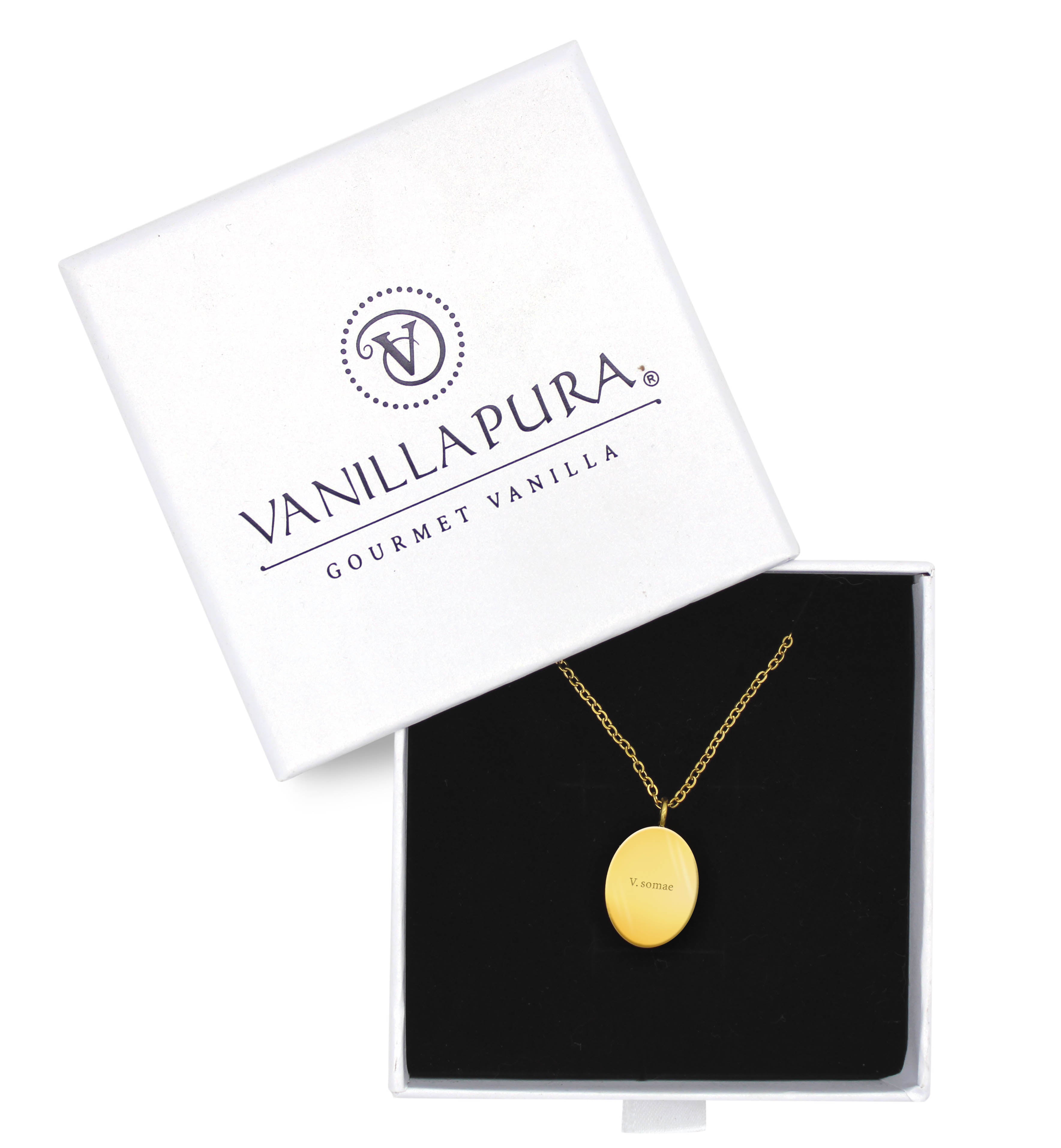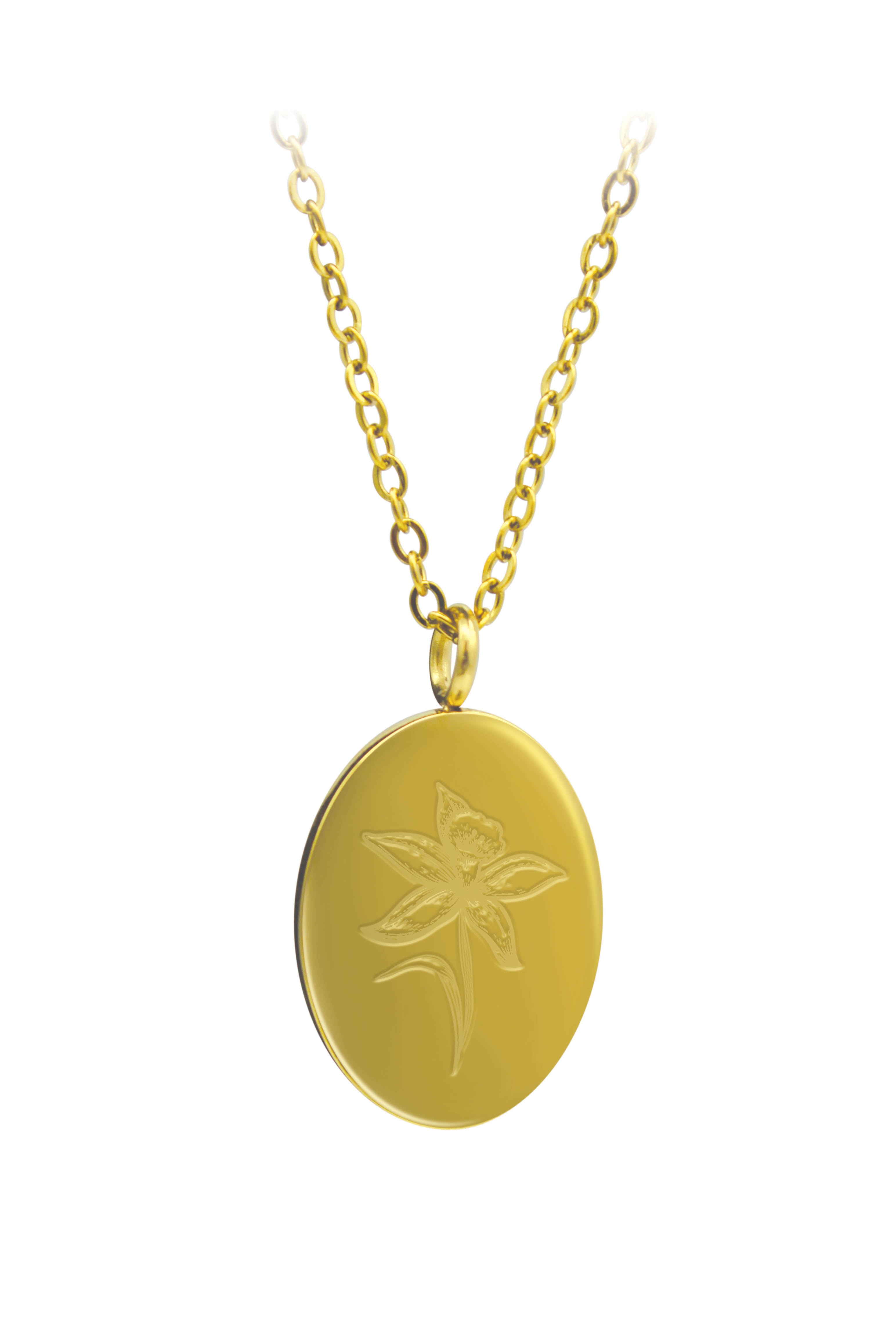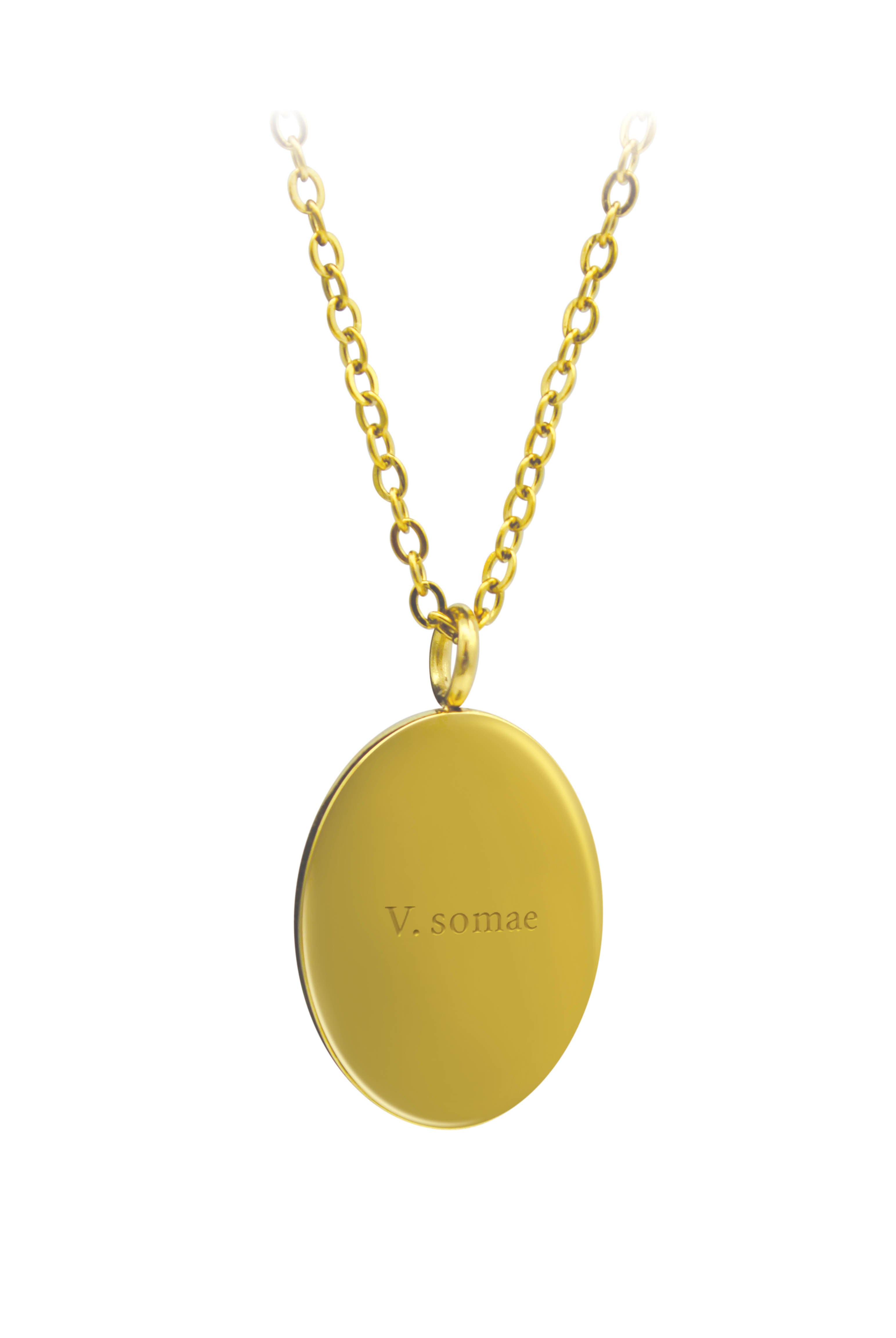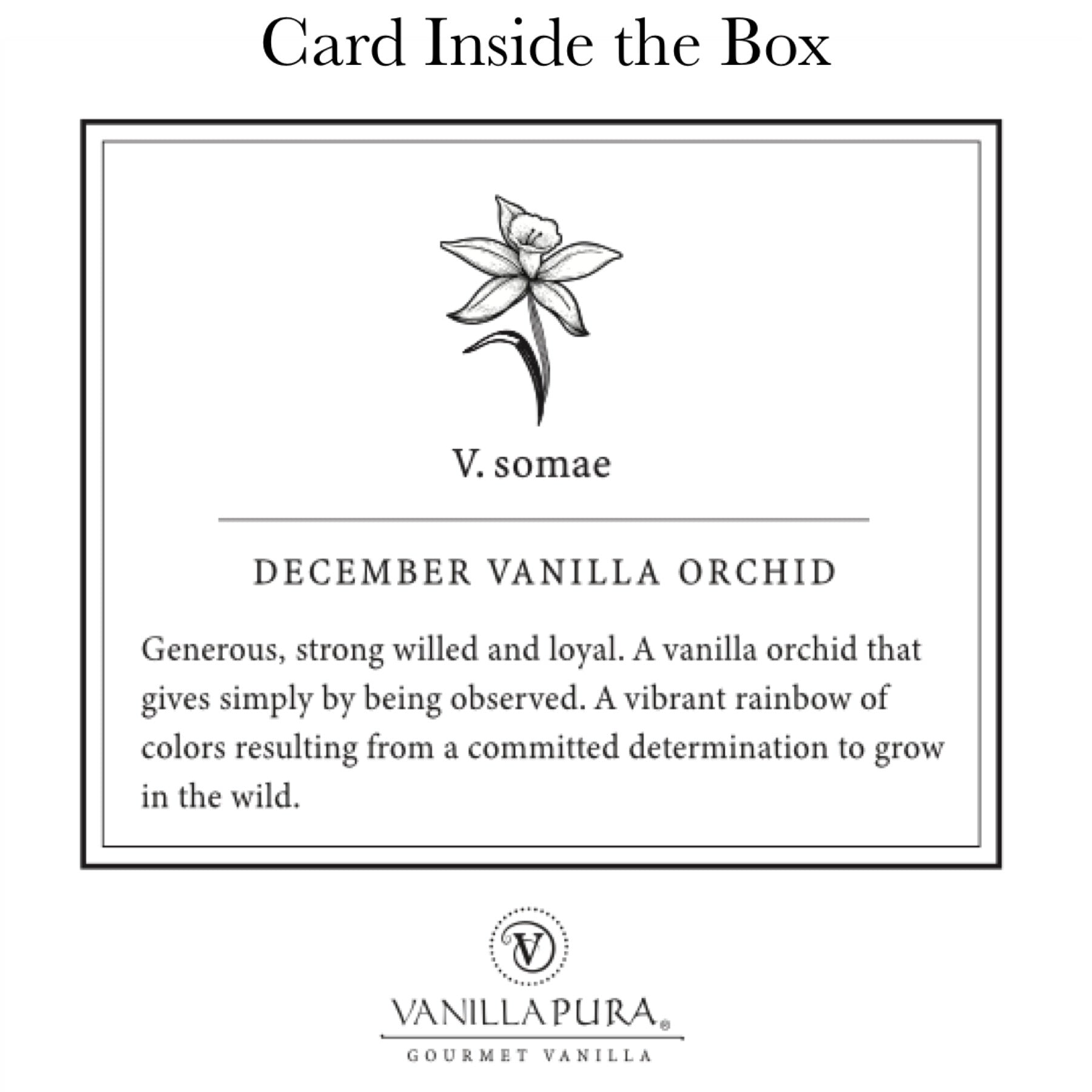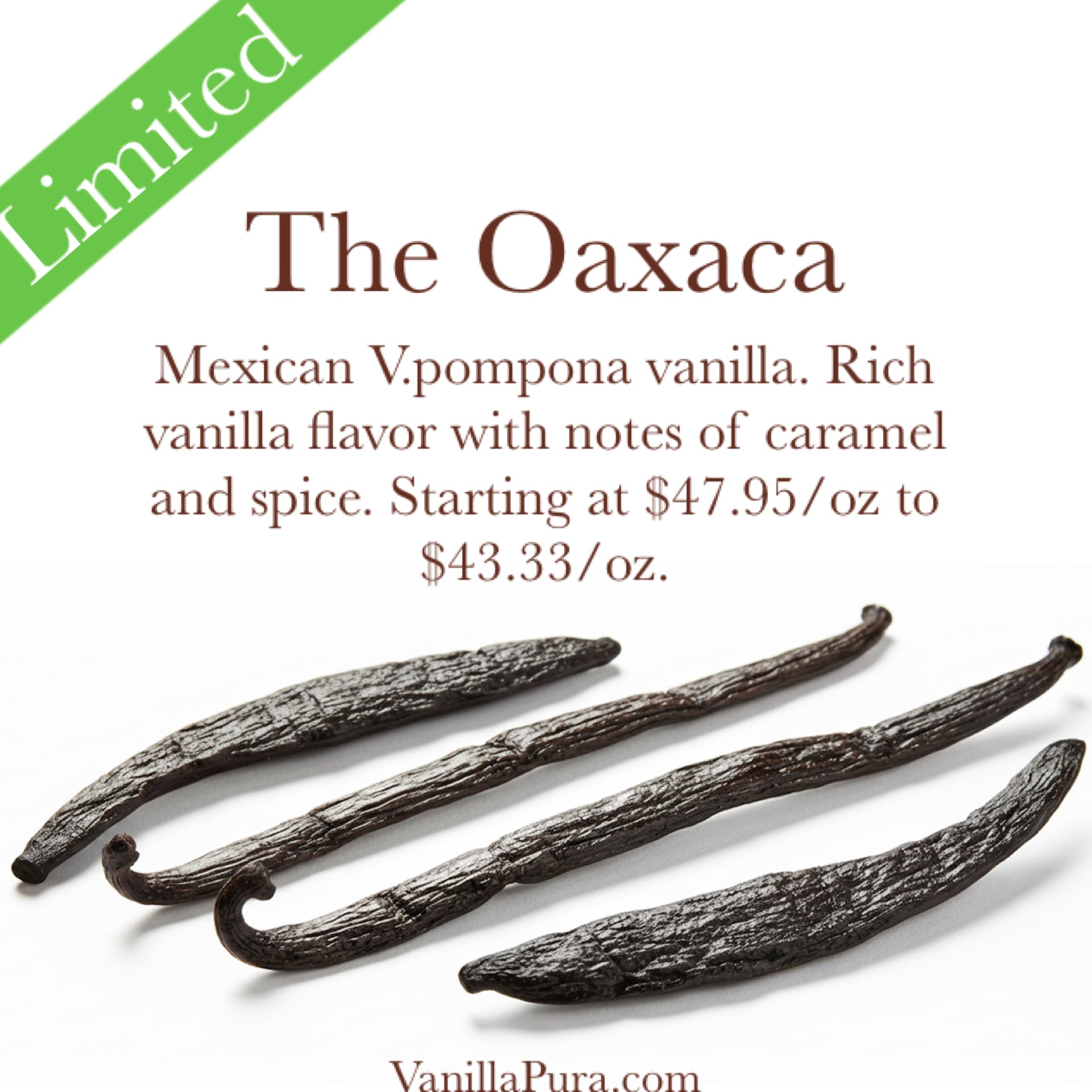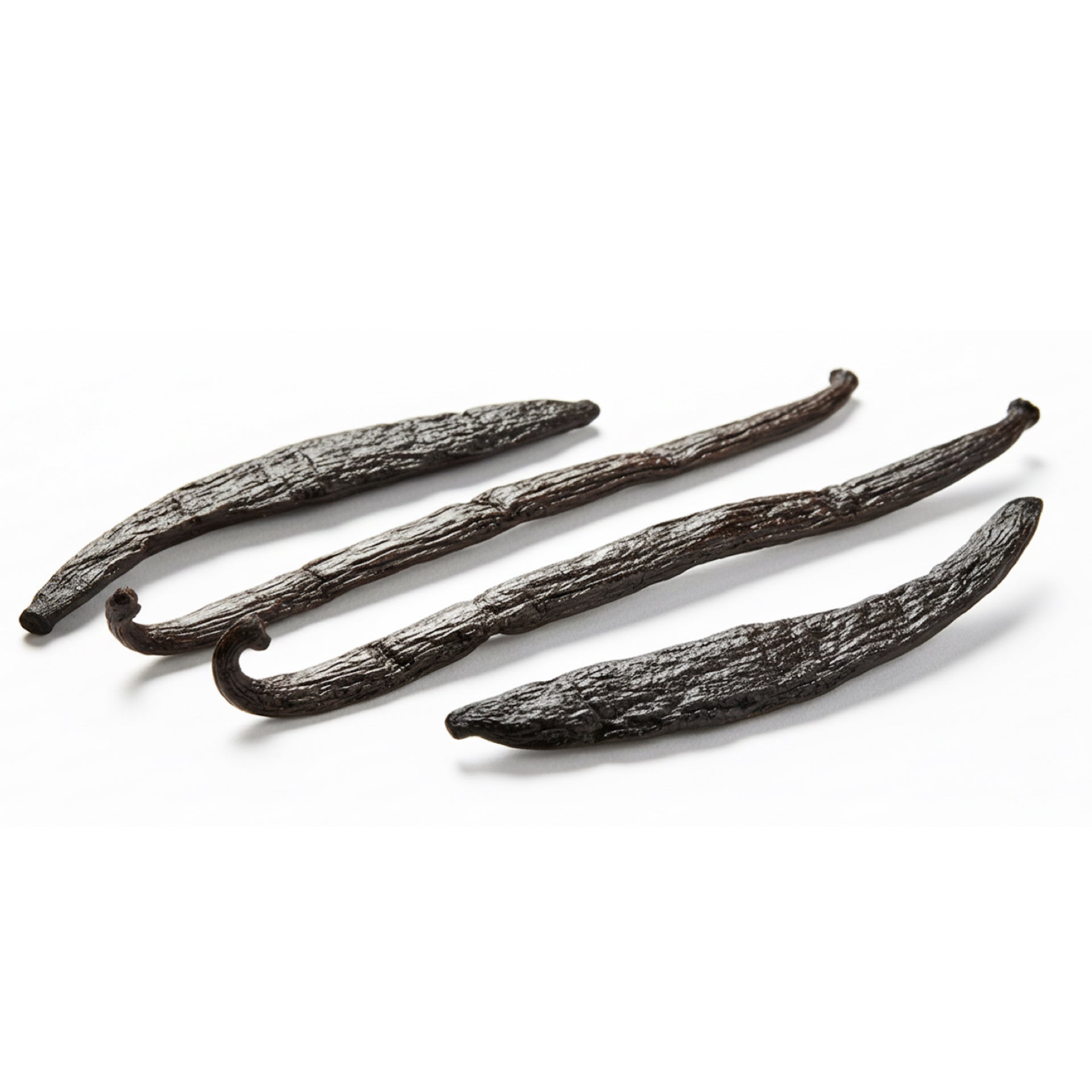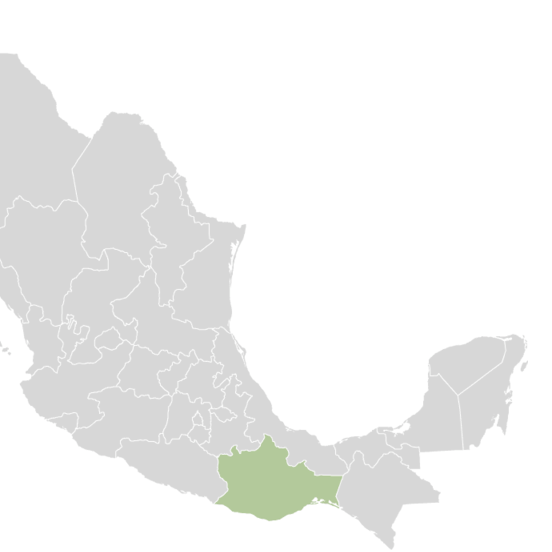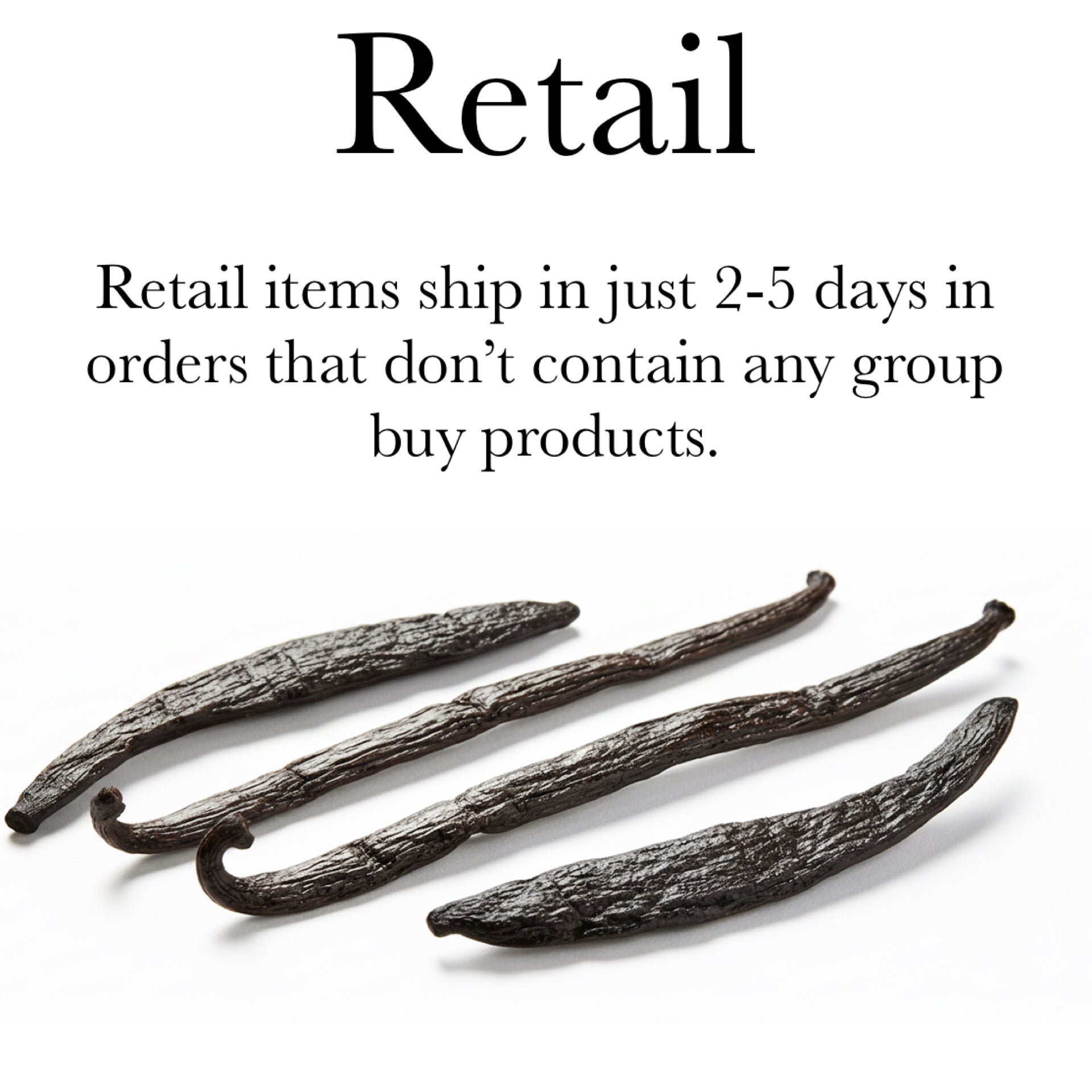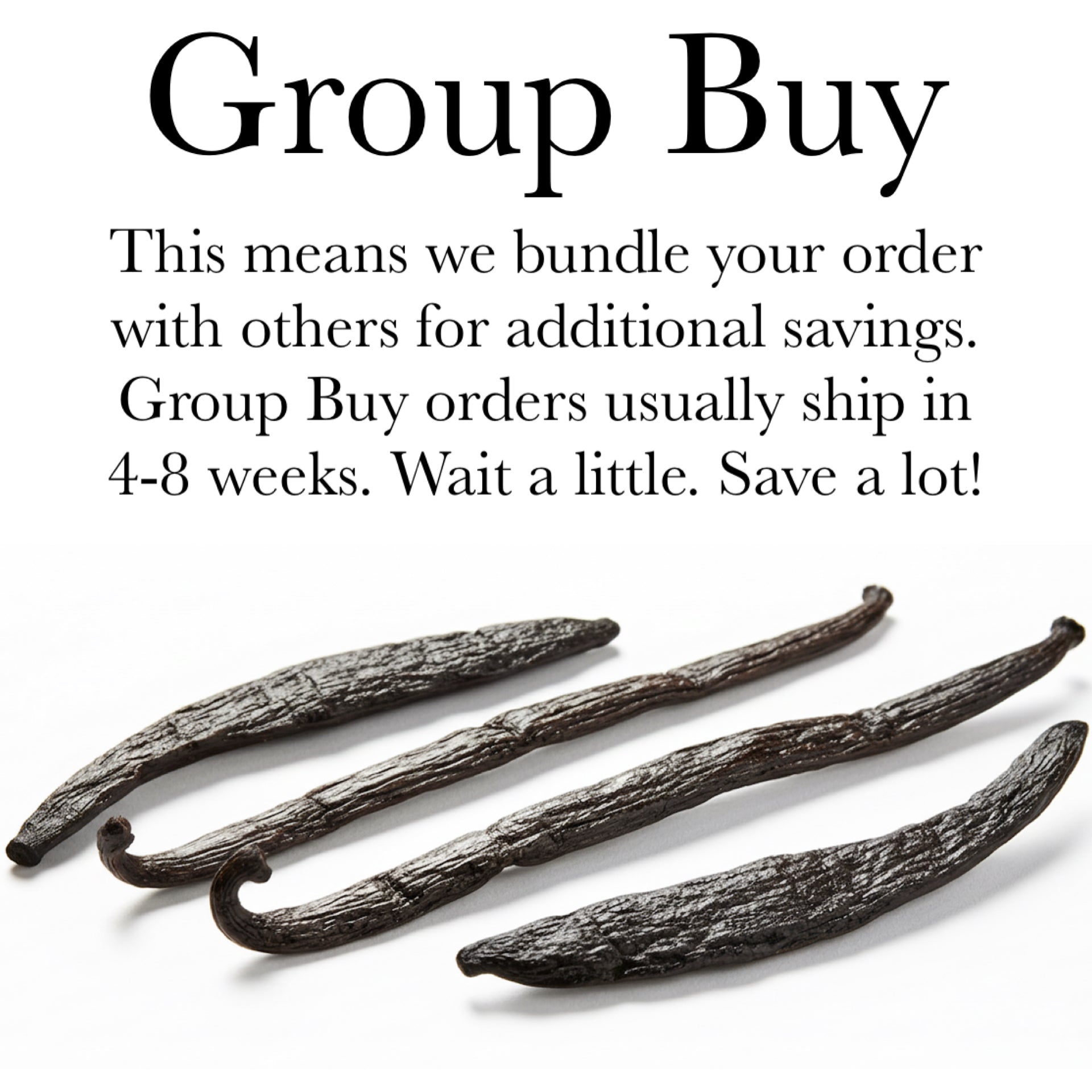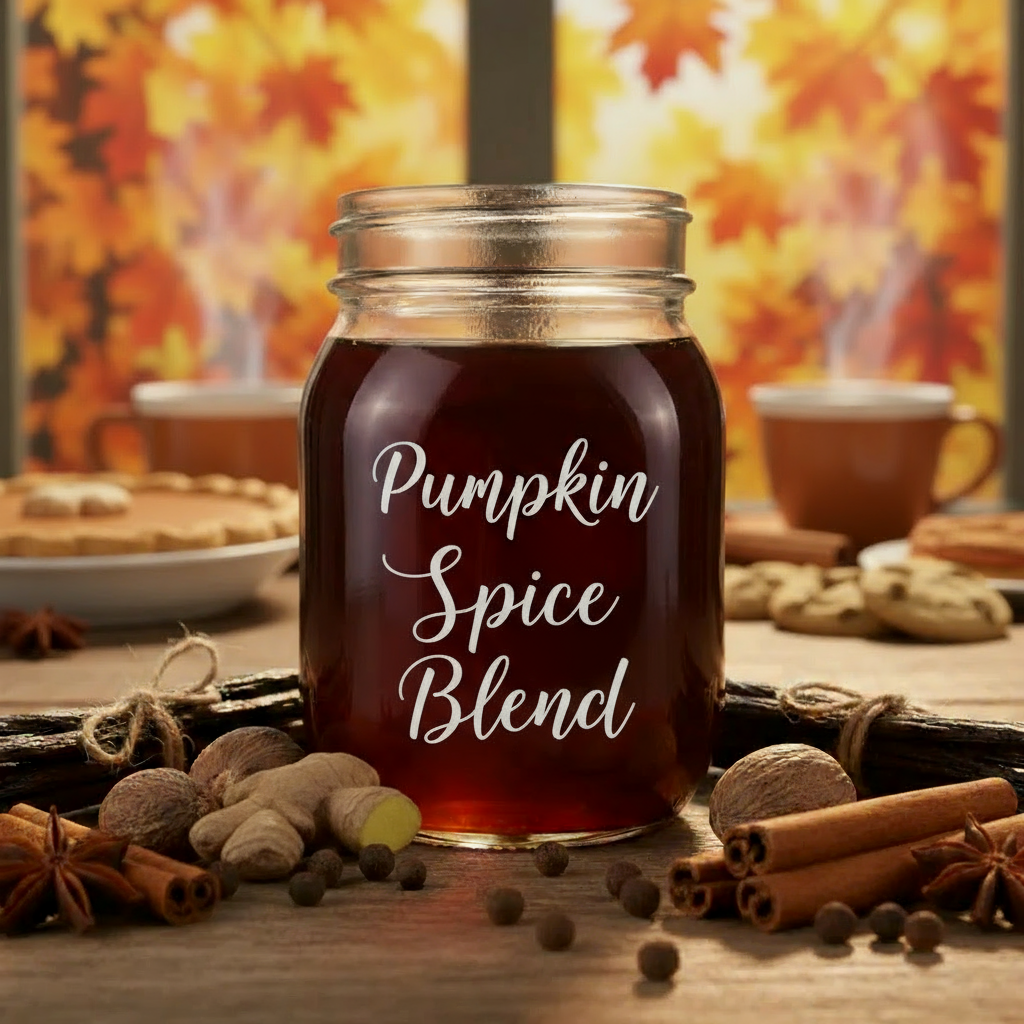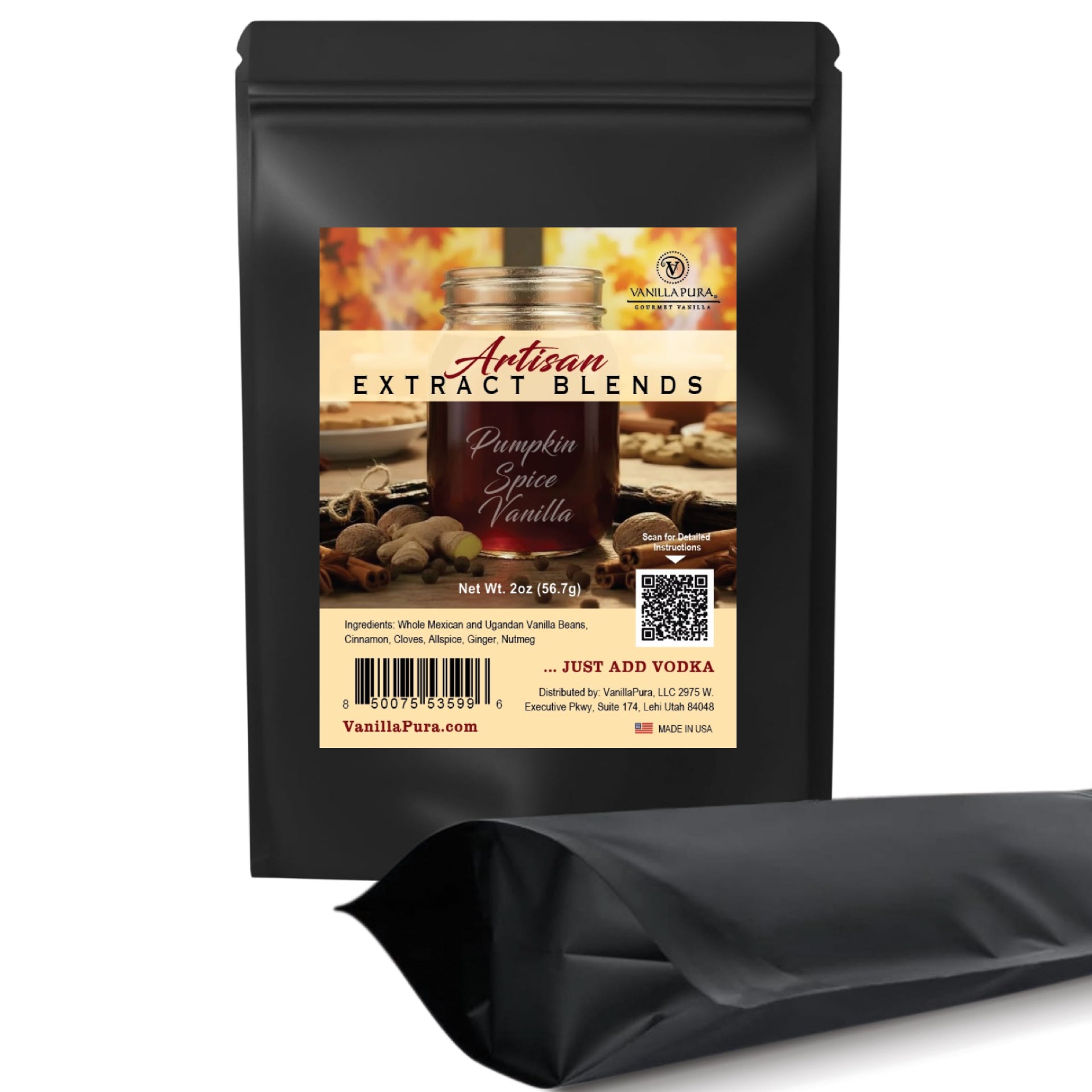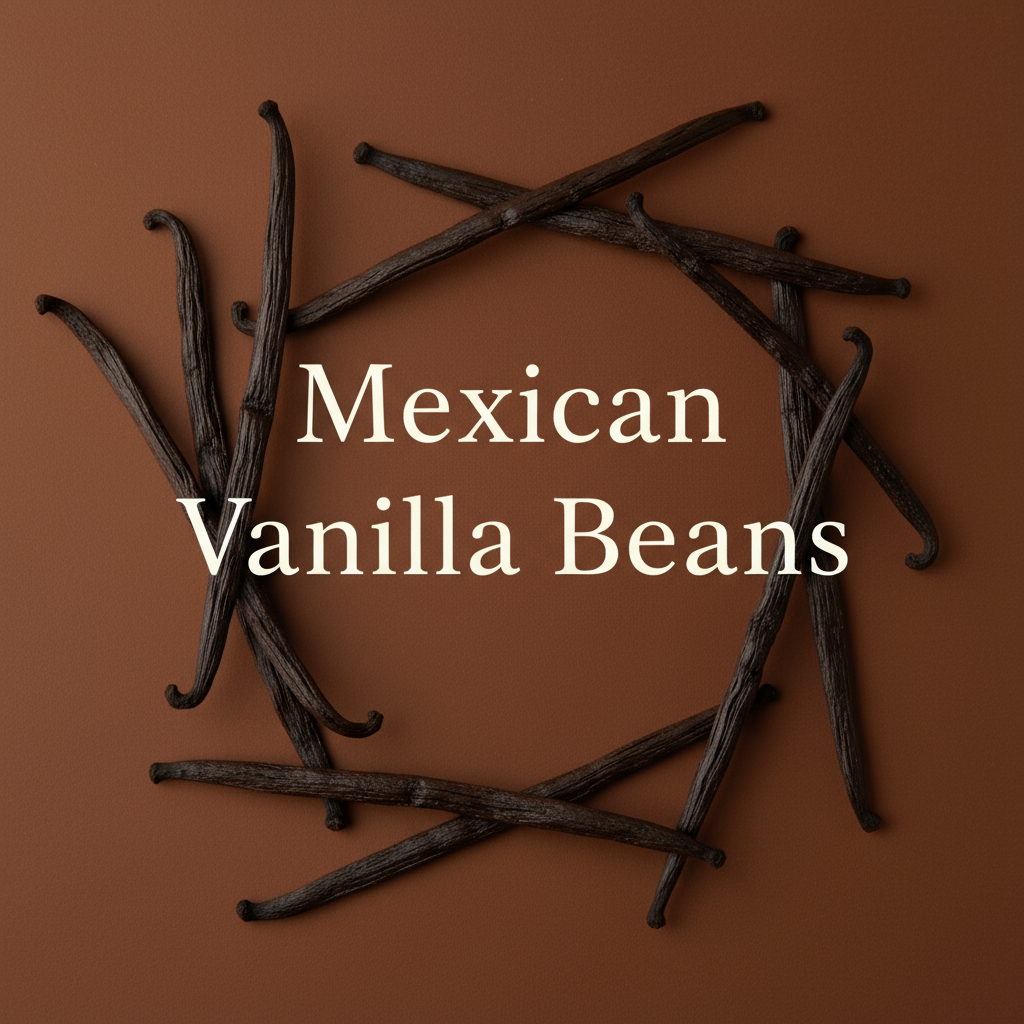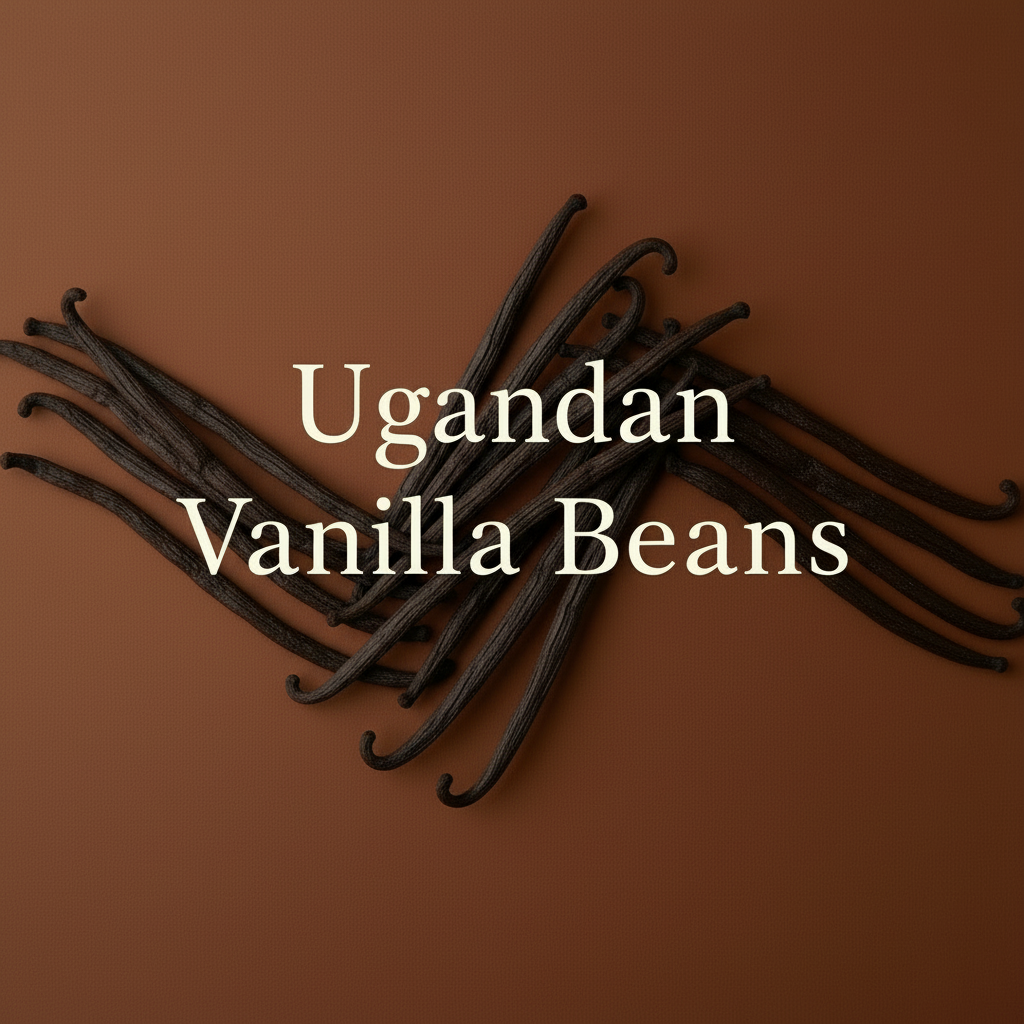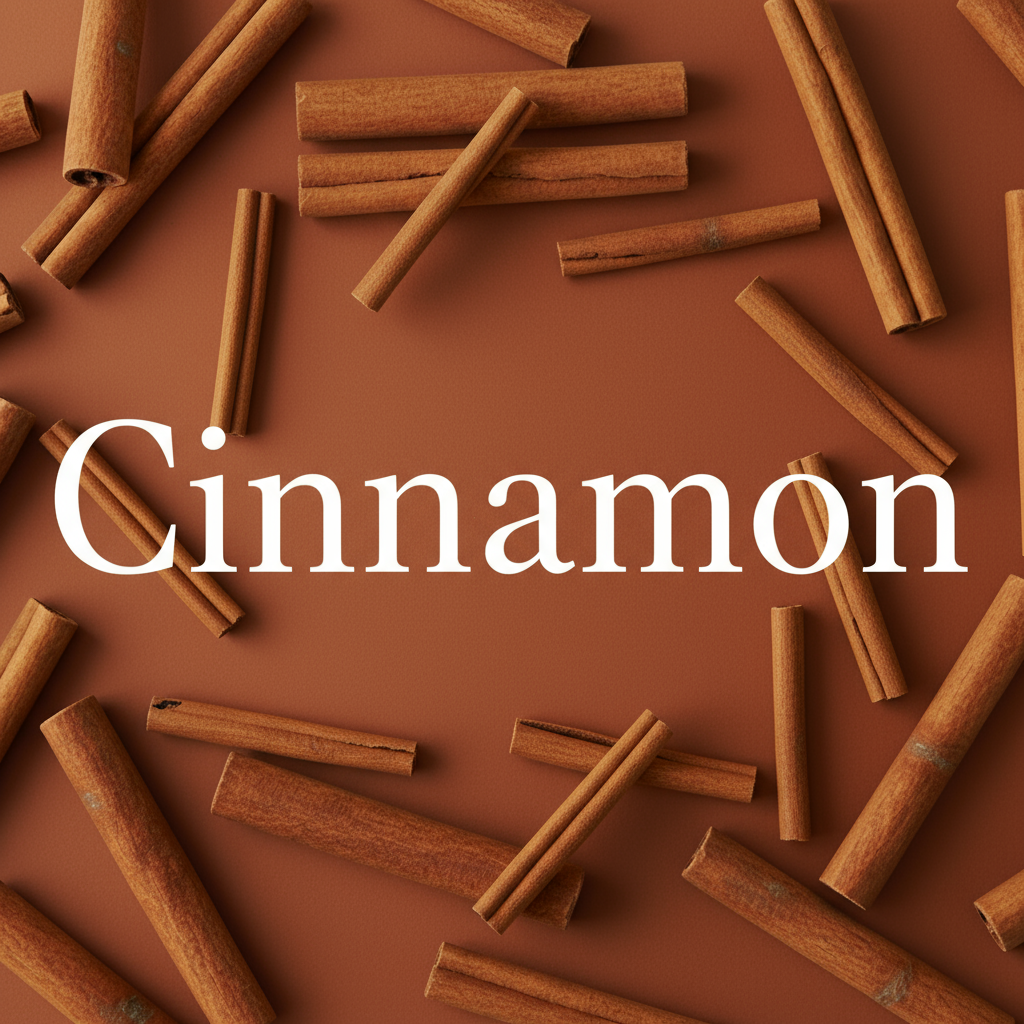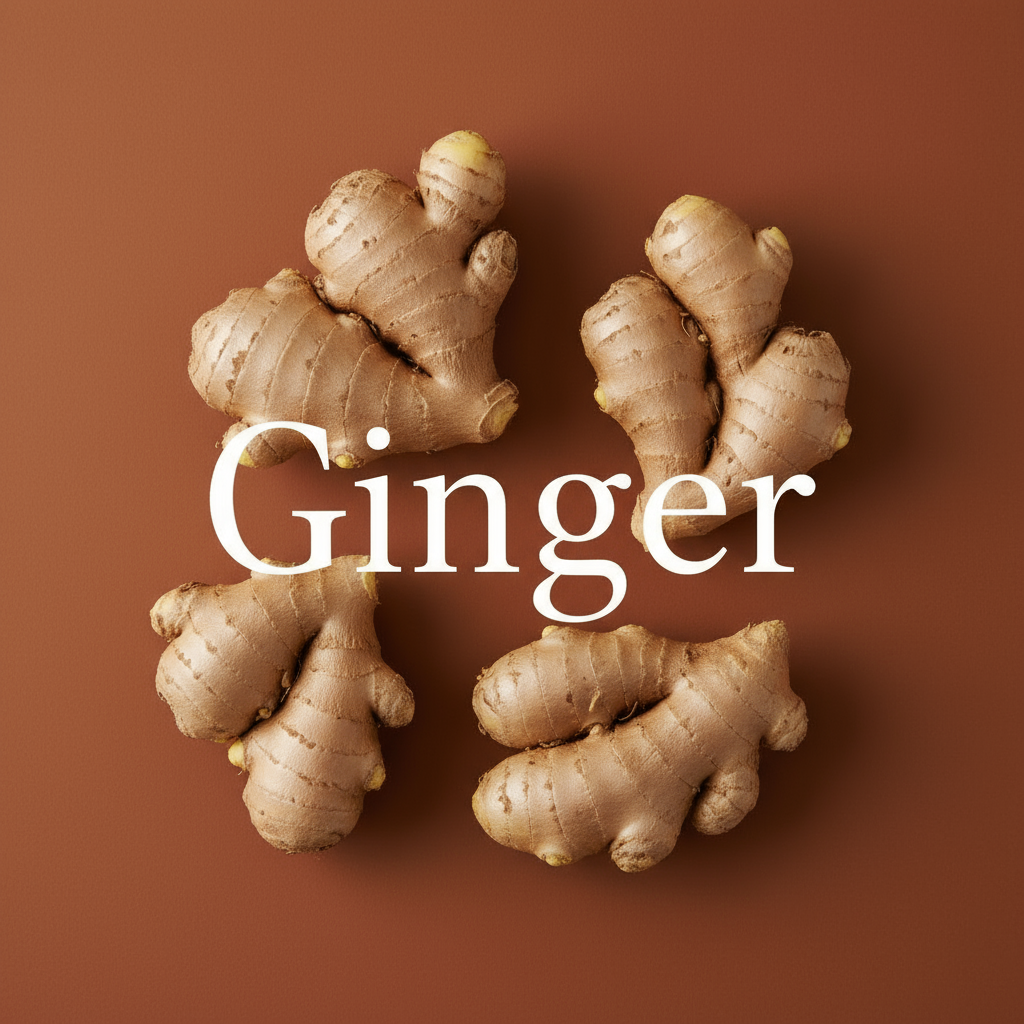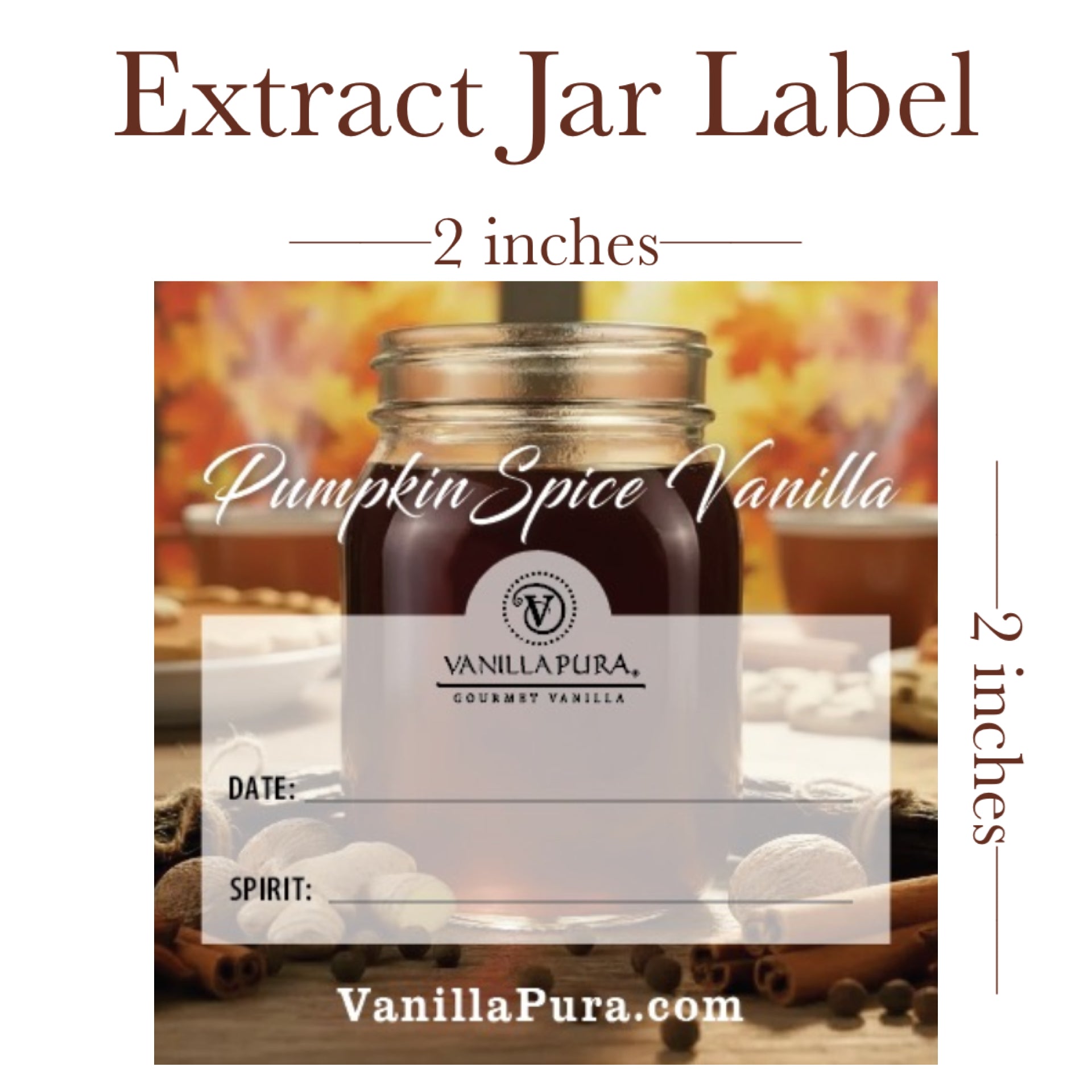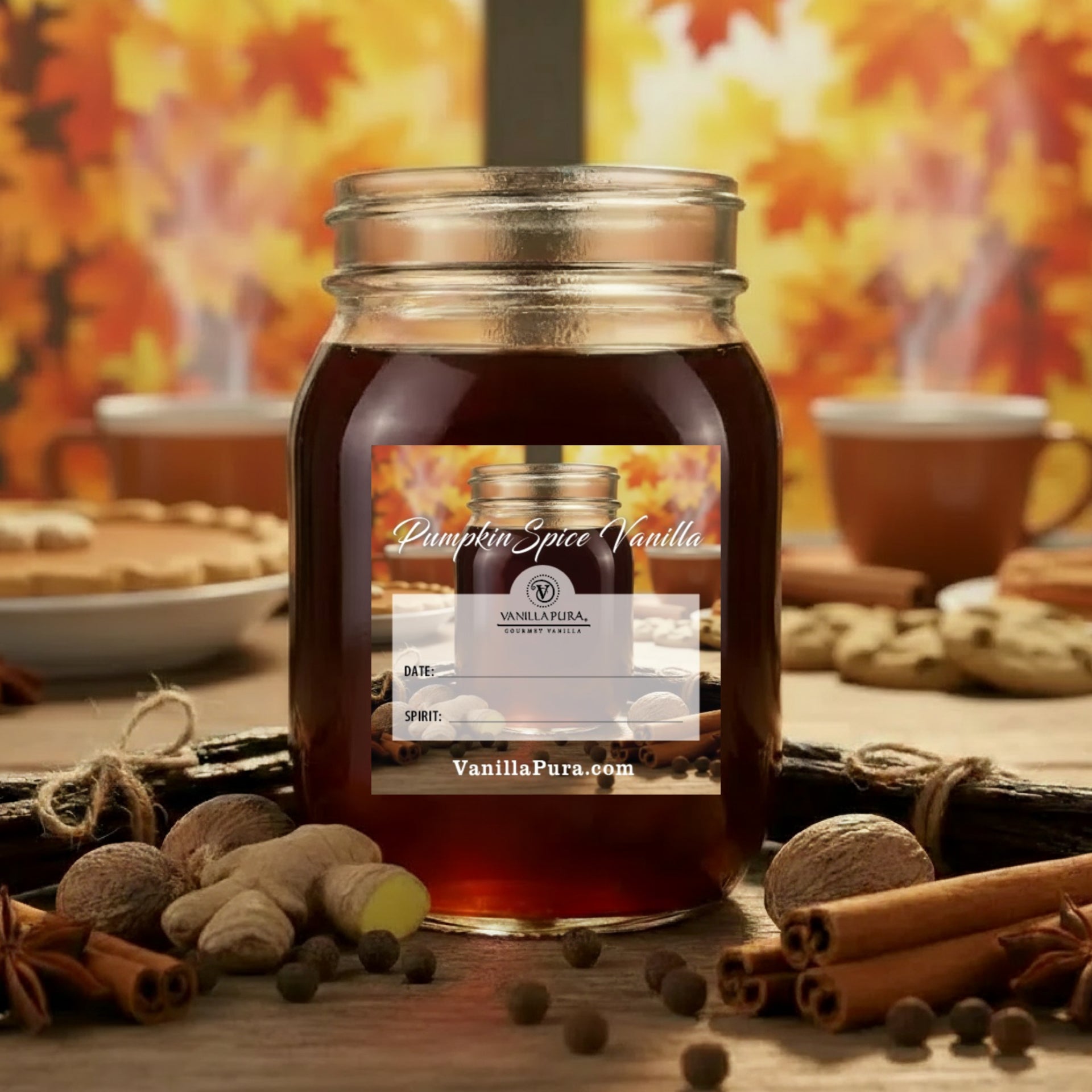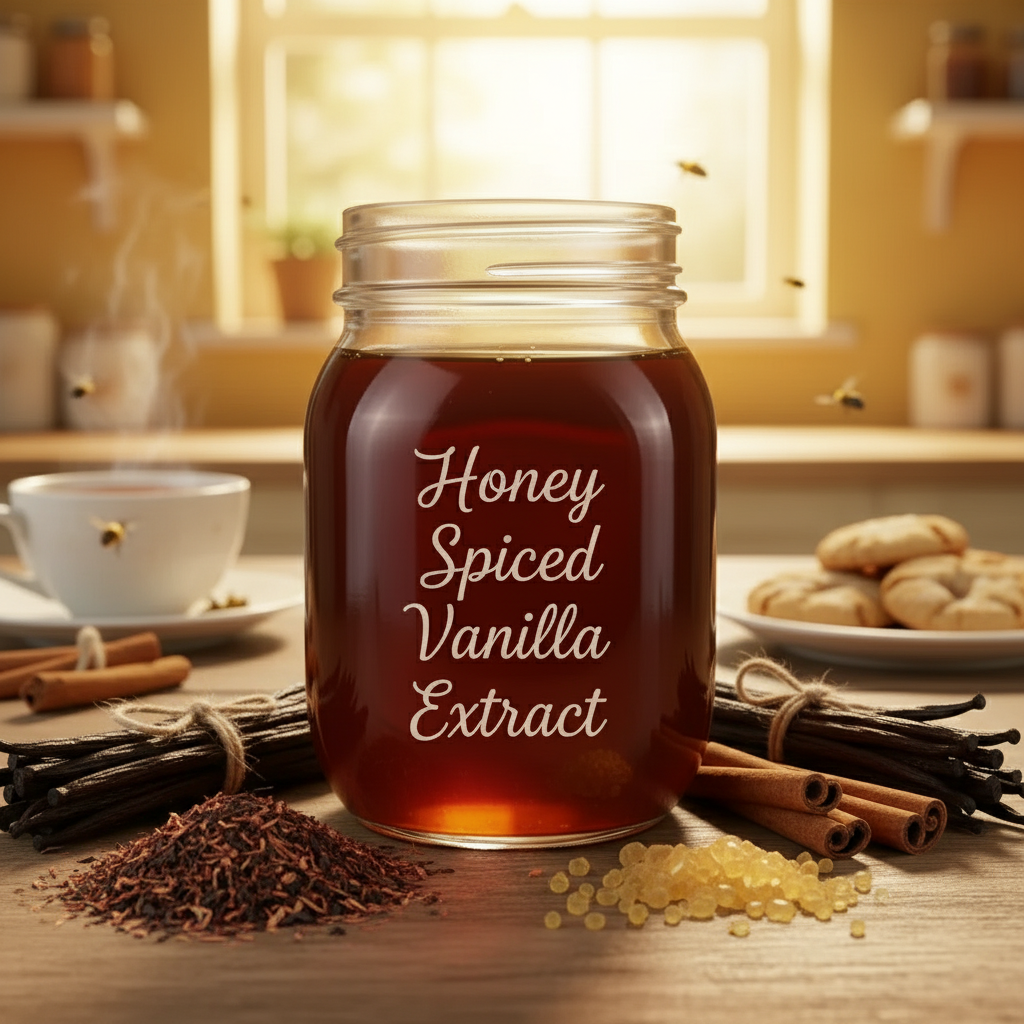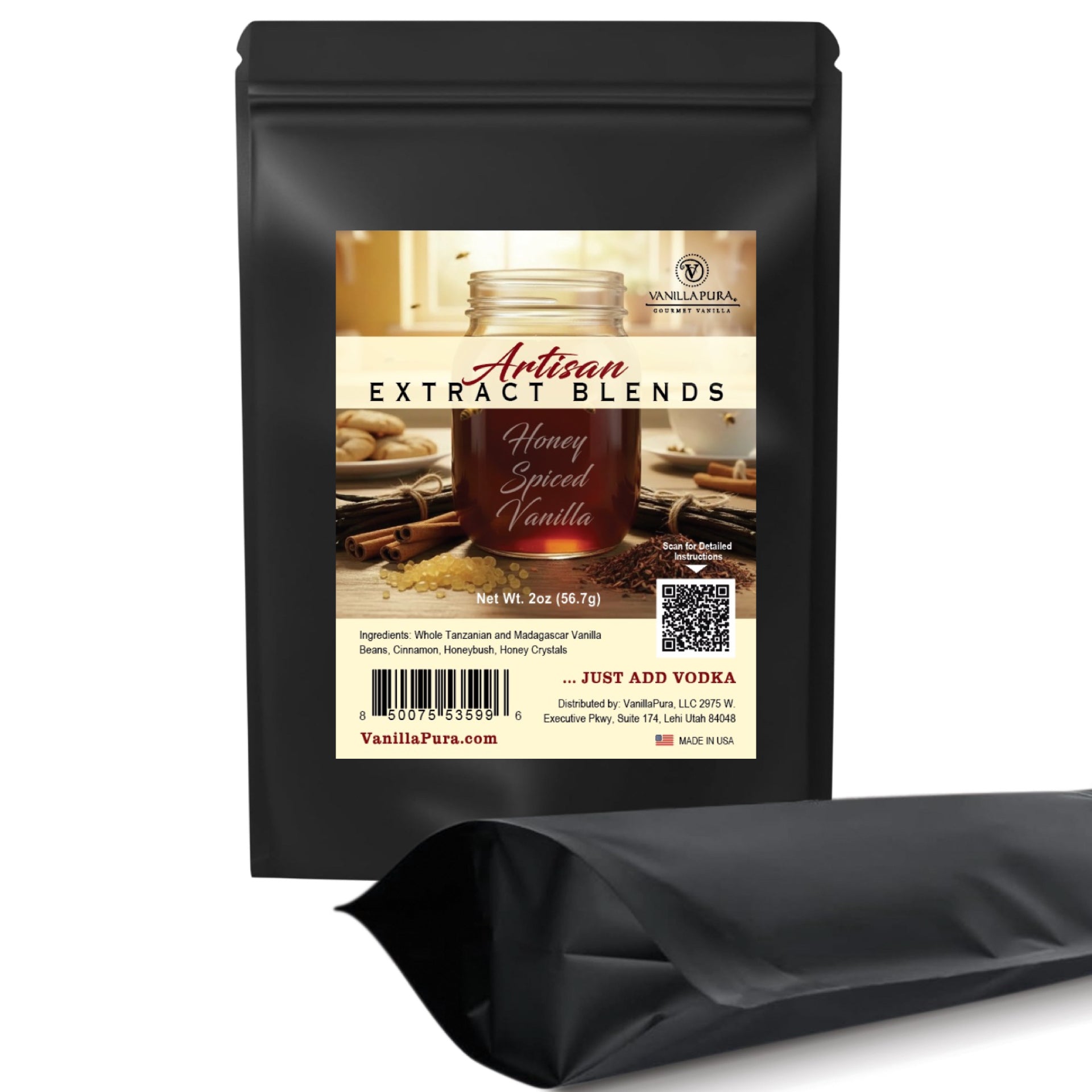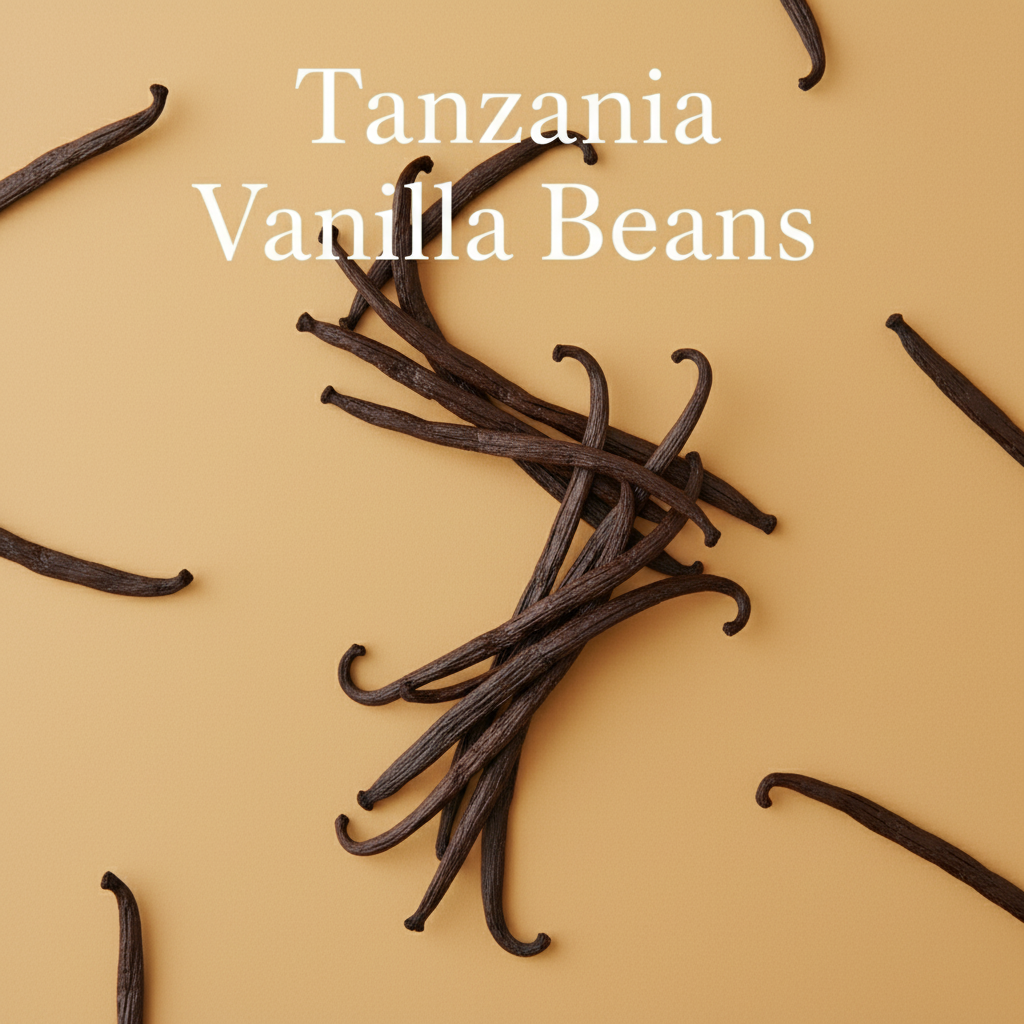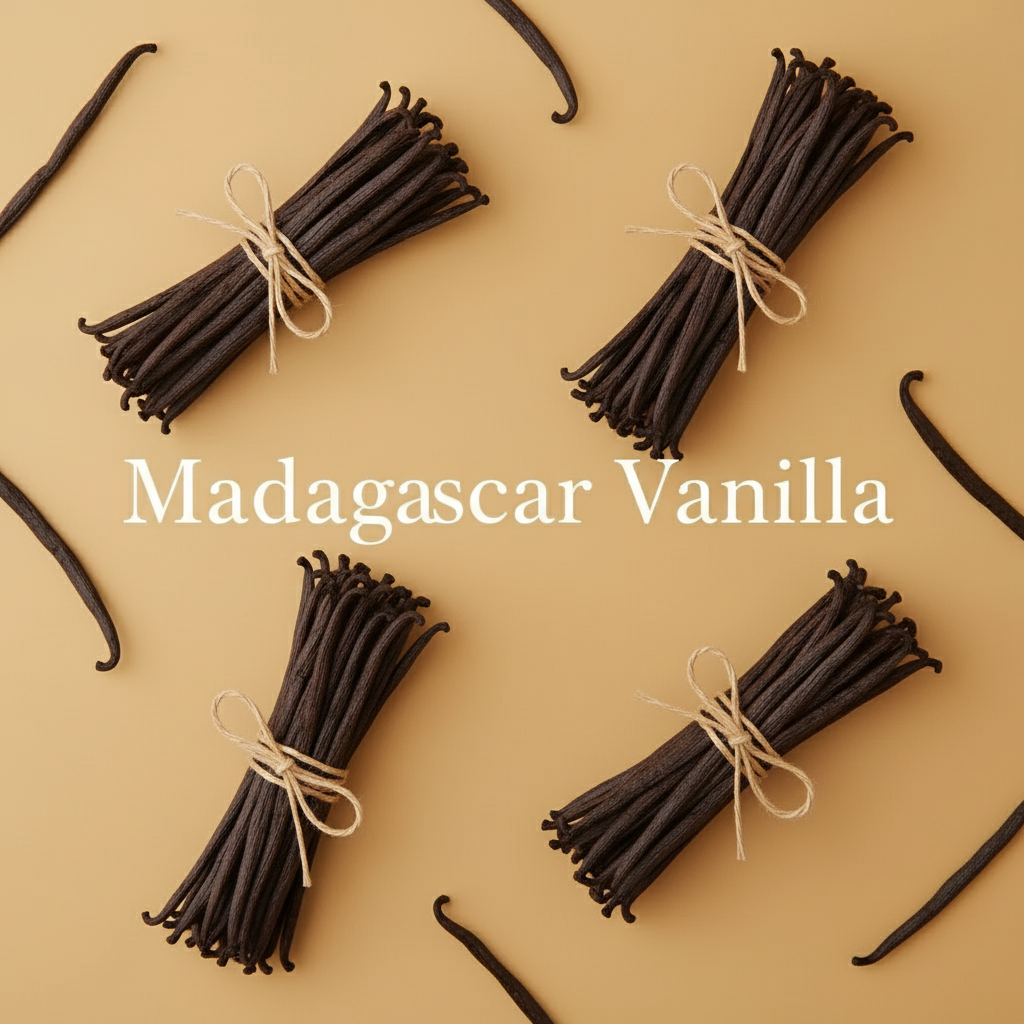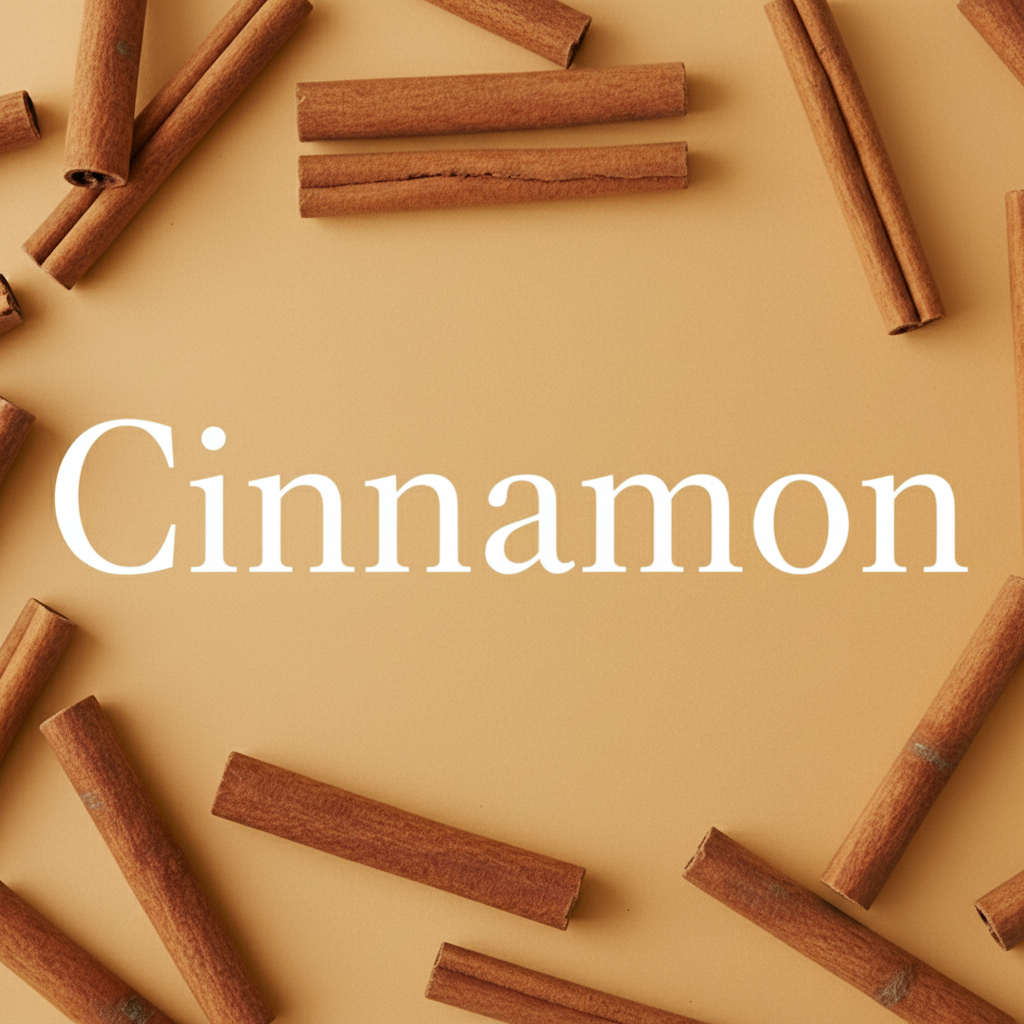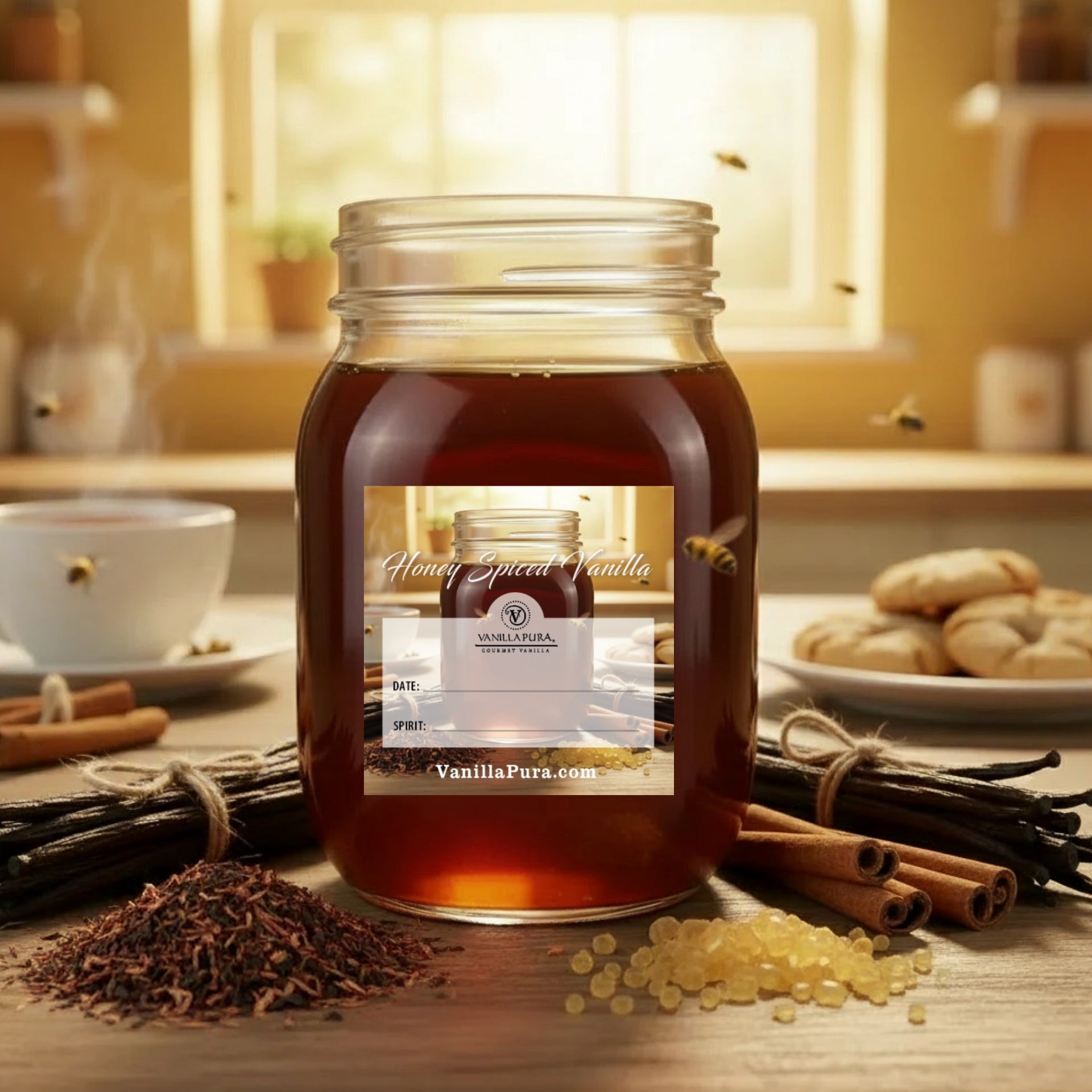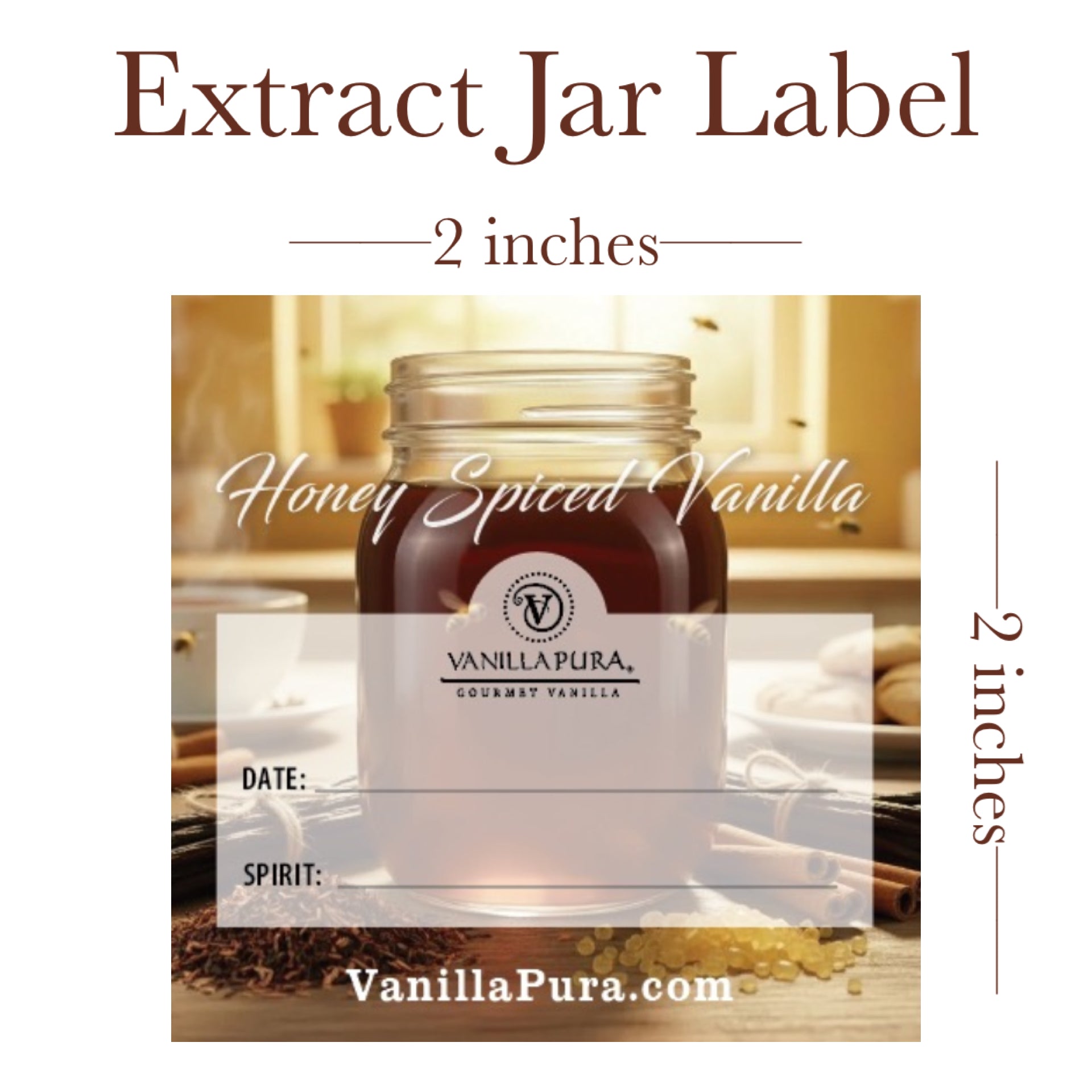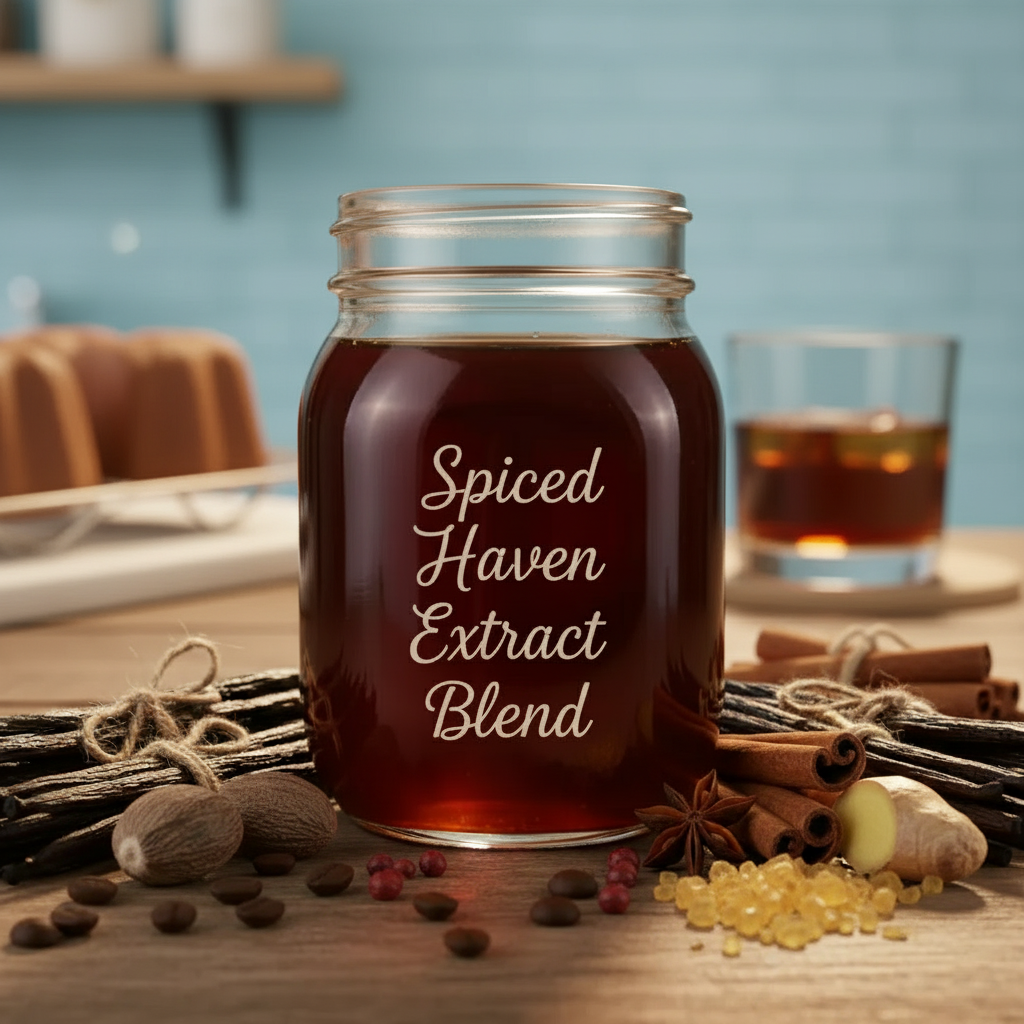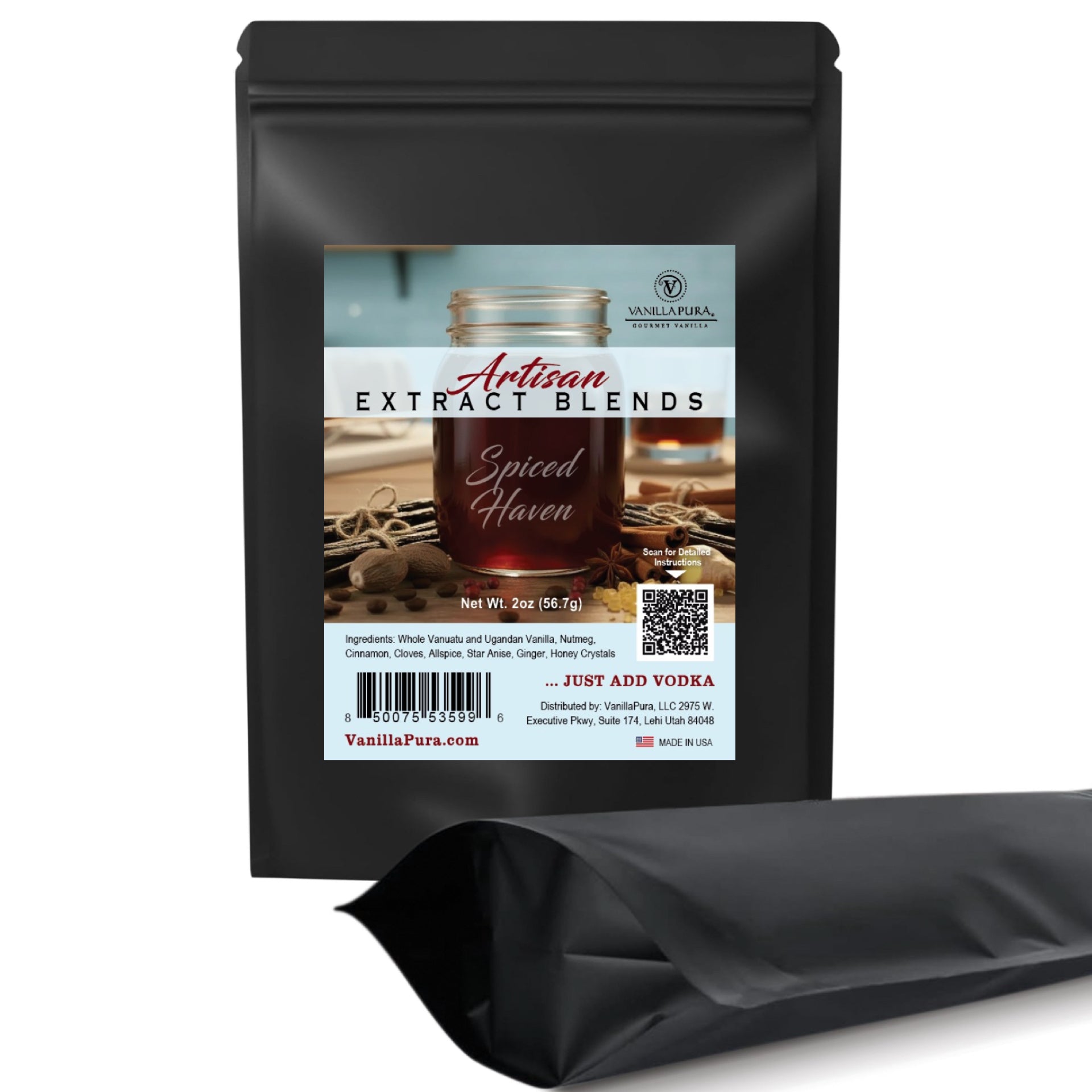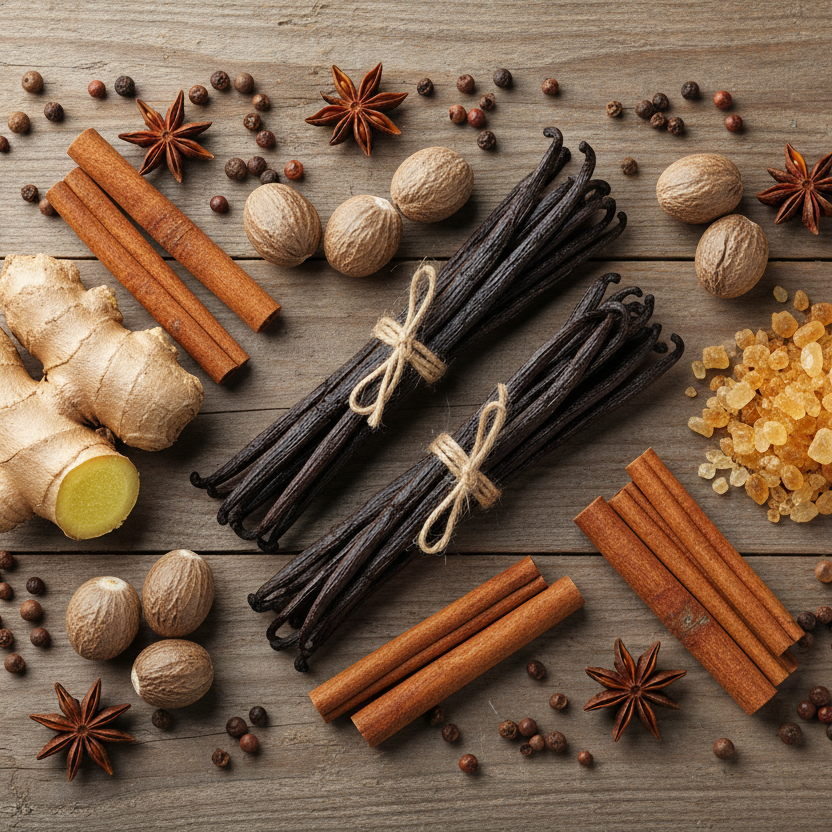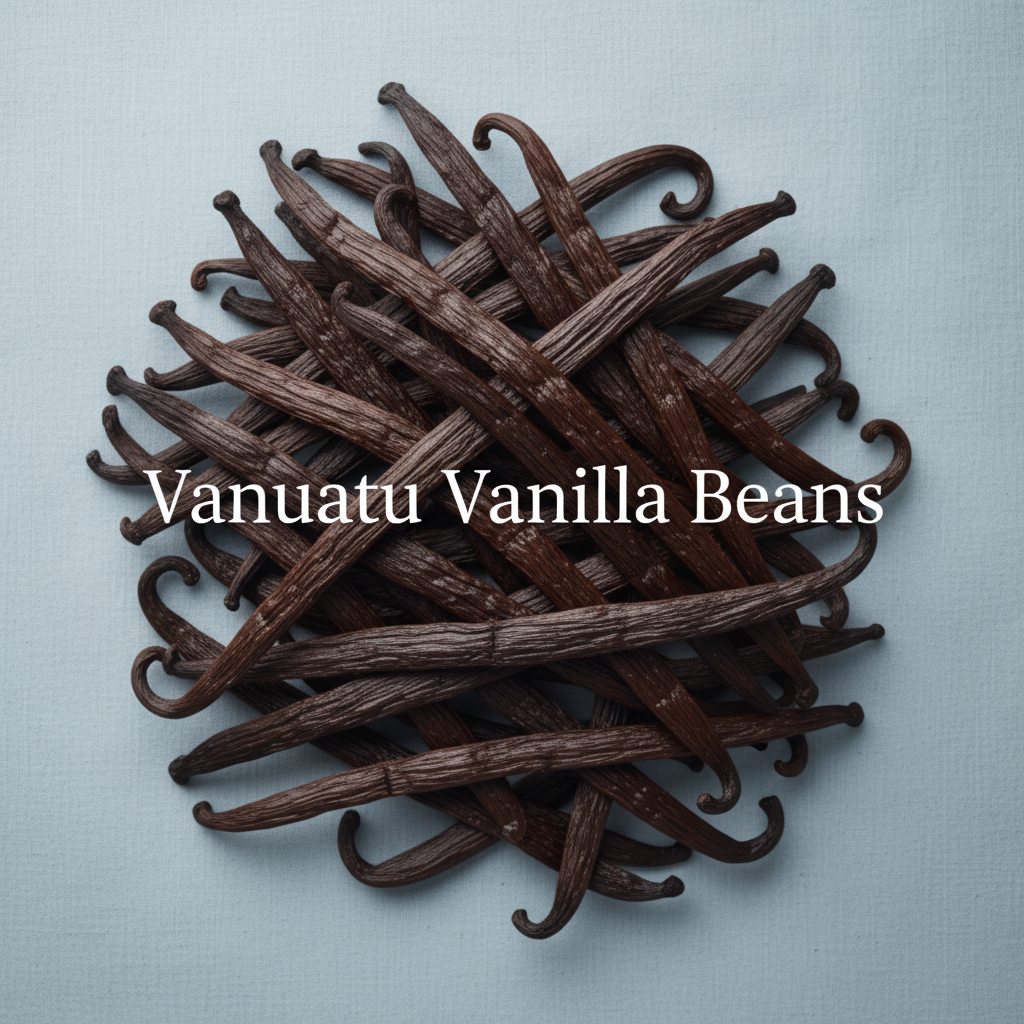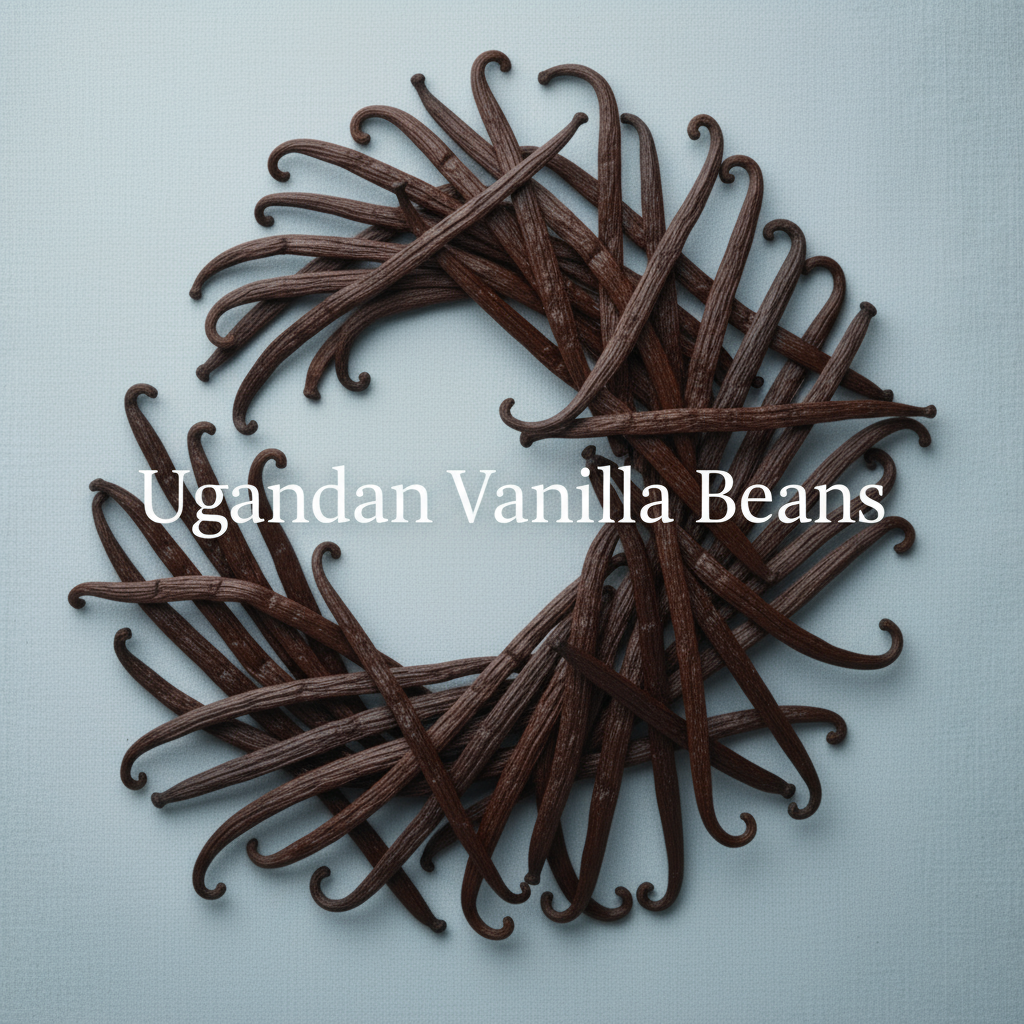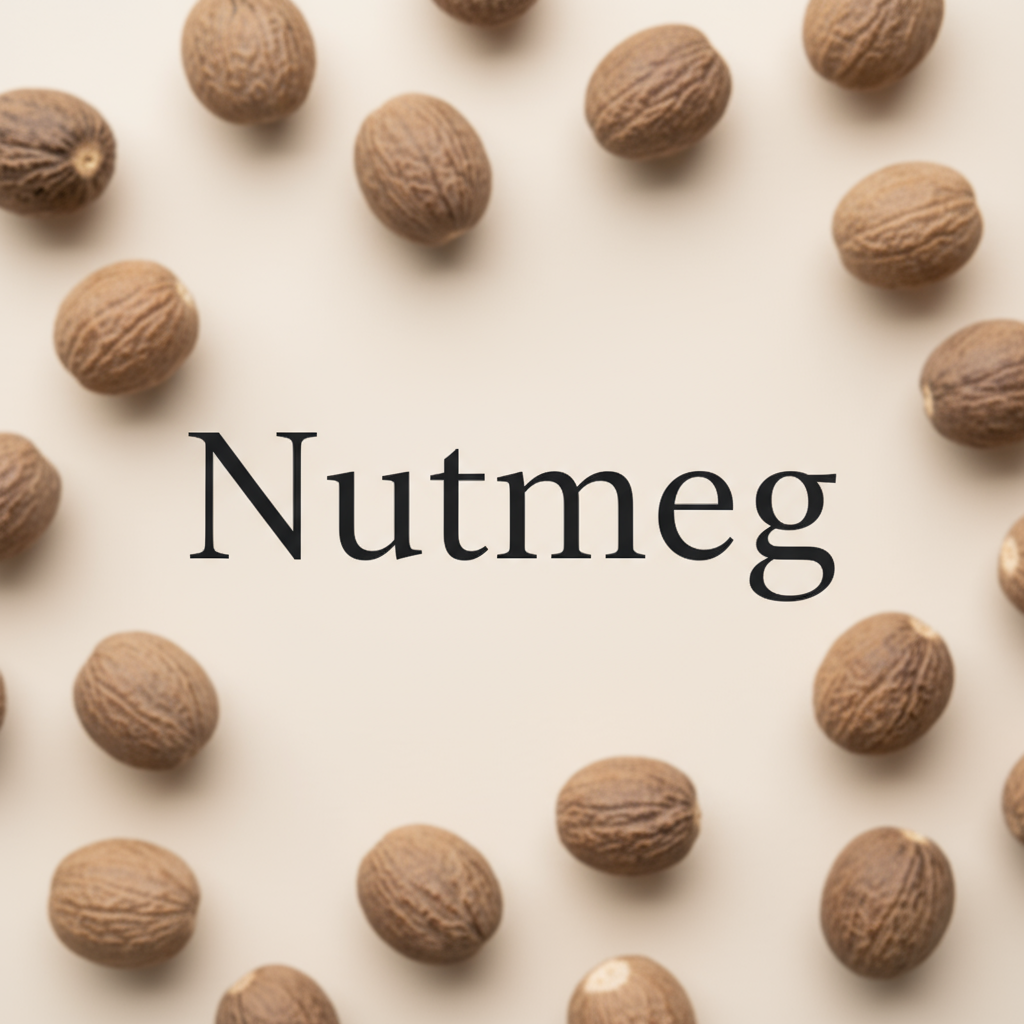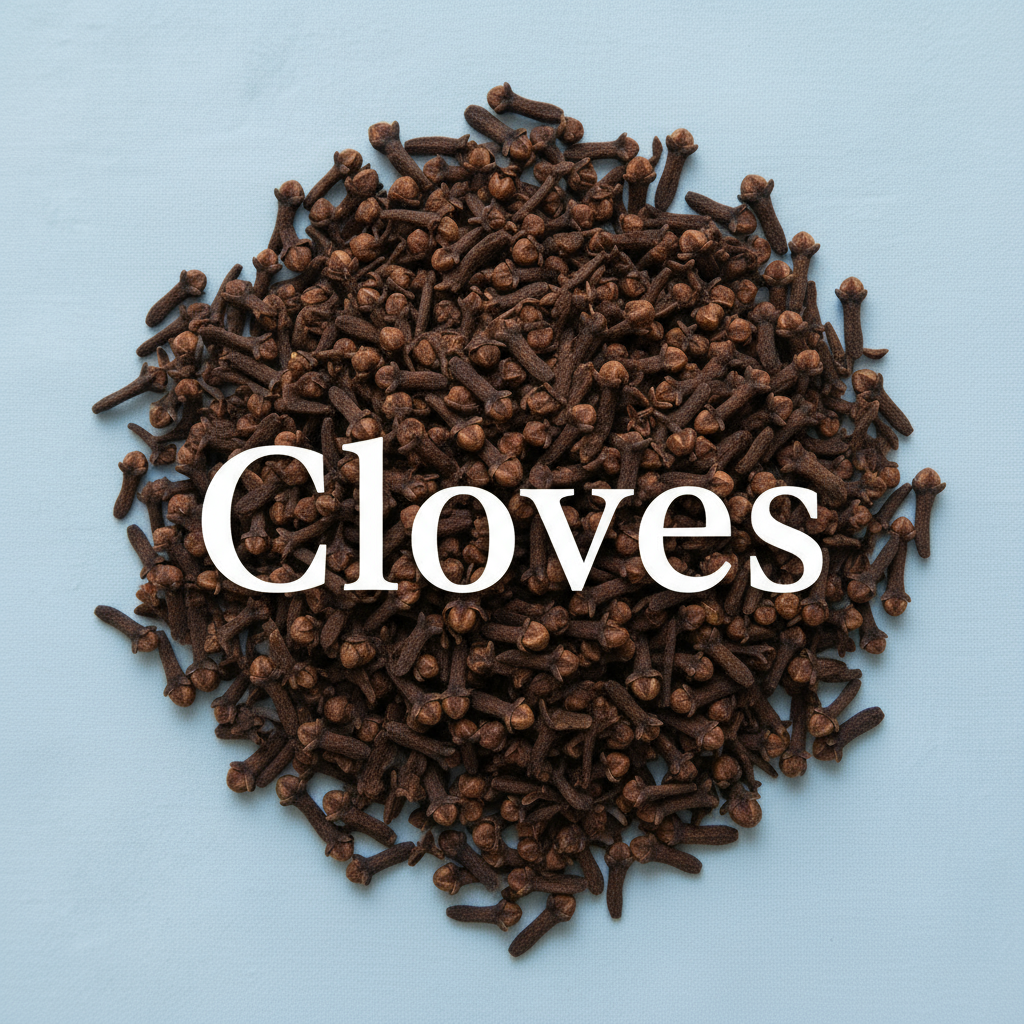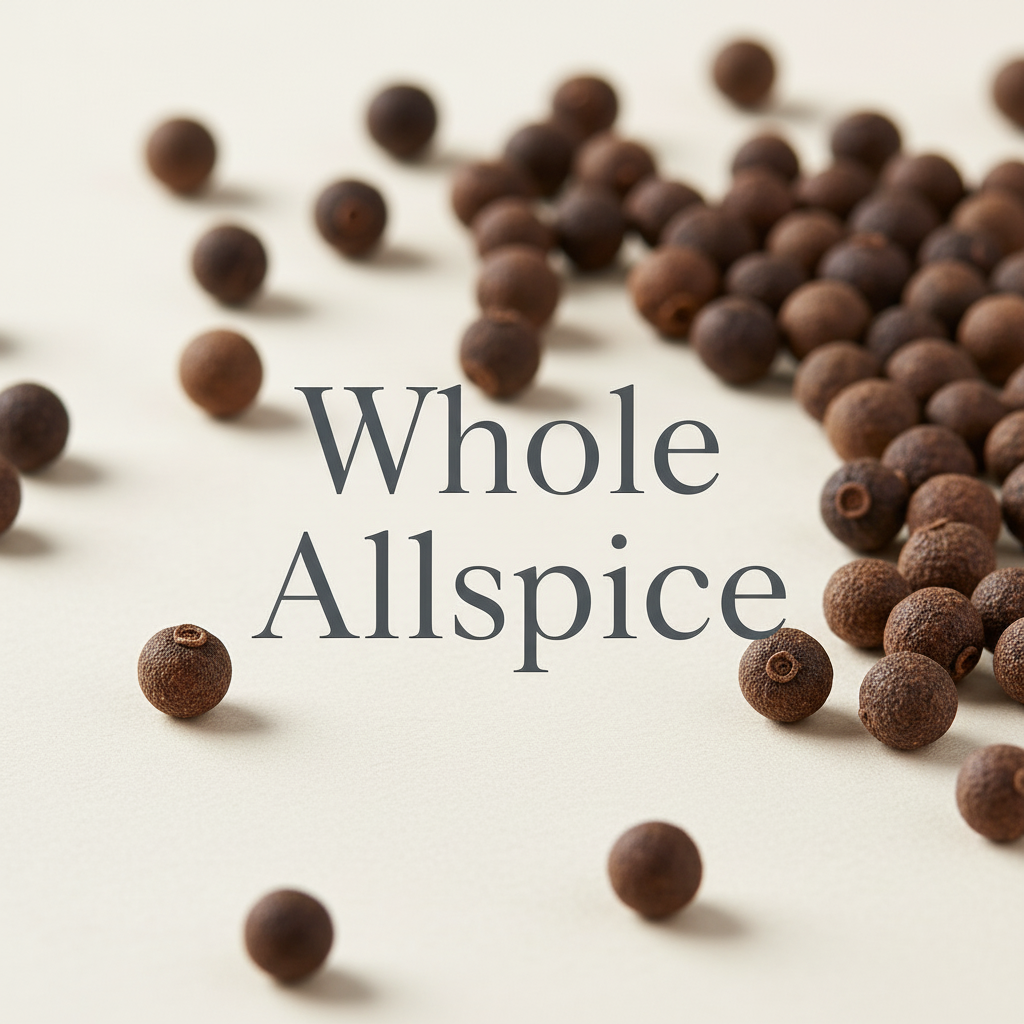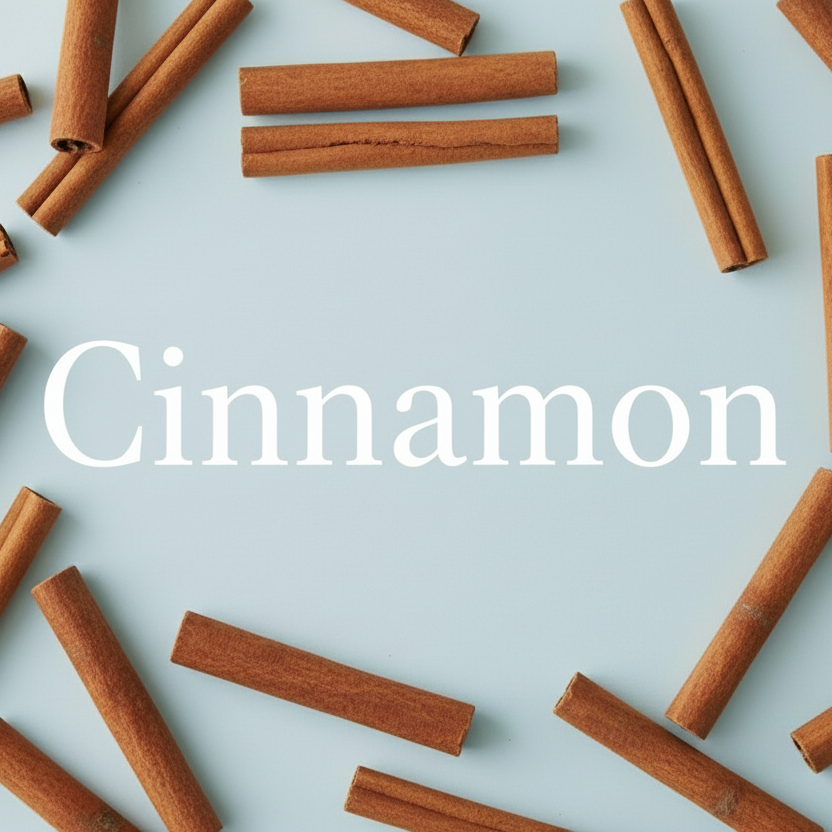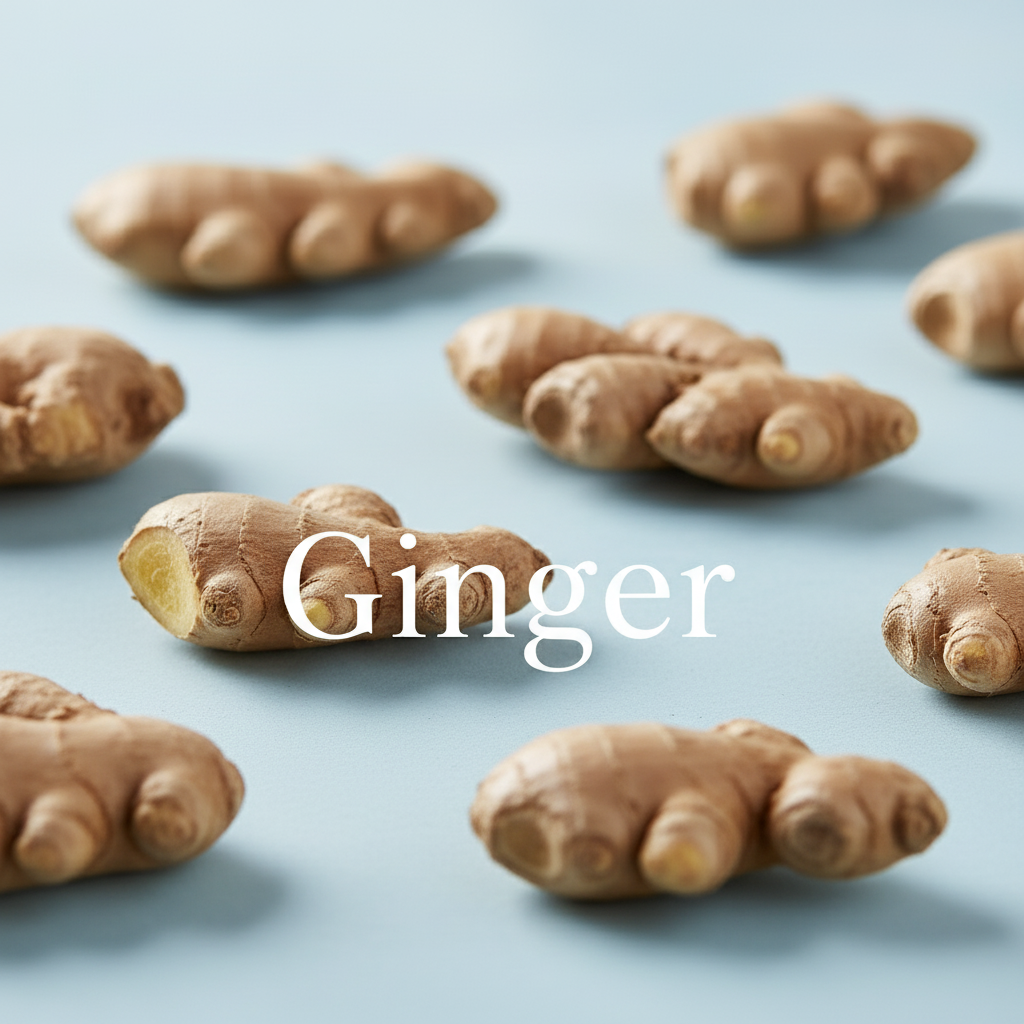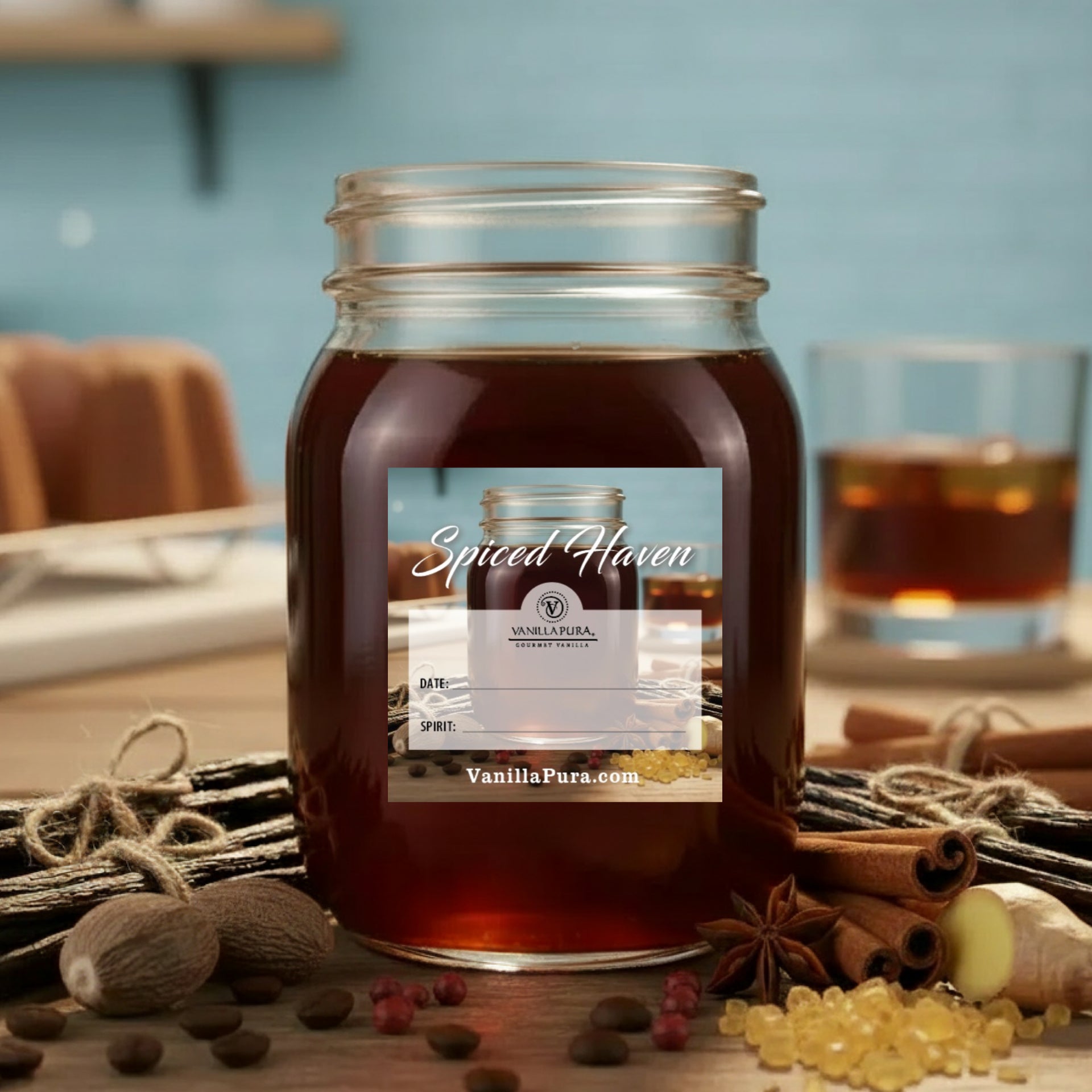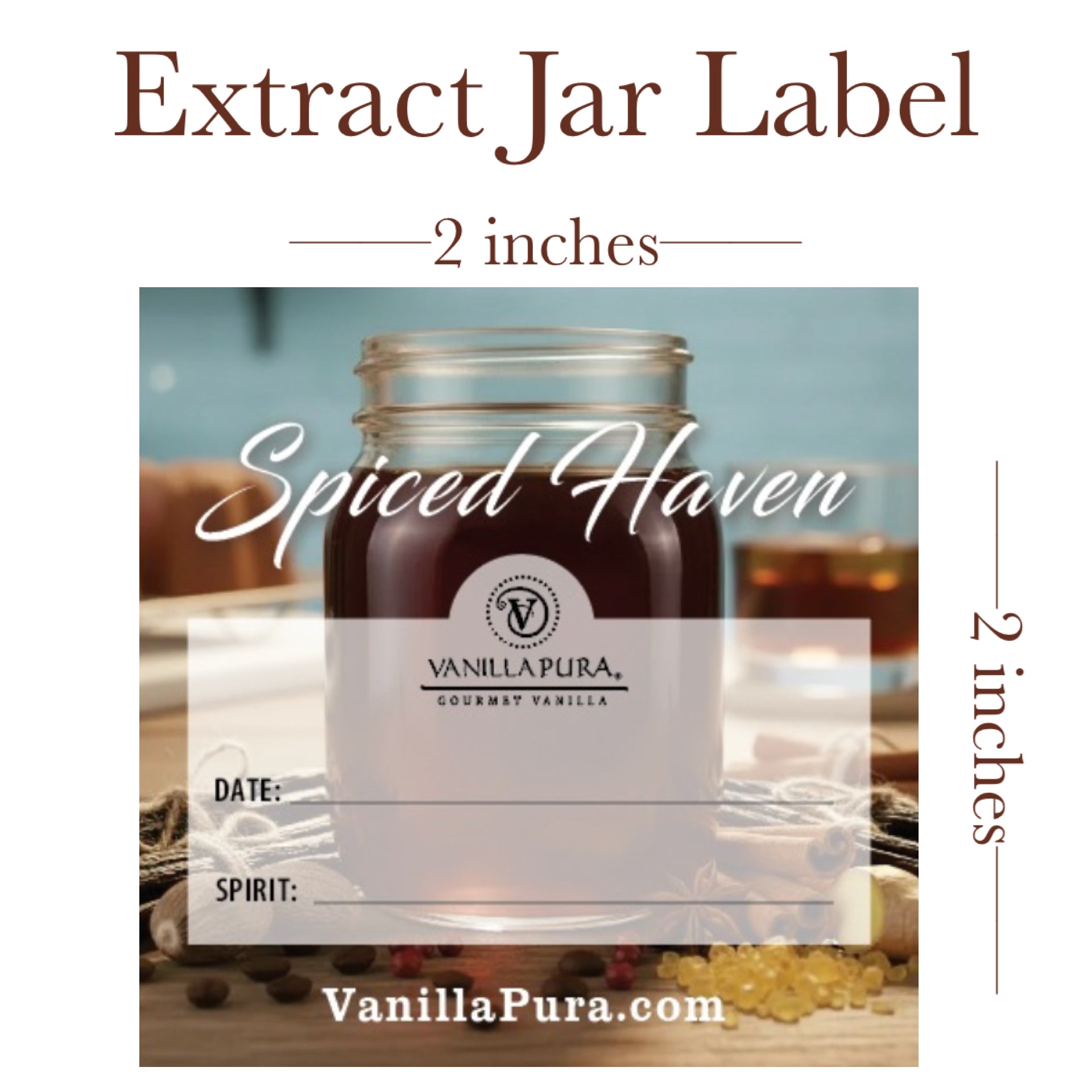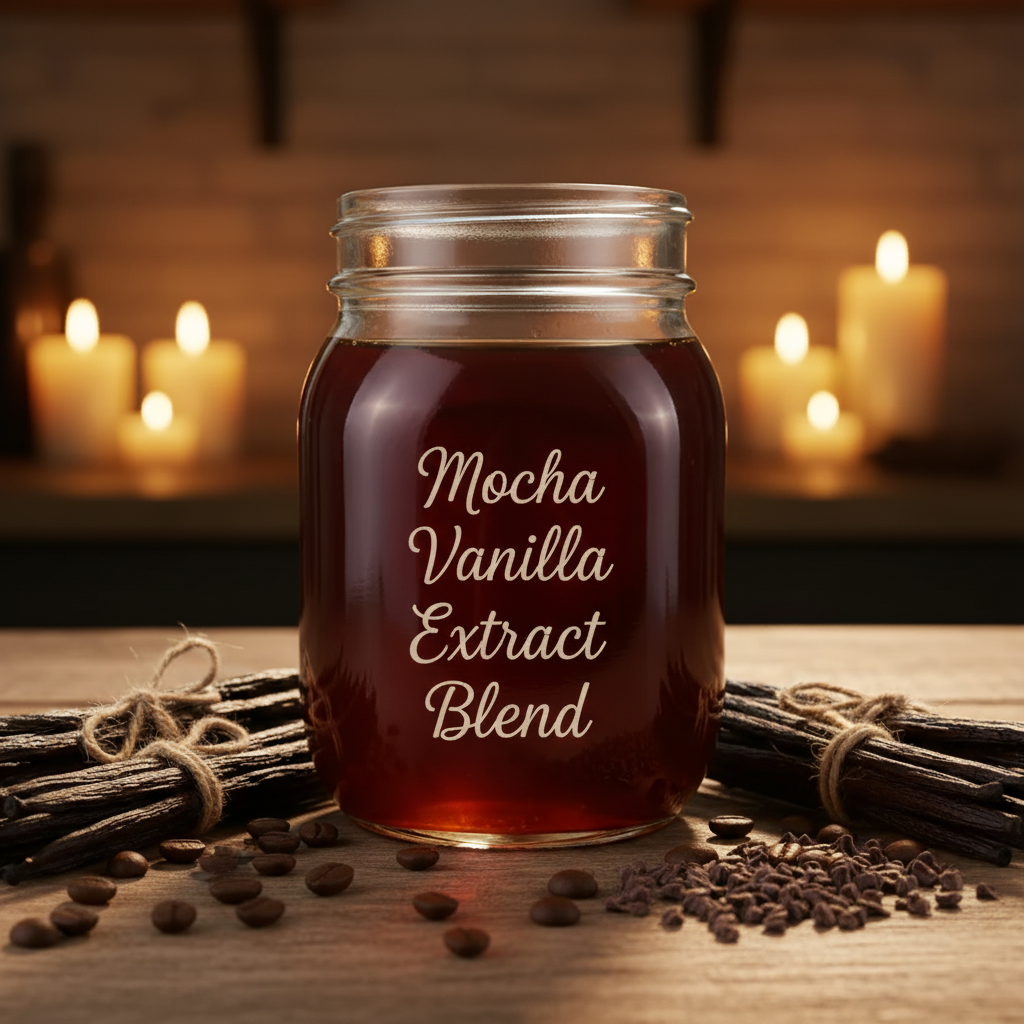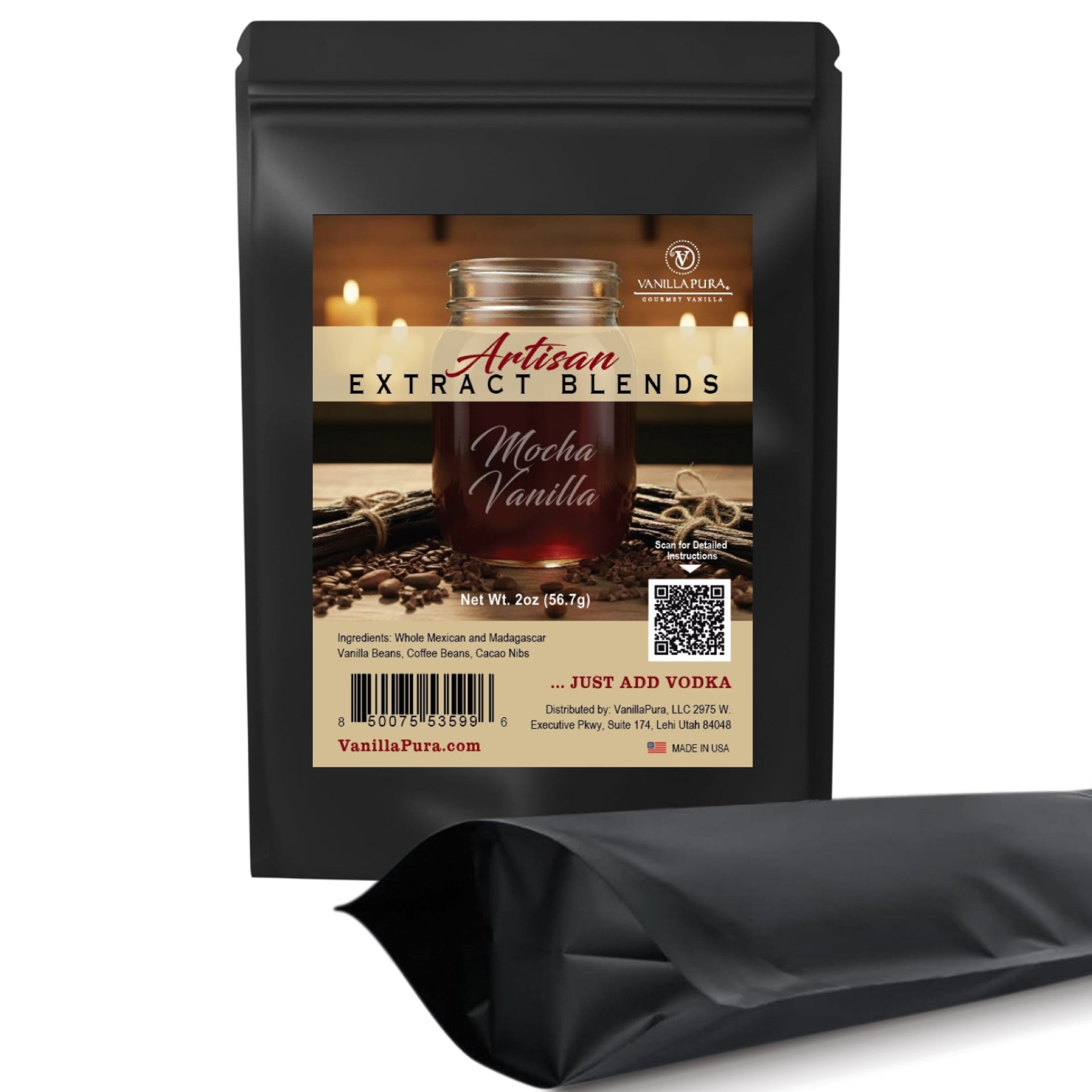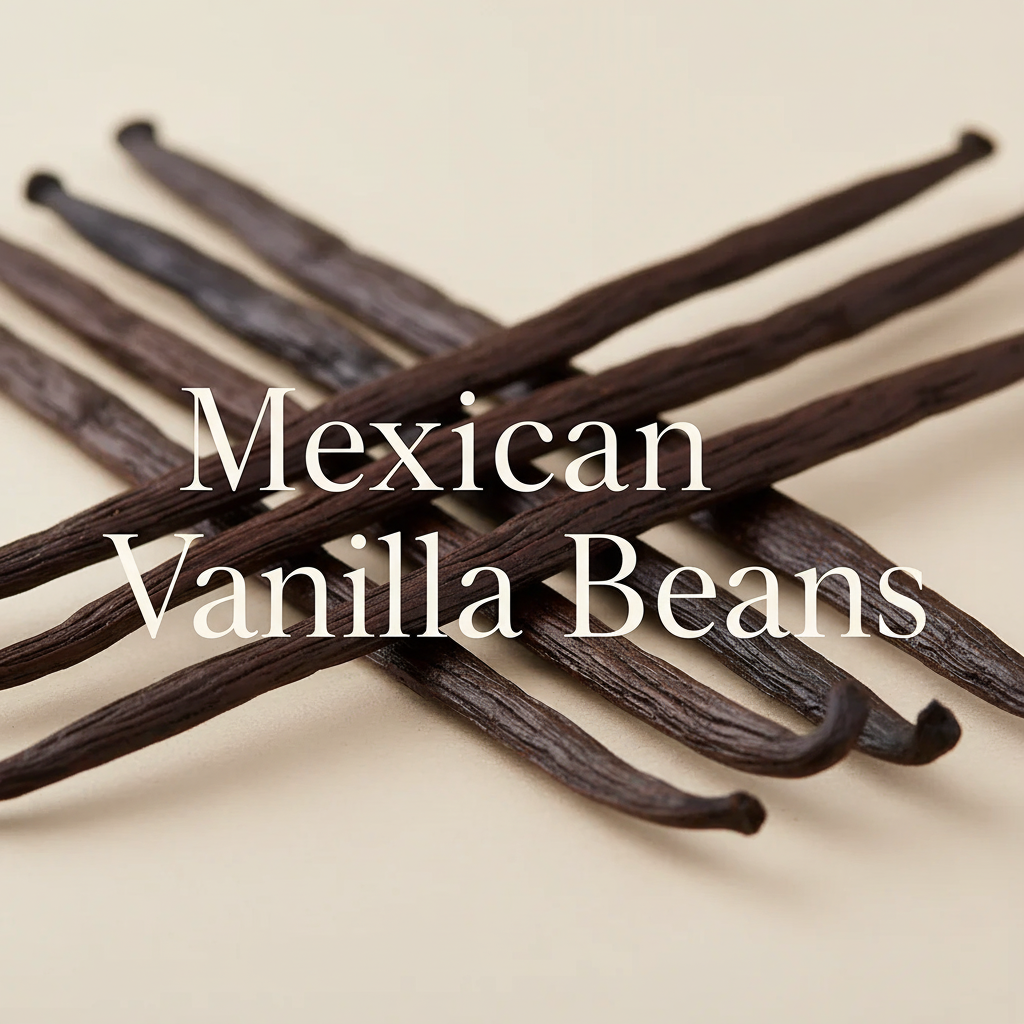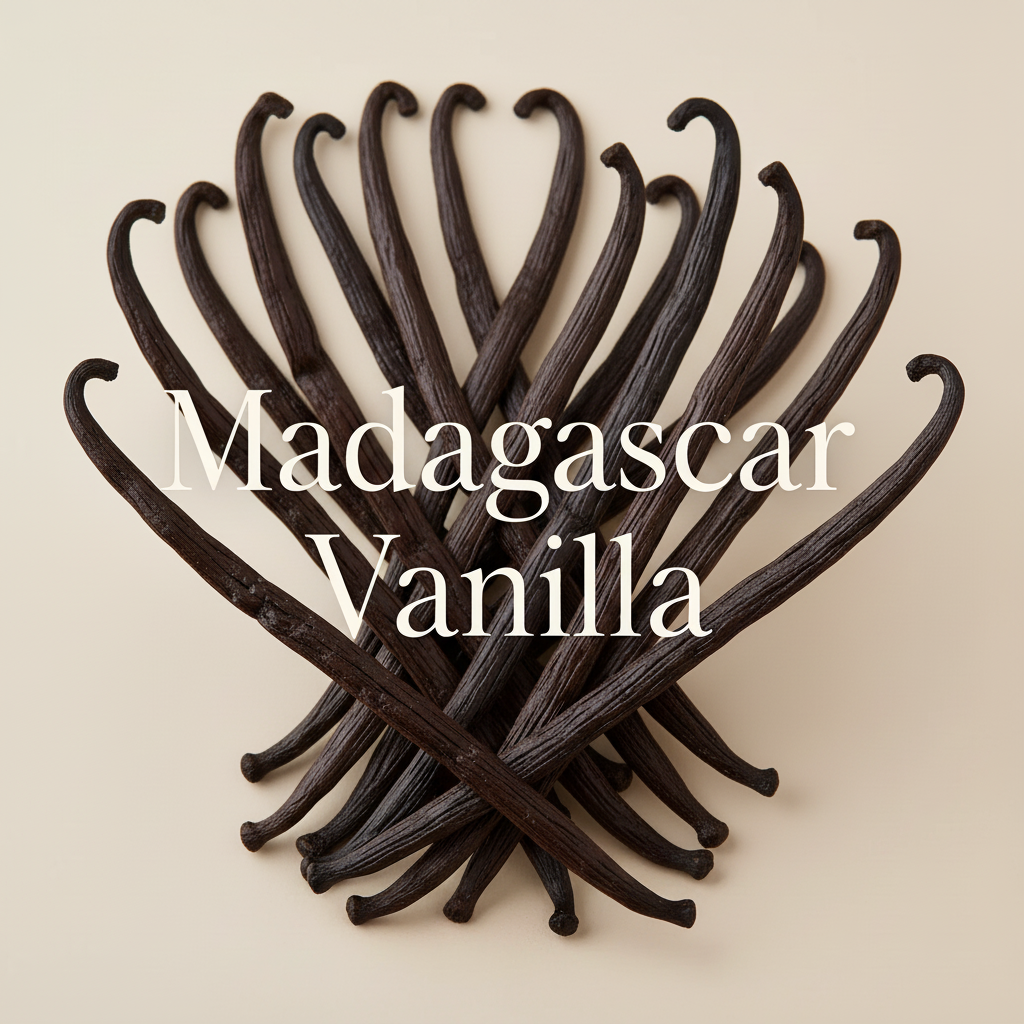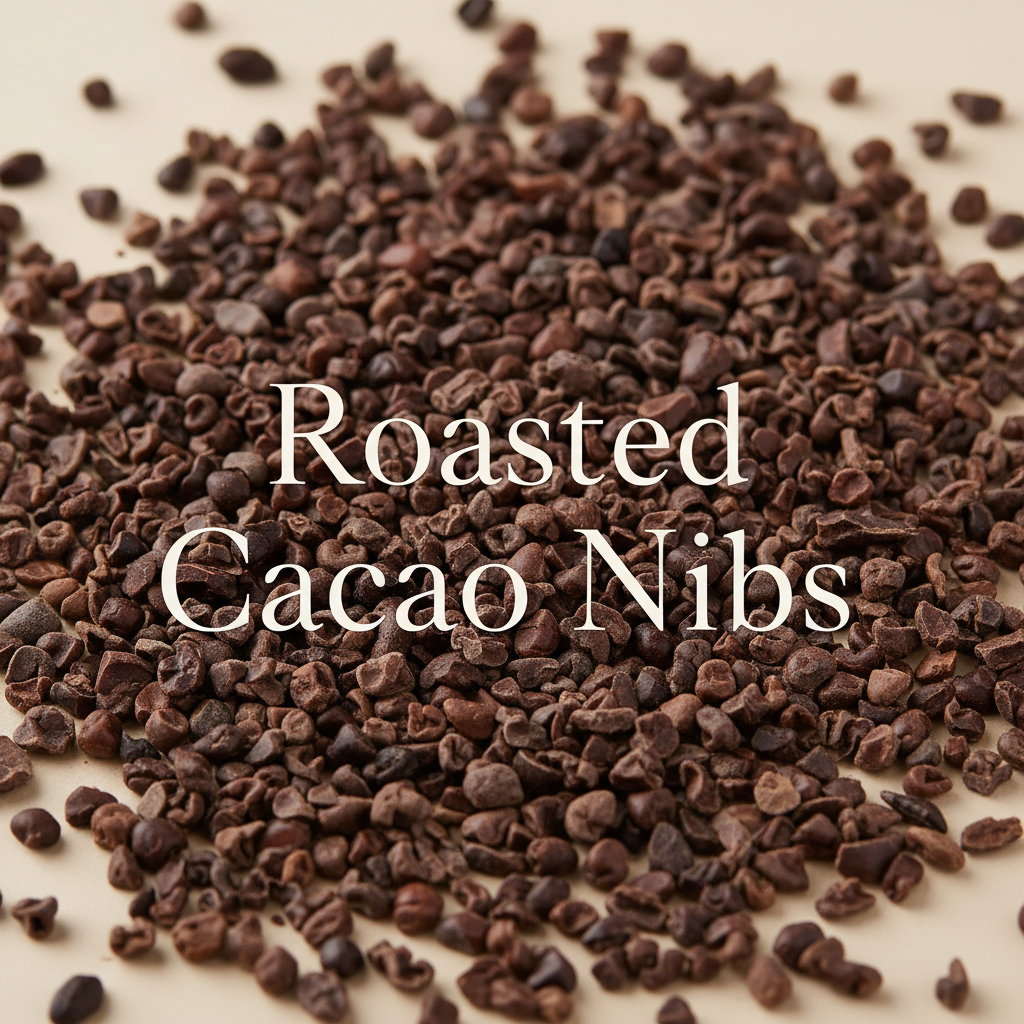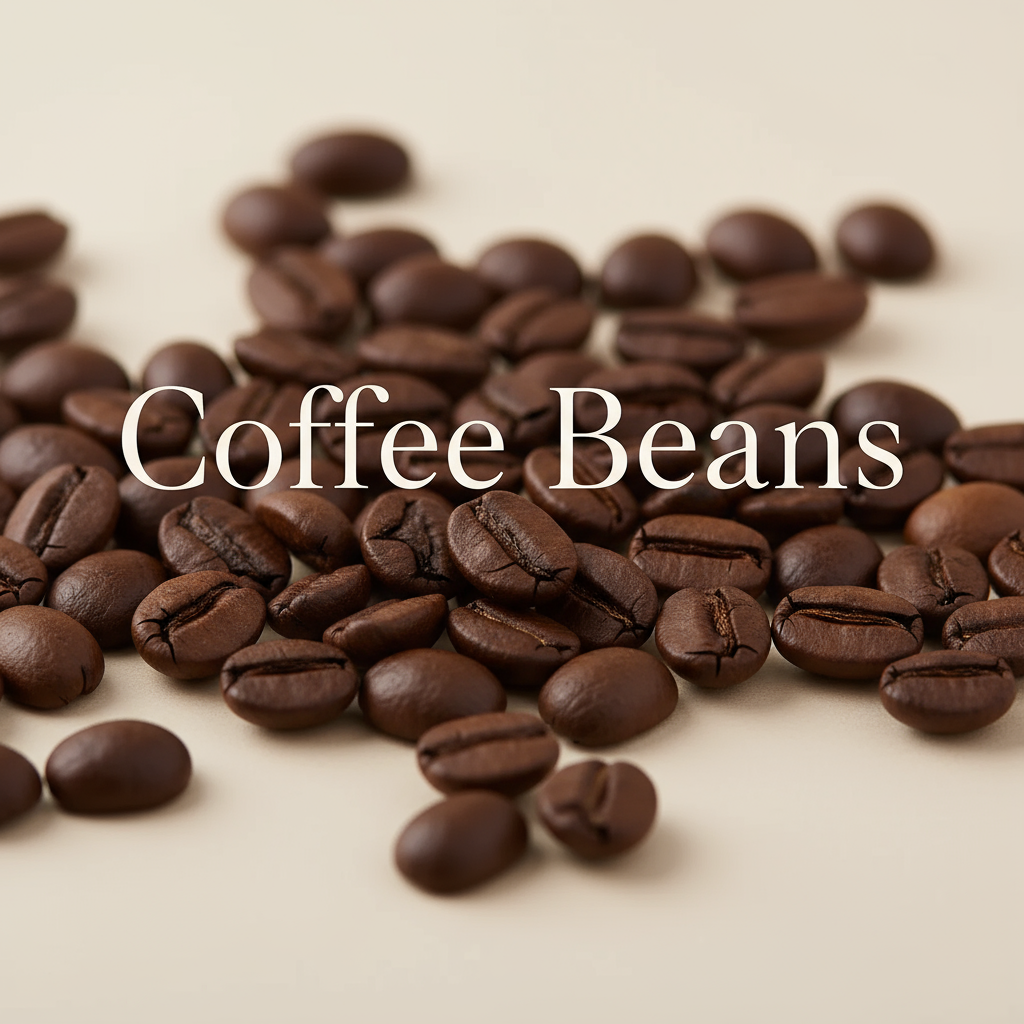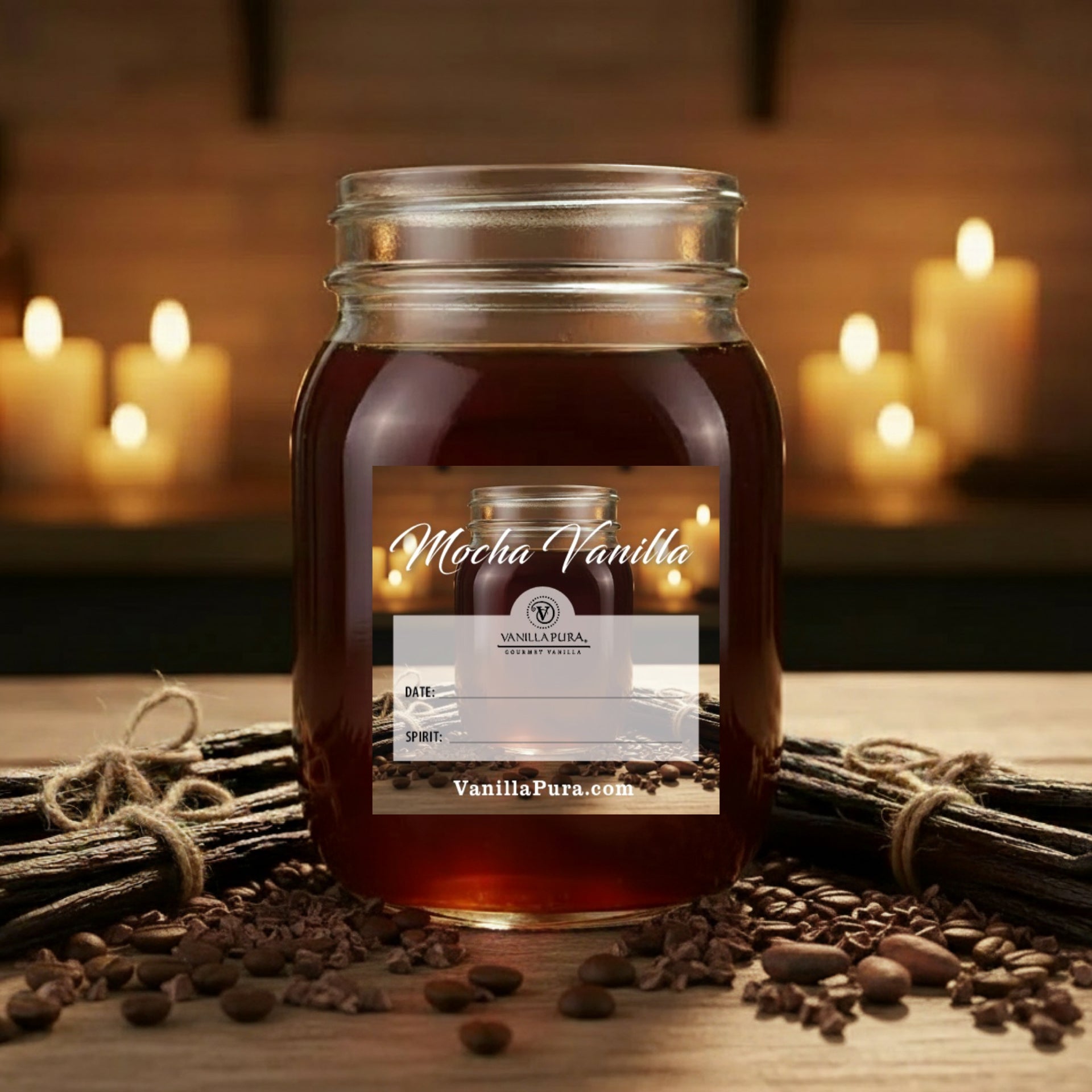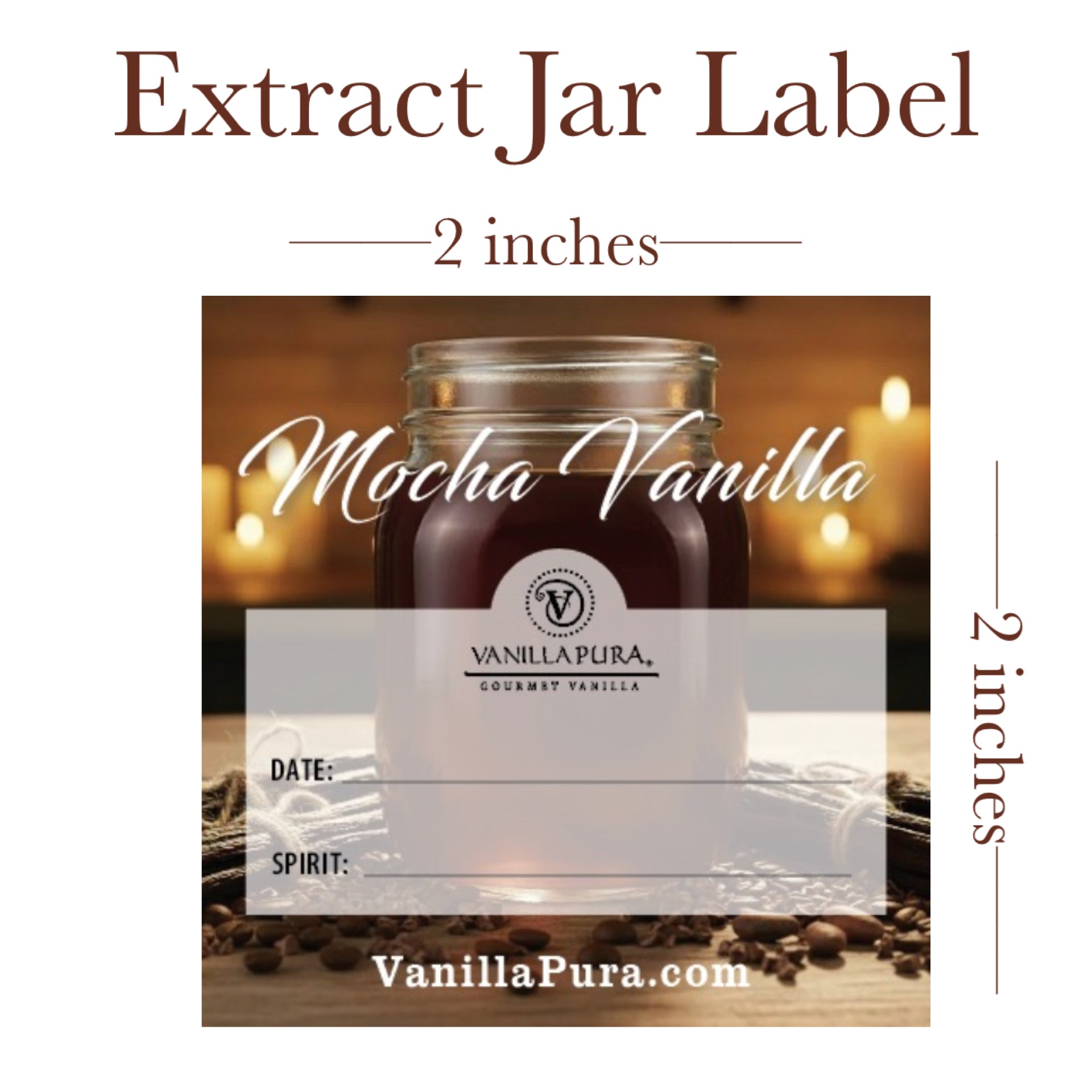How to Weigh My Vanilla Beans
How Do I Accurately Weigh my Vanilla Beans?
.

(1oz of Vanilla Beans)
.
Since proper extract making is done by weight, and not by bean count, it is important to weigh your vanilla beans before use to make sure you have the correct amount. There are a few important points that we consider in the article below to help you make sure that when you weigh your vanilla beans at home, you are doing so correctly. These points include:
.
- How to calibrate your scales to confirm they are giving accurate readings.
- The importance of scale cleanliness to ensure accurate readings.
- Proper scale use, to ensure proper taring and bean placement on the scale.
- Weighing your vanilla beans immediately after opening, to mitigate the evaporation of moisture.
- Accounting for oil loss for the oil that is visibly still in the bag.
- How to estimate oil weight for the oil still in the bag.
Order The Art of Extract Making. The first professionally published extract-making book of its kind..
The details below will address all six points above to ensure proper scale readings..
Per FDA standards, to make single fold vanilla extract you need 13.35oz of vanilla beans for every 1 gallon of alcohol. This equates to .83oz for every 1 cup (8oz) of alcohol. Most people find it easier to simply round up and use the easy-to-remember recipe of "1oz of beans for every 1 cup of alcohol", remembering the 1oz is actually 8% more vanilla beans than you actually need.
.
At VanillaPura, our vanilla beans are guaranteed to always be at or above the weight listed on the pouch, so you can trust the pouch weight. However, for those of you that weigh your own vanilla beans, here are a few important tips that you should keep in mind. We follow these guidelines with our own production standard operating procedures.
.
Calibrate Your Scales
.
To make sure that your scales are reporting accurate weights, they should be calibrated regularly. We calibrate our scales several times during each shift with the use of a calibration weight, pictured here:
.

.
Using a calibration weight allows us to determine that our scales are 100% accurate to the 100th of a unit of measure. We place the weight on the scale and ensure that the scale reads 1.00oz. If it does, then we proceed. If it does not, our commercial scales allow us to adjust them to ensure accuracy.
.
For at home use with less expensive scales, you may not have the ability to calibrate. But the weights can still be used to show you how accurate your scales are. If your 1oz calibration weight reads .95oz when on your scale, then you will know that if your scale reads .95oz of vanilla beans, you actually have a full 1oz. However, most scales are pretty accurate these days, even the less expensive kitchen scales. So unless they are dropped or smashed in a drawer, you should be able to trust your scale readings, but it's always wise to validate those readings.
.
One of our Facebook group members gave this super helpful tip. If you weigh 5 quarters, the weight should total exactly 1oz. Another group member took her advice and put 5 quarters on each of her five different kitchen scales and it was interesting to see the different results pictured below. Before weighing your vanilla beans, put 5 quarters on the scale to confirm that the scale reads exactly 1oz. If it does, then your scale is calibrated correctly. If it reads some other number (like .98oz in the image below) then you know that .98 is actually 1 full ounce on your scale.
.

.
Scale Care
.
Before use, scales should be cleaned and disinfected entirely. If you are measuring multiple pouches of vanilla beans and you are taring between each pouch, you will notice that the vanilla bean oils will be left on the scale surface. Those oils have more weight than you think. So between each tare, make sure you clean the scale platform entirely and also make sure it is totally dry from the cleaner before you tare, as the cleaner weight will also affect the outcome.
.
My Bean Weights are Lower Than Label Weight. Why?
.

.
There are a few other reasons that your beans could weigh less than the label weight. As already discussed, if your scale is not calibrated correctly, or it was not cleaned and dried before taring, the weight may be incorrect. But there can be other reasons as well.
.
You need to be 100% certain that the vanilla beans are not touching anything but the weight platform. If even a small tip of a single bean is contacting the surface of your counter or, in some cases, the lid of the scale, your weights will be too lite.
.
Some people like to add wax paper or a paper towel on the scale and then tare it. (This keeps the vanilla bean oil from collecting on the scale.) If you do this, you need to make sure that the paper towel or wax paper is not coming in contact with anything but the scale surface.
.
In addition, vanilla beans (especially grade A) can have more than 25% moisture content and that moisture has weight. When the beans are pouched and sealed, the weight of the moisture is included in the final weight. As soon as the seal of the pouch is broken, the beans should be weighed immediately as the moisture from the vanilla beans will begin to evaporate immediately. If you wait hours or days to weigh the vanilla beans after opening the pouch, they will be lighter as moisture will have evaporated.
.
Vanilla bean oil left in the bag after the beans are removed is another reason that weights can be low. Keep in mind that the product weight when pouched includes the weight of the oils that are left in the pouch when you remove the beans. Oil weight can account for .01oz to - in some cases - .1oz or more of the total label weight of a 1oz pouch. So when you weigh your vanilla beans, if the measurement comes in at .90oz to .99oz, it can be due to the weight of the oils that are still in the pouch. For 2oz, 4oz, 8oz and 1lb pouches, the oil weight left in the bag can be even greater. The oil can still be used by adding sugar to the bag, as outlined below.
.

.
You may ask, "If my vanilla beans weigh a little less than 1oz because of the oils left in the bag, can I still make my extract?" The answer: Yes. As you will recall in the opening paragraph on top of this page, single fold extract calls for .83oz of vanilla beans for every 1 cup (8 fluid oz) of alcohol. We simply round up to 1oz to make it easy to remember how to make vanilla extract. Add sugar to the vanilla bean pouches to absorb those beautiful oils for 2-4 weeks and create a delicious vanilla flavored sugar!
.
VanillaPura's 100% Satisfaction Guarantee
.
We proudly stand behind our 100% satisfaction guarantee. If you have done everything above and believe that your beans are under weight, we want to know about it so we can track and continually improve our systems. Give us a call or send us an email, and we will refund the weight difference or apply an equal discount to a new order of vanilla beans, whichever you choose.
.
We fill all of our vanilla beans slightly over weight to mitigate (and hopefully eliminate) occurrences of underweight vanilla beans. When you buy with VanillaPura, we will always do everything in our power to meet and exceed your expectations.
.
Get more tips by visiting our Extract-Making Guide Center.

